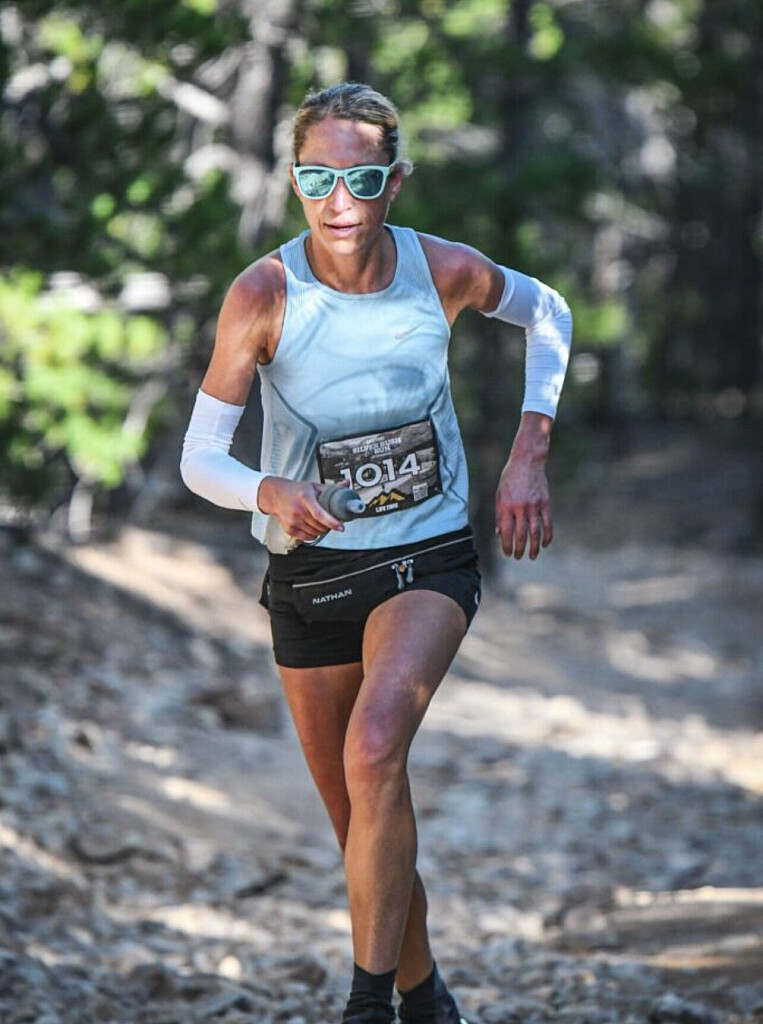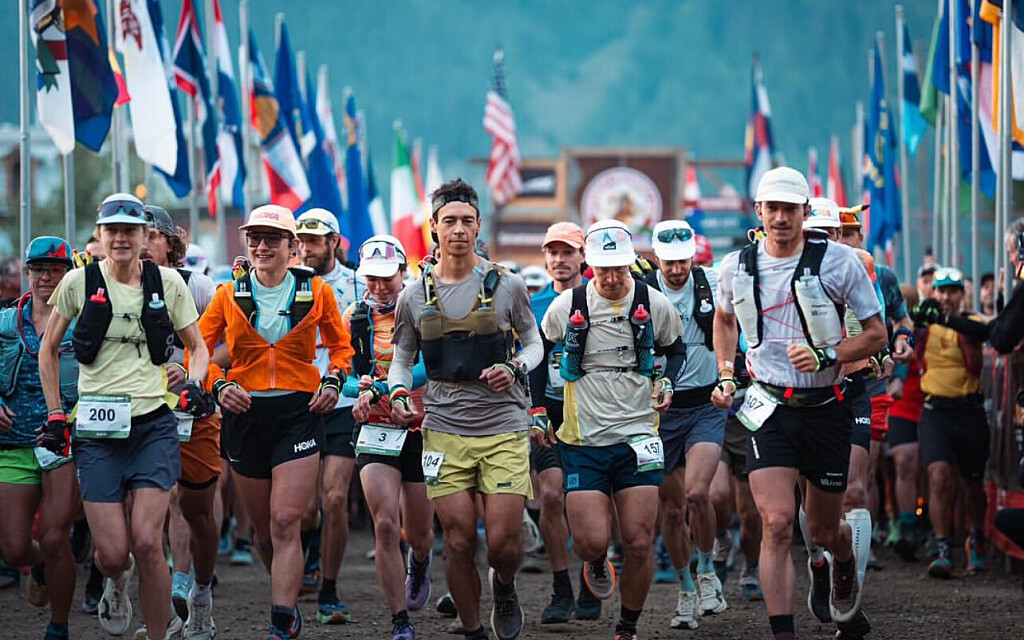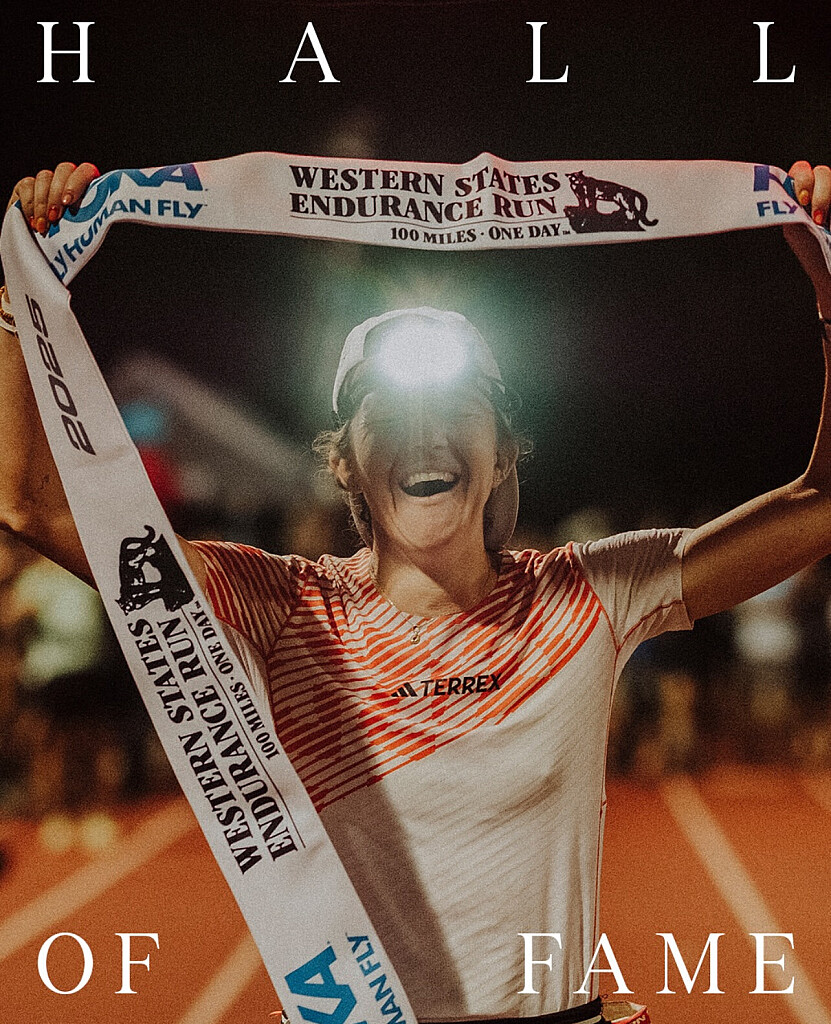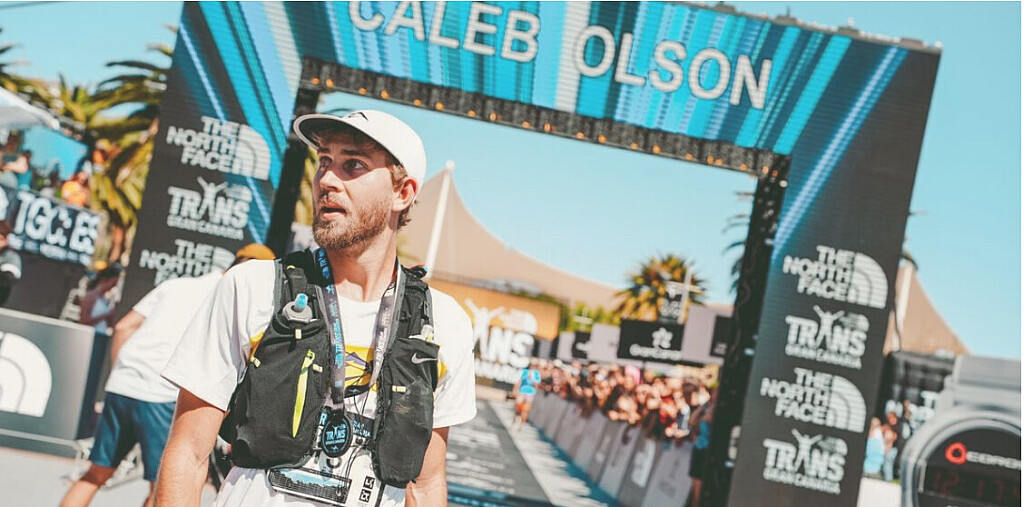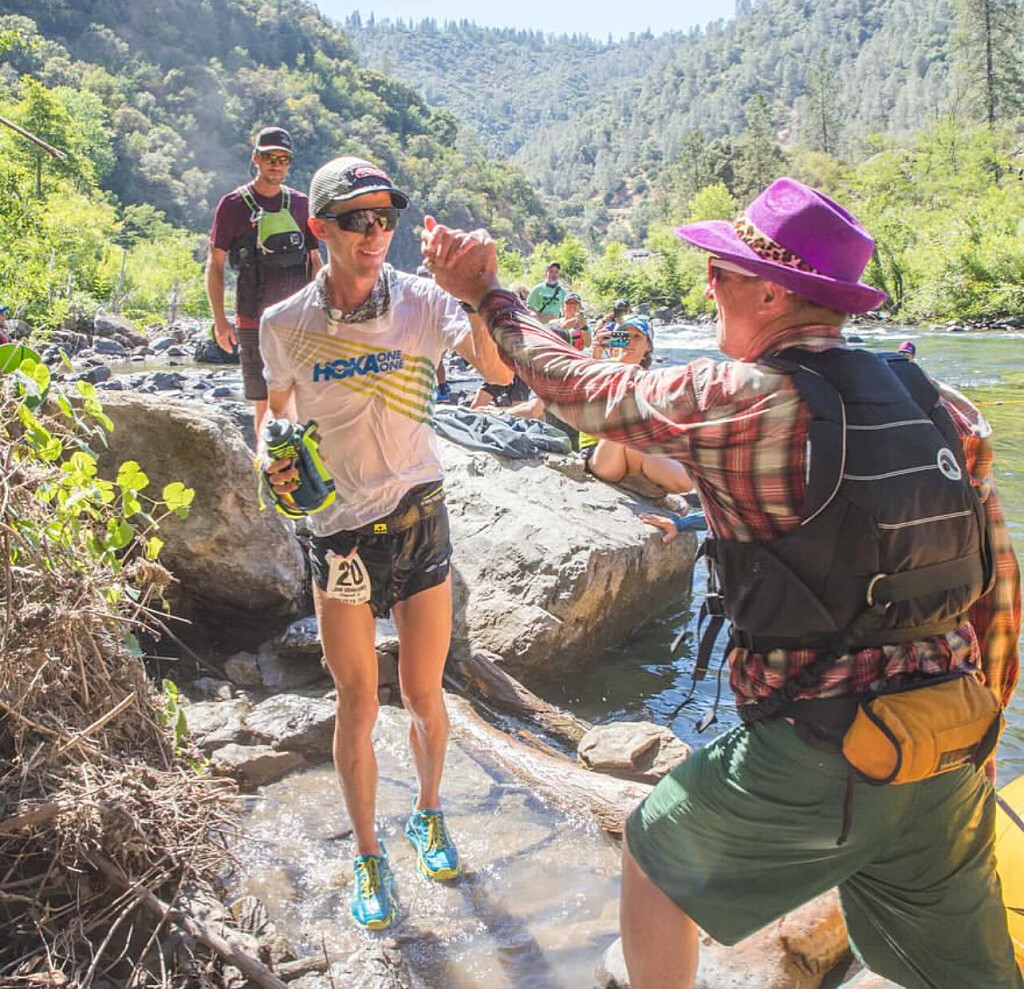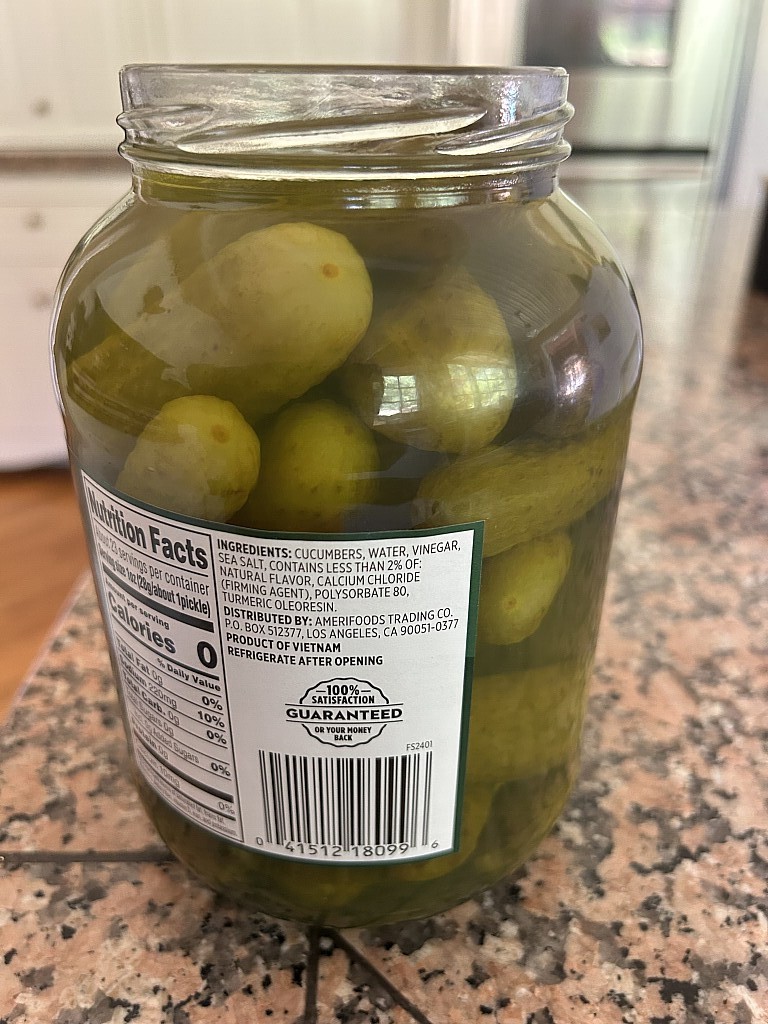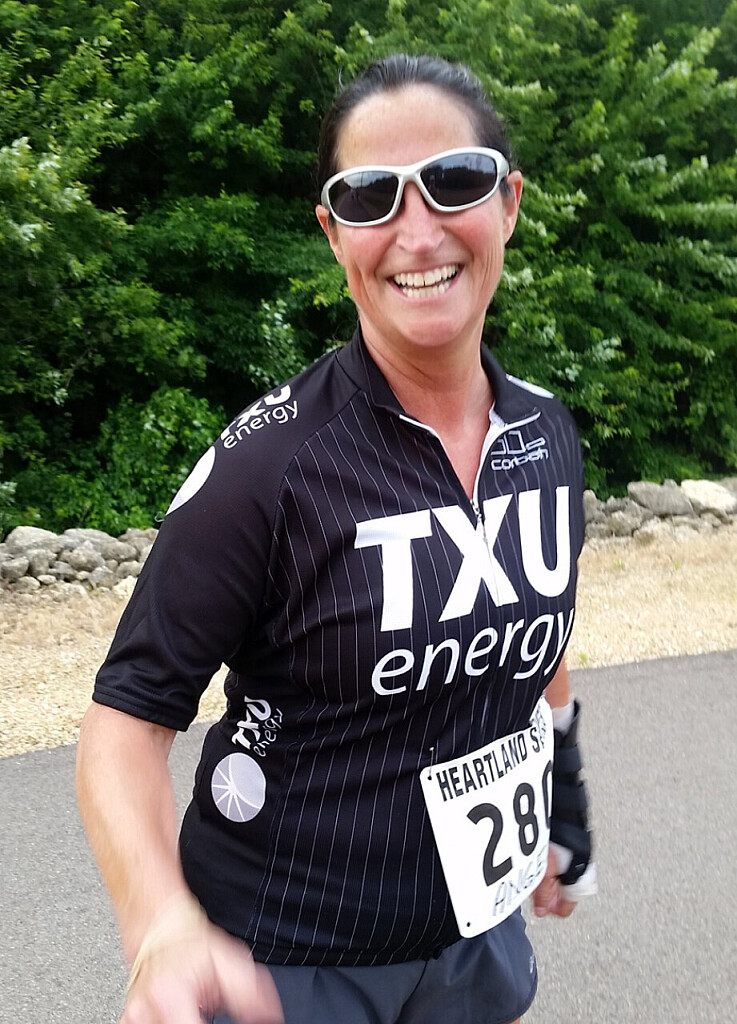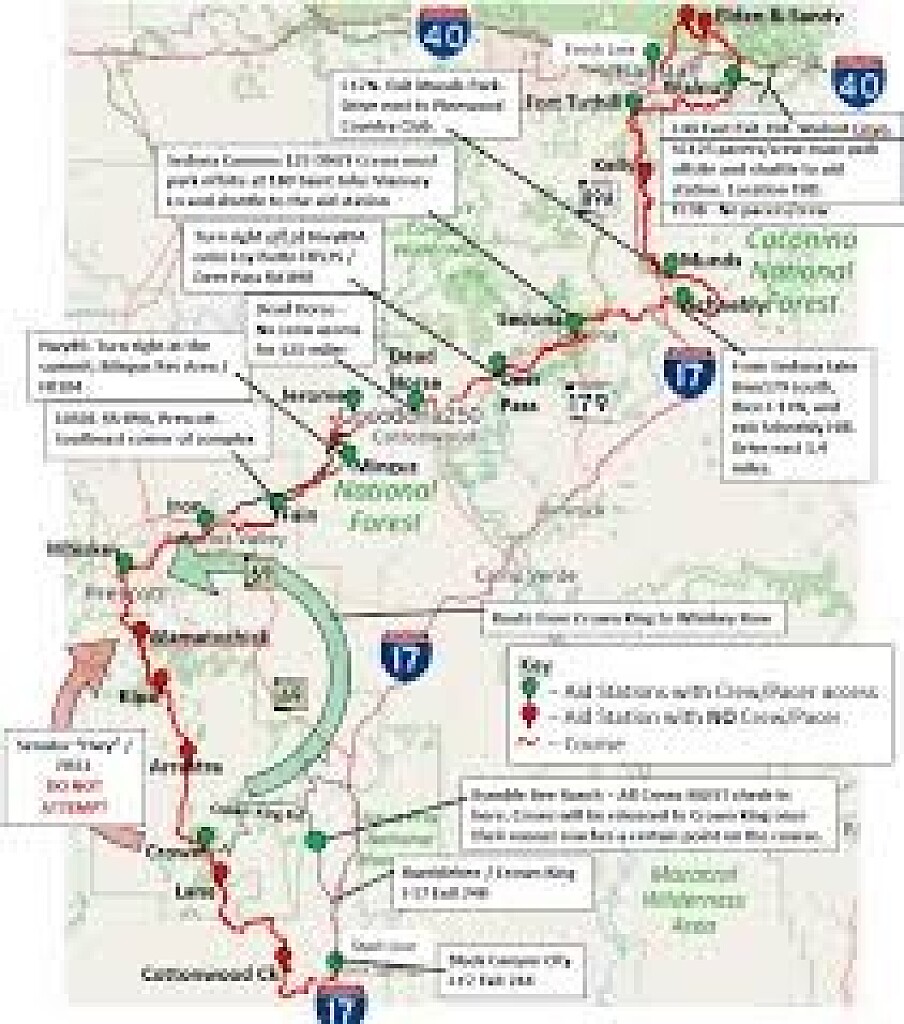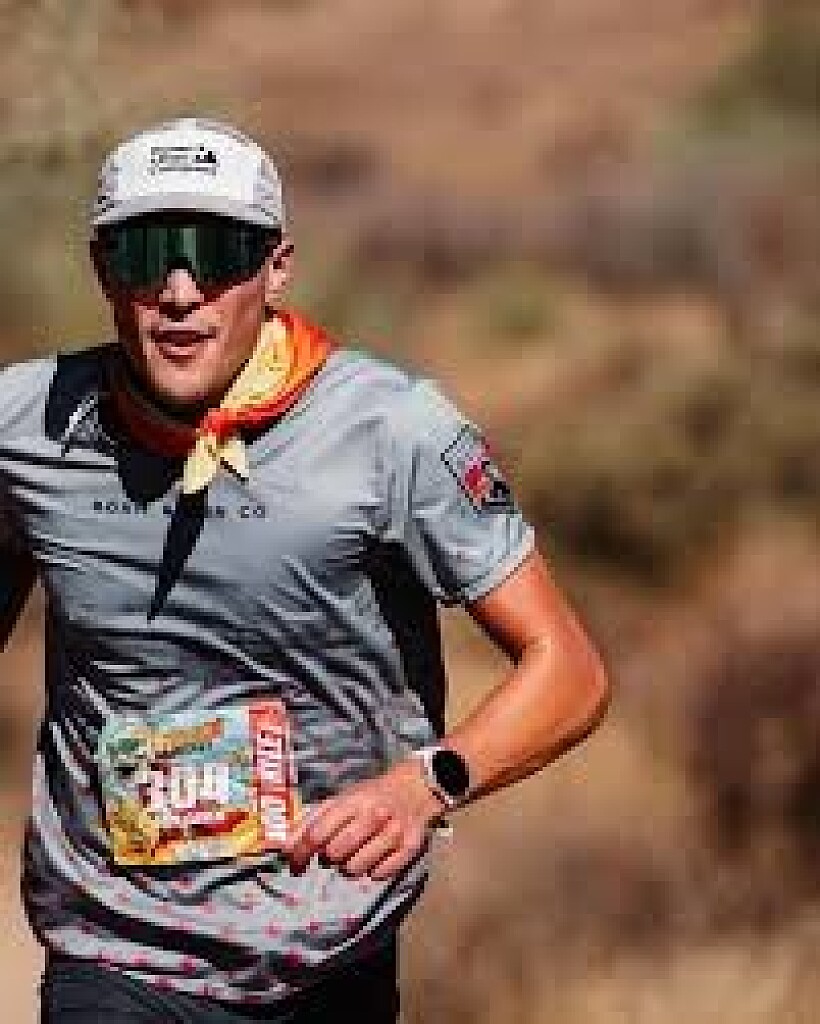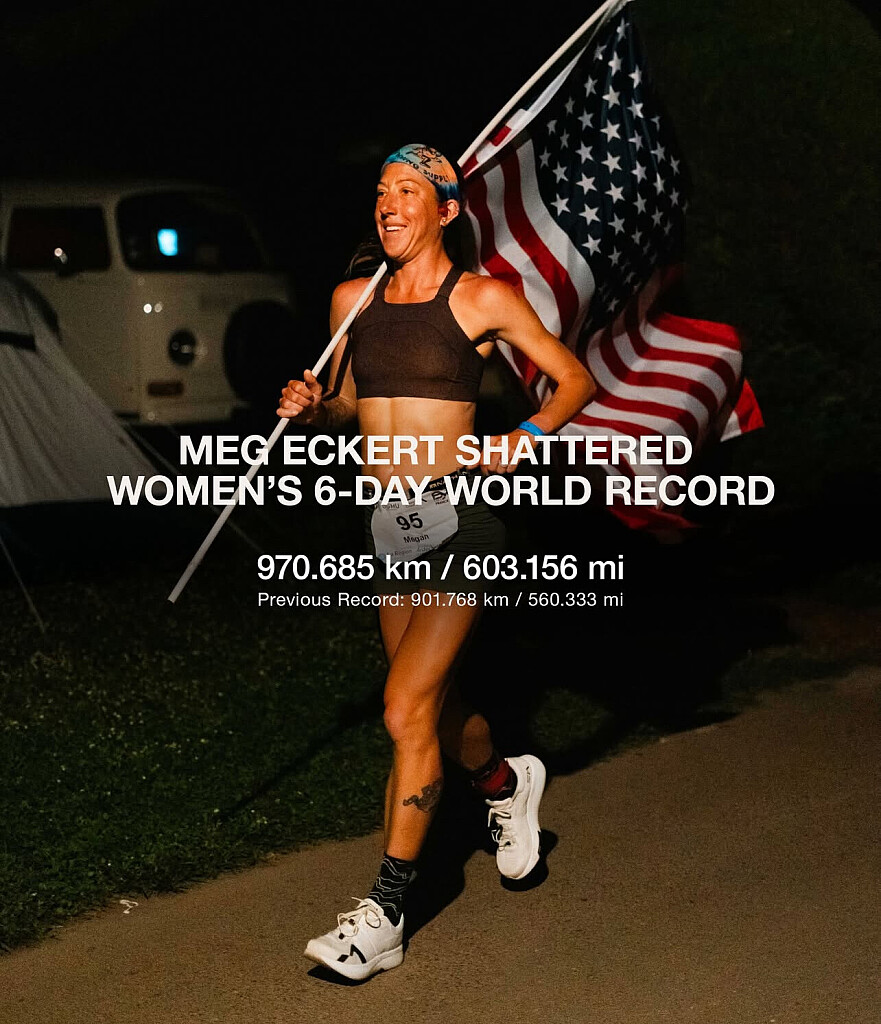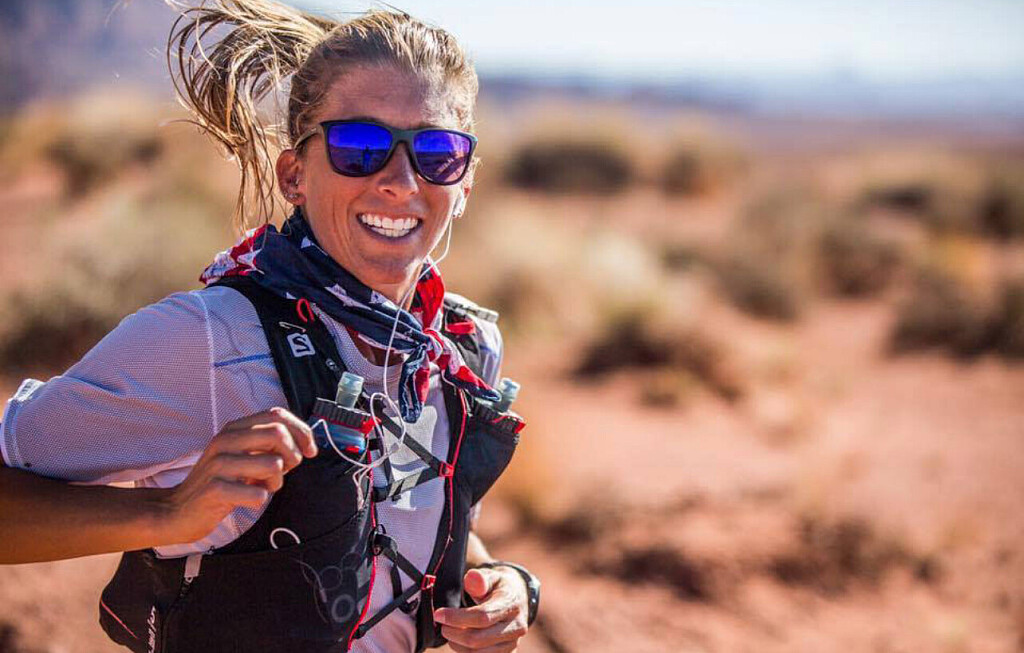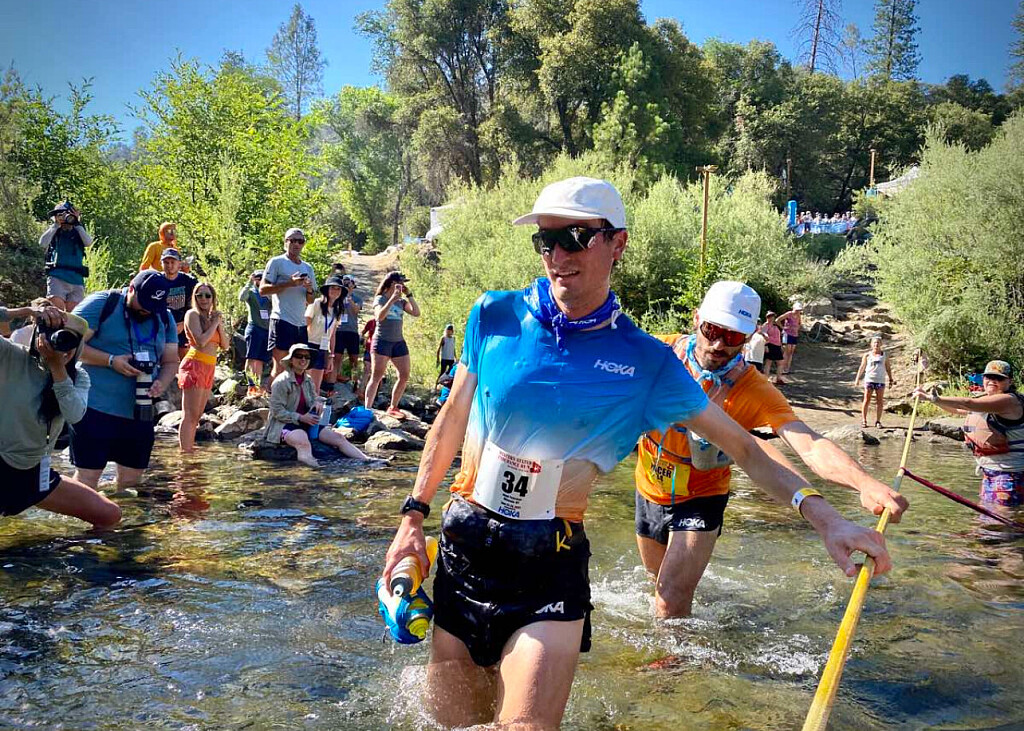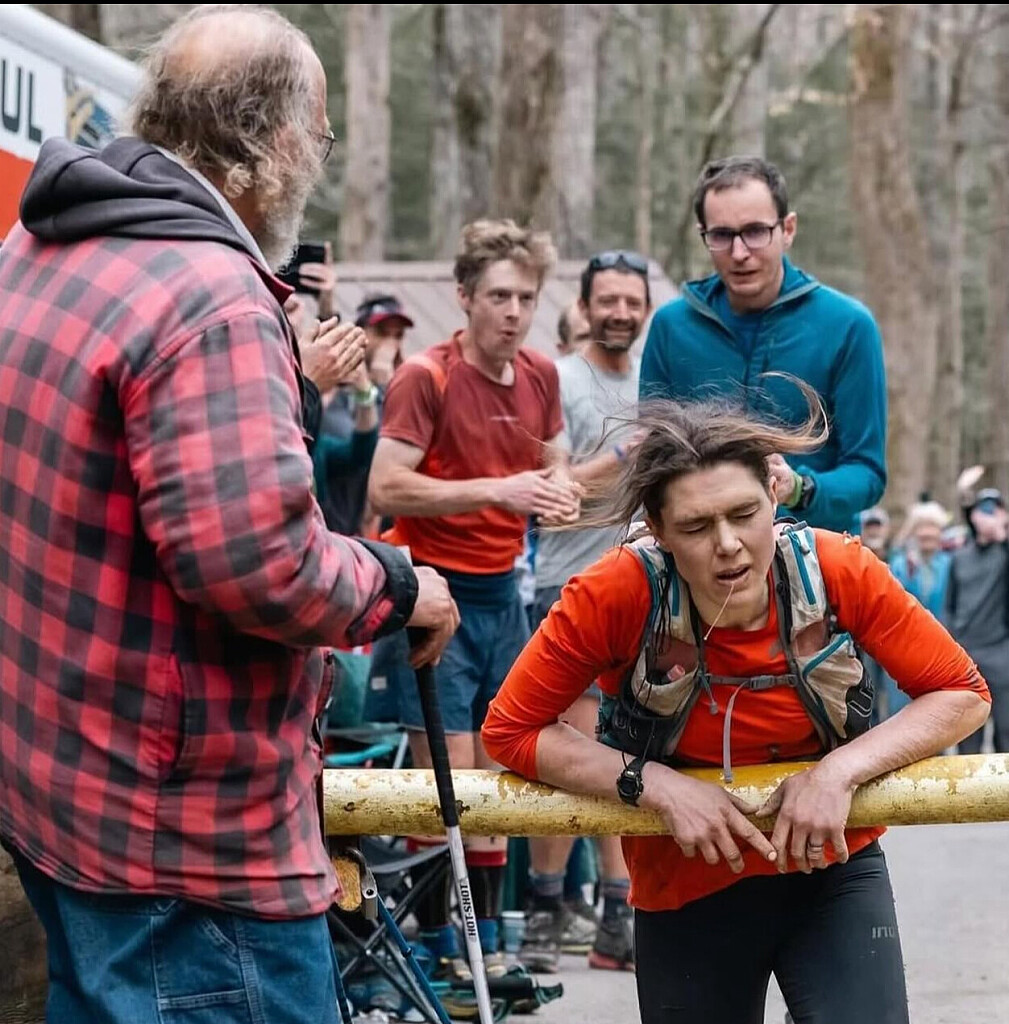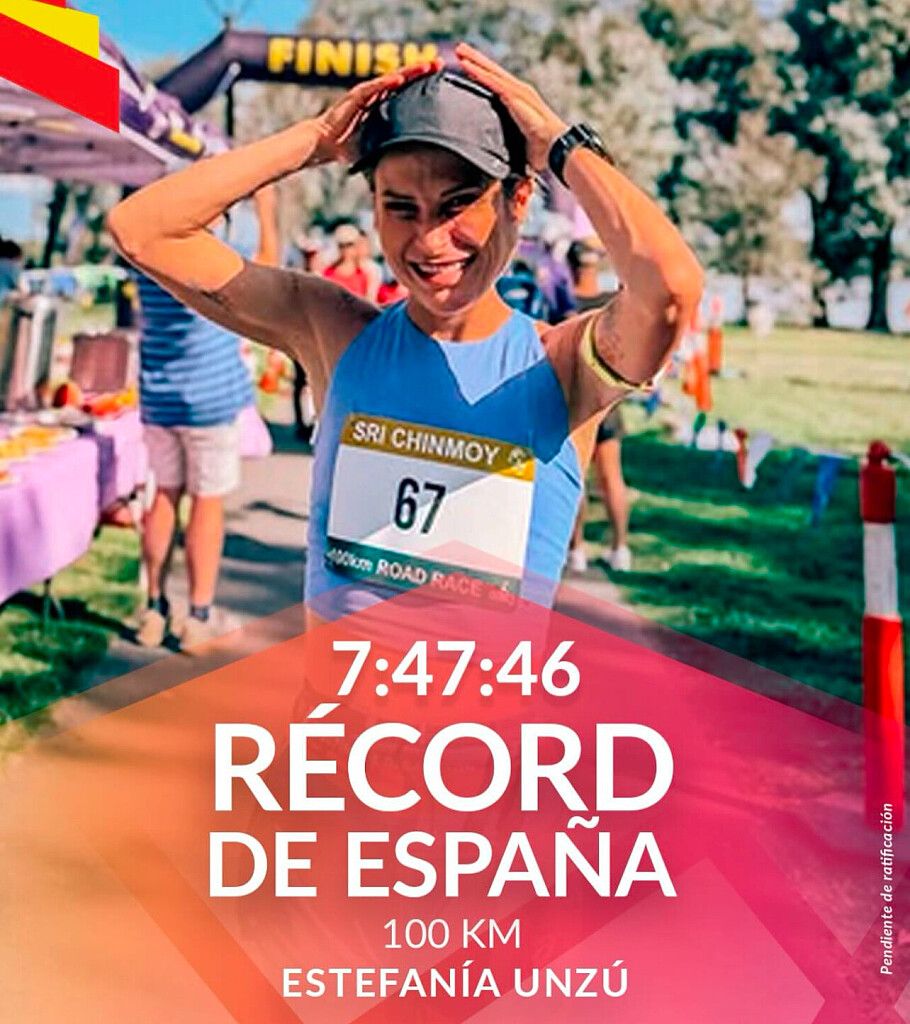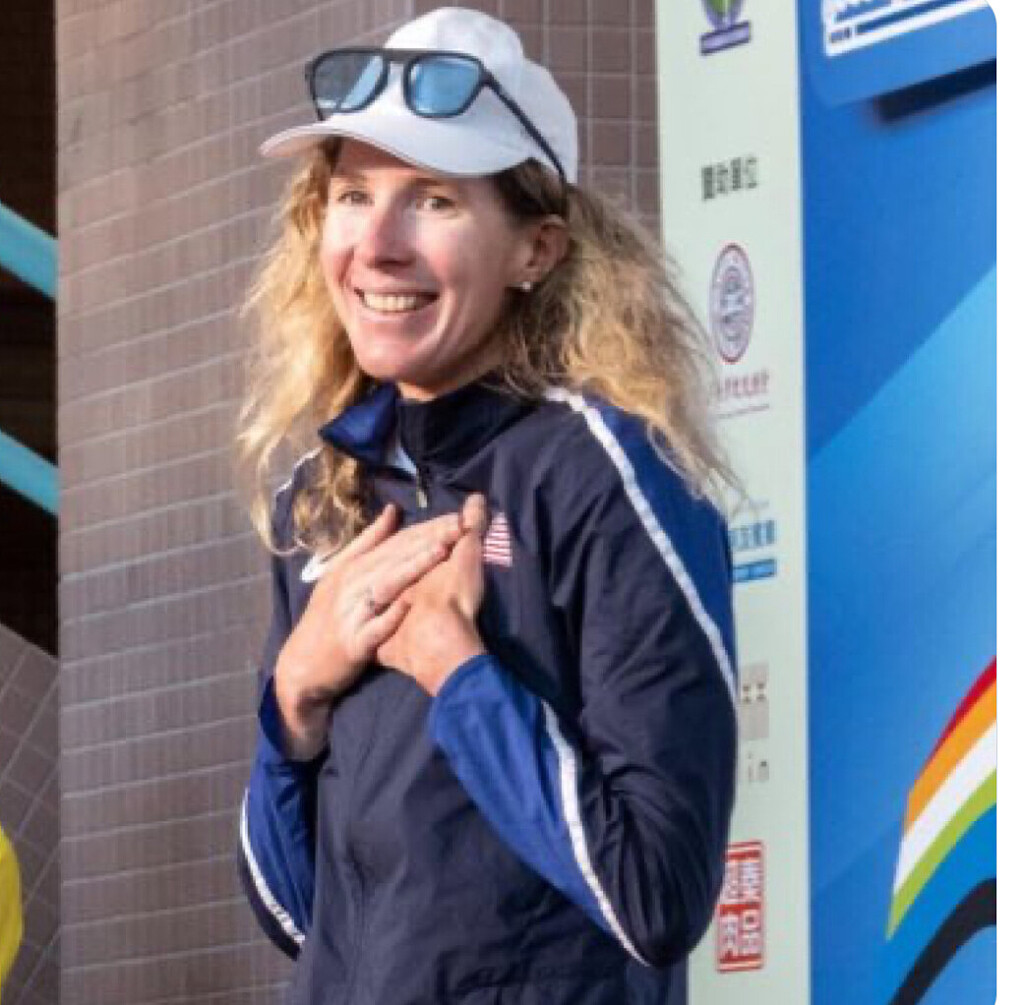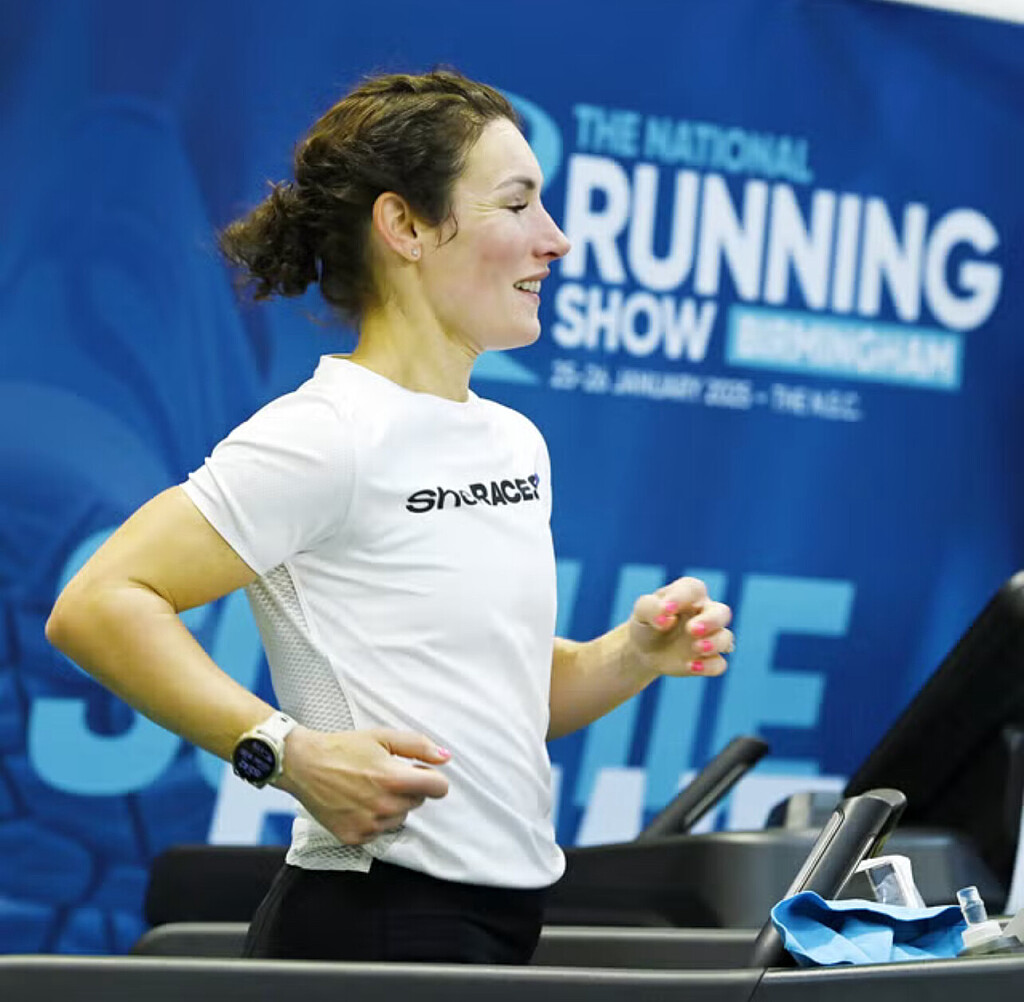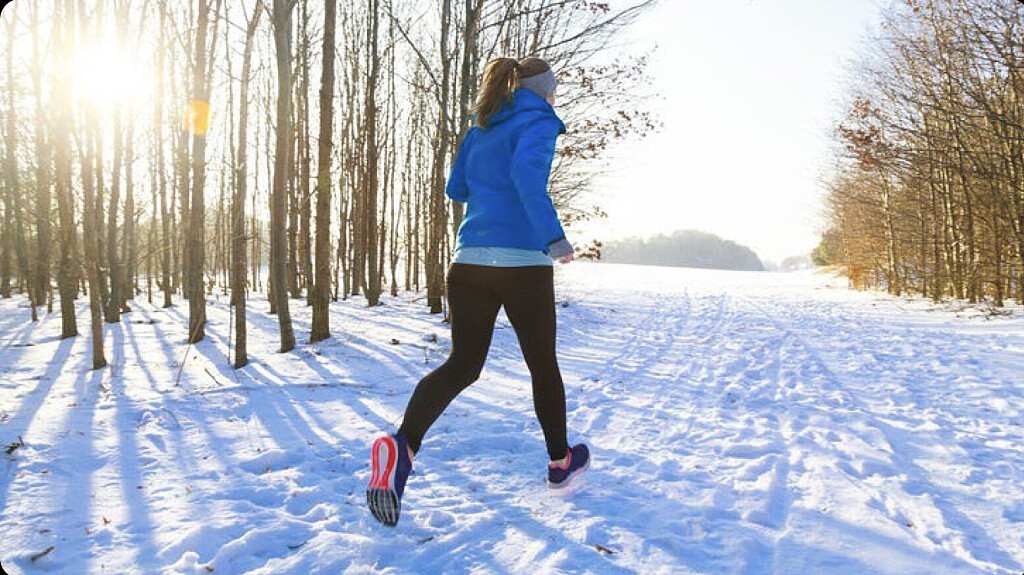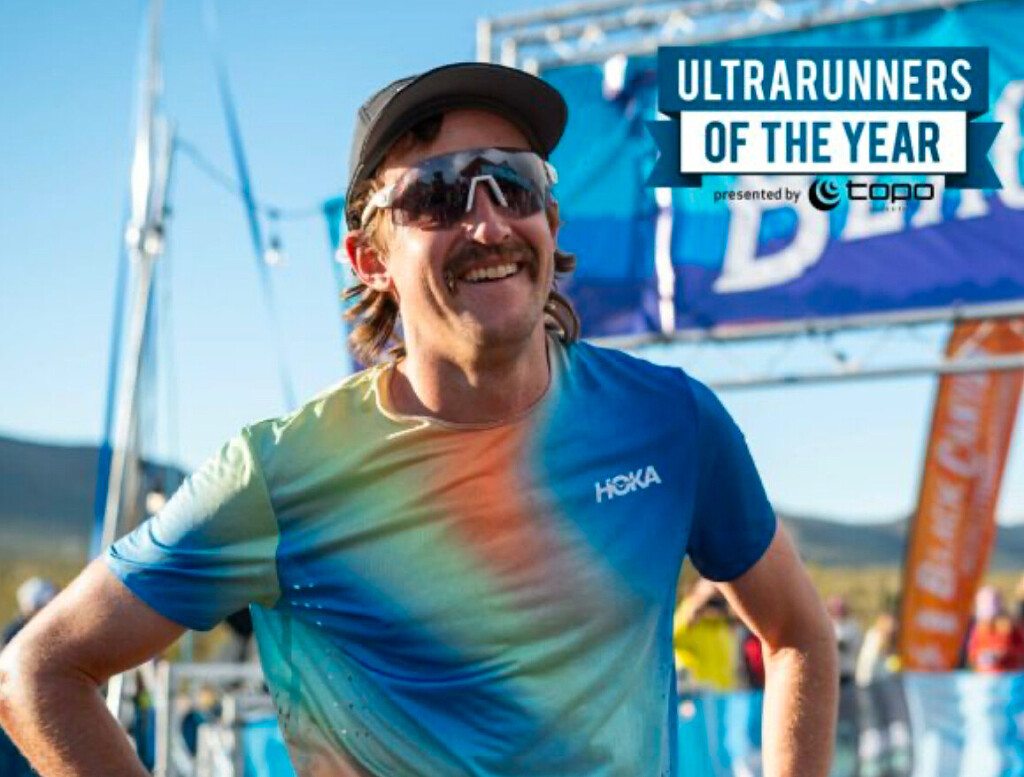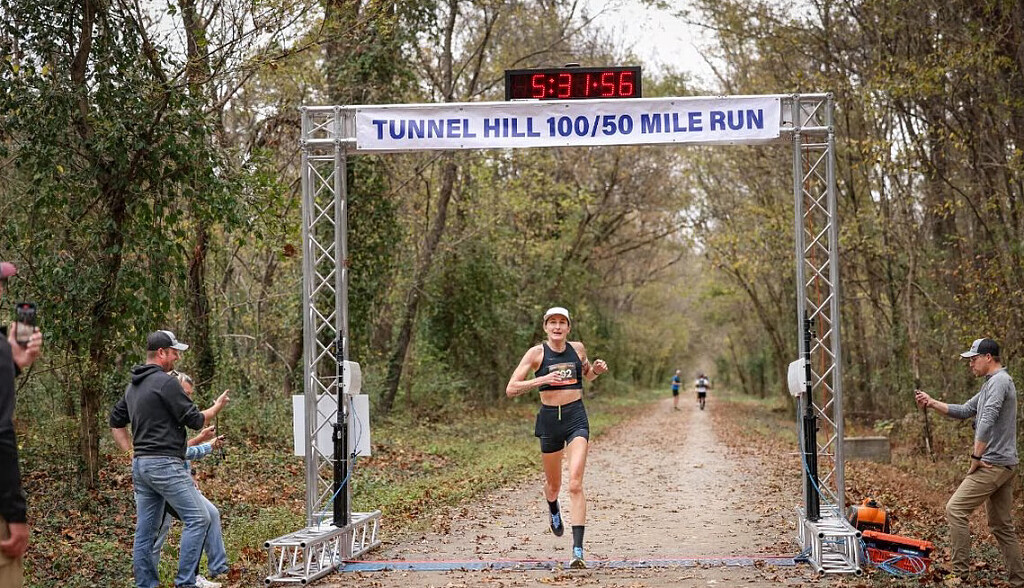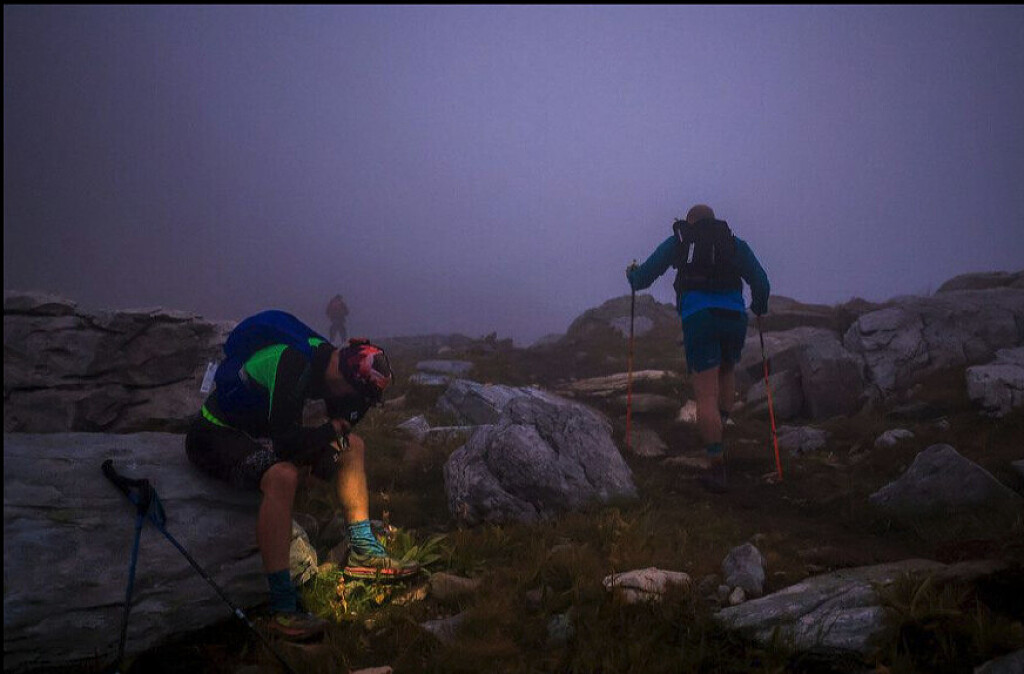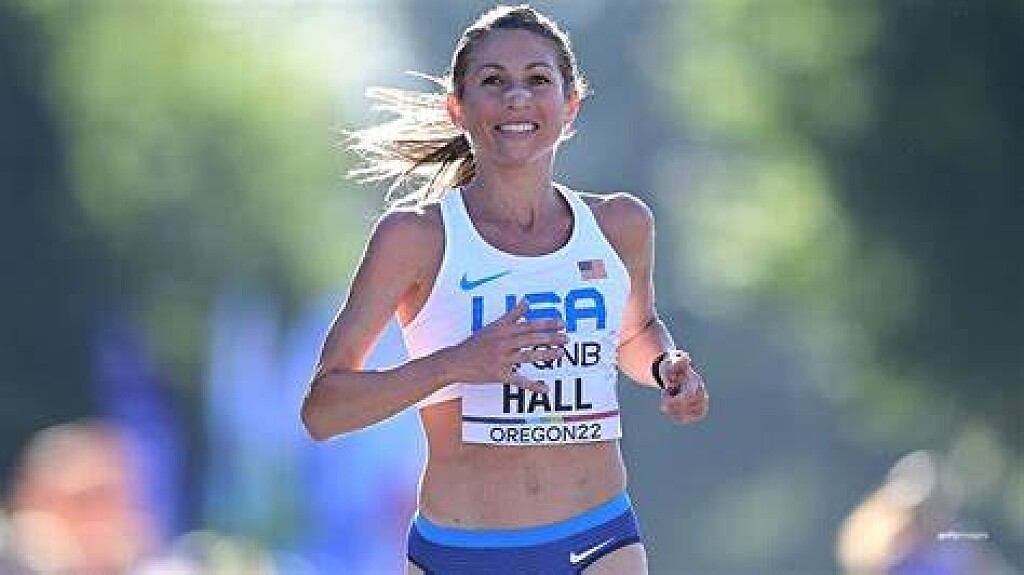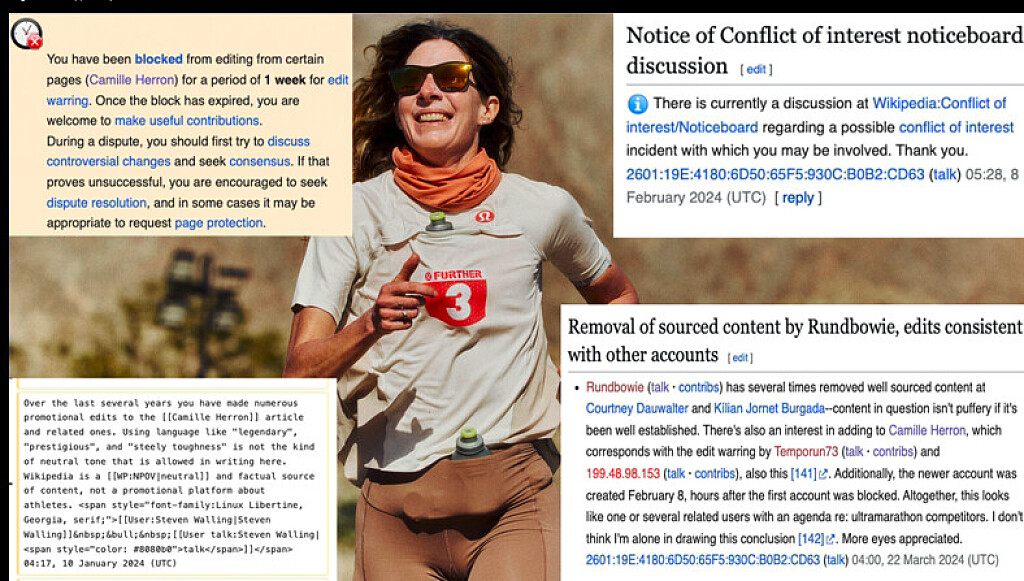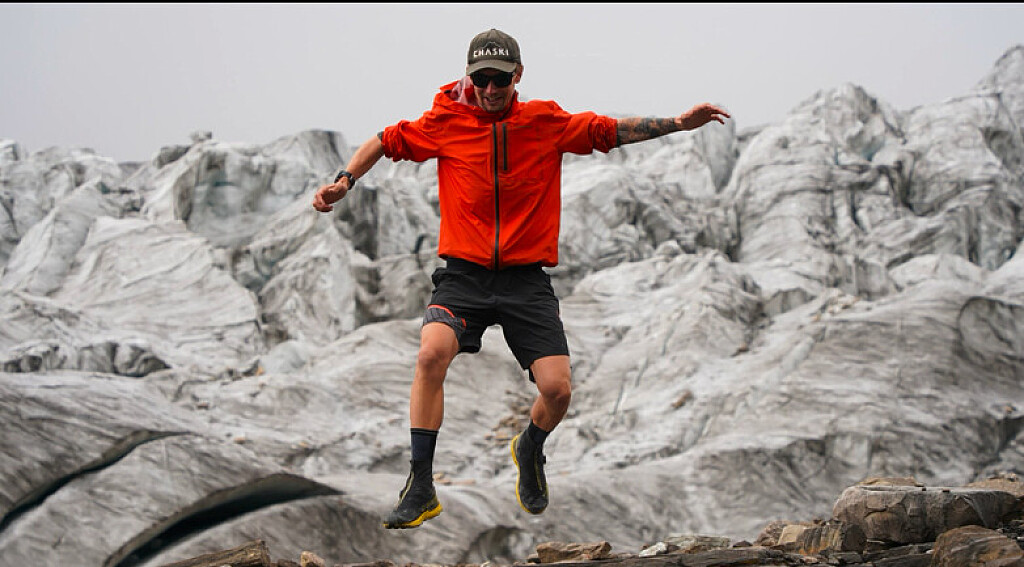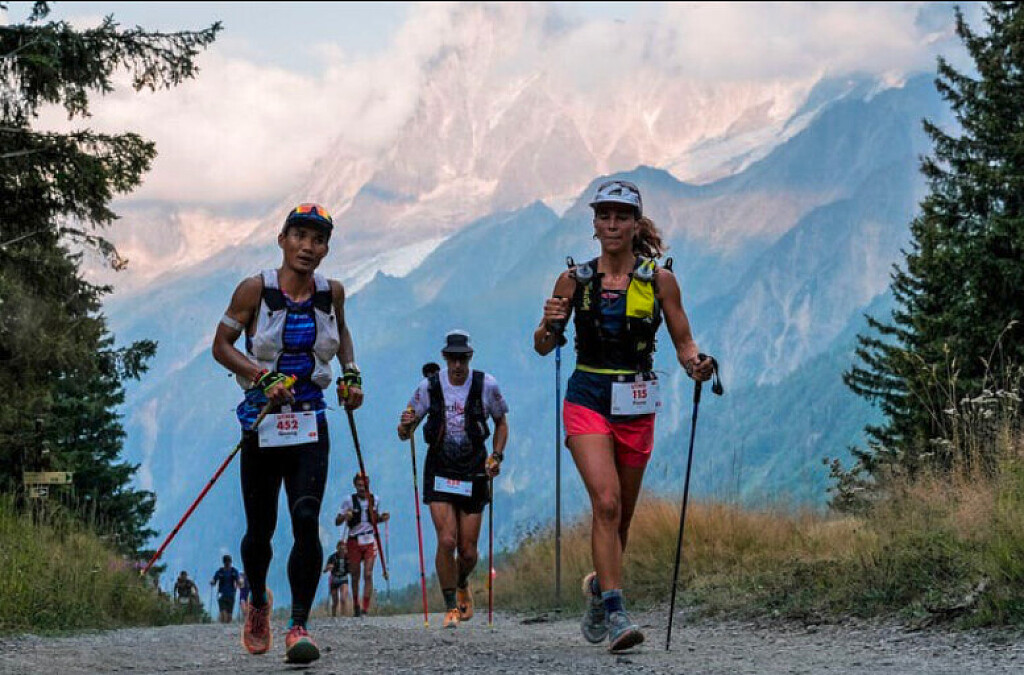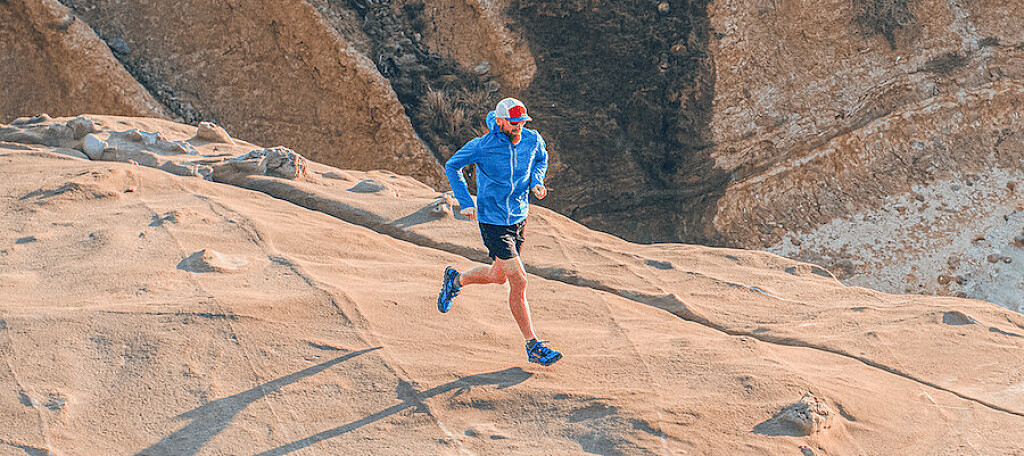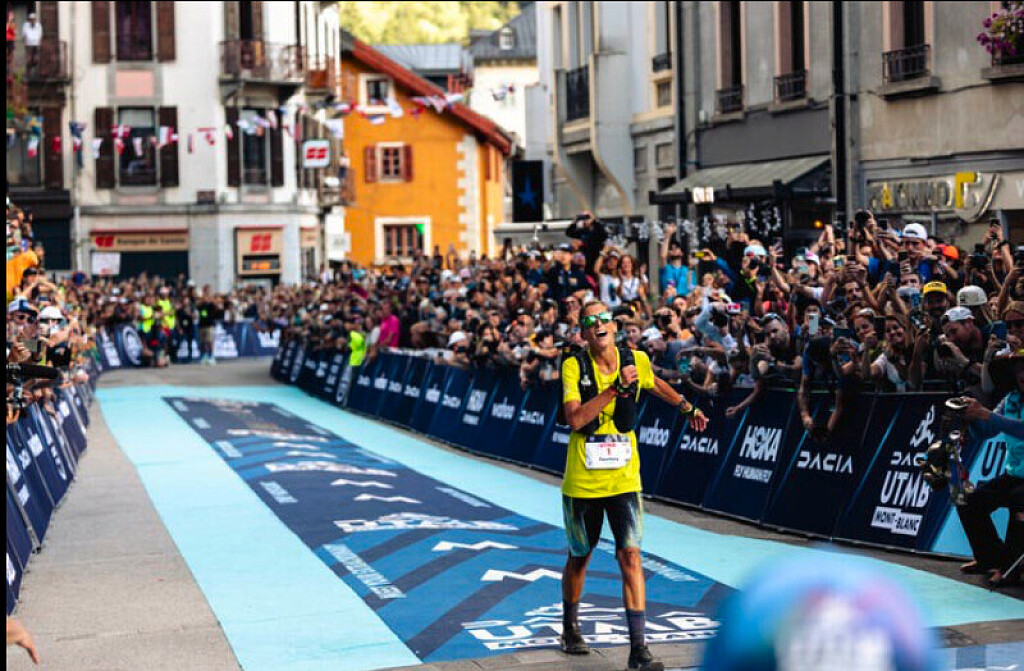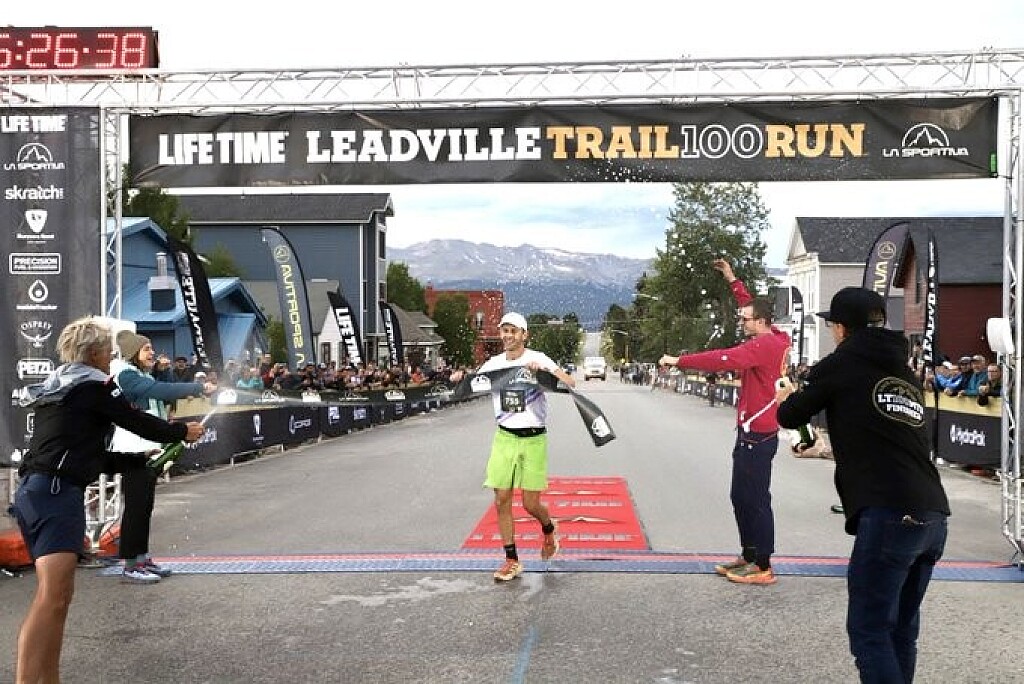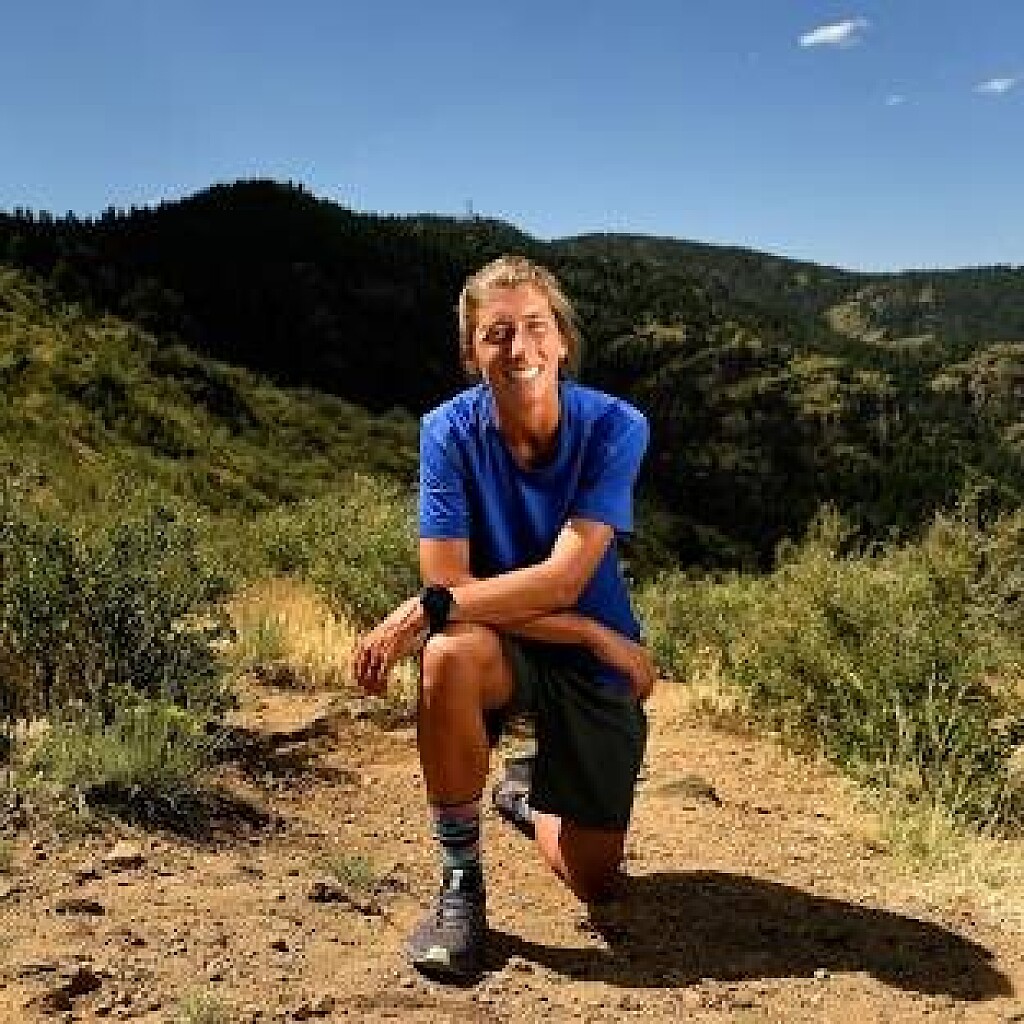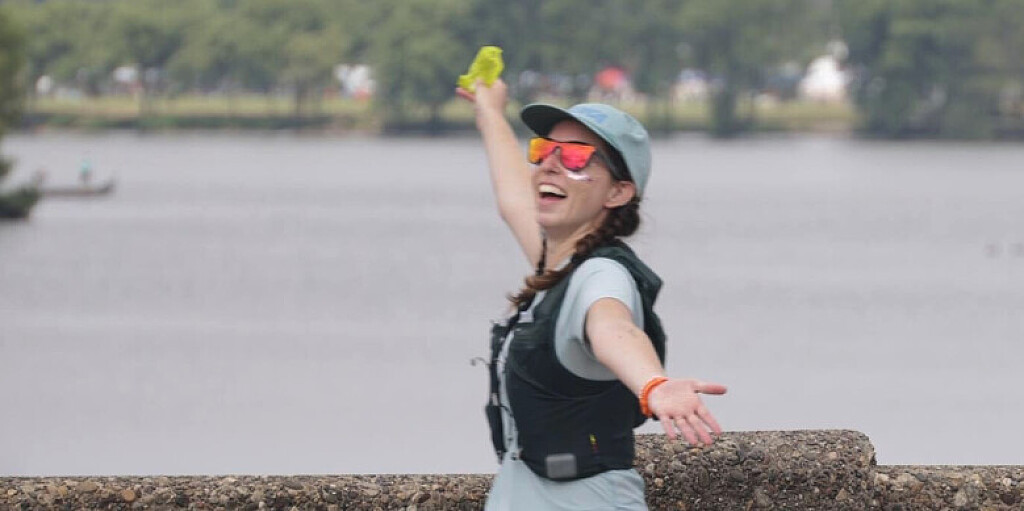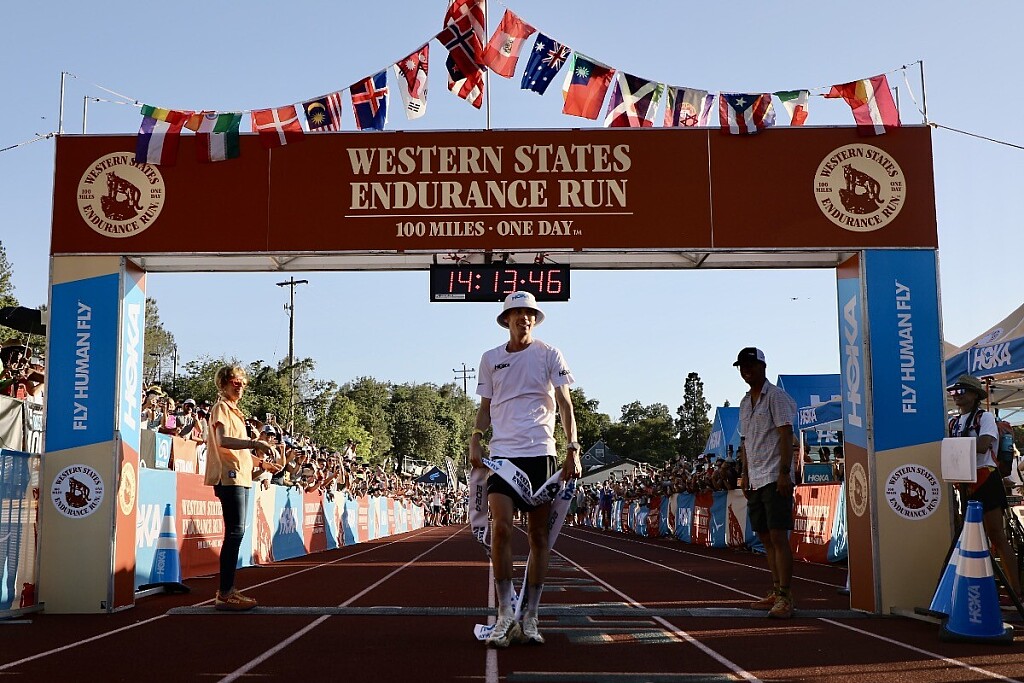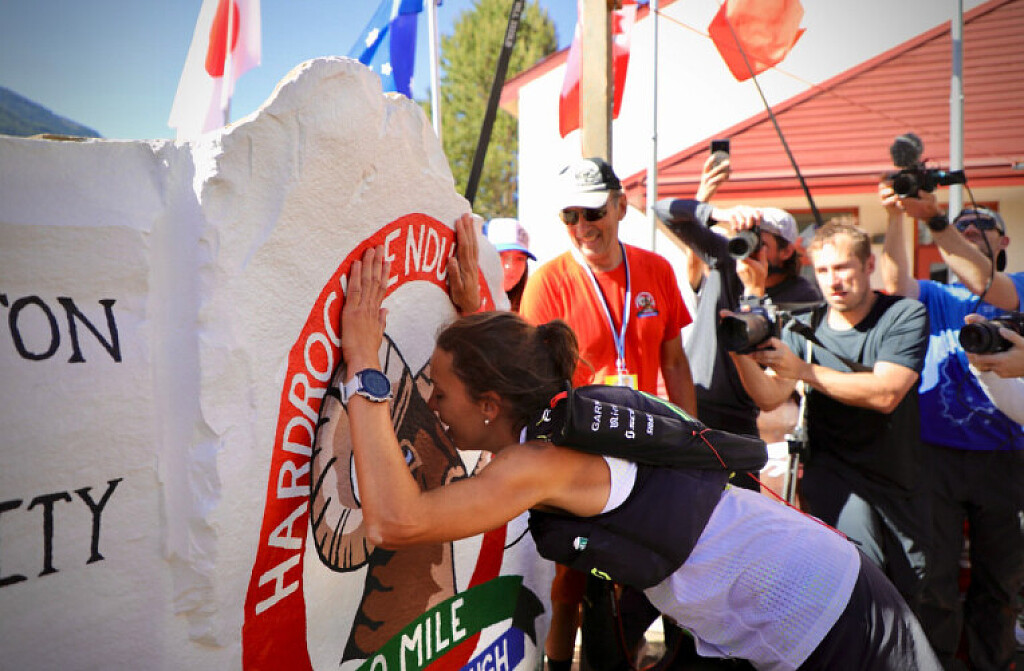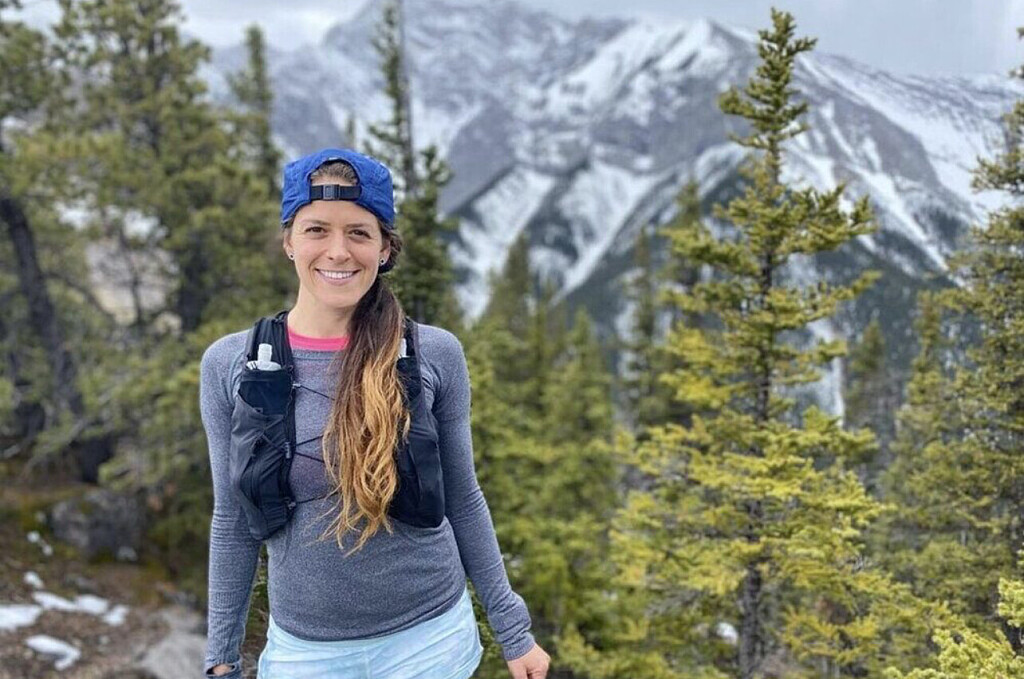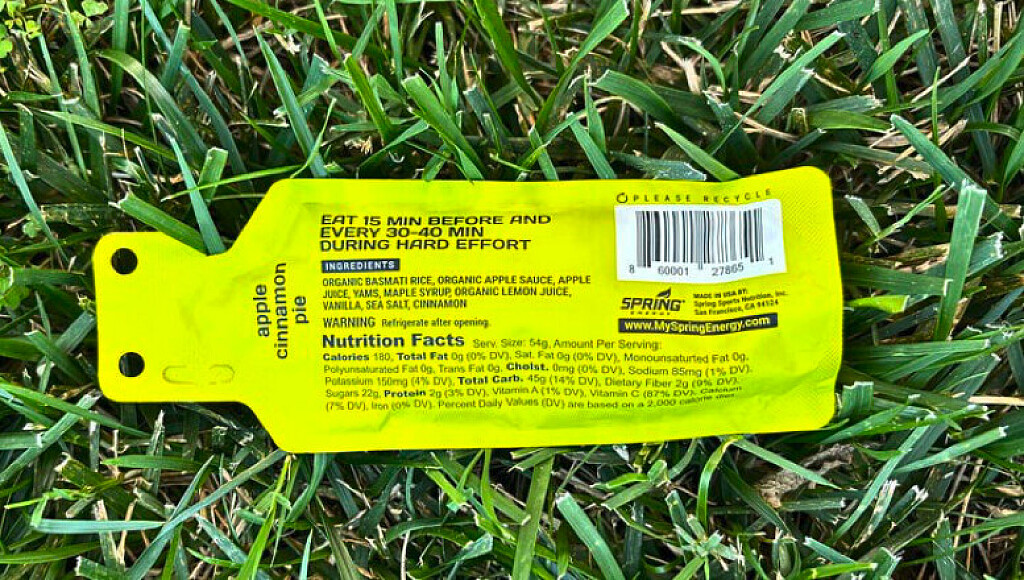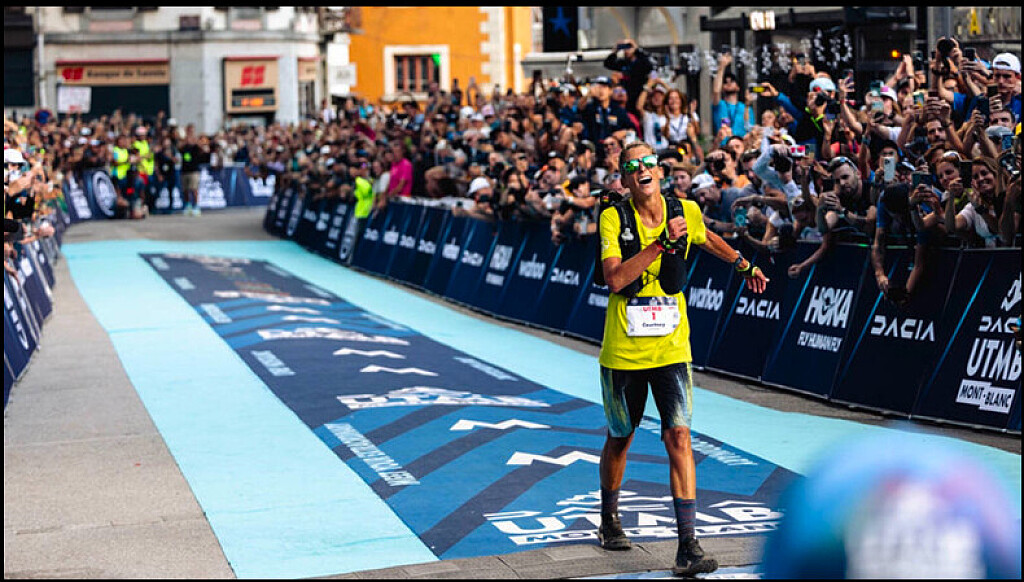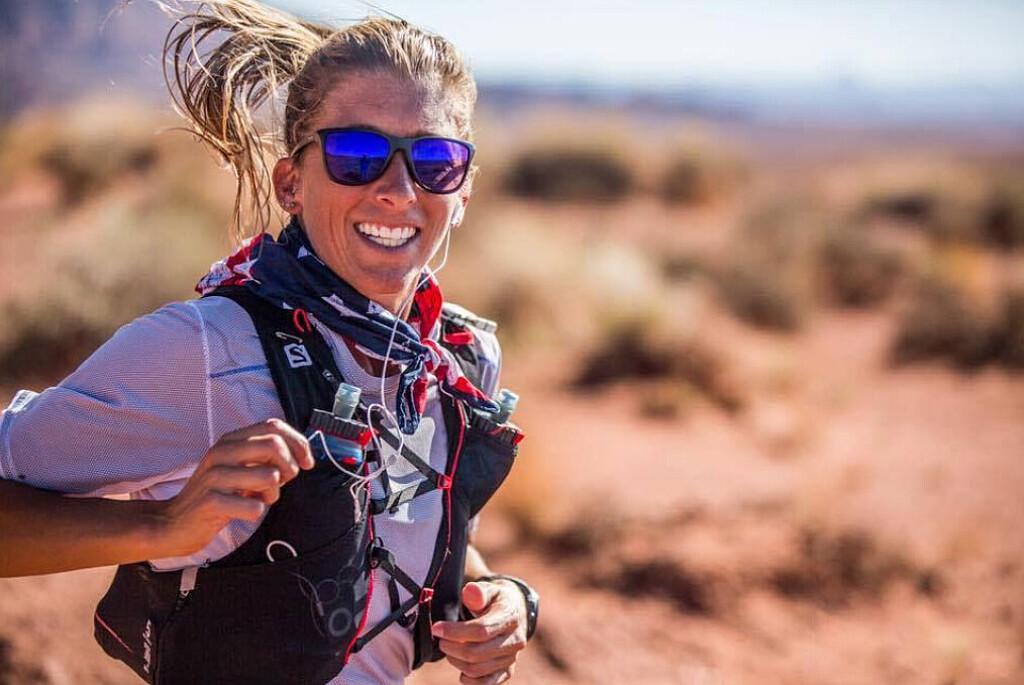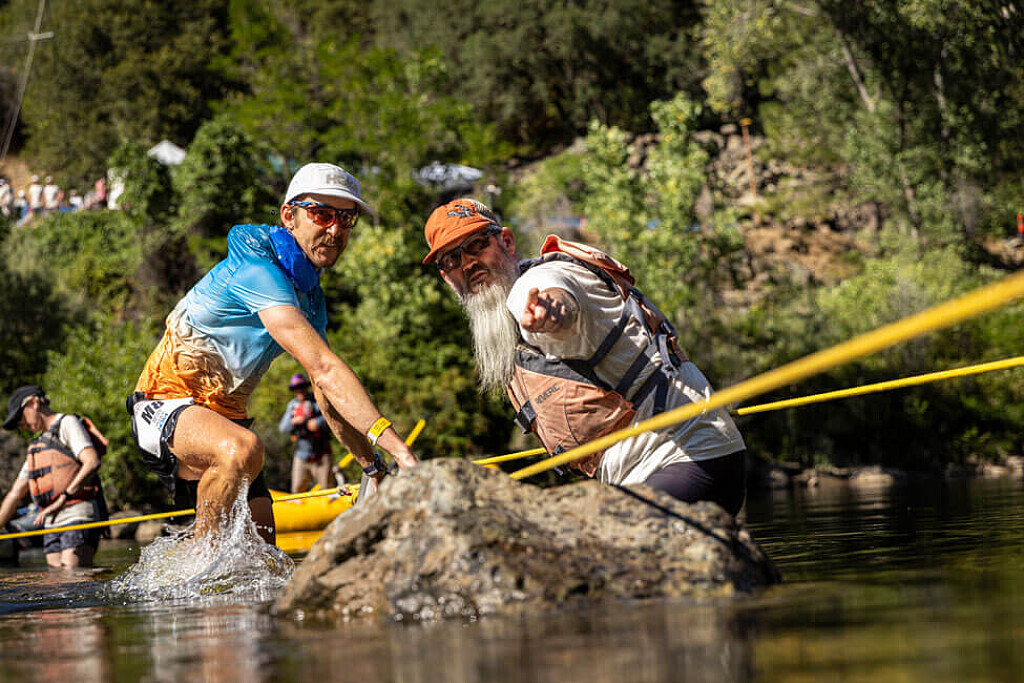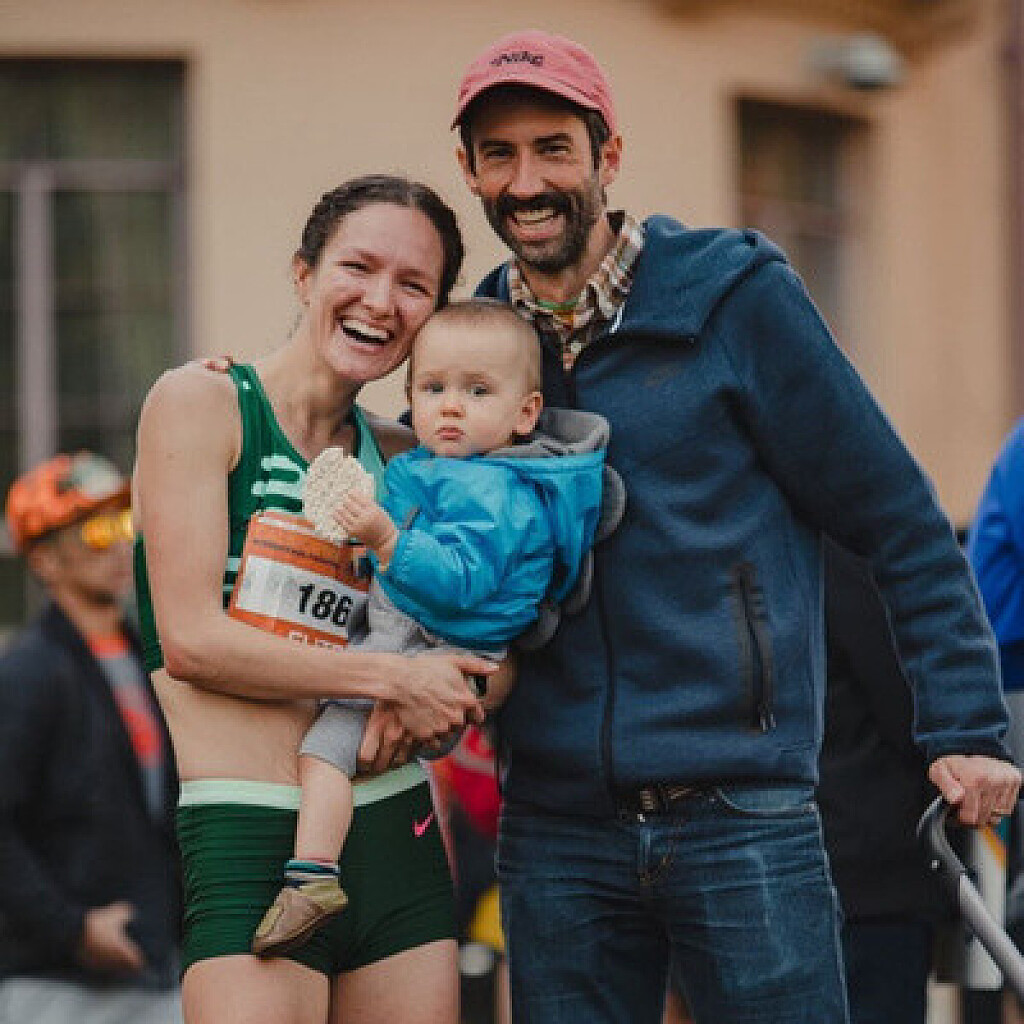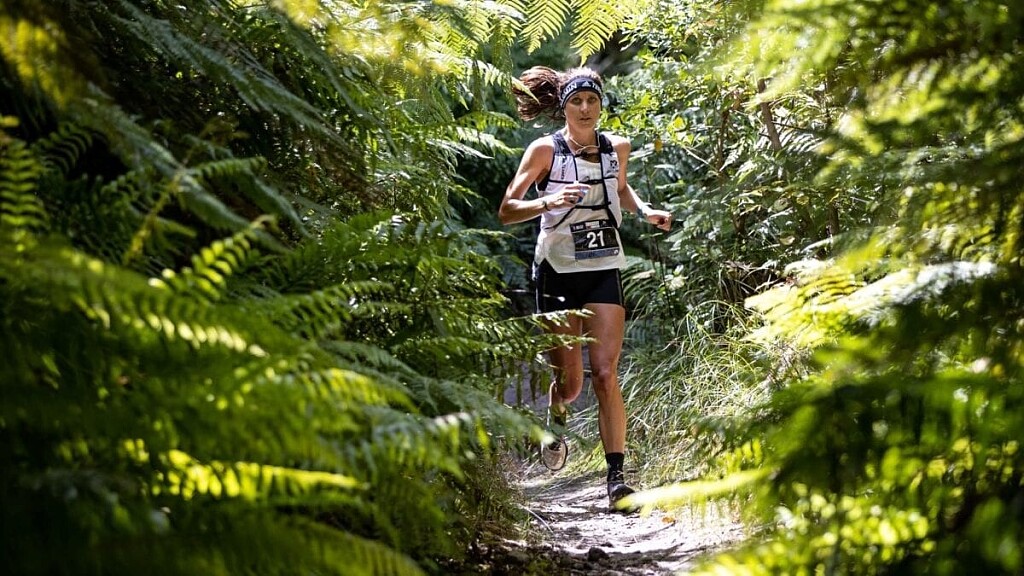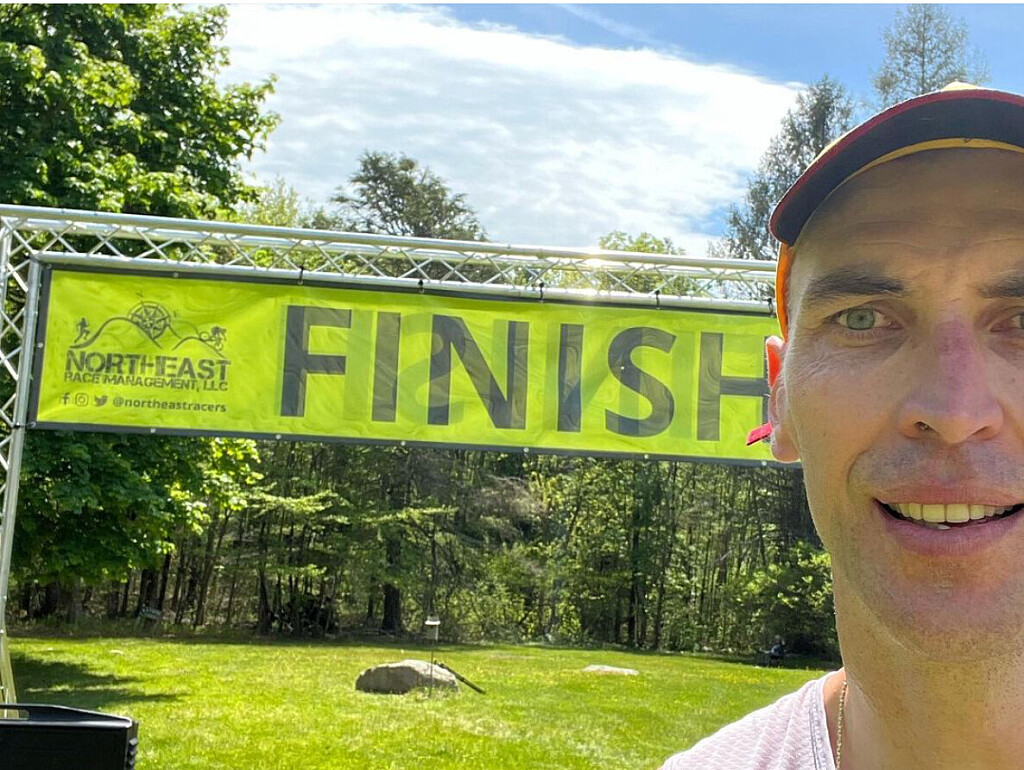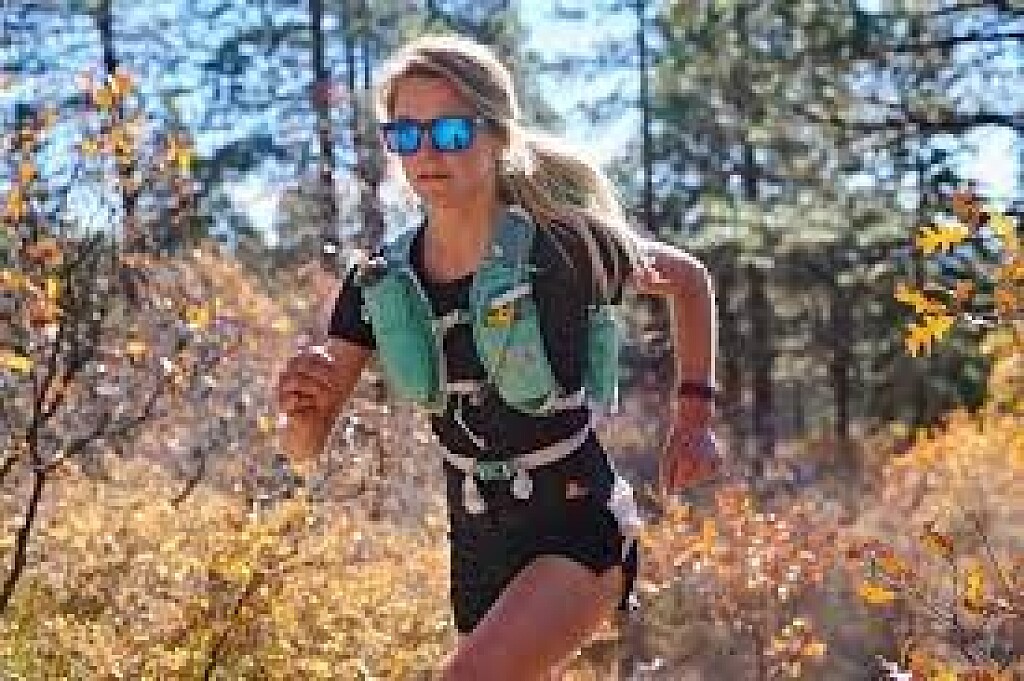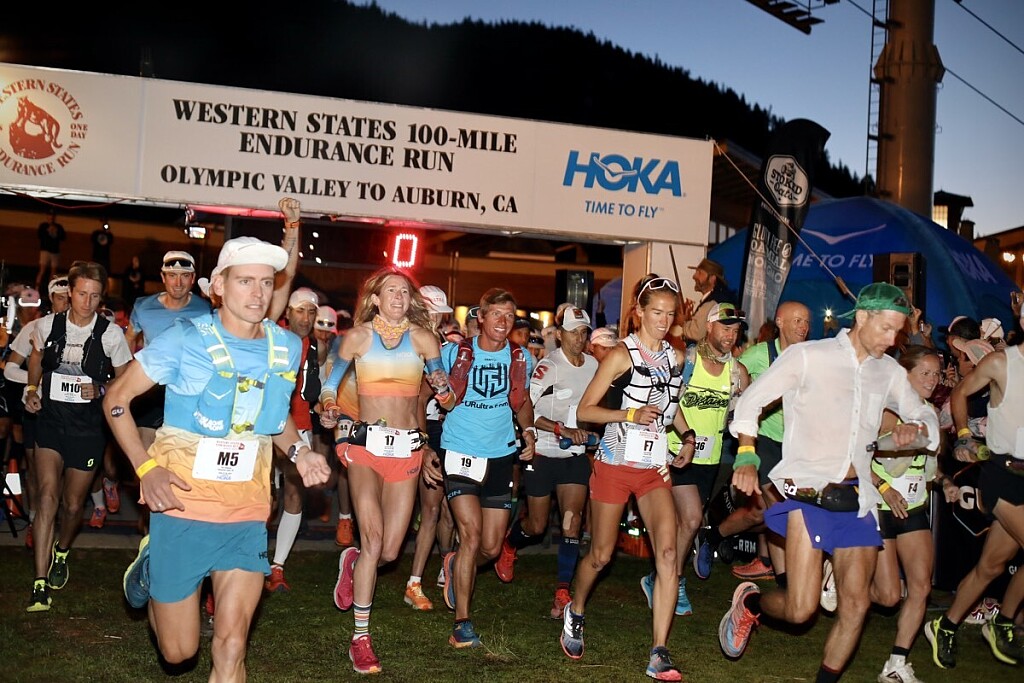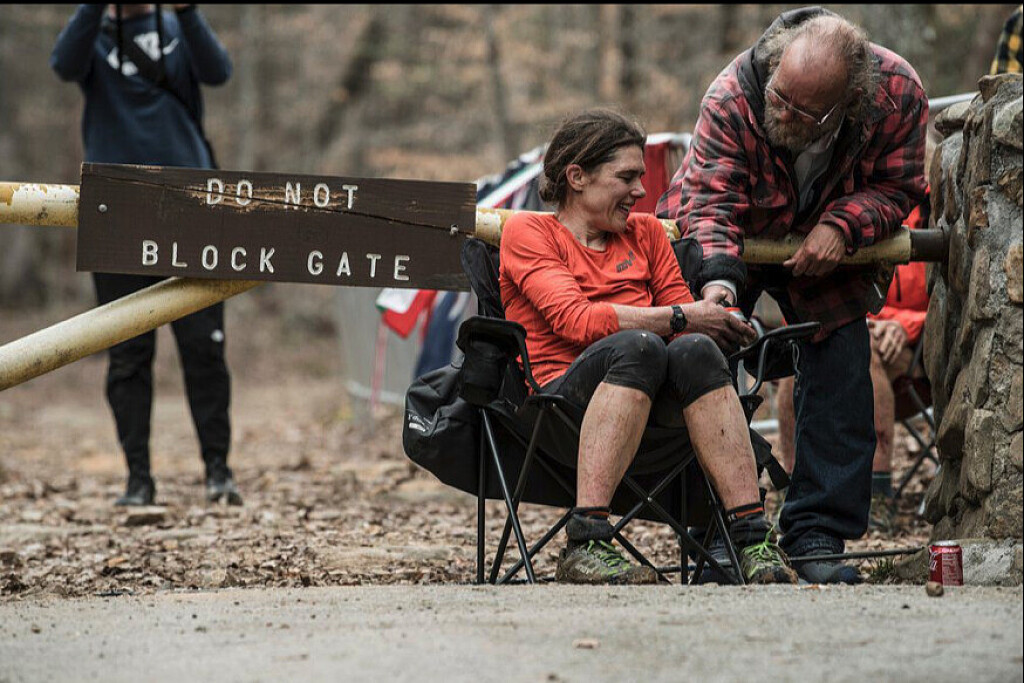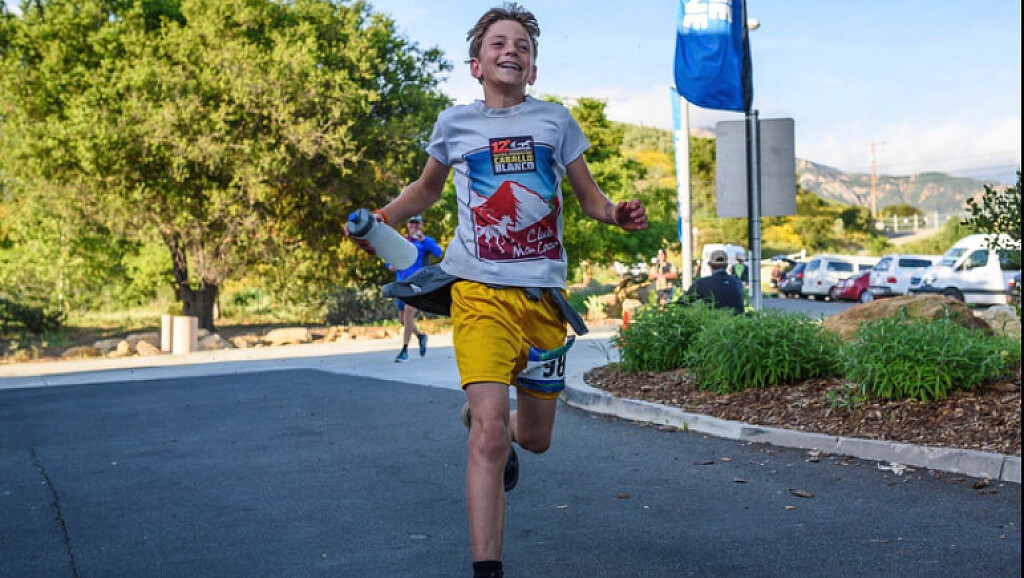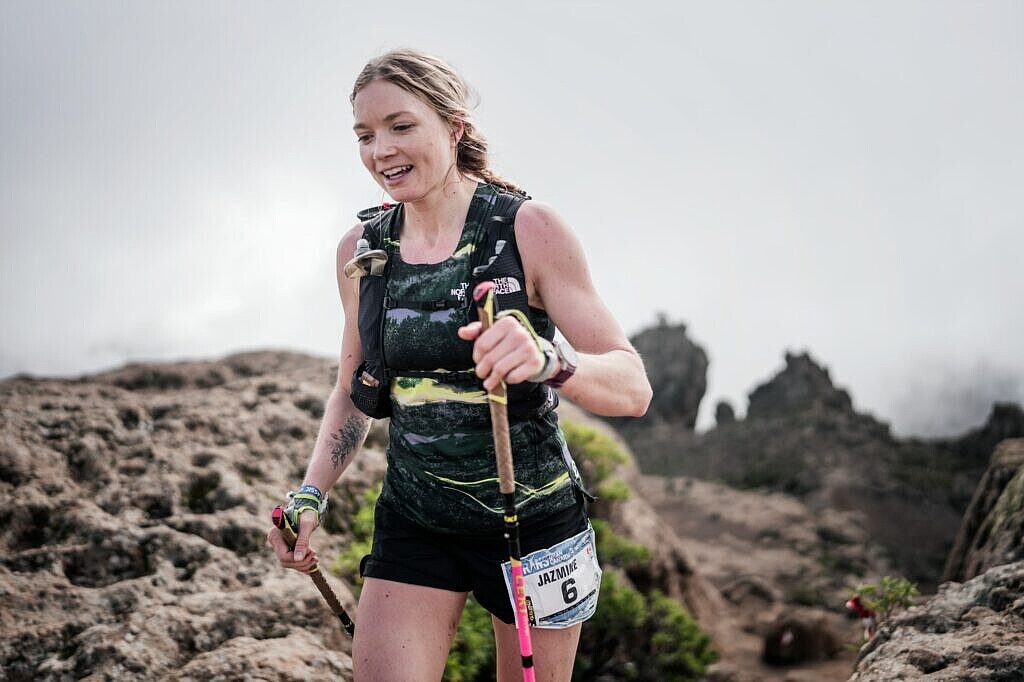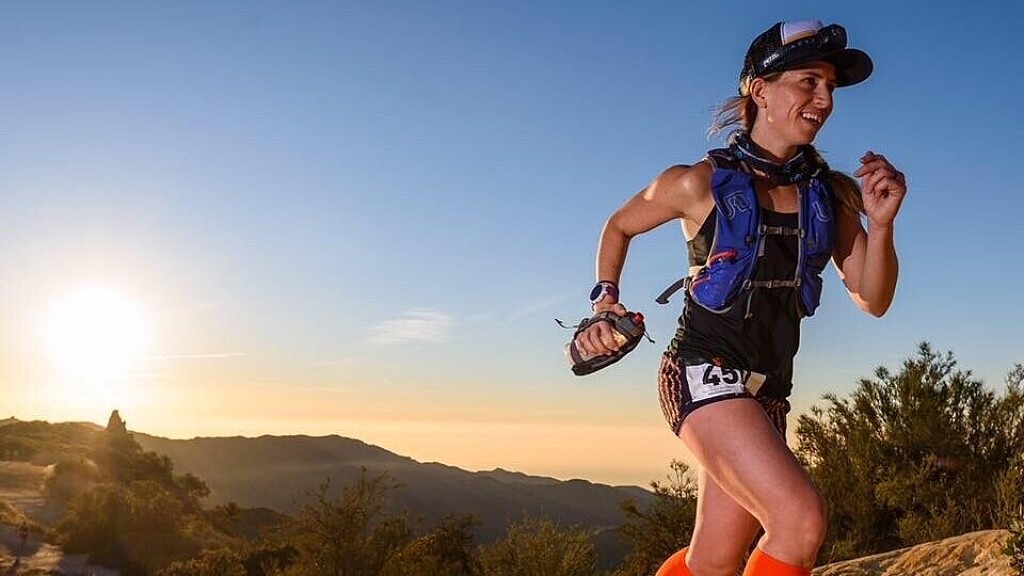Running News Daily
Running News Daily is edited by Bob Anderson. Send your news items to bob@mybestruns.com Advertising opportunities available. Train the Kenyan Way at KATA Kenya and Portugal owned and operated by Bob Anderson. Be sure to catch our movie A Long Run the movie KATA Running Camps and KATA Potato Farms - 31 now open in Kenya! https://kata.ke/
Index to Daily Posts · Sign Up For Updates · Run The World Feed
Articles tagged #ultrarunning
Today's Running News
Anne Flower Sets New Women’s 50-Mile World Record at the 2025 Tunnel Hill 50 Mile
In a stunning display of endurance and precision pacing, emergency-room physician and ultramarathon standout Anne Flower blazed to a new women’s world record of 5:18:57 for the 50-mile distance at the 2025 Tunnel Hill 50 Mile in Vienna, Illinois. The mark shatters the previous record of 5:31:56 held by Courtney Olsen, set on the same course last year.
Record-Setting Performance
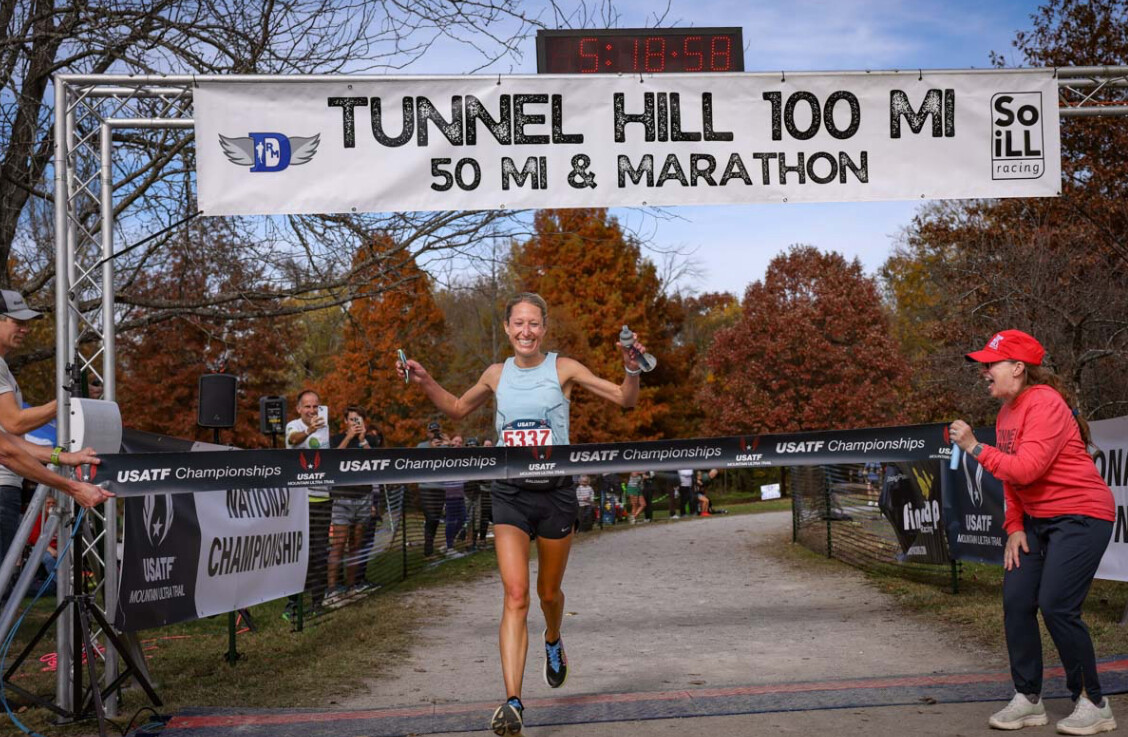
Held on the flat, crushed-gravel rails-to-trails route of the Tunnel Hill State Trail, the race has become a proving ground for world-class performances. Flower averaged an extraordinary 6:23 per mile (3:57 per kilometer) across the full 80.47 km course, running even splits and showing no signs of strain even as temperatures climbed later in the race.l
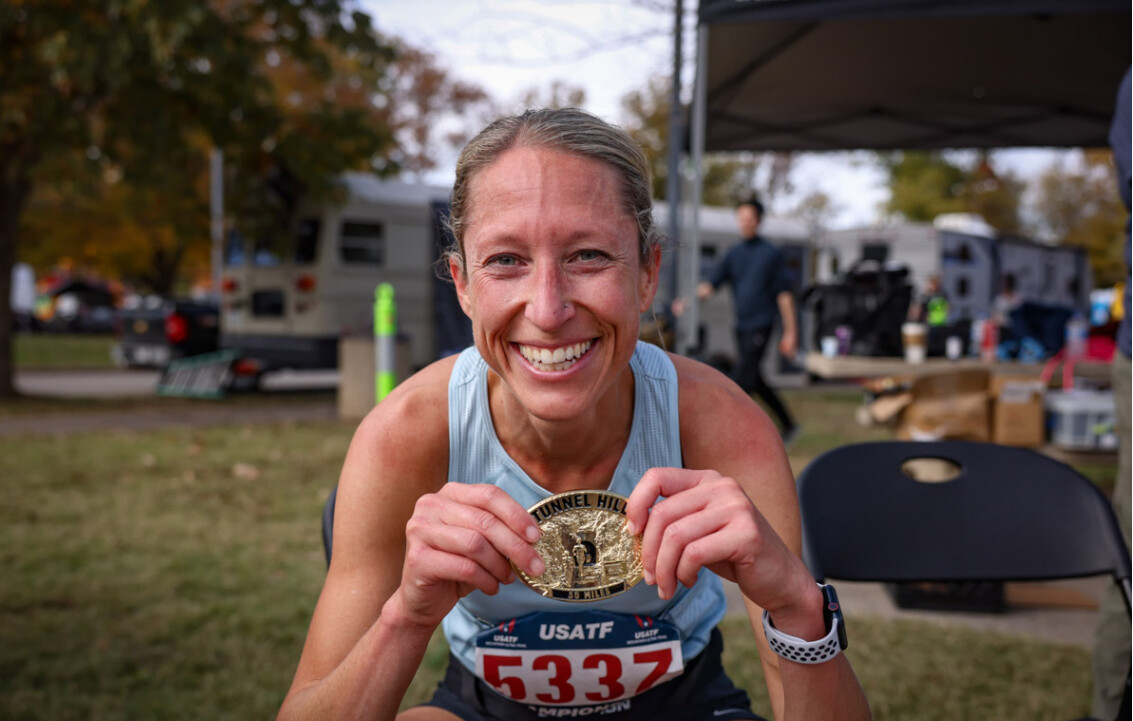
From the opening miles, Flower stayed well ahead of record pace, never faltering and closing strongly to seal a performance that redefines the women’s 50-mile standard. Olsen, competing in the 100k event this year, passed the 50-mile mark in 5:33:59—still an elite split, but more than 15 minutes behind Flower’s record pace.
From Marathons to Ultramarathons
Based in Colorado Springs, Colorado, Flower balances her demanding career as an emergency-room doctor with elite-level training. Before moving to the trails in 2019, she competed in marathons and took part in the 2020 U.S. Olympic Marathon Trials. Her road background shows in her efficient stride and disciplined pacing.
Over the past two seasons, she has built an impressive résumé:
Winner of the 2024 Javelina 100k
Champion of the 2025 Silver Rush 50 Mile
Record-breaker at the 2025 Leadville 100 Mile, where she eclipsed Ann Trason’s 31-year-old mark in her debut at the distance
These results paved the way for her dominant performance at Tunnel Hill, demonstrating both her endurance and her remarkable consistency.
Raising the Bar for Women’s Ultrarunning
Flower’s 5:18:57 isn’t just fast—it’s a historic leap forward. Taking more than 12 minutes off a world record at this level is rare, and doing so with such control underscores her potential for even greater achievements ahead.
Tunnel Hill has become synonymous with world-record performances, and Flower’s run further cements the race’s reputation as one of the premier venues for ultradistance excellence.
What’s Next
With records now at both 50 and 100 miles, Flower’s next challenge may be defending or lowering her new mark—or shifting her focus toward international championship events. Whatever path she chooses, her rise through the sport has been nothing short of extraordinary.
Anne Flower has proven that it’s possible to balance a demanding professional life with world-class athletic performance. Her blend of discipline, determination, and pure endurance has elevated her into the top tier of ultrarunning’s global elite.
by Boris Baron
Login to leave a comment
Did You Know? No One Has Come Close to Sorokin’s 24-Hour Record Since 2022
Did you know that Aleksandr Sorokin’s legendary 24-hour world record—set in 2022—is still untouched, and no one has even come particularly close?
At the 2022 IAU 24-Hour European Championships in Verona, Italy, Lithuanian ultrarunner Aleksandr Sorokin ran a staggering 198.598 miles (319.614 kilometers) in a single day. That’s the equivalent of running from New York City to Washington, D.C.—and then some—all in just 24 hours.
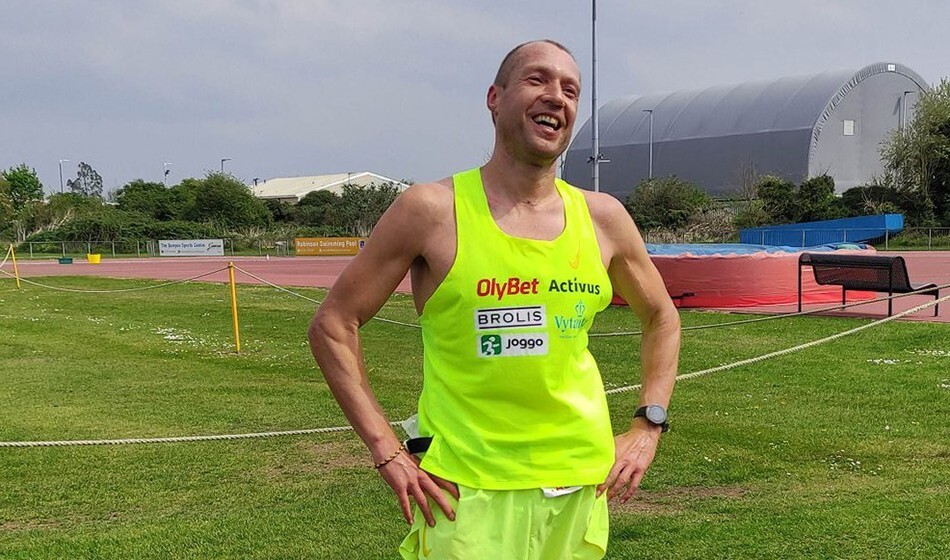
Even more impressive: Sorokin averaged a 7:15-per-mile (4:30/km) pace the entire time. That’s a tempo most runners struggle to hold for a 10K—let alone for nearly 200 miles.
What’s Happened Since?
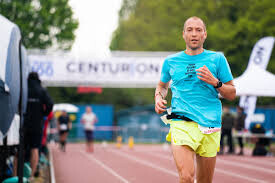
At the 2023 IAU 24-Hour World Championships, Sorokin competed again and covered 301.790 kilometers—an outstanding performance, but still nearly 18 kilometers short of his own world record.
No other male athlete has even broken the 300 km barrier since.
Meanwhile, on the women’s side, Japan’s Miho Nakata set a new world record in 2023, covering 270.363 km, which is phenomenal—but still nearly 50 km less than Sorokin’s historic run.
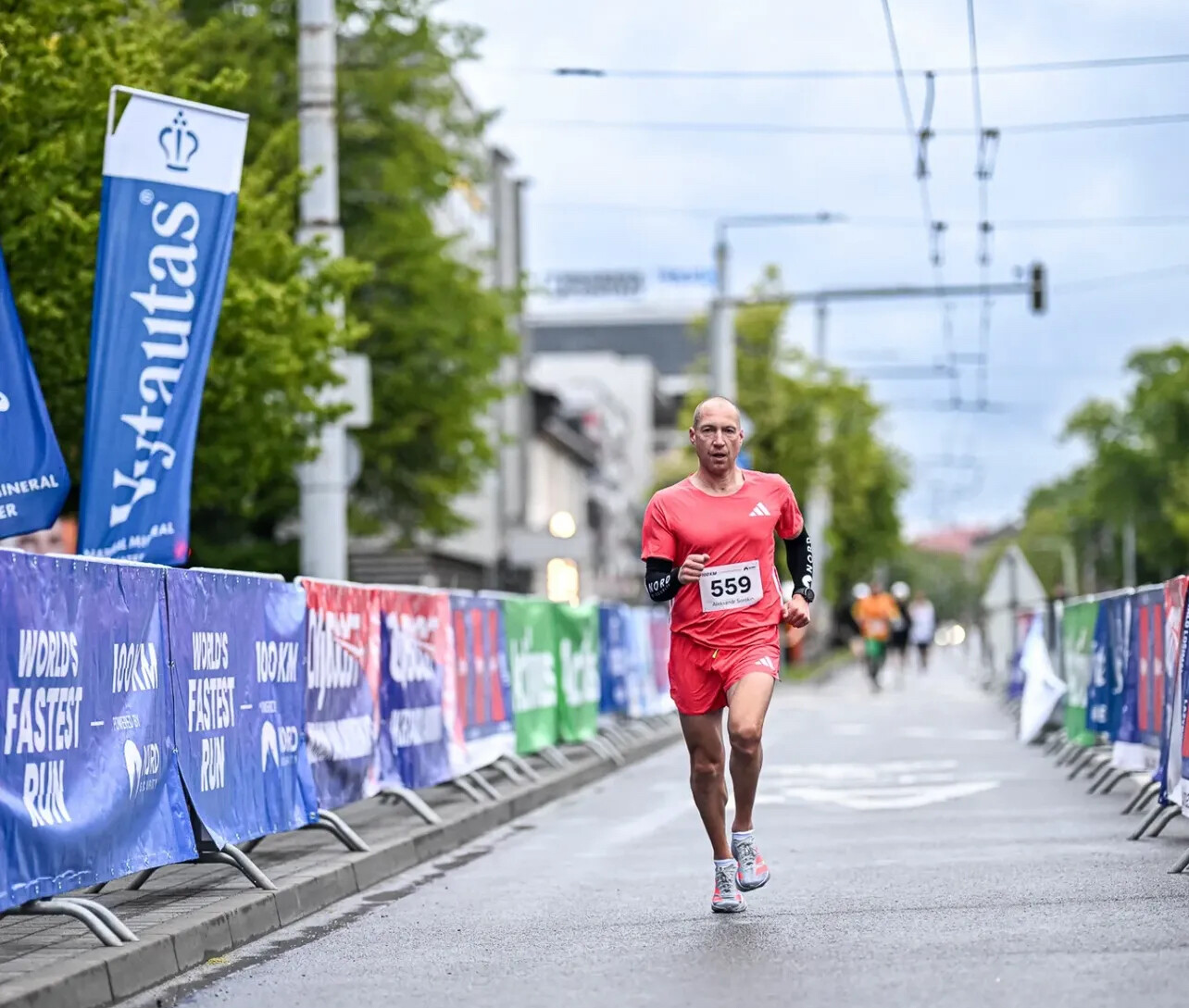
Top 24-Hour Running Performances (All-Time)
|
Runner |
Gender |
Year |
Distance (km) |
Gap to Sorokin (km) |
|
Aleksandr Sorokin |
Male |
2022 |
319.614 |
0.00 |
|
Yiannis Kouros |
Male |
1997 |
303.506 |
16.11 |
|
Aleksandr Sorokin |
Male |
2023 |
301.790 |
17.82 |
|
Tamas Bodis |
Male |
2023 |
295.290 |
24.32 |
|
Haruki Okayama |
Male |
2023 |
289.420 |
30.19 |
|
John Stocker |
Male |
2021 |
285.300 |
34.31 |
|
Miho Nakata |
Female |
2023 |
270.363 |
49.25 |
|
Camille Herron |
Female |
2019 |
270.116 |
49.50 |
|
Patrycja Bereznowska |
Female |
2022 |
263.660 |
55.95 |
The Legacy
More than two years later, Sorokin’s record remains the gold standard in ultrarunning. His 2022 performance wasn’t just a world record—it redefined what humans can do in a single day.
Whether you’re a weekend warrior or an elite endurance athlete, one thing is clear: nobody’s chasing Sorokin. He’s still out in front—by miles.
by Boris Baron
Login to leave a comment
Ludo Pommeret and Katie Schide Dominate a Gritty 2025 Hardrock 100
The 2025 Hardrock 100 delivered everything the ultra-trail world expects from one of the sport’s most iconic races—grit, altitude, heartbreak, and triumph. At the heart of it all, France’s Ludovic “Ludo” Pommeret successfully defended his title, while American ultra star Katie Schide shattered the women’s course record.
Pommeret Goes Back-to-Back
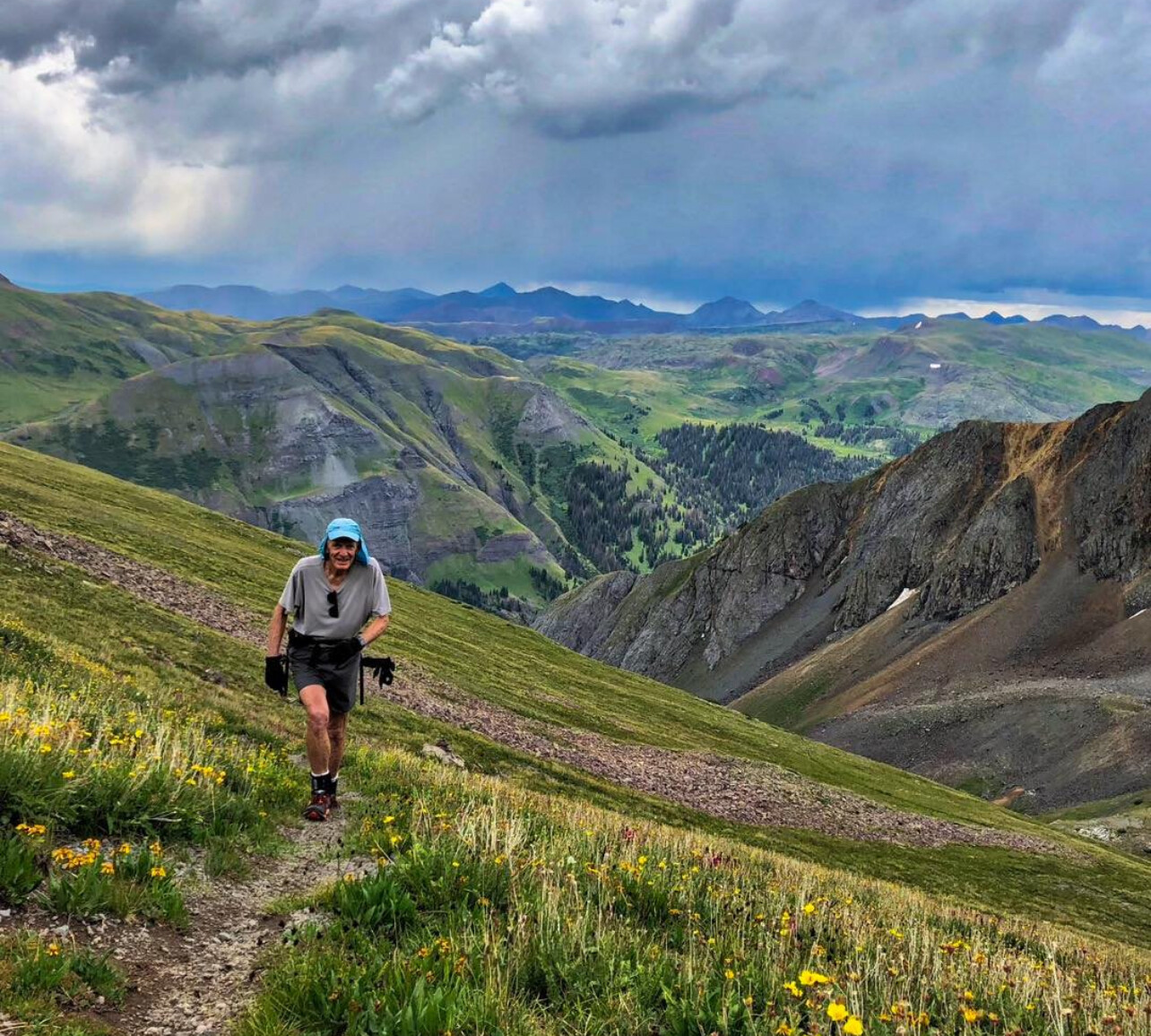
For the second year in a row, the 49-year-old Pommeret conquered the brutal 102.5-mile loop through Colorado’s San Juan Mountains, finishing in 22:21:55—the fifth-fastest time in race history. Battling thin air, smoky conditions from nearby wildfires, and rugged terrain with over 33,000 feet of elevation gain, Pommeret executed a masterclass in pacing.
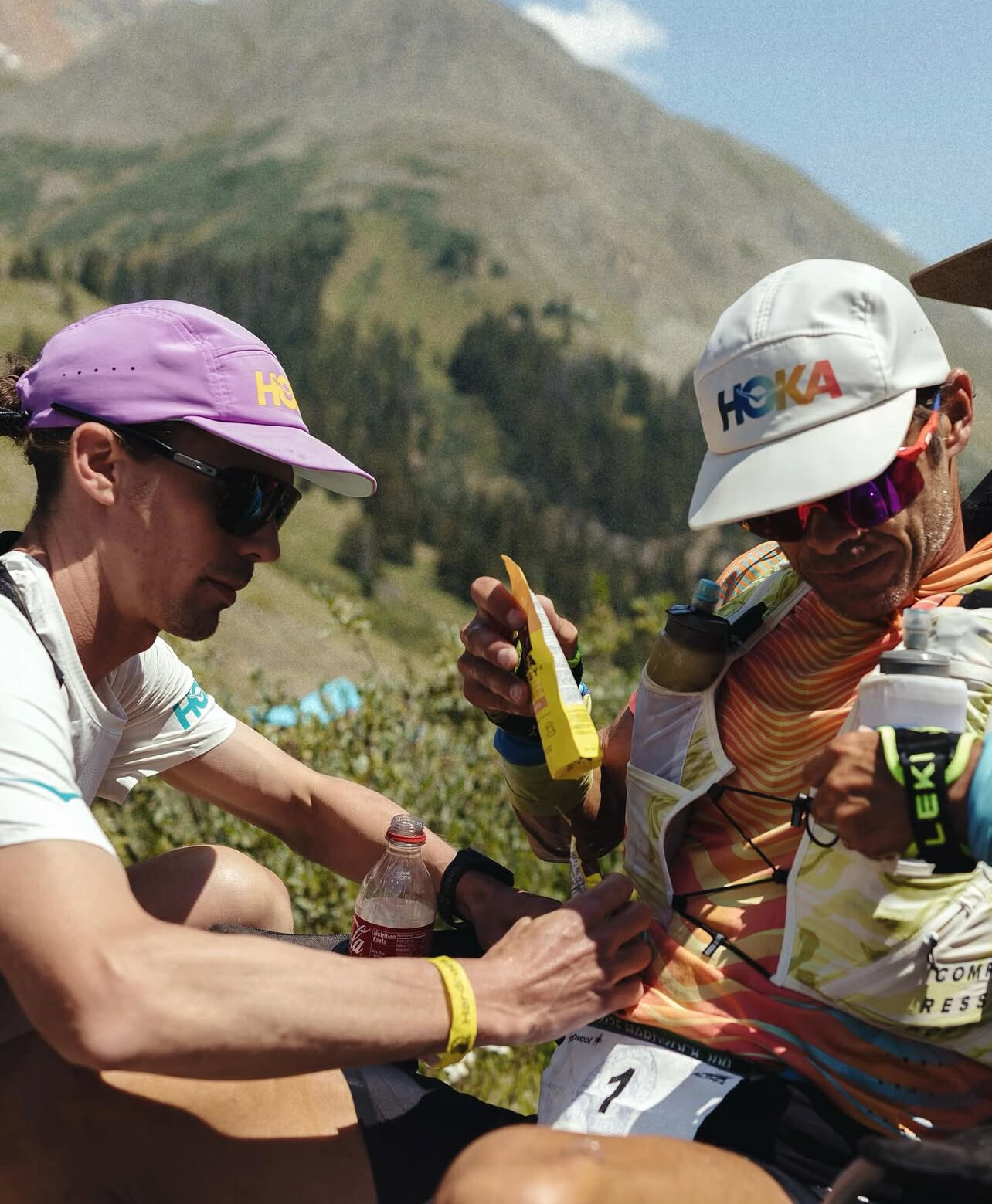
Starting conservatively on the climbs, he surged on the descents, aided by elite pacers Jim Walmsleyand Vincent Bouillard. By dawn, he had extended his lead and cruised into Silverton well under the 48-hour cutoff, earning another coveted kiss of the Hardrock finish-line rock.
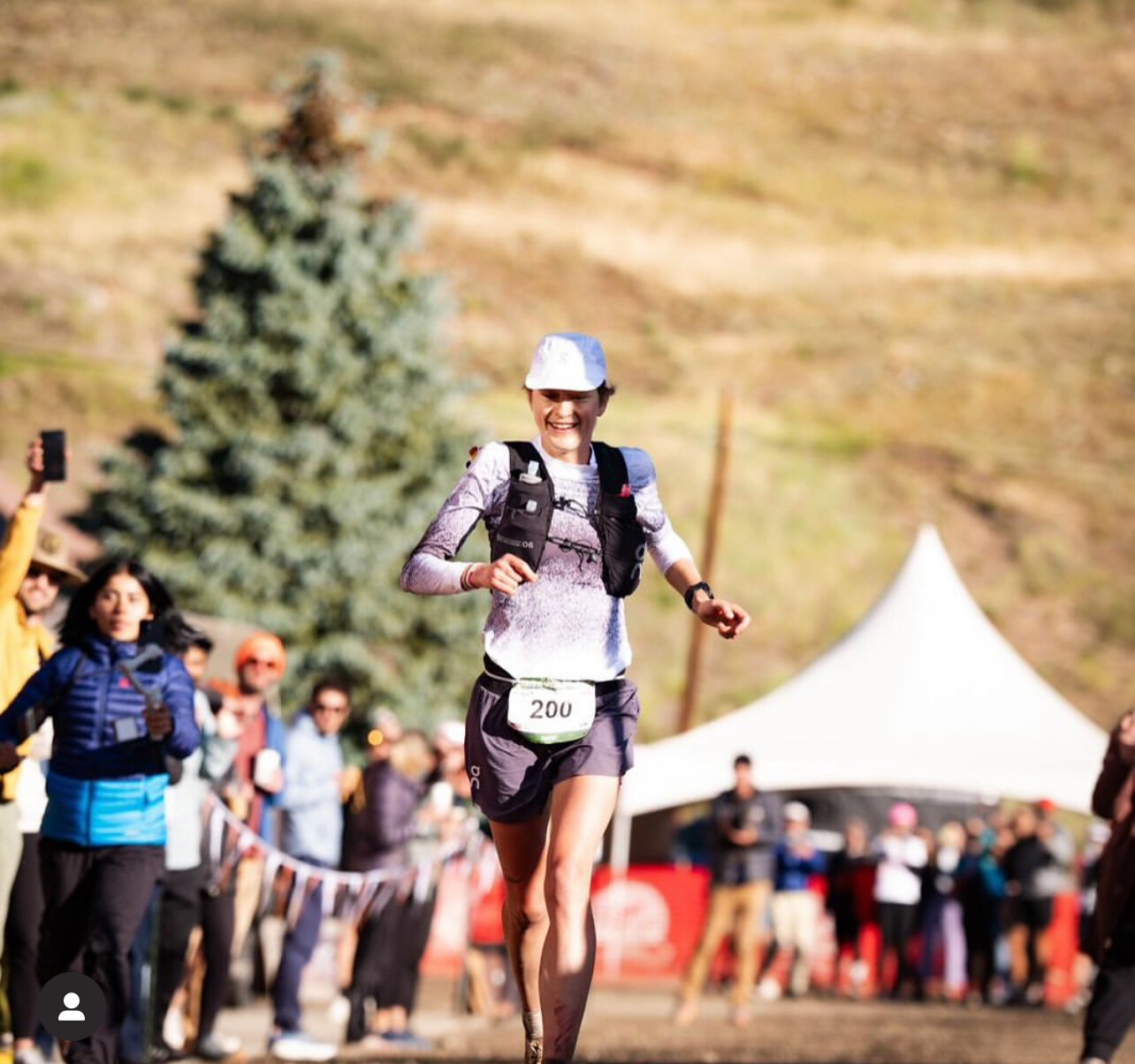
The men’s podium was a French sweep: Mathieu Blanchard placed second in 23:44, followed by Germain Grangier in 24:04.
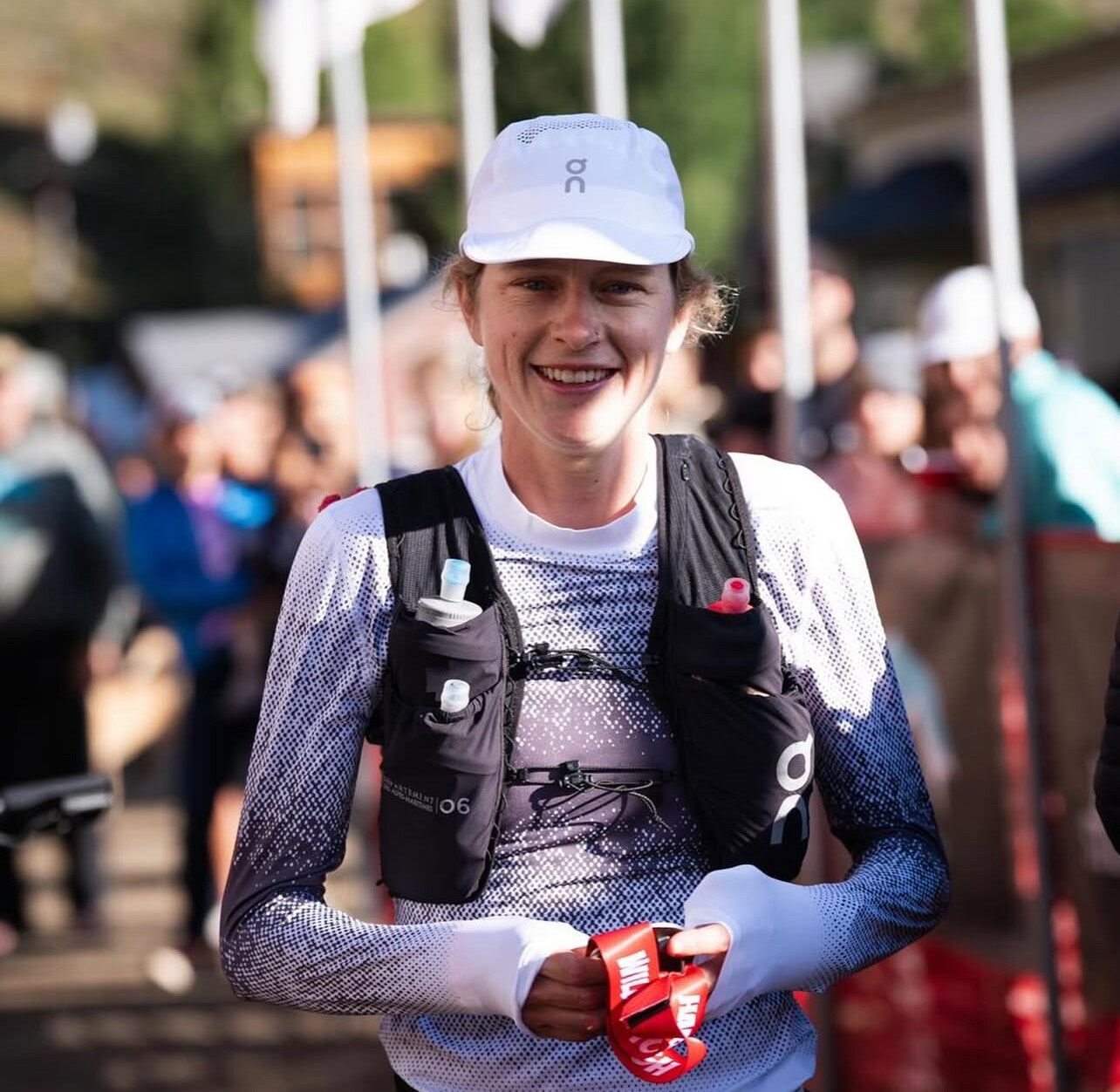
“I was worried about the smoke early on,” Pommeret said afterward, “but the final miles were magic. I even walked the last climb to take it all in.”
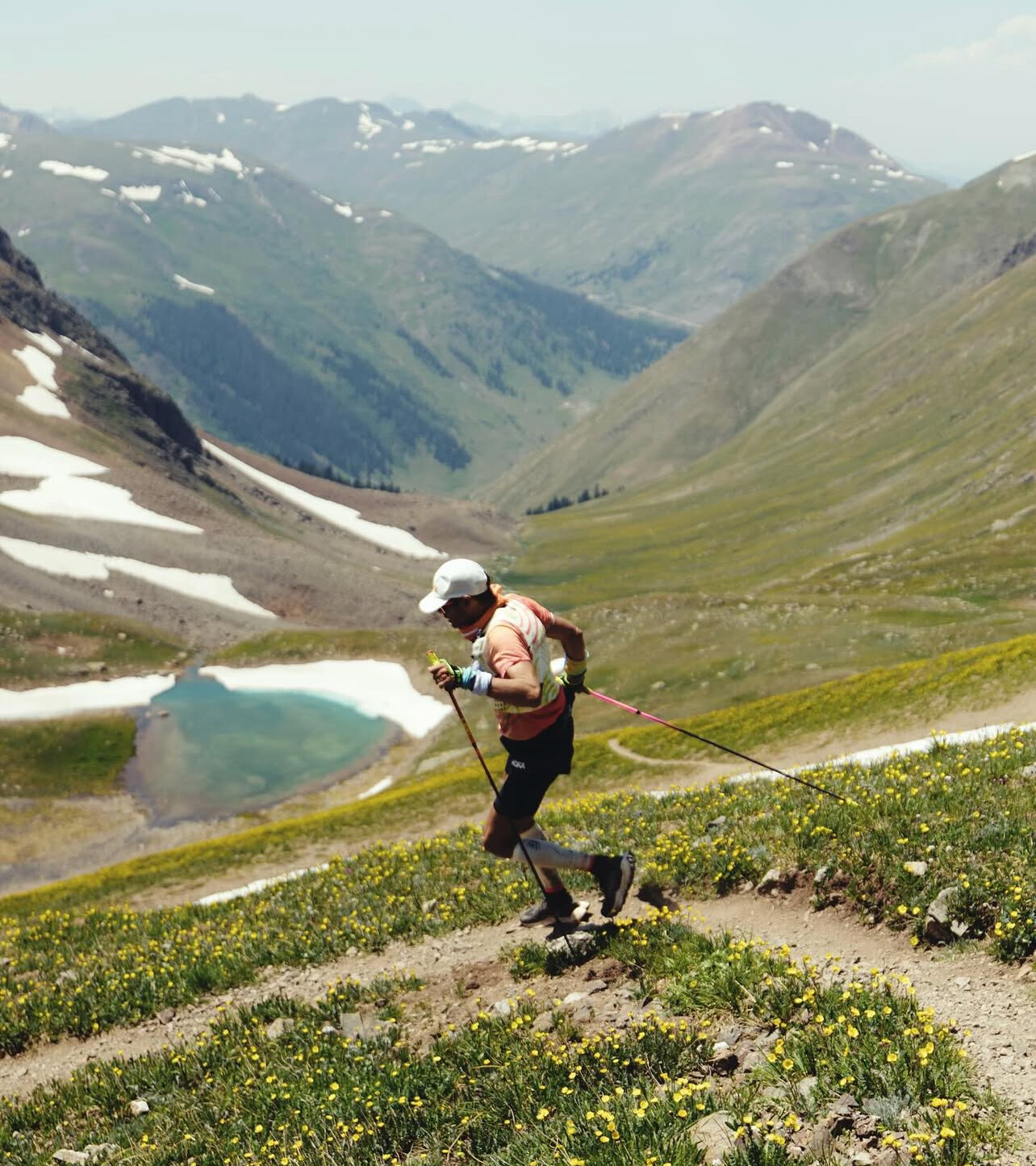
Schide Smashes Course Record
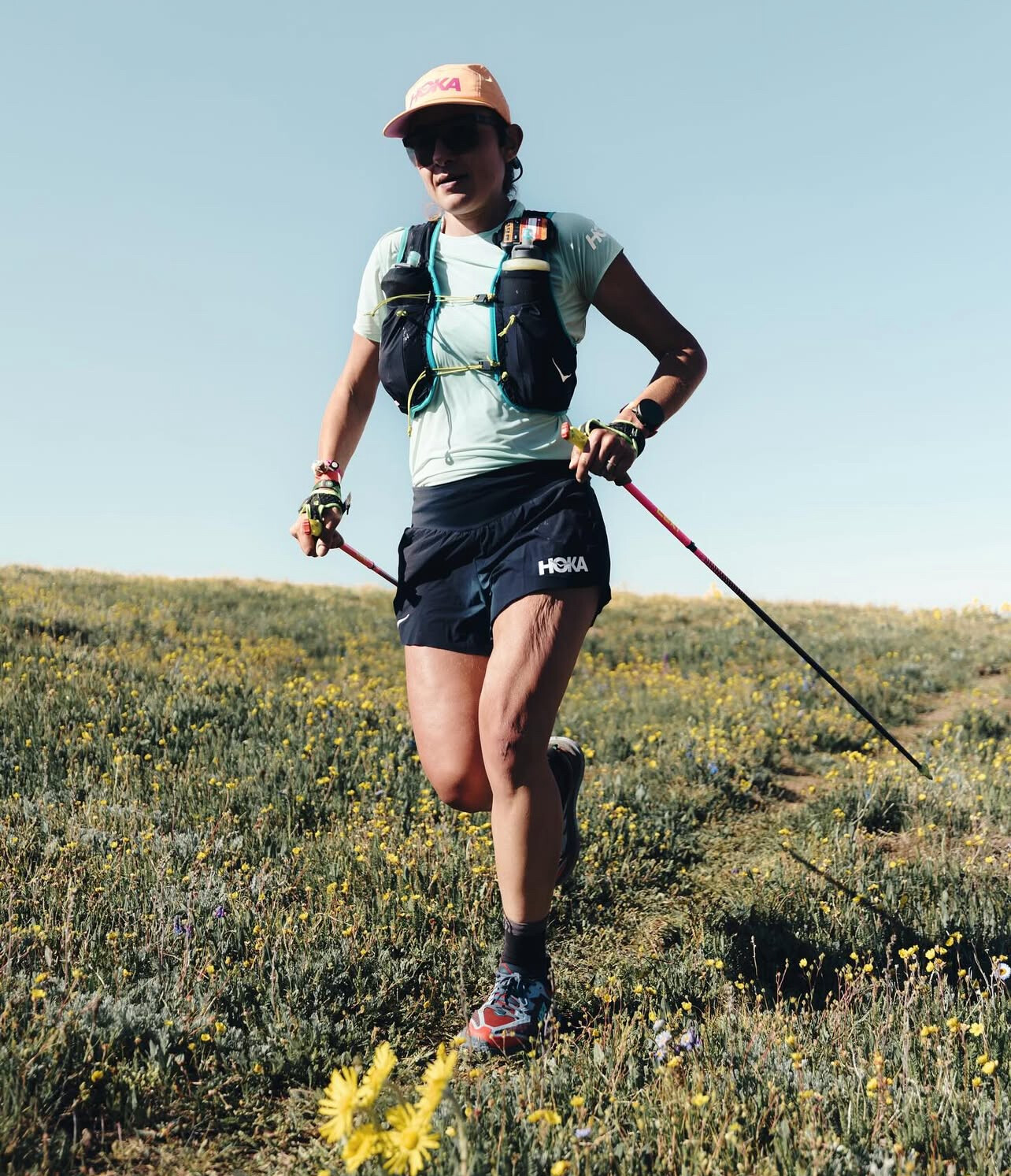
In the women’s race, Katie Schide delivered one of the most commanding performances in Hardrock history, crossing the finish in 25:50—the fastest counterclockwise time ever on this course. Her effort redefined what’s possible on one of the toughest 100-milers in the world, solidifying her place among the sport’s elite.
A Somber Note
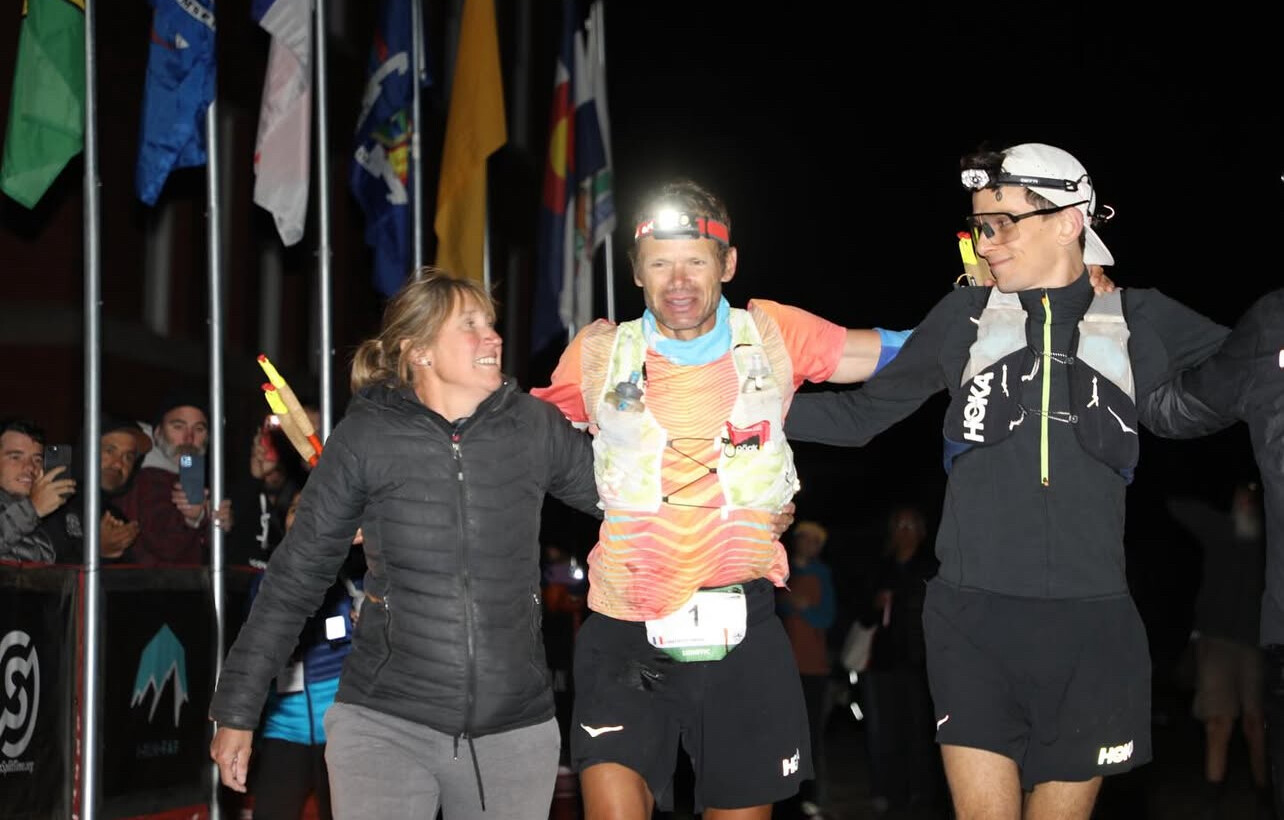
The celebration was tempered by tragedy. One of the 146 starters, 60-year-old Elaine Stypula, passed away early in the race. The trail community paused to honor her memory, a reminder of both the beauty and the inherent risk of this extreme pursuit.
Why This Race Matters
• Age is just a number: At nearly 50, Pommeret continues to perform at the highest level, adding another major title to a résumé that includes victories at UTMB (2016) and Diagonale des Fous (2021).
• Trail’s toughest test: With extreme elevation, altitude averaging over 11,000 feet, and no room for error, Hardrock remains a crucible for the toughest athletes on Earth.
• Global competition: With a French men’s podium and an American record-breaker, the international caliber of this year’s race underscored its global significance.
2025 Hardrock 100 Key Results
|
Category |
Winner |
Time |
|
Men’s Champion |
Ludovic Pommeret |
22:21:55 |
|
Women’s Champion |
Katie Schide |
25:50 (course record) |
|
Men’s 2nd |
Mathieu Blanchard |
23:44 |
|
Men’s 3rd |
Germain Grangier |
24:04 |
|
|
|
|
With record-breaking performances and powerful moments of perseverance, the 2025 Hardrock 100 once again proved why it’s one of the most respected races in the world of ultrarunning.
by Boris Baron
Login to leave a comment
Hardrock 100
100-mile run with 33,050 feet of climb and 33,050 feet of descent for a total elevation change of 66,100 feet with an average elevation of 11,186 feet - low point 7,680 feet (Ouray) and high point 14,048 feet (Handies Peak). The run starts and ends in Silverton, Colorado and travels through the towns of Telluride, Ouray, and the ghost town...
more...Abby Hall Claims Fairytale Victory at 2025 Western States 100 After Golden Ticket Surprise
In a race defined by resilience, heat, and high drama, Abby Hall delivered one of the most emotional and triumphant performances in Western States Endurance Run history, winning the women’s race at the 52nd edition of the world’s oldest and most iconic 100-mile trail event.
Hall, who just months ago wasn’t even on the start list, crossed the finish line at Placer High School in 16 hours, 37 minutes, and 16 seconds, recording the fourth-fastest women’s time in race history. Her victory marks a stunning return to form after years of injury setbacks and a last-minute Golden Ticket entry.
A Storybook Build-Up to the Start Line
Hall’s journey to Western States was anything but straightforward. After a lengthy recovery from a serious knee injury, the American ultrarunner returned to form with a win at Ultra-Trail Kosciuszko by UTMB in December 2024. But a Golden Ticket to Western States proved elusive.
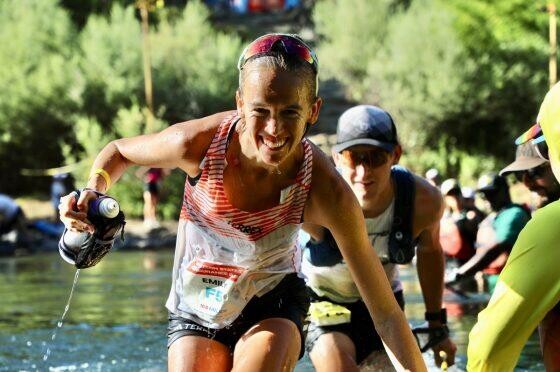
She finished fifth at the Black Canyon Ultras, narrowly missing an automatic entry. However, fate intervened when a pregnancy deferral by fellow runner Emily Sullivan caused the Golden Ticket to roll down—giving Hall an unexpected but welcome shot at redemption.
“It was such a beautiful passing of the baton,” Hall shared on Instagram. “I’m so inspired watching an incredible athlete like Emkay enter this new season of her life as she becomes a mother.”
How the Race Unfolded
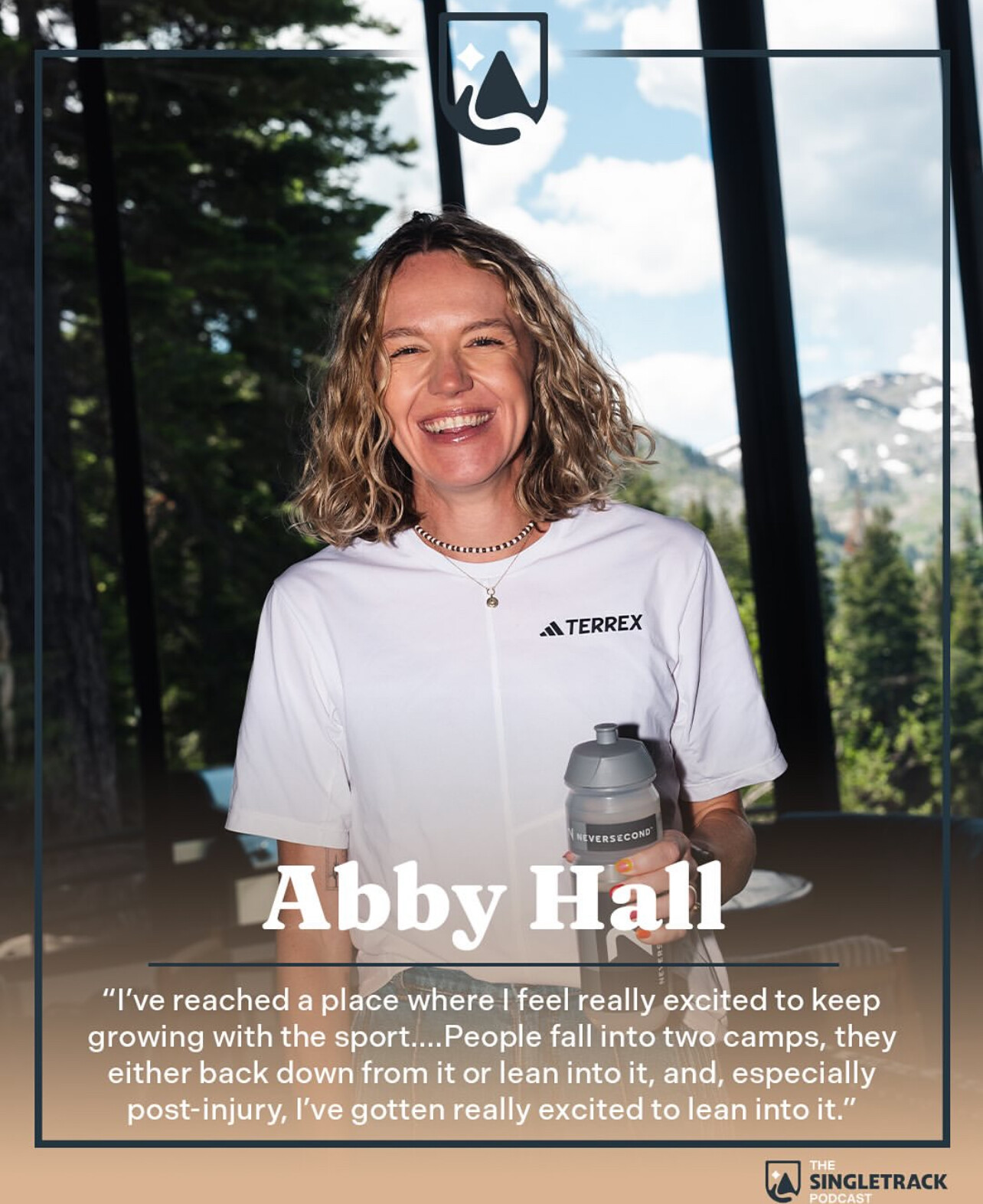
Hall made her intentions clear early, leading through the Escarpment checkpoint at mile 4. Although she was briefly overtaken, she reclaimed the lead shortly after mile 60 and never looked back.
Facing fierce competition from Fuzhao Xiang (CHN)—who finished second last year—Hall maintained a steady and commanding pace through the canyon heat, where temperatures reached 104°F (40°C). With 10 miles to go, she held a 10-minute lead over Xiang, and that gap remained virtually unchanged to the finish.
Xiang once again finished runner-up, clocking 16:47:09, while Marianne Hogan (CAN) surged late in the race to secure third in 16:50:58, overtaking Ida Nilsson (SWE) in the final miles. Fiona Pascall (GBR) rounded out the top five.
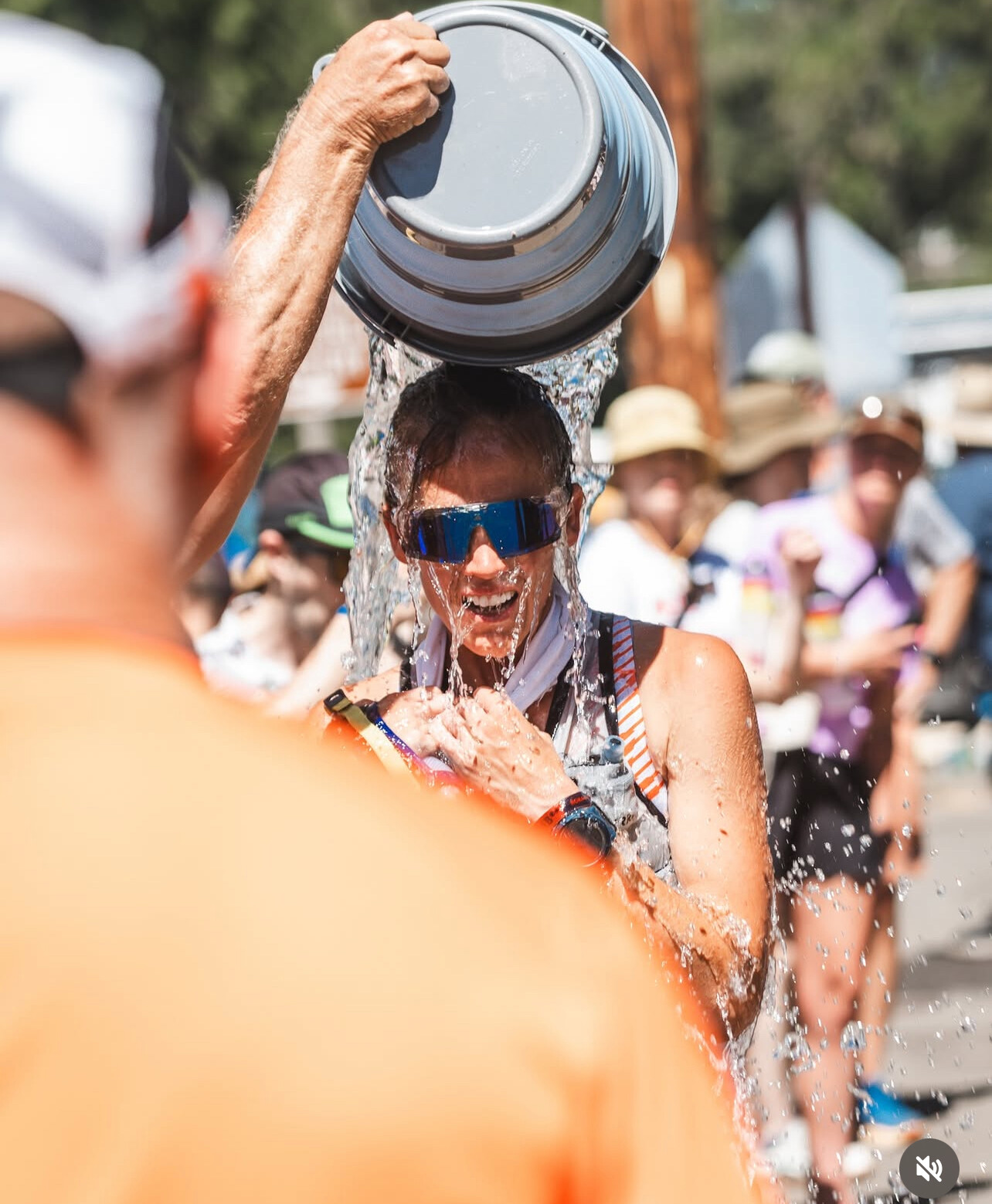
2025 Western States 100 – Women’s Results
June 28, 2025 | 100.2 miles
1. Abby Hall (USA) – 16:37:16
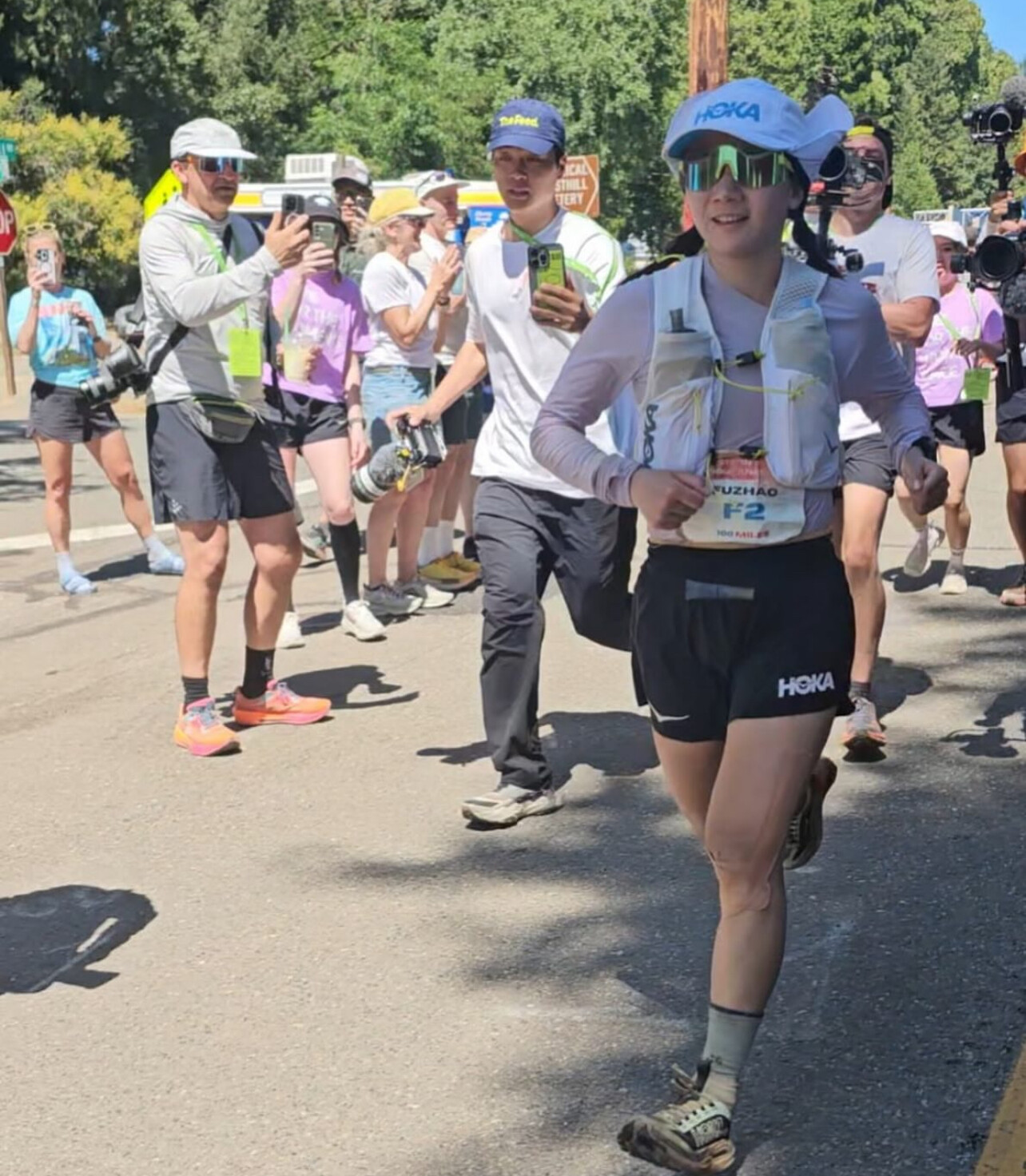
2. Fuzhao Xiang (CHN) – 16:47:09
3. Marianne Hogan (CAN) – 16:50:58
4. Ida Nilsson (SWE) – 17:00:48
5. Fiona Pascall (GBR) – 17:21:52
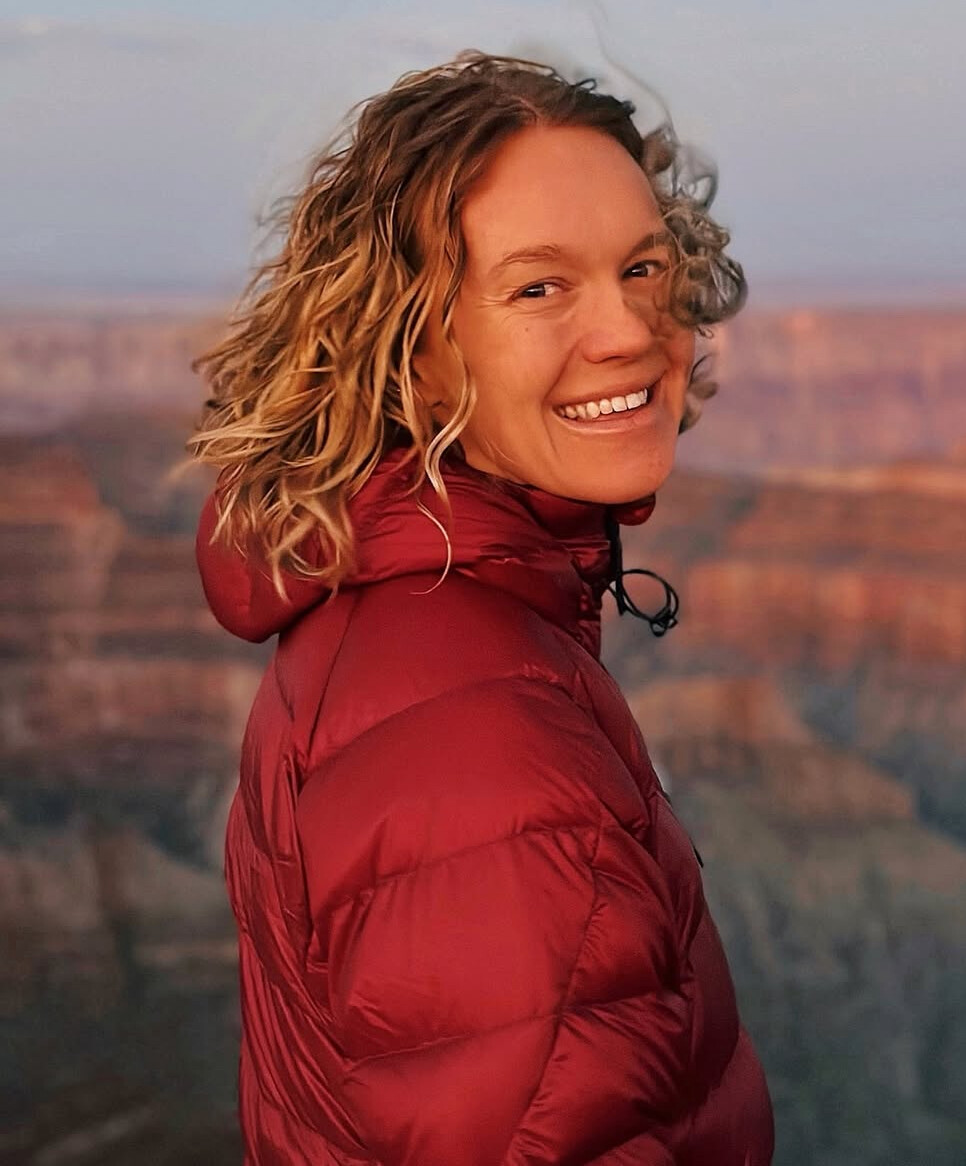
Hall also placed 11th overall, finishing just behind many top men’s competitors in one of the deepest fields in race history.
A Career-Defining Moment
This was Hall’s second appearance at Western States—her first came in 2021, when she finished 14th. Her return this year wasn’t just about redemption; it was a masterclass in determination, patience, and execution.
“It’s surreal,” Hall said at the finish. “This race has meant so much to me for so long. To be back here, to be healthy, and to be crossing that line first—it’s everything.”
The Global Rise of Women’s Ultrarunning
With five nations represented in the top five, the 2025 women’s race showcased the global depth and diversity of talent in ultrarunning. From Xiang’s technical brilliance to Hogan’s consistency and Nilsson’s enduring grit, this was a race that highlighted how far the women’s field has come—and how fast it continues to get.
by Boris Baron
Login to leave a comment
Caleb Olson Stuns the Field with Breakthrough Win at the 2025 Western States 100
American ultra-trail runner Caleb Olson delivered a career-defining performance at the 2025 Western States Endurance Run, emerging as the surprise champion in what was billed as one of the most competitive editions in the race’s 52-year history.
The 29-year-old from Salt Lake City conquered the infamous 100-mile (161-kilometer) course through Northern California’s rugged Sierra Nevada mountains, finishing in 14 hours, 11 minutes, and 25 seconds—just two minutes shy of Jim Walmsley’s legendary course record set in 2019 (14:09:28). Olson’s time is now the second-fastest ever recorded at Western States.
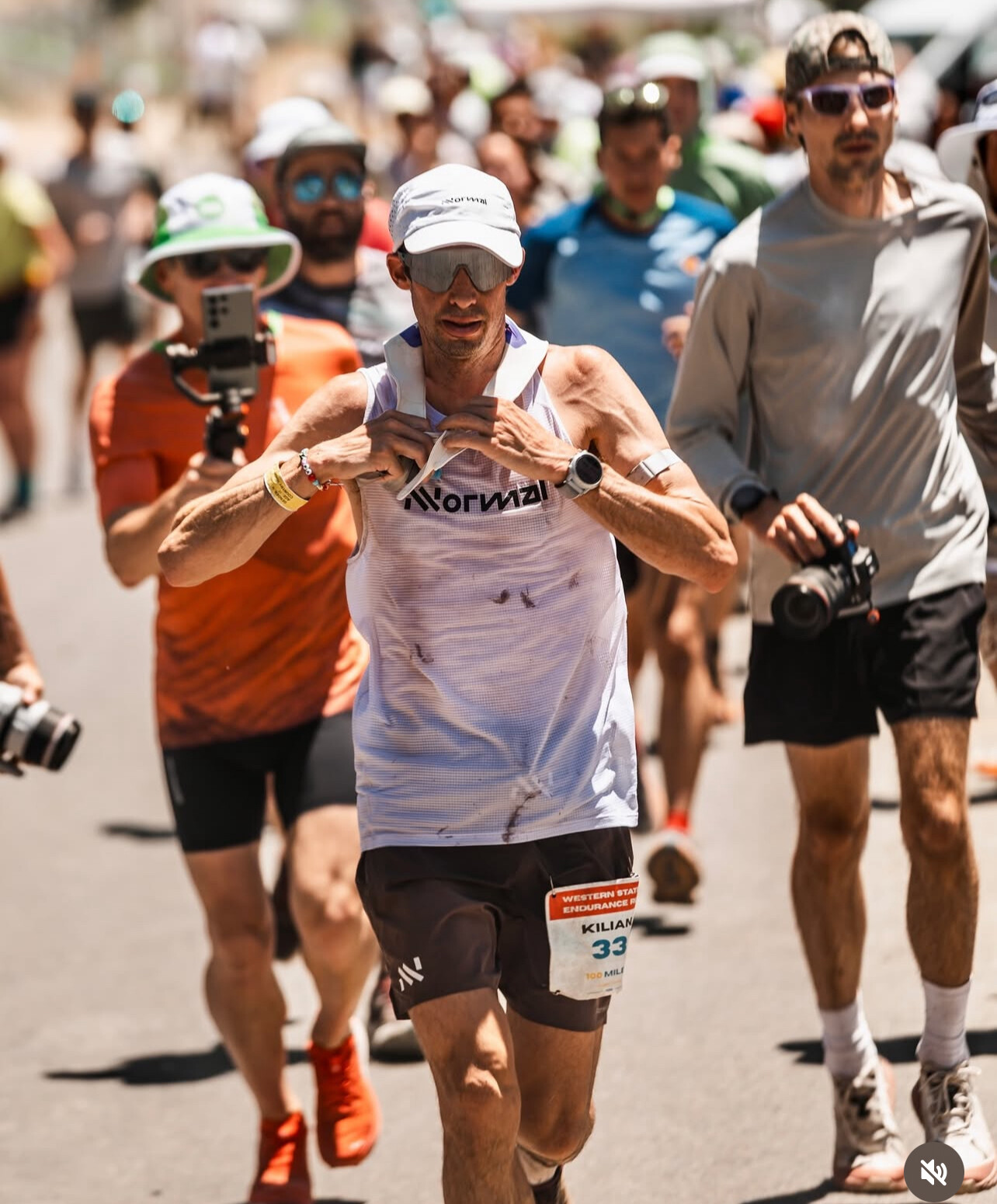
His win comes just a year after a strong fifth-place finish in 2024 and cements his place among the top ranks of global ultrarunning.
A Battle of Heat, Elevation, and Grit
The race began at 5:00 a.m. in Olympic Valley, with runners quickly climbing to the course’s highest point—2,600 meters (8,600 feet)—before descending into the heat-scorched canyons. Snowfields in the early miles gave way to punishing heat, as temperatures soared to 104°F (40°C) in exposed sections of the trail.
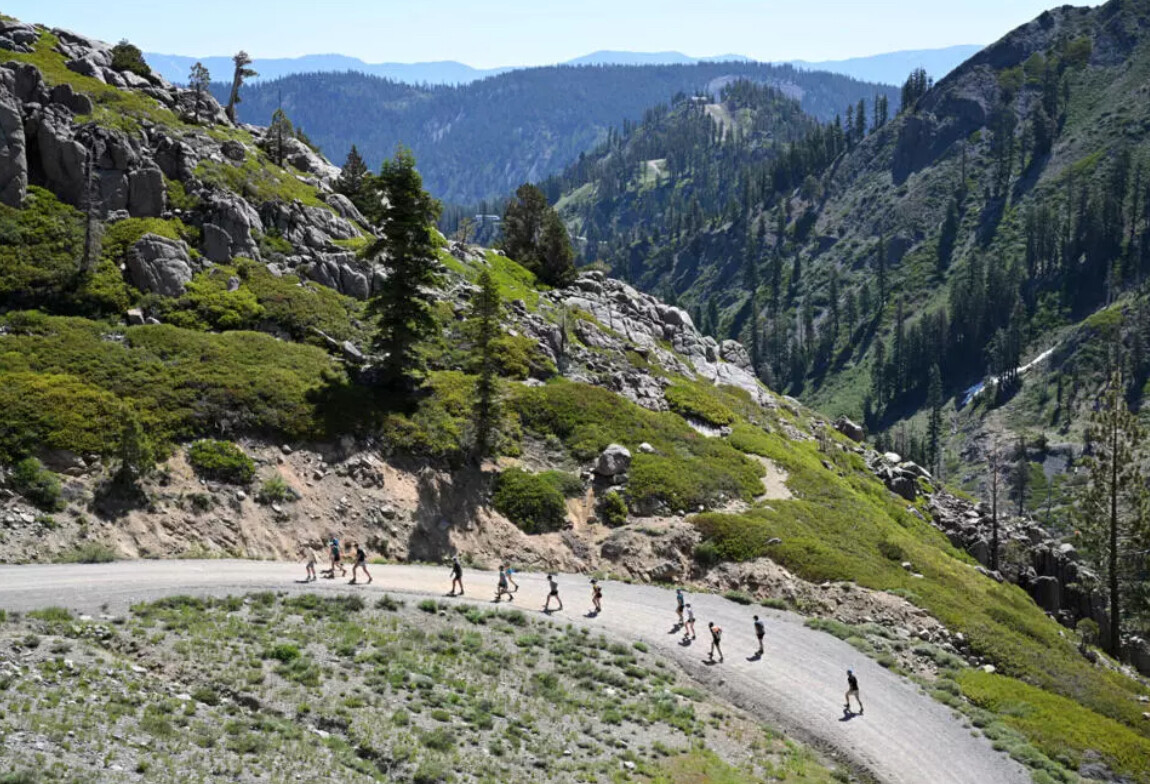
Despite the brutal conditions, approximately 15 elite athletes crested the high point together, setting the stage for a tactical and attritional race. Olson surged to the front midway, clocking an average pace near 12 kilometers per hour and never relinquished his lead.
Elite Field Delivers Drama
Close behind Olson was Chris Myers, who battled stride-for-stride with the eventual winner for much of the race before taking second in 14:17:39. It was a breakthrough performance for Myers, who has been steadily climbing the ultra ranks.
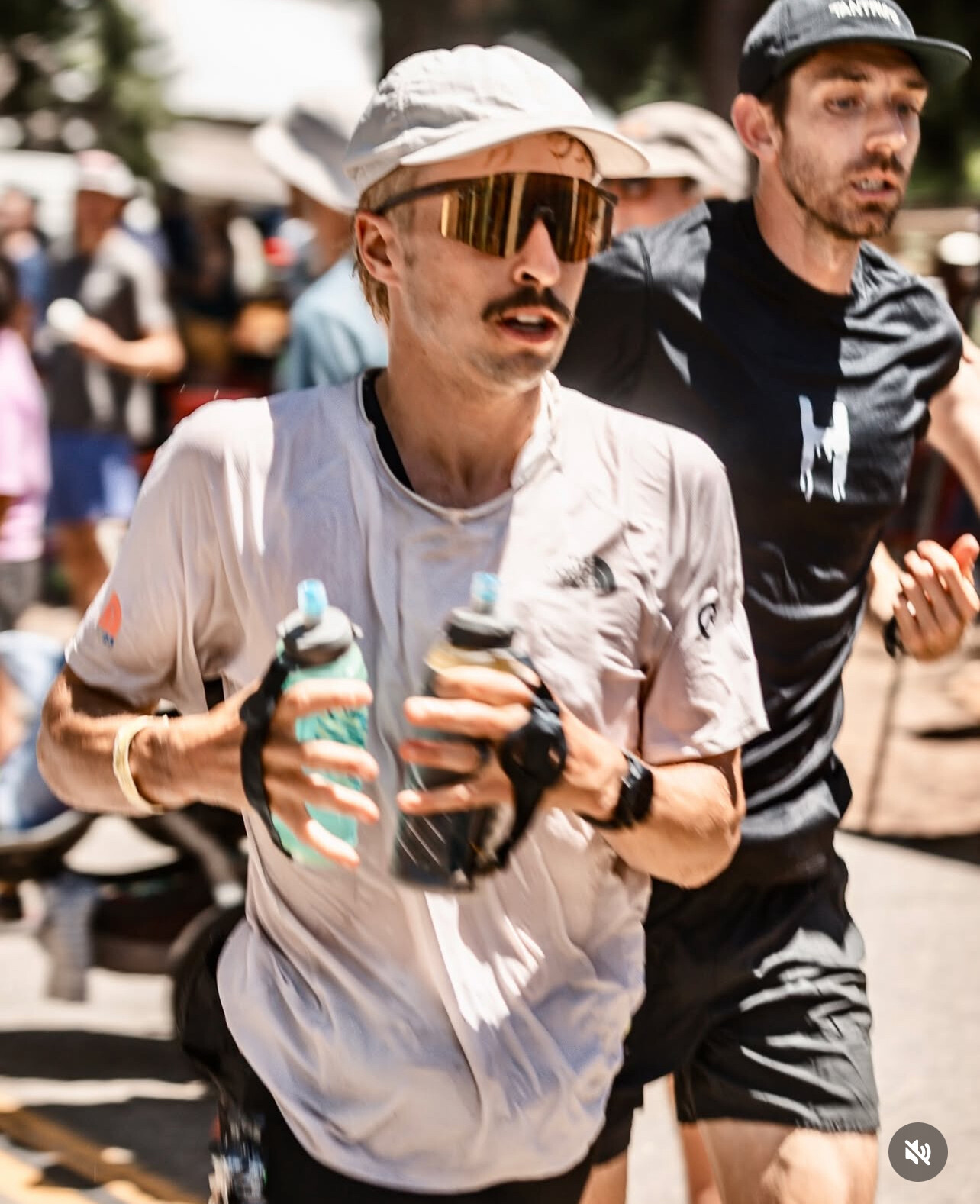
Spanish trail running legend Kilian Jornet, 37, finished third, matching his 2010 result. Returning to Western States for the first time since his win 14 years ago, Jornet hoped to test himself against a new generation on the sport’s fastest trails. Though renowned for his resilience in mountainous terrain, he struggled to match the frontrunners during the course’s hottest sections.
“Western States always finds your limit,” Jornet said post-race. “Today, that limit came earlier than I’d hoped.”
Rising Stars and Withdrawals
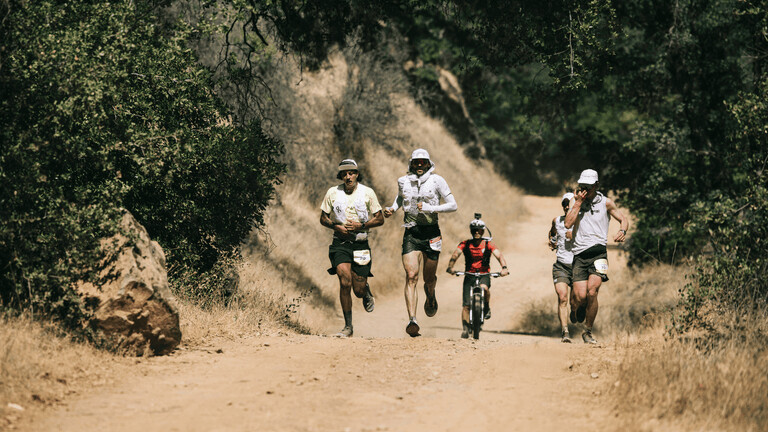
Among the elite field was David Roche, one of America’s most promising young ultrarunners, who was forced to withdraw after visibly struggling at the Foresthill aid station (mile 62). Roche had entered the race unbeaten in 100-mile events.
“I’ve never seen him in that kind of state,” said his father, Michael Roche, who was on hand to support him. “This race just takes everything out of you.”
Roche’s exit was a reminder that, even with perfect preparation, the Western States 100 is as much about survival as speed.
The Lottery of Dreams
Held annually since 1974, the Western States Endurance Run is more than a race—it’s a pilgrimage. With only 369 slots available, most runners enter via a lottery system with odds of just 0.04% for first-timers. Elite athletes can bypass the lottery by earning one of the coveted 30 Golden Ticketsawarded at select qualifying races each year.
For many, getting to the start line takes years of qualifying and persistence—making finishing the race an achievement in itself.
Olson’s Star Ascends
Before this landmark win, Caleb Olson was already on the radar of the ultra community. He had logged top-20 finishes at the “CCC”—a 100-kilometer race associated with the Ultra-Trail du Mont-Blanc series—and had demonstrated consistency in major trail events.
Saturday’s victory vaults him into the upper echelon of global ultrarunners and marks a generational shift in the sport.
“I’ve dreamed of this moment,” Olson said at the finish. “Today, everything came together—the training, the heat management, and the belief. This is why we run.”
2025 Western States results
Men
Saturday June 28, 2025 – 100.2 miles
Caleb Olson (USA) – 14:11:25
Chris Myers (USA) – 14:17:39
Kilian Jornet (SPA) – 14:19:22
Jeff Mogavero (USA) – 14:30:11
Dan Jones (NZL) – 14:36:17
by Boris Baron
Login to leave a comment
Western States 100
The Western States ® 100-Mile Endurance Run is the world’s oldest and most prestigious 100-mile trail race. Starting in Squaw Valley, California near the site of the 1960 Winter Olympics and ending 100.2 miles later in Auburn, California, Western States, in the decades since its inception in 1974, has come to represent one of the ultimate endurance tests in the...
more...Western States 100 Gears Up for an Epic Showdown Across Sierra Trails
The legendary Western States 100-Mile Endurance Run returns June 28–29, 2025, promising one of the most competitive and compelling editions in its storied history. Known as the world’s oldest 100-mile trail race, this ultra begins in Olympic Valley (formerly Squaw Valley) and finishes 100 rugged miles later at Placer High School in Auburn, California.
With more than 18,000 feet of climbing and 23,000 feet of descent, the race tests every aspect of a runner’s will and endurance. From snow-capped ridges to sweltering canyon floors, the course traverses remote backcountry, river crossings, and punishing climbs—all under the clock, with the coveted silver belt buckle awaiting those who finish under 24 hours.
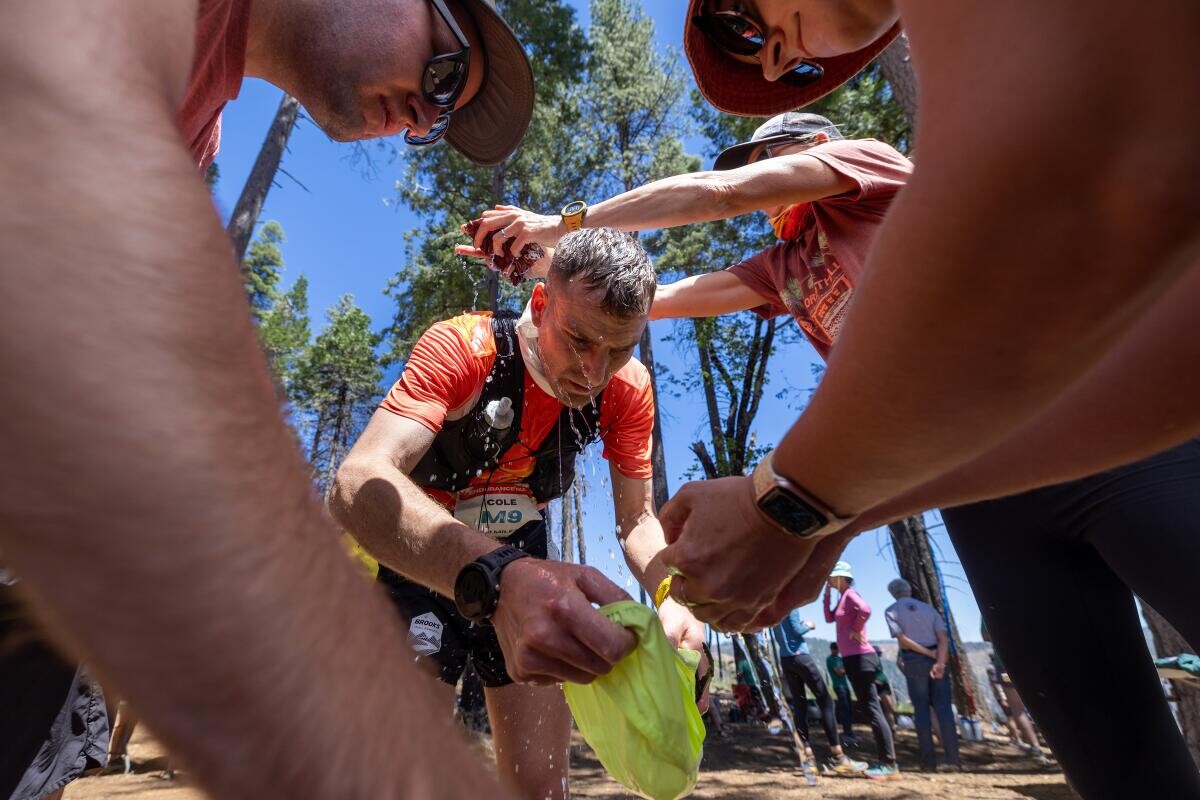
Who’s Racing?
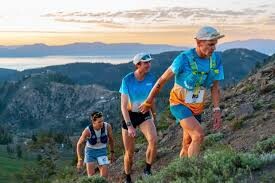
This year’s field is packed with elite talent, resilient veterans, and powerful storylines.
Top Men’s Contenders:
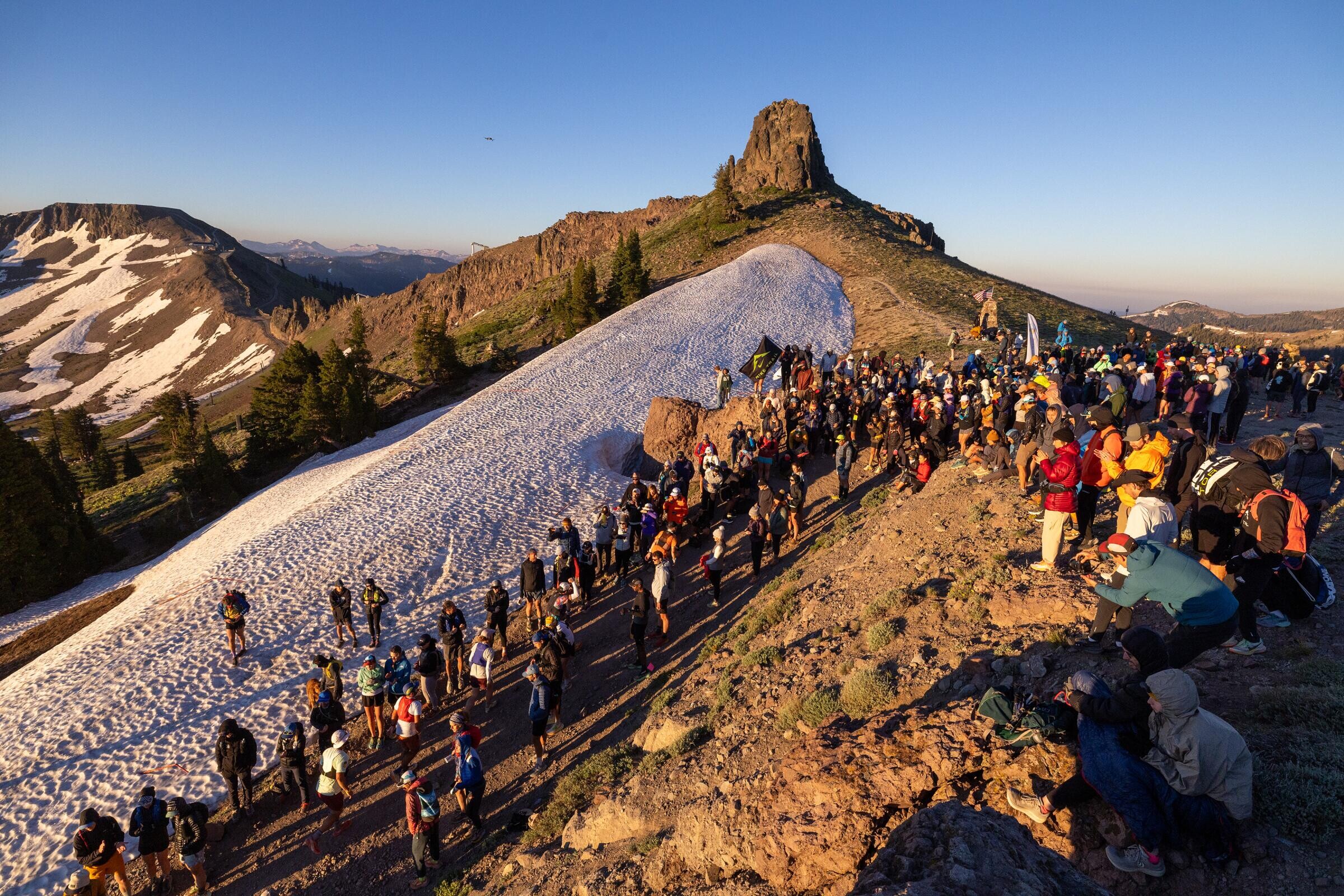
• Rod Farvard (USA) – One of the fastest Golden Ticket winners this season.
• Dan Jones (New Zealand) – Former Olympic Trials marathoner.
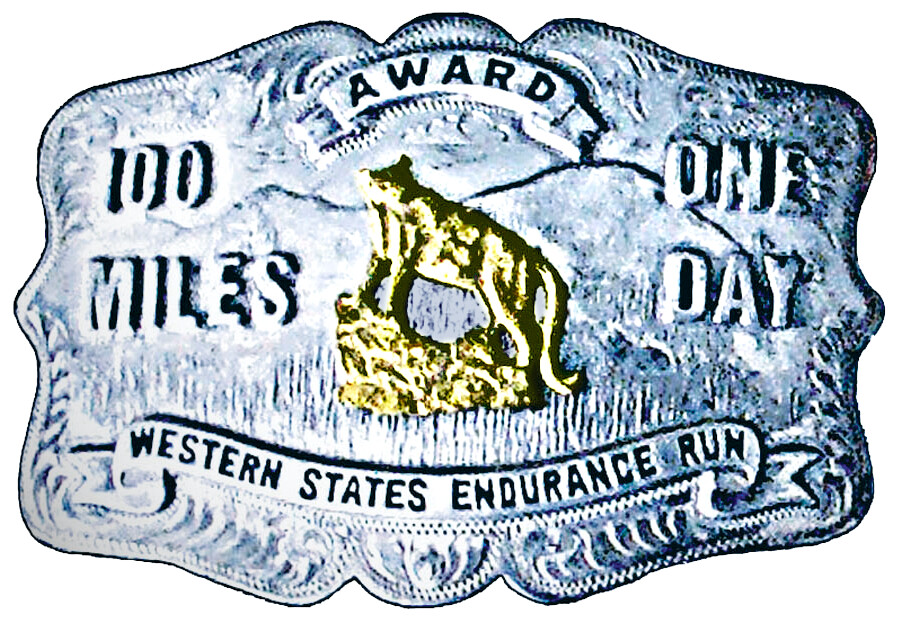
• Caleb Olson (USA) – Rising talent on the ultra scene.
• Chris Myers (USA) – Strong performances across the trail circuit.
• Jia-Sheng Shen (China) – Brings international prestige to the field.
Leading Women:
• Emily Hawgood (Zimbabwe) – Regular top-10 finisher with unfinished business.
• Eszter Csillag (Hungary) – One of Europe’s most consistent mountain runners.
• Heather Jackson (USA) – Former pro triathlete turned ultra star, back after a win at Unbound Gravel XL.
• Fu-Zhao Xiang (China) – Dominant at multiple global ultras.
• Ida Nilsson (Sweden) – Former European mountain running champion.
Notable Golden Ticket Winners:
• Riley Brady, Hannah Allgood, Rosanna Buchauer, Hậu Hà, Tara Dower, Abby Hall, Lin Chen, Caitlan Fielder, Nancy Jiang, Fiona Pascall, Johanna Antila
A Field That Crosses Generations
One of the most heartwarming developments this year is the record-setting six athletes aged 70 or older toeing the line.
Among them is Jim Howard, a two-time Western States champion (1981, 1983), who is making an inspiring return at age 70—running with two artificial knees. “I want to go out there one more time and be part of this incredible race,” Howard told Canadian Running.
Also returning is Jamil Coury, founder of Aravaipa Running, looking to build on his strong performance 15 years ago.
The Course
• Start: Olympic Valley (elevation: ~6,200 ft)
• Highest Point: Emigrant Pass (~8,750 ft)
• Finish: Auburn (elevation: ~1,200 ft)
• Snow is often a factor in the early miles, with extreme heat common in the canyons. Aid stations are spaced roughly every 4–8 miles, supported by over 1,500 volunteers.
Runners cross rivers, climb ridgelines, descend technical single-track, and are cheered into the stadium at Placer High—often in the dead of night.
Media and Spectator Access
• Live coverage, tracking, and video will be available on the Western States Endurance Run website.
• Key aid stations will allow crew and spectators, including Foresthill (mile 62) and Robie Point (mile 99).
A Race Like No Other
• One of the five races in the Grand Slam of Ultrarunning
• A UTMB World Series qualifier
• Historic, grassroots feel with world-class competition
Whether you’re cheering for a podium contender, an age-defying legend, or simply following the passion of runners determined to finish within 30 hours, this year’s Western States 100 is poised to deliver drama, beauty, and inspiration.
Let the countdown begin.
by Boris Baron
Login to leave a comment
Western States 100
The Western States ® 100-Mile Endurance Run is the world’s oldest and most prestigious 100-mile trail race. Starting in Squaw Valley, California near the site of the 1960 Winter Olympics and ending 100.2 miles later in Auburn, California, Western States, in the decades since its inception in 1974, has come to represent one of the ultimate endurance tests in the...
more...Why Dill Pickles and Pickle Juice Are a Secret Weapon for Runners
When ultrarunning star Camille Herron clinched victory at the Ice Age Trail 50 earlier this May, she credited an unlikely trio for her late-race revival: an ice pitcher, a cold beer—and pickle juice.
Around mile 40 of the 50-mile race, heat and humidity hit hard, forcing Herron to take a break. But with a sodium boost from pickle juice, she was back on her feet and flying to the win. “I needed more sodium, so I learned a new trick with the pickle juice. I got going again and felt much better,” she shared on social media.
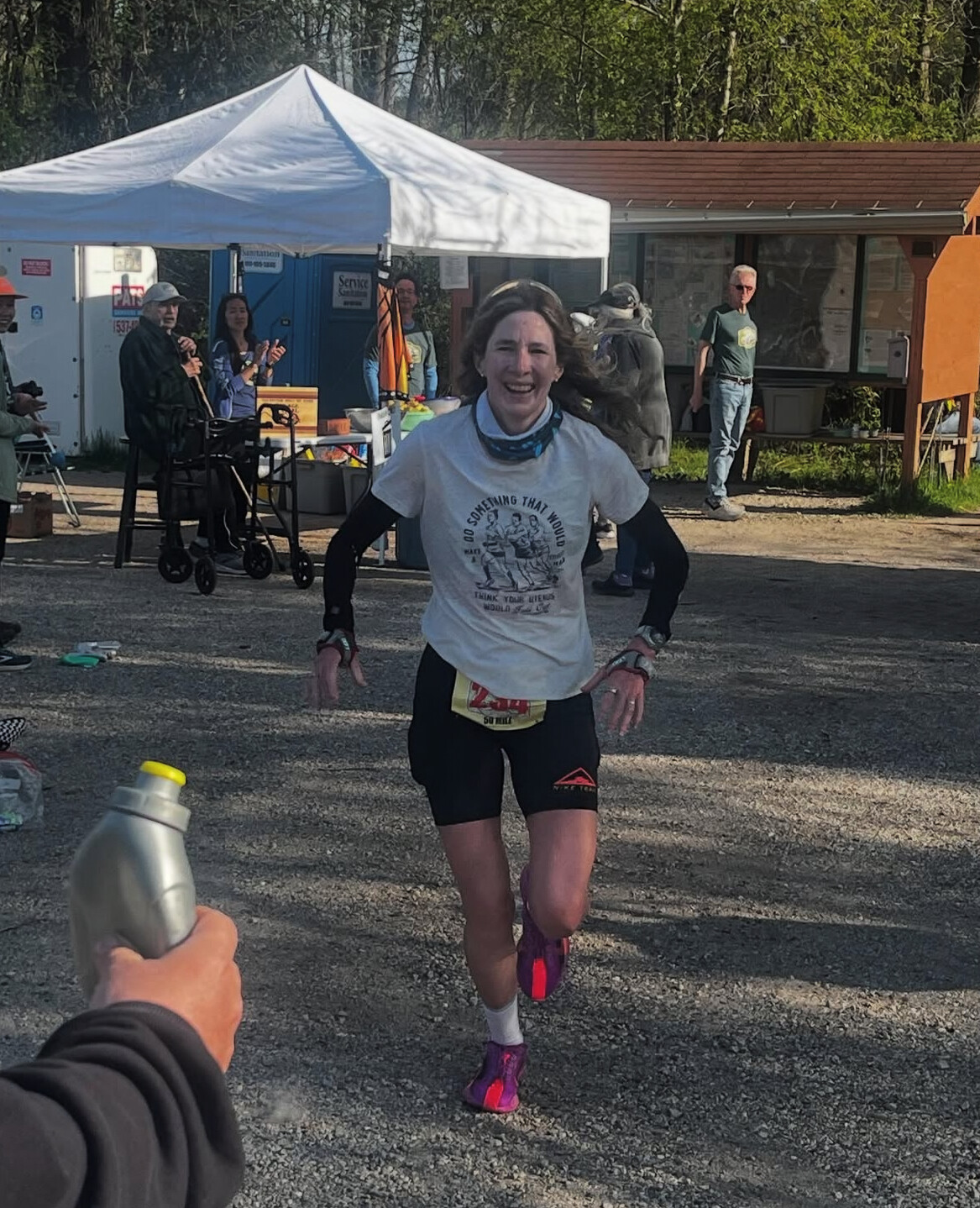
Herron isn’t alone. Many endurance runners are discovering the benefits of dill pickles and their salty brine. But why does it work?
What Makes Pickle Juice Effective?
1. Sodium Replenishment
When you sweat, your body loses vital electrolytes—especially sodium. Pickle juice is packed with it. One shot can contain up to 500–1000 mg of sodium, helping to restore electrolyte balance quickly.
2. Cramp Relief
Multiple studies suggest that pickle juice can stop cramps within minutes. The theory is that the acidic and salty solution triggers a reflex in the mouth and throat that interrupts cramping signals from the nervous system. It’s not just hydration—it’s neuromuscular magic.
3. Quick Absorption
Unlike sugary sports drinks, pickle juice doesn’t require digestion to be effective. It’s absorbed almost immediately, delivering rapid results during a race.
4. Gut-Friendly for Some
While not for everyone, many runners find that pickle juice is easier on their stomach than processed gels or sweet drinks during ultra events.
Why Dill Pickles?
It’s not just the juice—eating actual dill pickles provides a crunch of salt and hydration in solid form. The vinegar in dill pickles may also aid in reducing blood sugar spikes and promoting a steady energy level, especially in the latter stages of a long race.
Pickles in Daily Practice
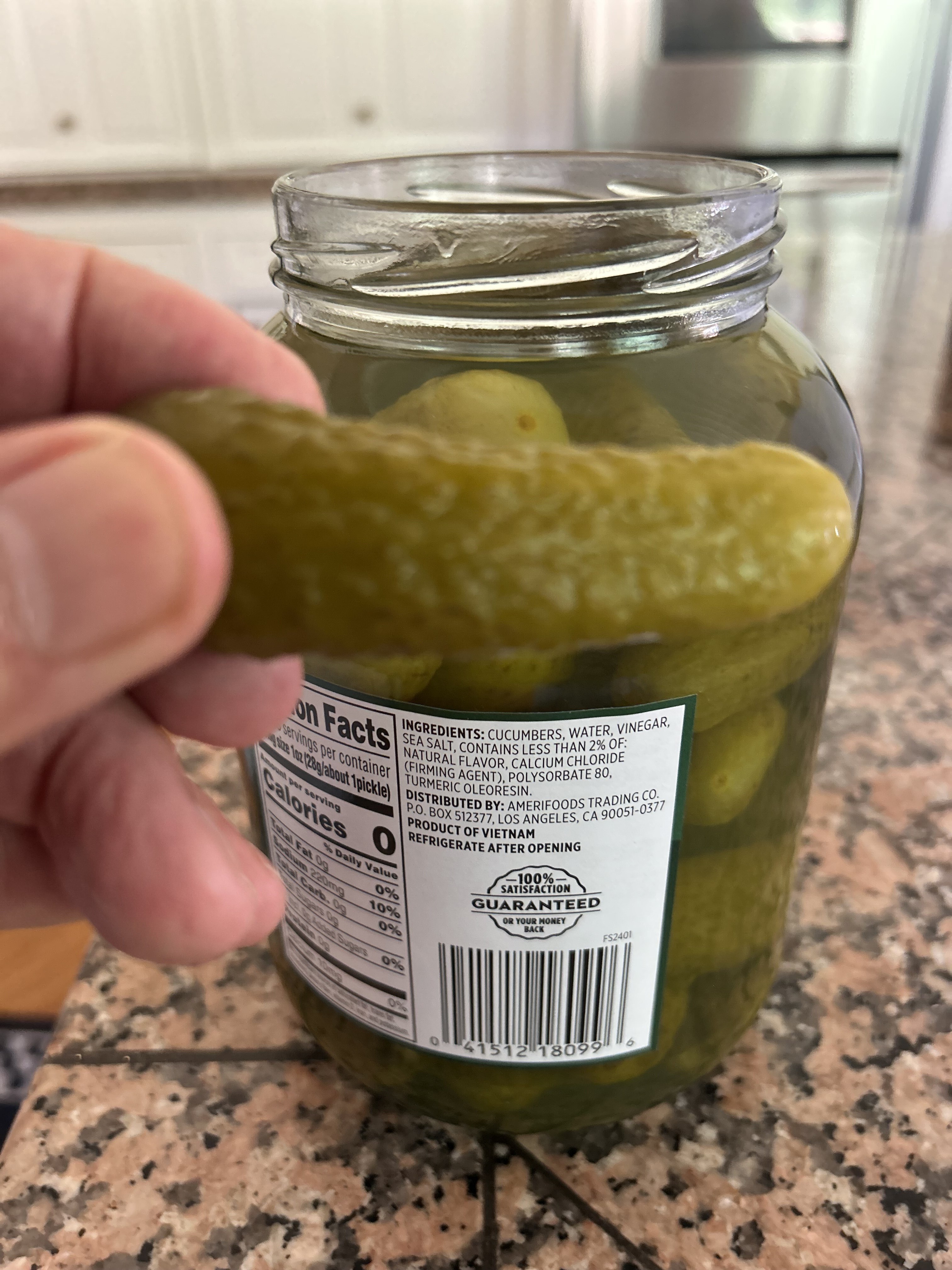
Lifetime runner Bob Anderson, founder of My Best Runs, discovered dill pickles and pickle juice several years ago—and never looked back. “I love the taste and it just seems to work in so many different ways,” says Anderson, who eats and drinks from a big jar almost every day.
Pickles have become a staple at aid stations in trail and ultra races. From pickle popsicles to pickleback shots (yes, even paired with beer), the humble cucumber in brine has earned its place in the runner’s toolkit.
As Camille Herron proved, even champions lean on the classics. Whether you’re training for your first ultra or just need a leg up during your next 10K, a little pickle power might be exactly what you need.
by Boris Baron
Login to leave a comment
I am a pickle and pickle juice nut. Really helps keep me running I think. - Bob Anderson 5/23 3:56 pm |
Angela Tortorice’s 1,000 Marathons and a Guinness Record — But Do the Numbers Add Up?
Angela Tortorice, a Dallas-based runner and full-time accountant, has received widespread praise on social media and in the running community for her astonishing endurance achievements. According to Guinness World Records, she holds the title for the most race marathons run in a single year by a woman: an incredible 129 marathons completed between September 1, 2012, and August 31, 2013. Nearly a decade later, she was celebrated again for completing her 1,000th marathon at the Irving Marathon in Texas on April 2, 2022, reportedly making her the first American woman to reach that milestone.
These accomplishments are inspiring — but they also raise serious questions.
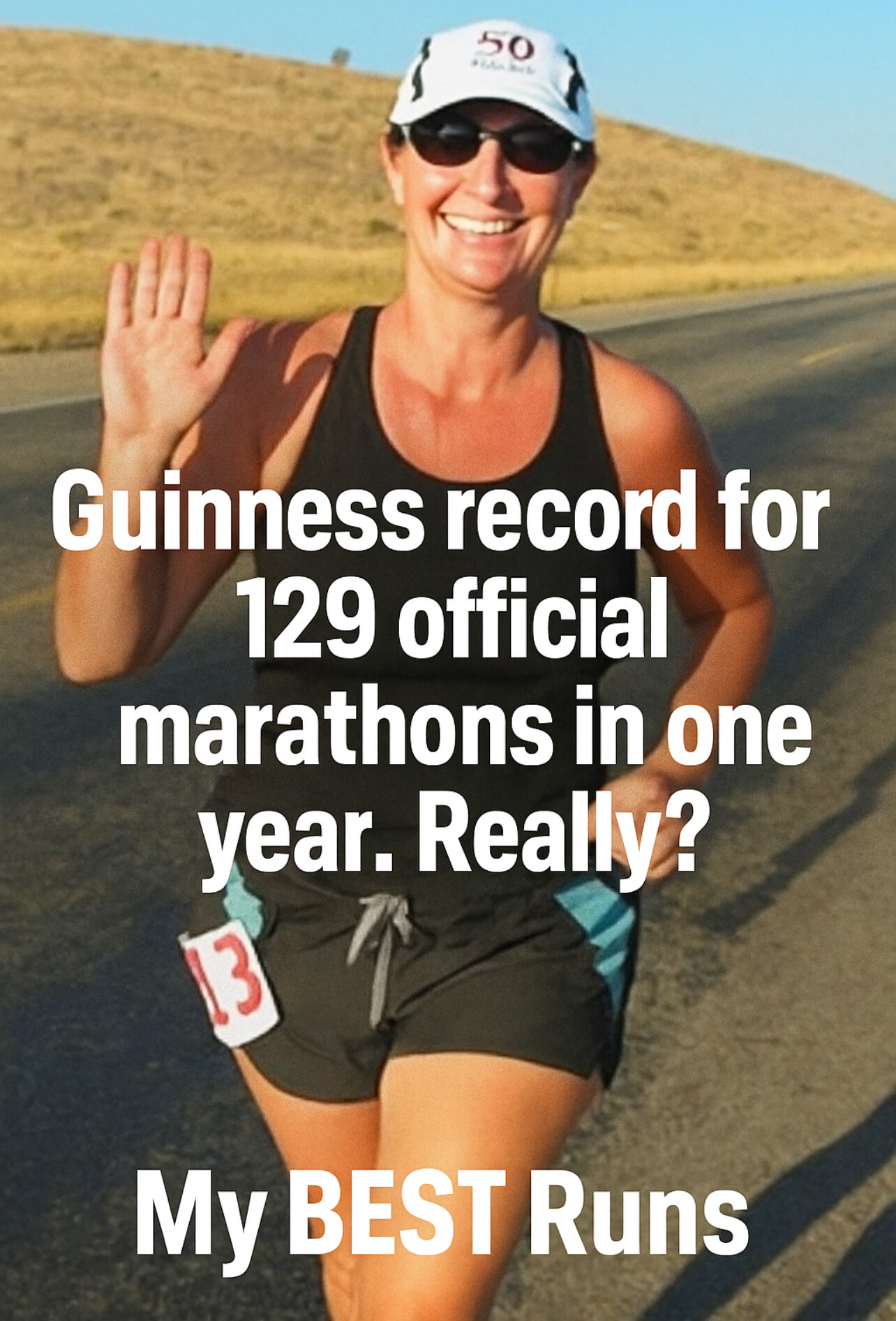
The Math Behind the Record
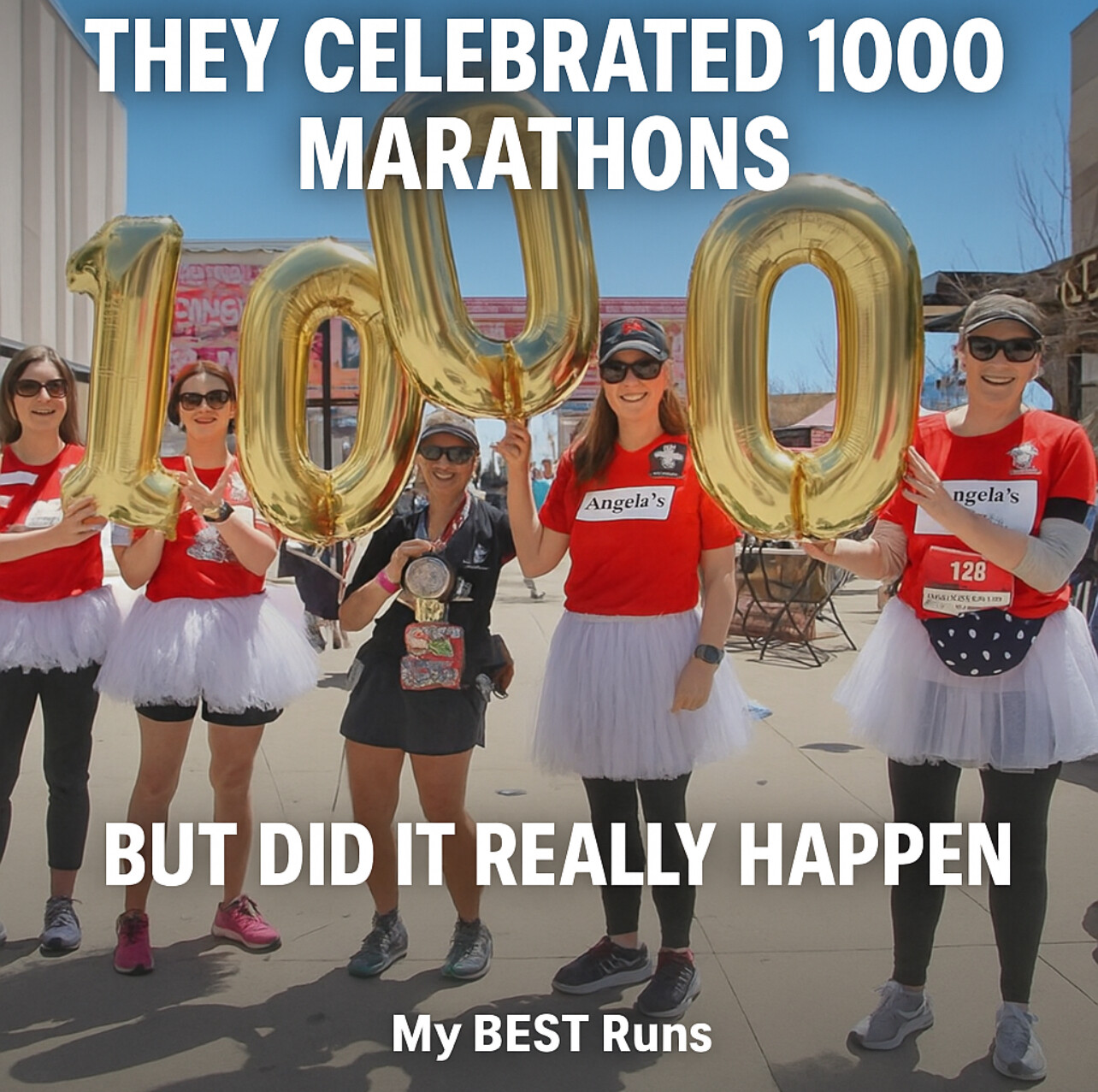
Completing 129 marathons in 365 days averages to one marathon every 2.8 days. Since most official marathons take place on Saturday or Sunday mornings, a runner could theoretically participate in two marathons per weekend — totaling 104 races per year if no weekends were lookmissed. To reach 129 official marathons, one would need to find an additional 25 races held on weekdays, which is highly unlikely, especially in the U.S. where weekday marathons are rare.
Moreover, Angela reportedly maintained a full-time accounting job throughout this year, making the travel, recovery, and logistics of such a schedule even more challenging.
So how was this record verified?
Guinness Confirmation Process
According to Guinness World Records, all record attempts must be supported with documentation, including:
• Official race results
• Event certifications
• Witness statements
• Media coverage
While Guinness confirmed Tortorice’s record, the details of how each marathon was documented and what criteria defined a “race marathon” have not been made public. Many in the running community are left to wonder: Were all 129 races USATF- or IAAF-certified events? Or did some involve multi-loop courses, self-organized races, or training runs that happened to reach 26.2 miles?
If the latter, should they count toward an “official” marathon record?
The 1,000 Marathon Milestone
Tortorice ran her first marathon in November 1997 at the San Antonio Marathon. Reaching 1,000 marathons by April 2022 spans approximately 24.4 years. To accomplish this, she would have had to average more than 41 marathons per year for nearly two and a half decades — while working full time and recovering from each race.
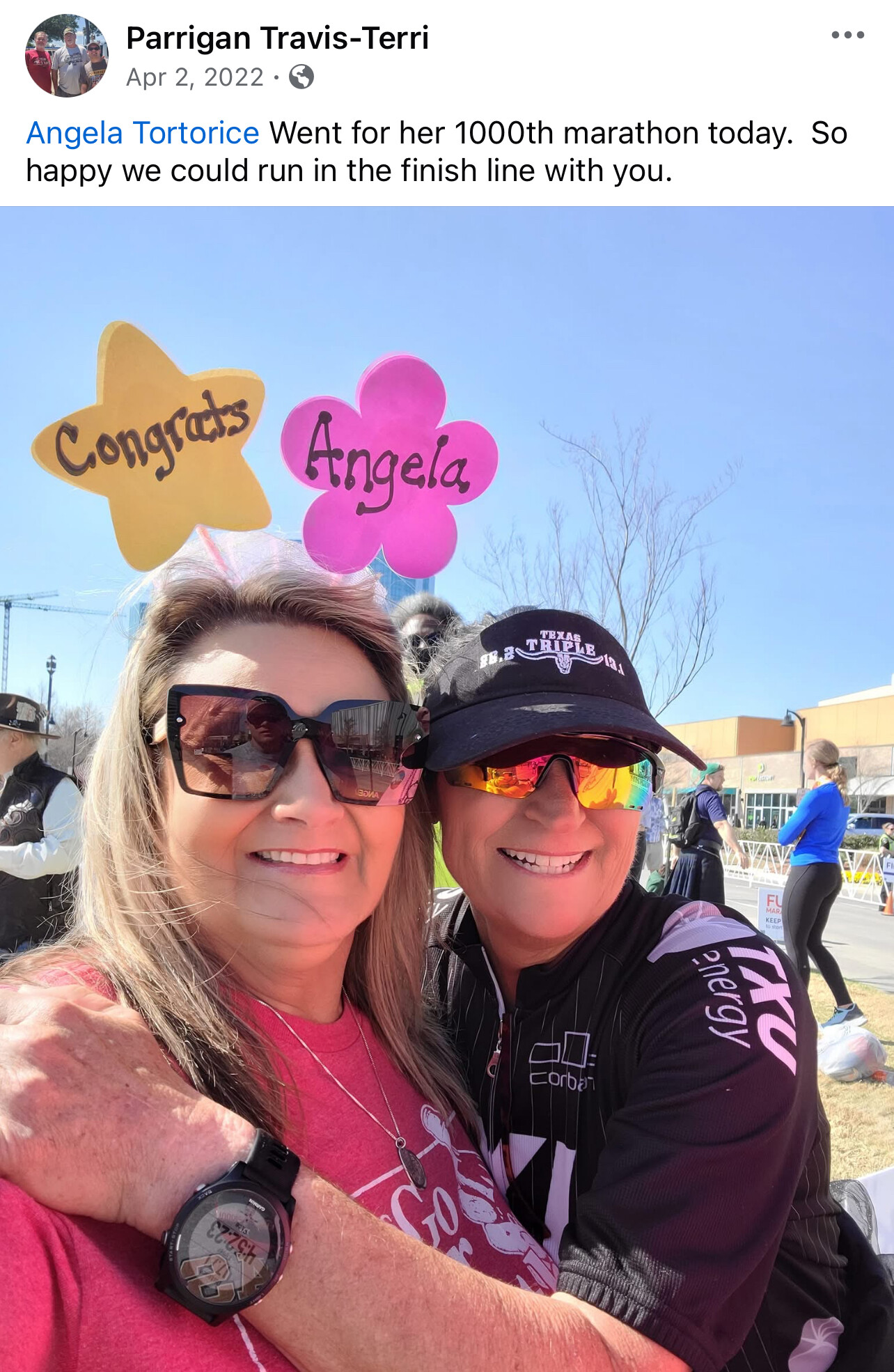
Even with her 129-marathon year included, the pace remains difficult to reconcile with the typical calendar of official events. A search on marathonview.net, a site that tracks certified marathon results, lists only 313 races under her name — far short of 1,000. That gap again raises concerns about how these totals are being calculated and what types of events are being counted.
Ultrarunning Records Raise More Questions
Further complicating the narrative is data from UltraRunning Magazine, which tracks ultramarathon performances across the U.S. According to their published records, Tortorice competed in:
• 6 ultramarathons in 2012, totaling 182 miles
• 5 ultramarathons in 2013, totaling 152 miles
These included timed events like Run Like the Wind (26.7 miles in 6 hours) and longer efforts such as the Sunmart Texas Trails 50K and the Nashville Ultra. Running multiple ultramarathons during the same period she allegedly completed 129 marathons suggests an even greater load on the body — further straining plausibility.
To perform at this level, she would have needed to recover within 24–48 hours, every single week, for a full year, without serious injury. That level of resilience is virtually unheard of in the sport.
A Matter of Integrity
This story began as a celebration of one woman’s determination and consistency. Angela Tortorice clearly has passion and commitment to the sport, and there’s no question she’s run more marathons than most runners will ever attempt.
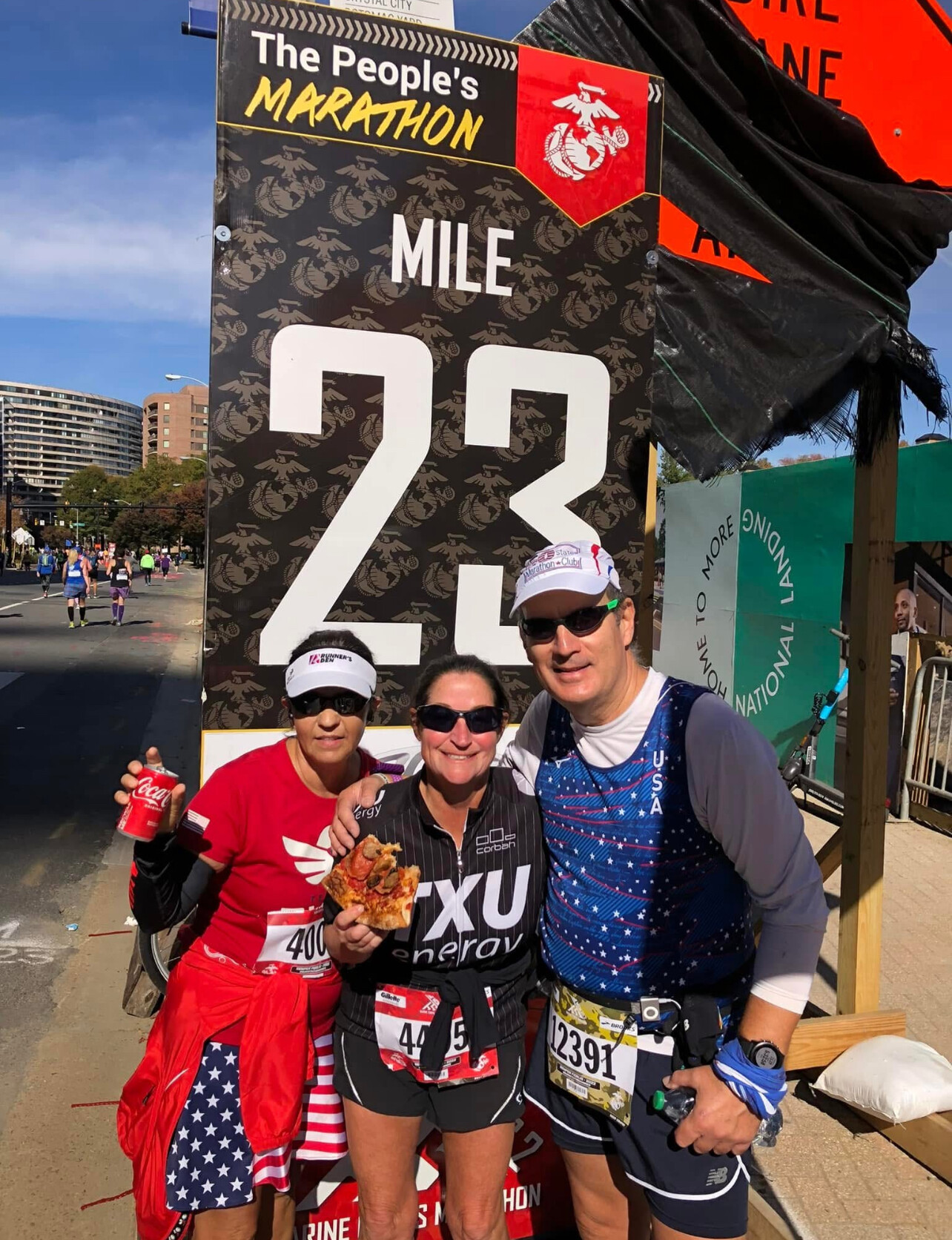
But when numbers like “129 official marathons in one year” or “1,000 official marathons in a career” are published and shared without full transparency, it matters. The integrity of marathon records — and the accomplishments of every runner who pushes through 26.2 miles — depends on clear, consistent standards.
If some of these marathons were self-supported runs or informal events, they are still worthy efforts — but should be categorized appropriately.
800 Marathons by 2019 — Then 200 More in 30 Months?
Another milestone adds complexity to the story. On October 5, 2019, Angela Tortorice celebrated her 800th marathon, as shown in a Facebook post and commemorative photo holding a cake at the finish line. That celebration is just 2 years and 6 months before her 1,000th marathon, reportedly completed at the Irving Marathon on April 2, 2022.
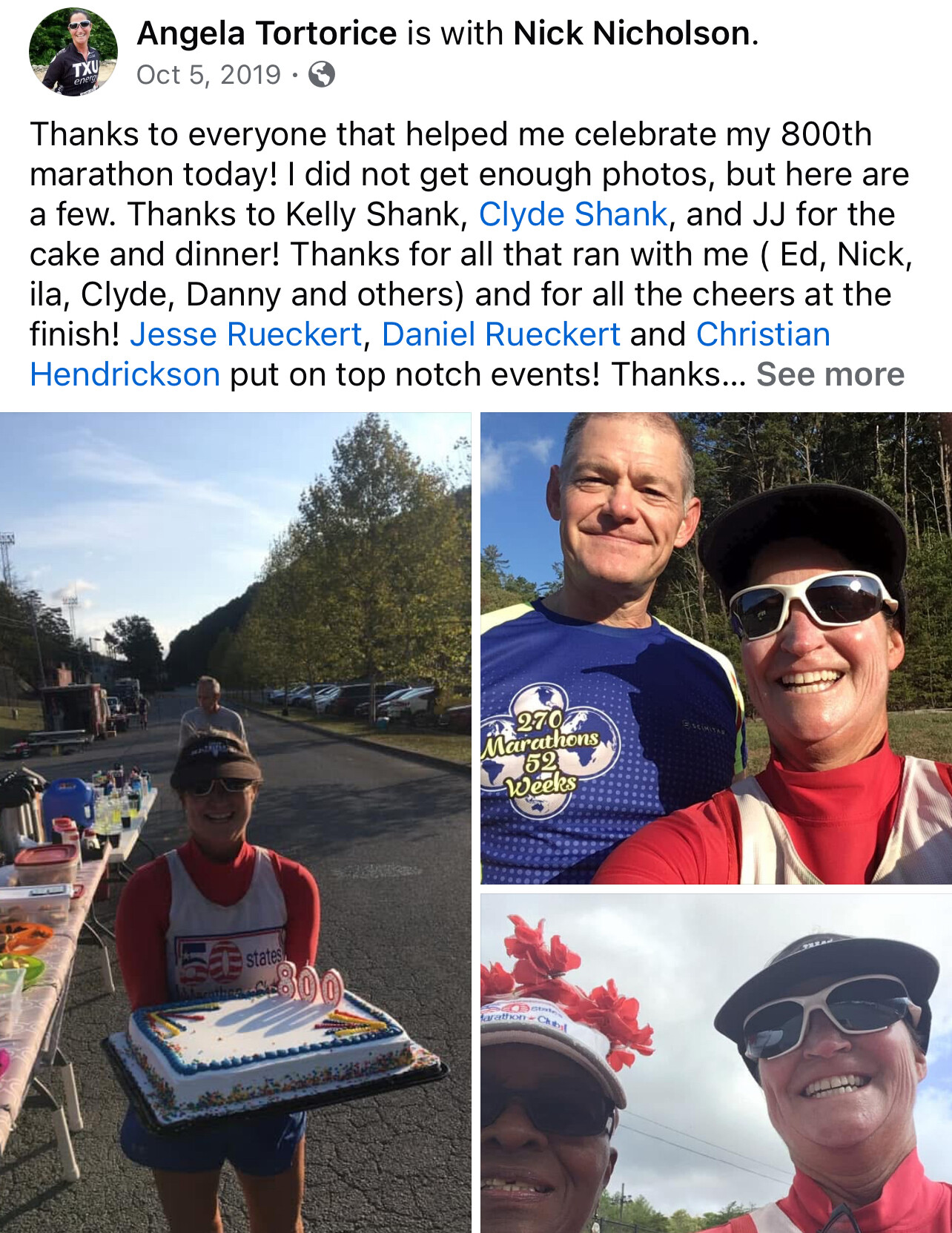
That means she would have completed 200 marathons in just 30 months, averaging over 6.5 marathons per month, or about 1.5 per week, every single week — during the height of the pandemic era when many events were canceled or limited.
Even more striking, race result records from this period show that she was also participating in ultramarathons, including at least one 24-hour race, according to UltraRunning Magazine. These events demand far more recovery than standard marathons. Yet her pace of marathons never seems to slow down.
The Core Question Remains
Angela Tortorice has no doubt logged thousands of miles and displayed a deep love for running. But the record of 129 marathons in a single year, verified by Guinness, was widely interpreted as representing 129 official, certified marathons — the kind that appear in race databases, are publicly timed, and meet governing body standards.
The mounting evidence — including her ultrarunning participation, the 800-to-1000 marathon timeline, and her full-time employment — raises a fundamental question: Were all of these “marathons” part of certified, organized events, or were many informal, self-organized, or private runs?
For a record with such significance, the running world deserves clarity. Not to diminish the accomplishment — but to ensure accuracy and integrity in what we celebrate.
Angela Tortorice has no doubt achieved extraordinary things. But the marathon world deserves clarity: What exactly counts as a marathon in these records? If the claim is that all 1,000 were “official race marathons,” then we must ask — where’s the list?
Until those questions are answered, the celebration must also come with scrutiny. The running community deserves both inspiration and truth.
by Bob Anderson and Boris Baron
Login to leave a comment
Arizona’s Monster — Why the Cocodona 250 Is One of the Toughest Races on Earth
The Cocodona 250 isn’t just a race—it’s an odyssey through Arizona’s most rugged and awe-inspiring landscapes. Spanning 256.5 miles from Black Canyon City to Flagstaff, this ultramarathon demands everything a runner has—physically, mentally, and emotionally.
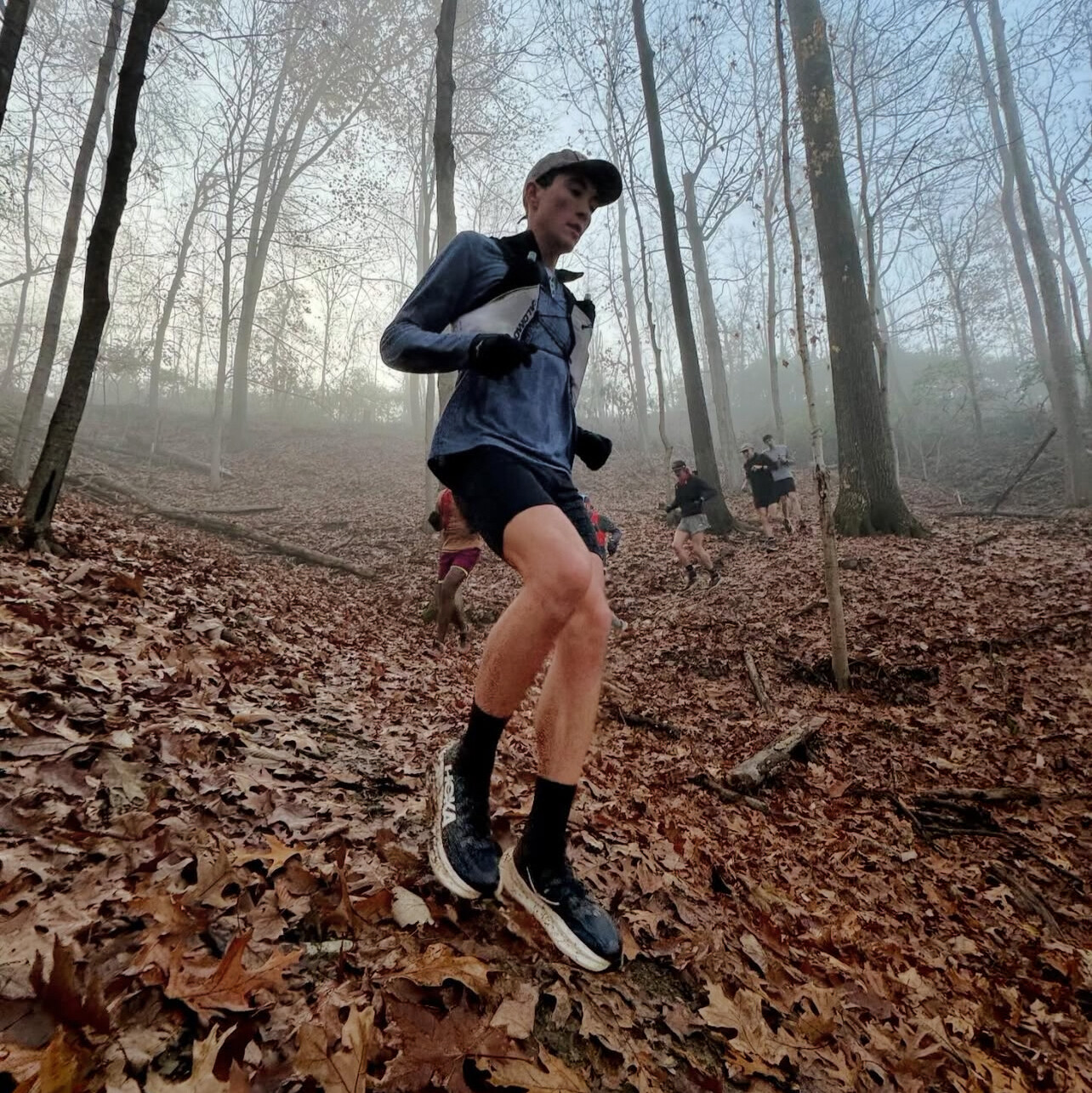
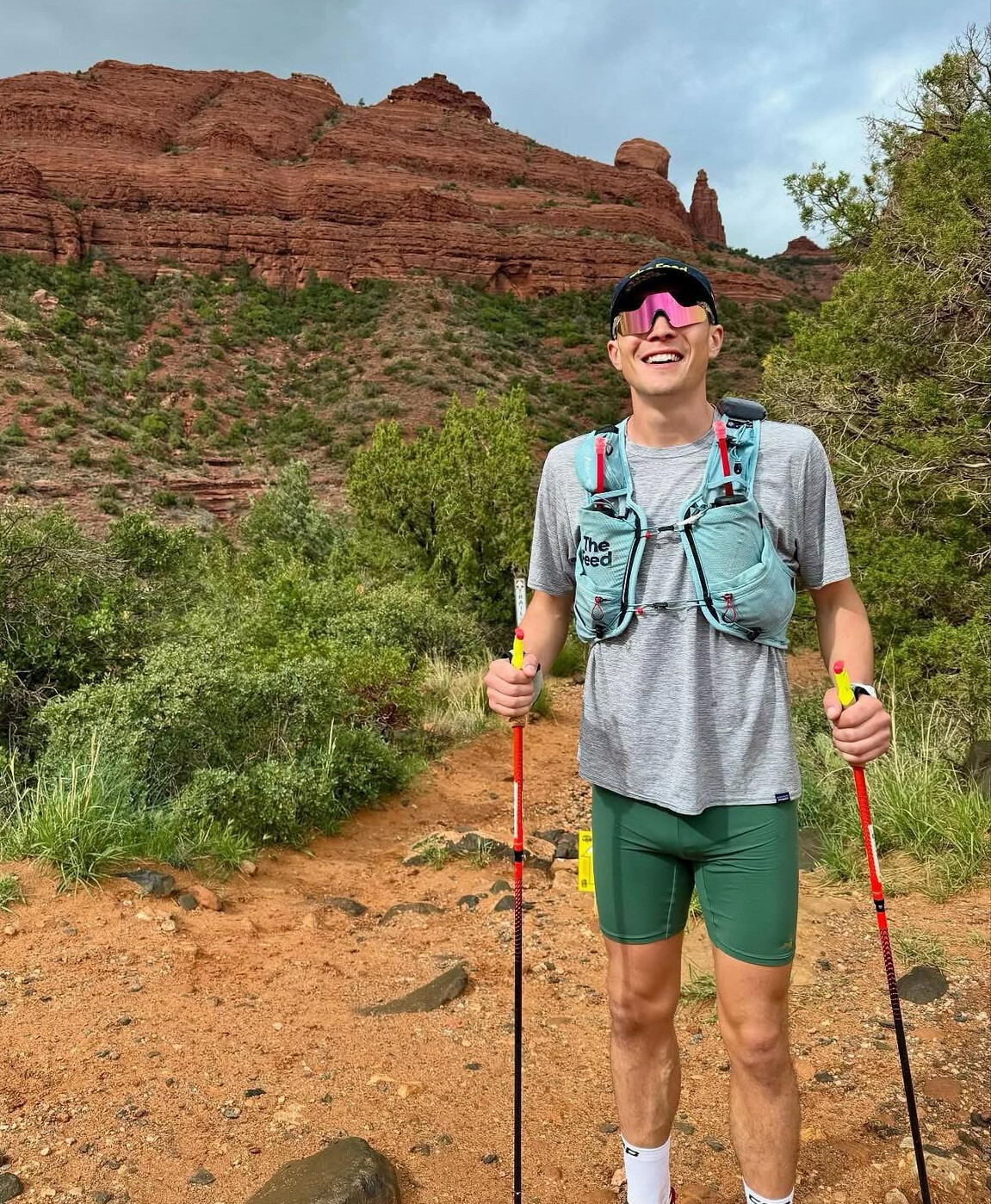
With over 40,000 feet of elevation gain, participants climb mountain passes, descend desert valleys, and navigate technical trails through towns rich in mining and frontier history—Crown King, Prescott, Jerome, Clarkdale, and Sedona—before reaching the final climb to Mount Elden and the finish in Flagstaff.
The terrain breakdown reflects the challenge:
• 45% single-track trails
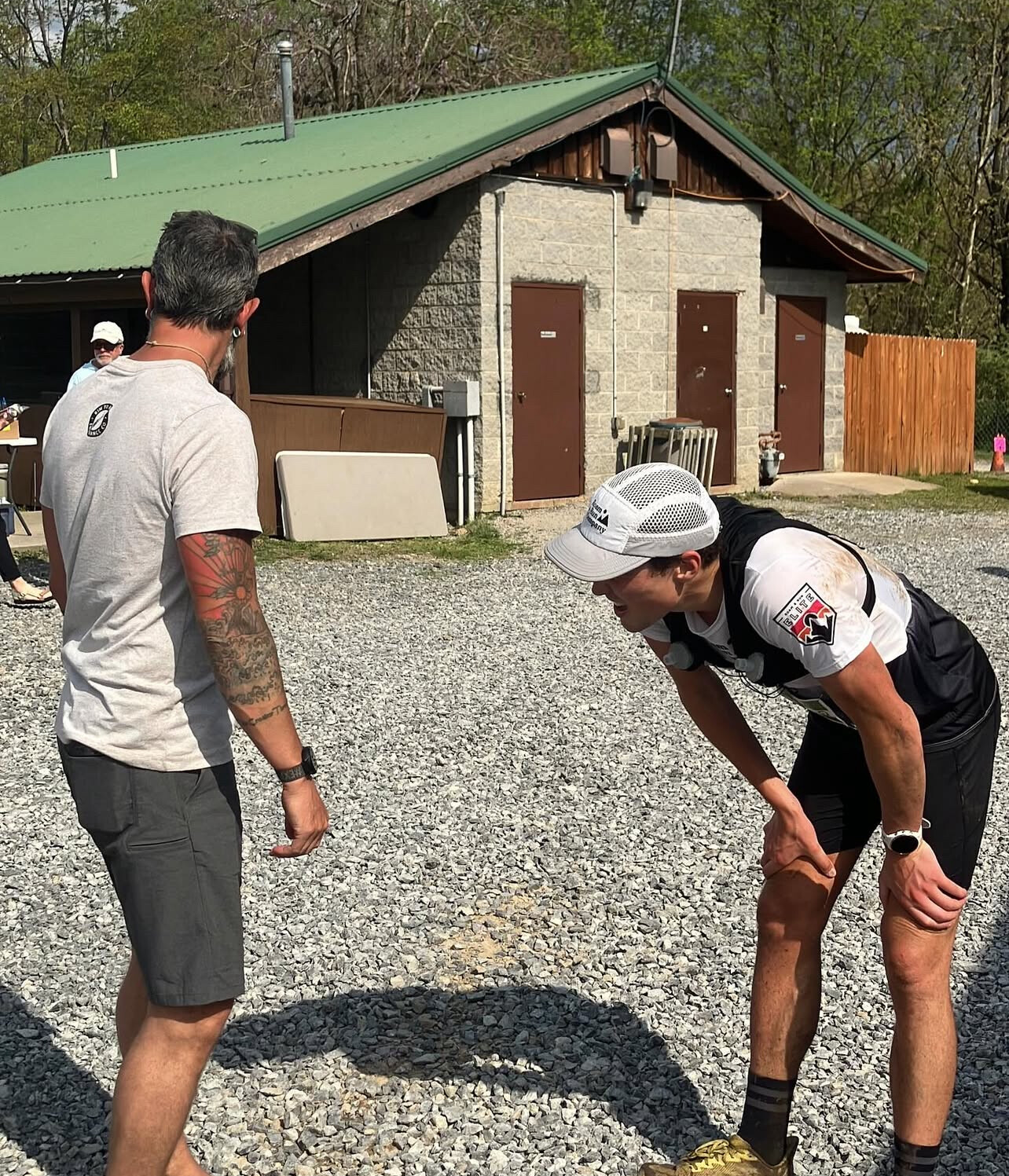
• 46% jeep and double-track roads
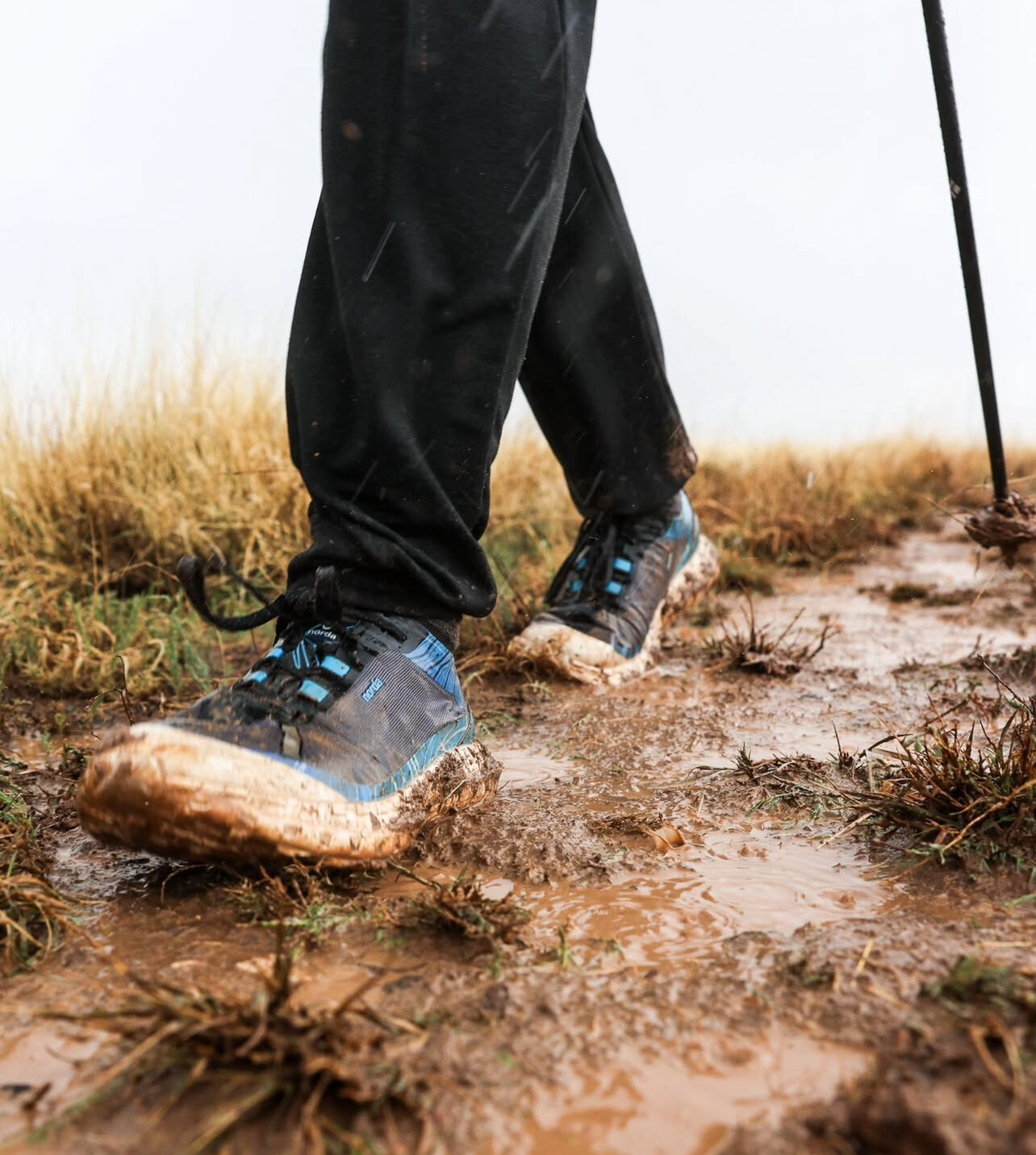
• 9% pavement
Runners face a 125-hour cutoff to complete the course, pushing through heat, altitude shifts, and sleep deprivation. With elevations ranging from 1,996 feet to over 9,200 feet, it’s a test of true ultrarunning grit.
For those who dare to take it on, Cocodona is more than a race—it’s a journey across time, terrain, and personal limits.
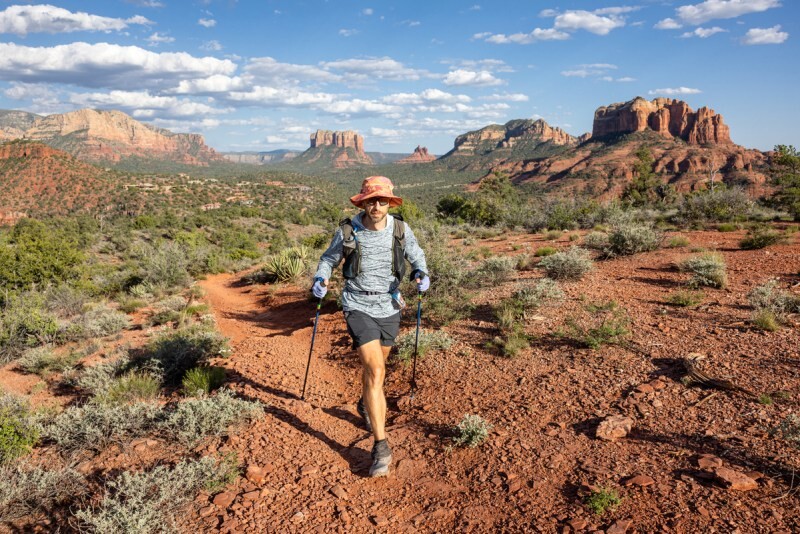
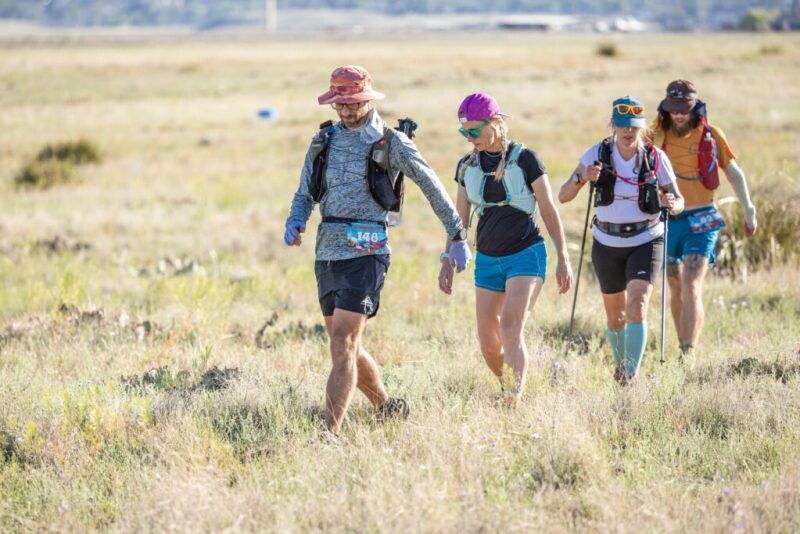
by Pros Baron
Login to leave a comment
Dan Green Wins Cocodona 250 in Record Time Averaging 13:45 per mile
Dan Green, a seasoned endurance athlete from Huntington West Virginia, took on the grueling Cocodona 250ultramarathon across Arizona this week—and not only finished the race, he won it in spectacular fashion.
Green completed the 256.5-mile course in 58 hours, 47 minutes, and 18 seconds, setting a new course record and surpassing the previous best by over an hour. That’s an average pace of 13 minutes and 45 seconds per mile—an incredible feat considering the race includes nearly 40,000 feet of elevation gain.
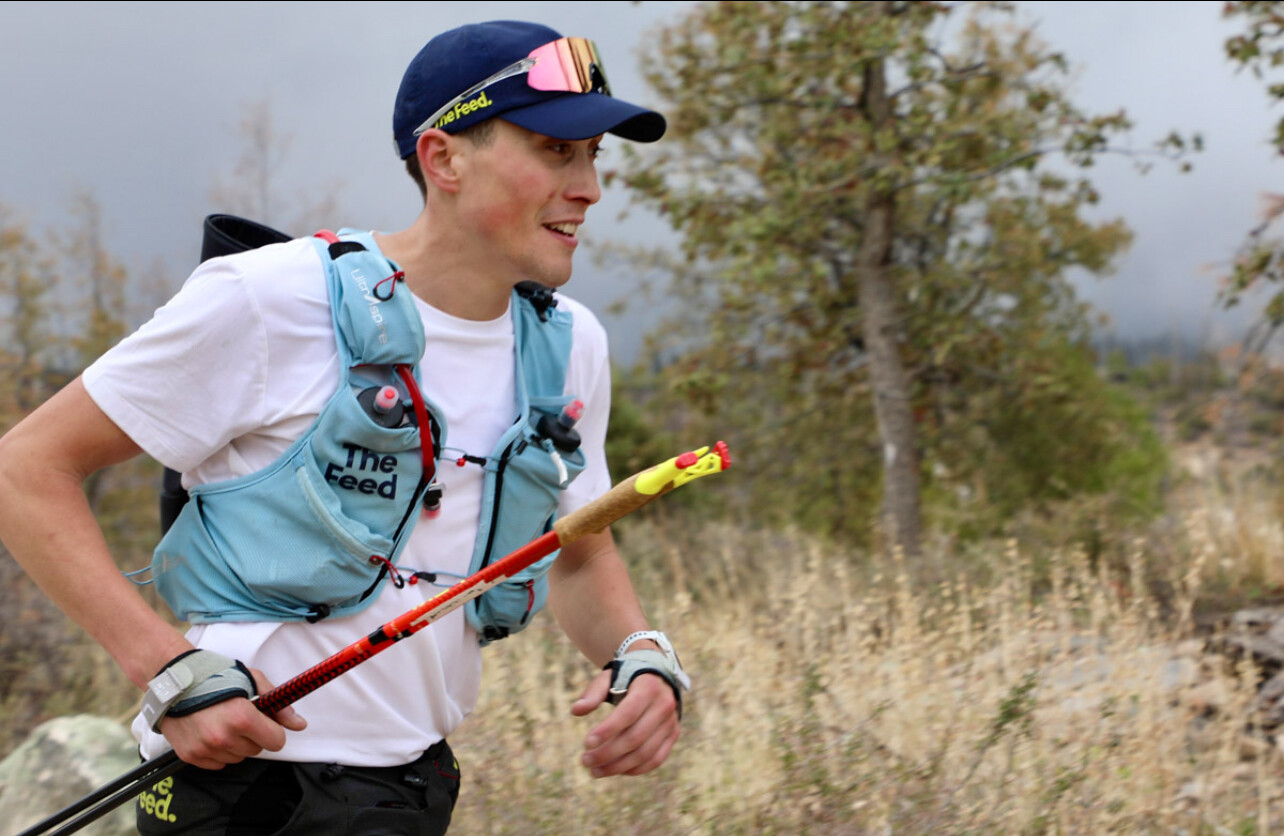
The Cocodona 250 is one of the most challenging ultramarathons in the world, stretching from Black Canyon City to Flagstaff, with runners navigating desert heat, rugged mountain trails, and rocky ascents through towns like Prescott, Jerome, and Sedona. The course is roughly 45% single-track trail, 46% jeep and dirt road, and just 9% paved.
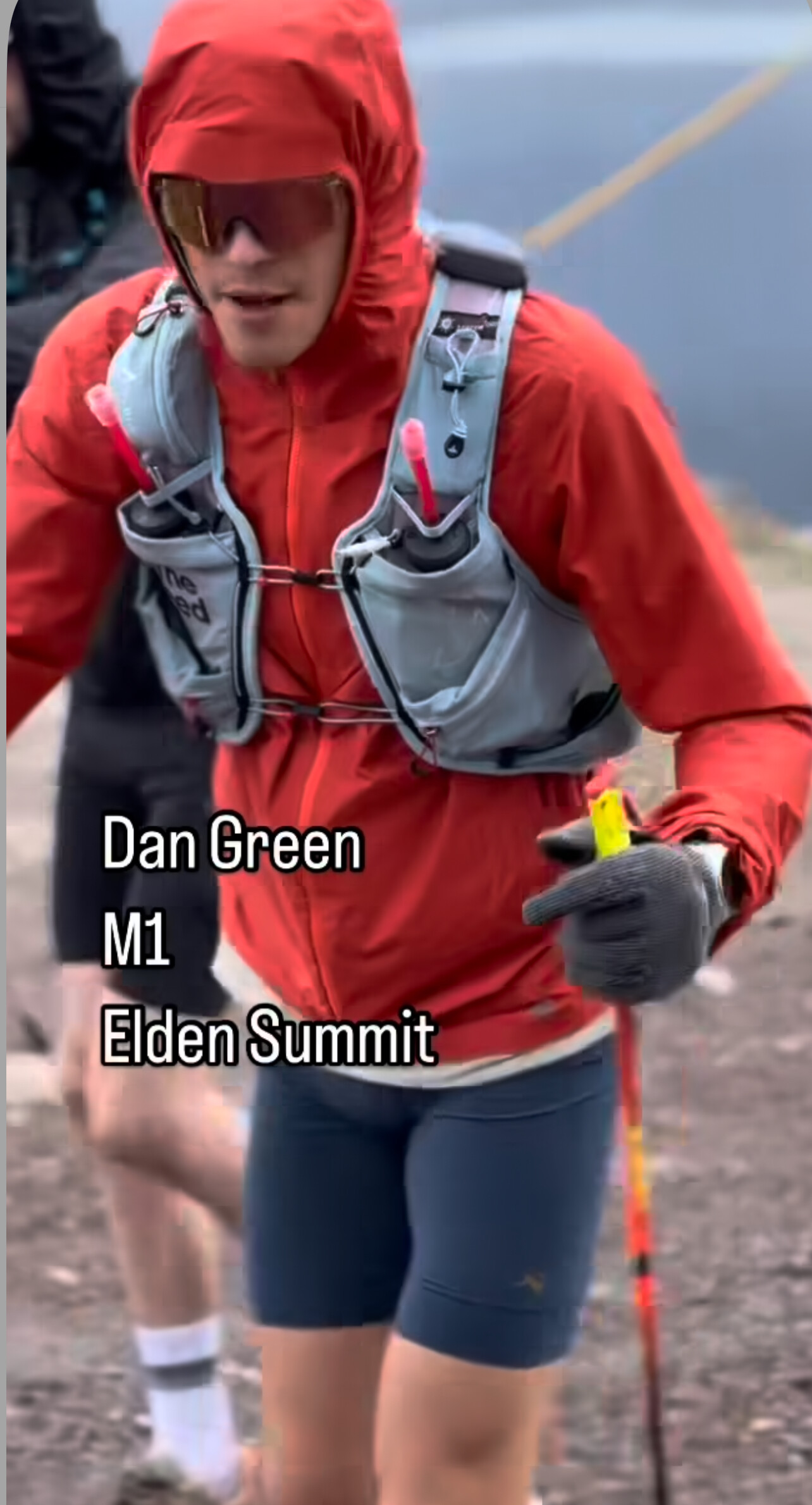
Top 5 Men’s Finishers
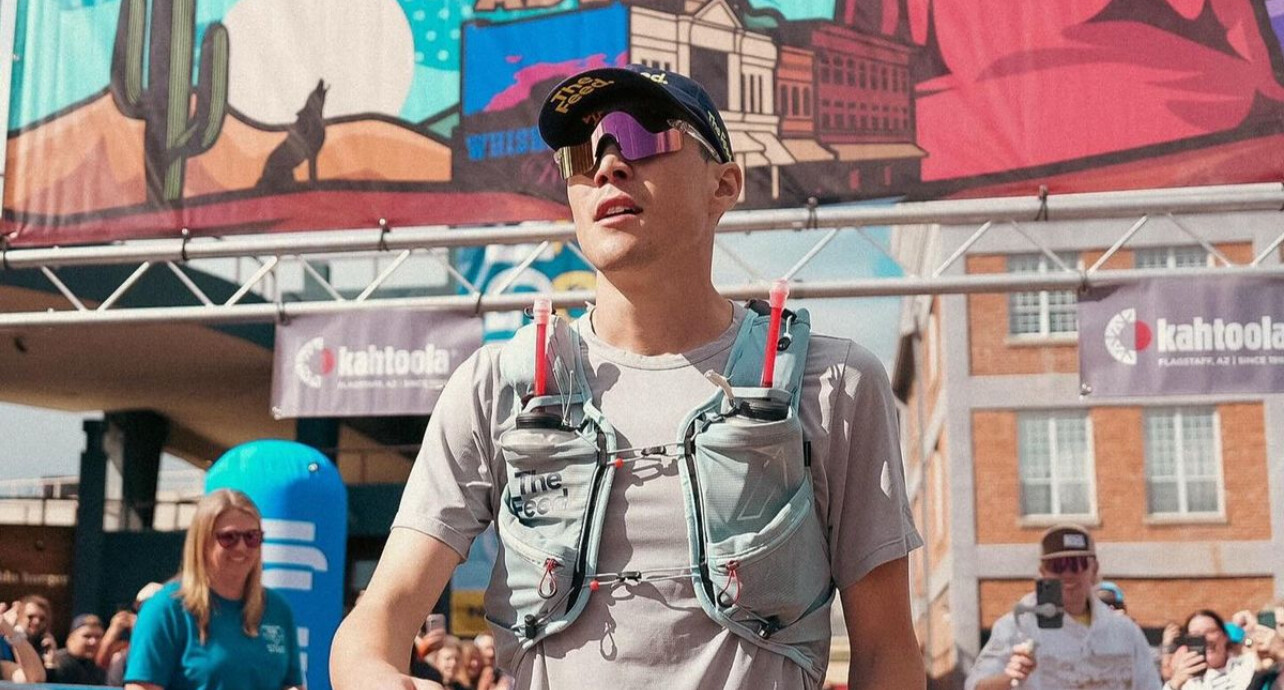
1. Dan Green (USA) – 58:47:18 (13:45/mi)
2. Ryan Sandes (South Africa) – 61:21:04
3. Edher Ramirez (Mexico) – 63:10:13
4. Harry Subertas – 65:28:53
5. Finn Melanson – 66:29:40
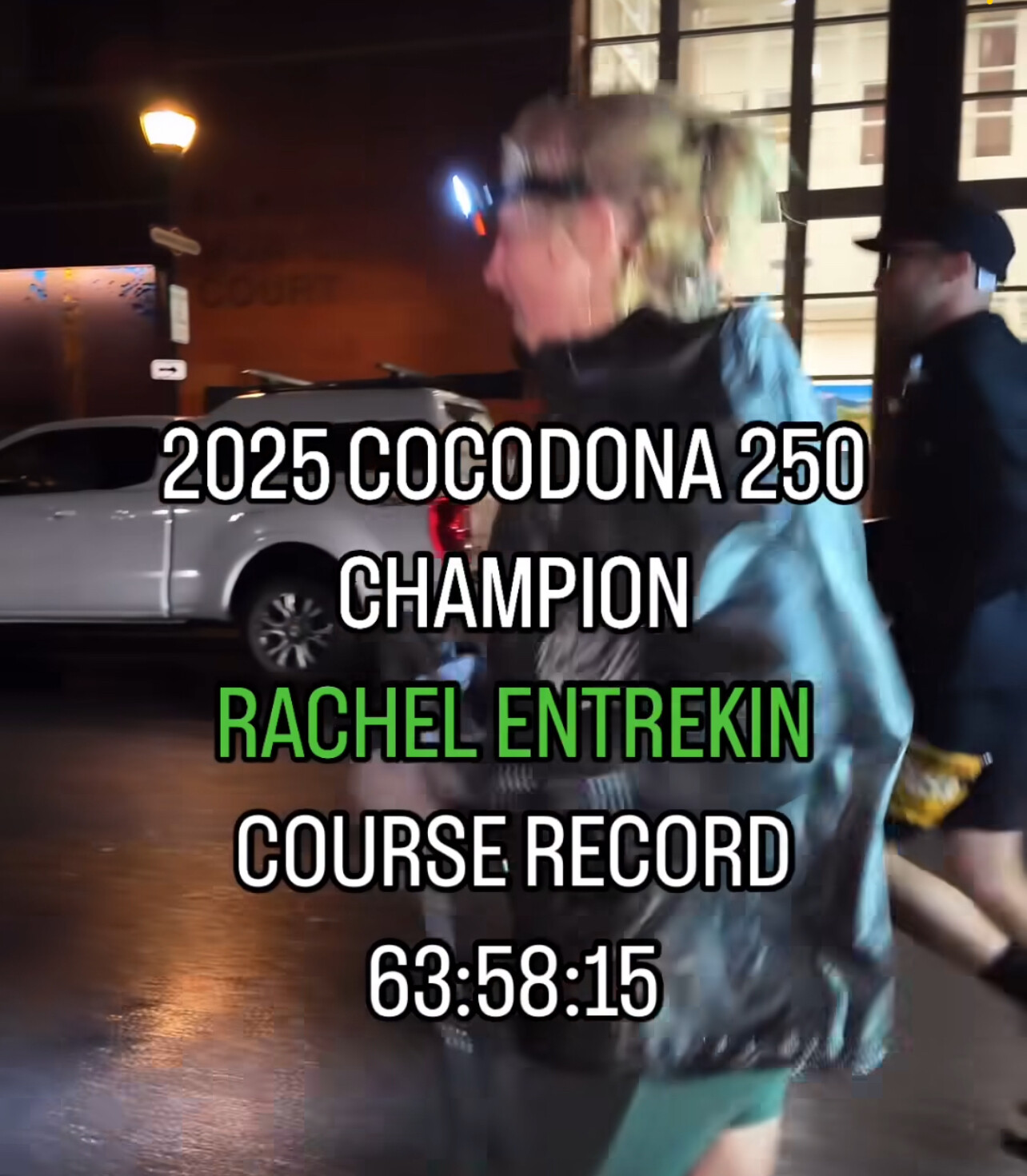
Women’s Champion
• Rachel Entrekin – 63:58:15
Set a new women’s course record by more than seven hours
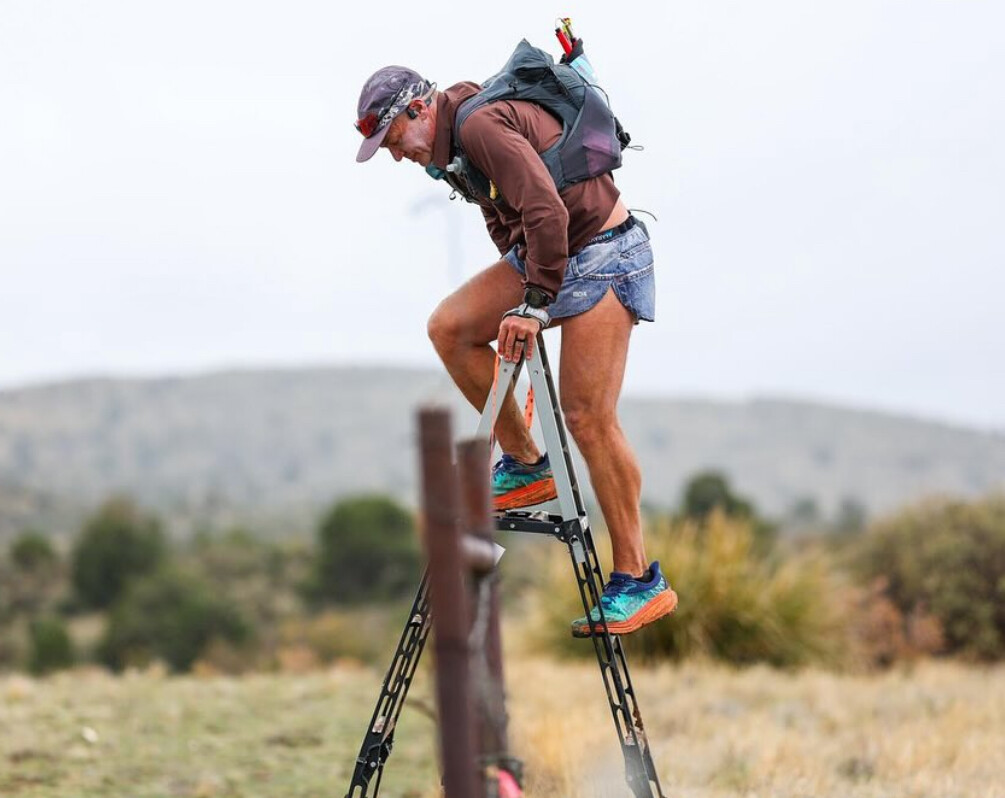
Green’s calm and steady demeanor helped him manage the distance. Speaking with a reporter mid-race via video call, he said:
“Some people take it too seriously. Like why? I mean, you can have fun, still do good, and you can brighten people’s day a little better too.”
This mix of positivity and performance is exactly what the ultrarunning world thrives on—and Dan delivered both in Flagstaff.
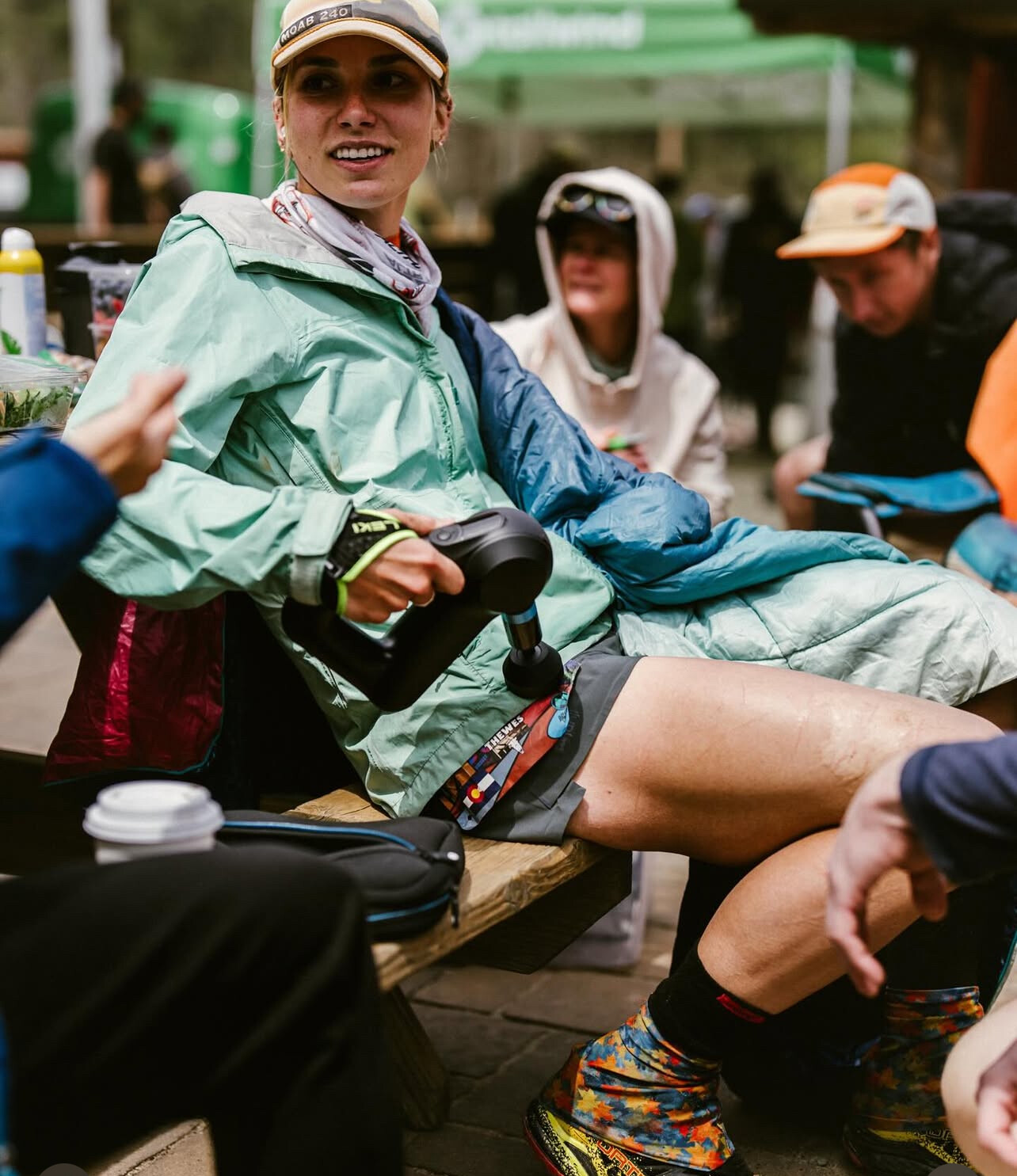
Cocodona 250 Quick Facts
• Distance: 256.5 miles
• Elevation Gain: ~40,000 ft
• Time Limit: 125 hours
• Cutting Through: Black Canyon, Crown King, Prescott, Jerome, Sedona, Flagstaff
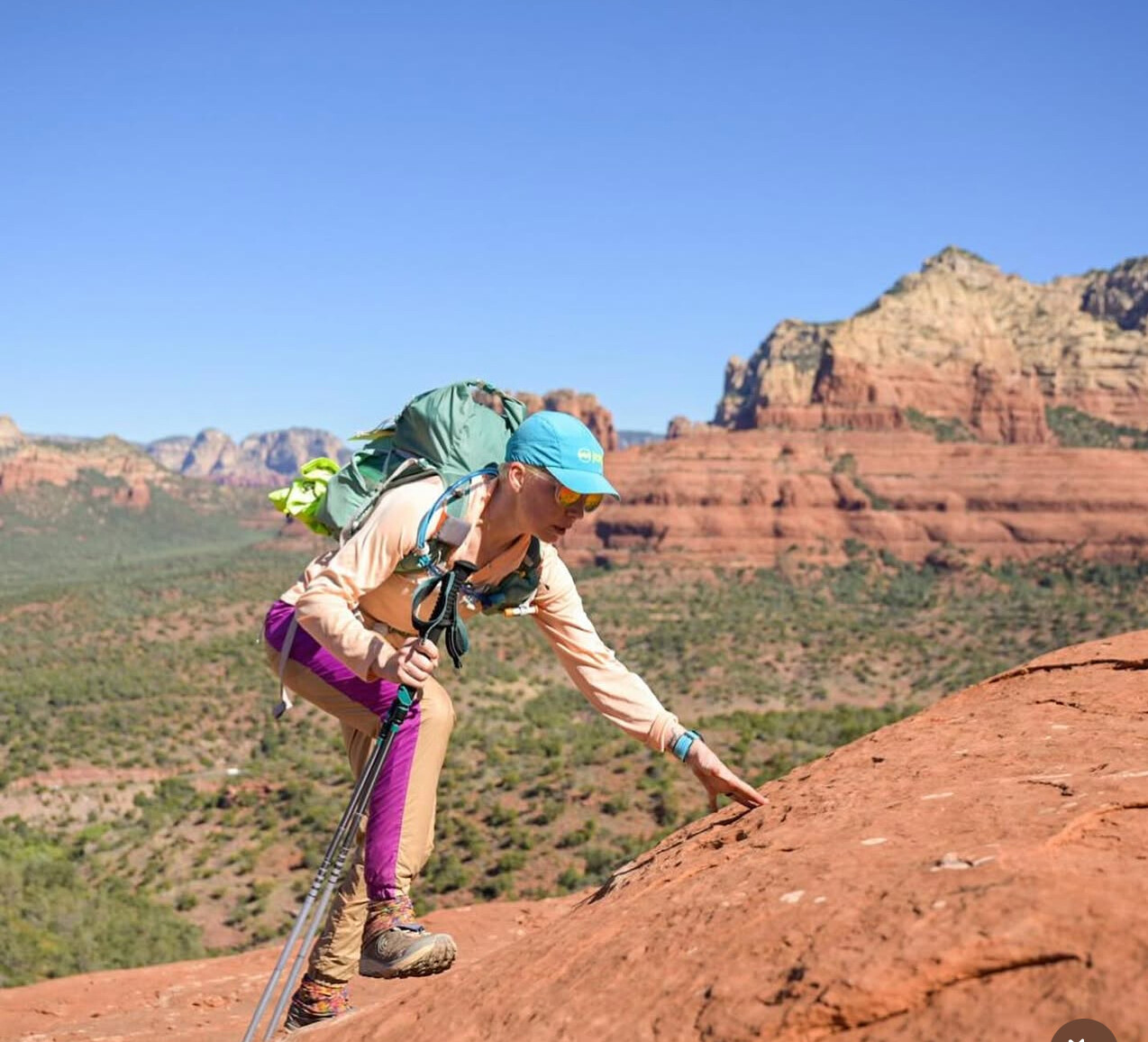
• Terrain Breakdown:
• 45% single-track trail
• 46% double-track/jeep road
• 9% pavement
"Congratulations to Dan Green—your new course record holder and a shining example of what grit, strategy, and a good attitude can achieve over 250+ miles," says MBR editor Bob Anderson
by Boris Baron
Login to leave a comment
Meg Eckert Smashes World Record running Over 600 Miles in Six Days
American ultrarunner Meg Eckert has just rewritten the record books. Covering a jaw-dropping 603.156 miles (970.685 kilometers) over six days, Eckert shattered the women’s six-day world record at the 24H World Challenge in Policoro, Italy, making headlines in the ultrarunning world.
The previous record of 576.6 miles (928.1 km) was held by Australia’s Dipali Cunningham, set in 2001. Eckert not only surpassed that mark—she obliterated it with consistent pacing, minimal rest, and an iron will that held up through blistering heat, exhaustion, and the mental toll of running for nearly a full week.
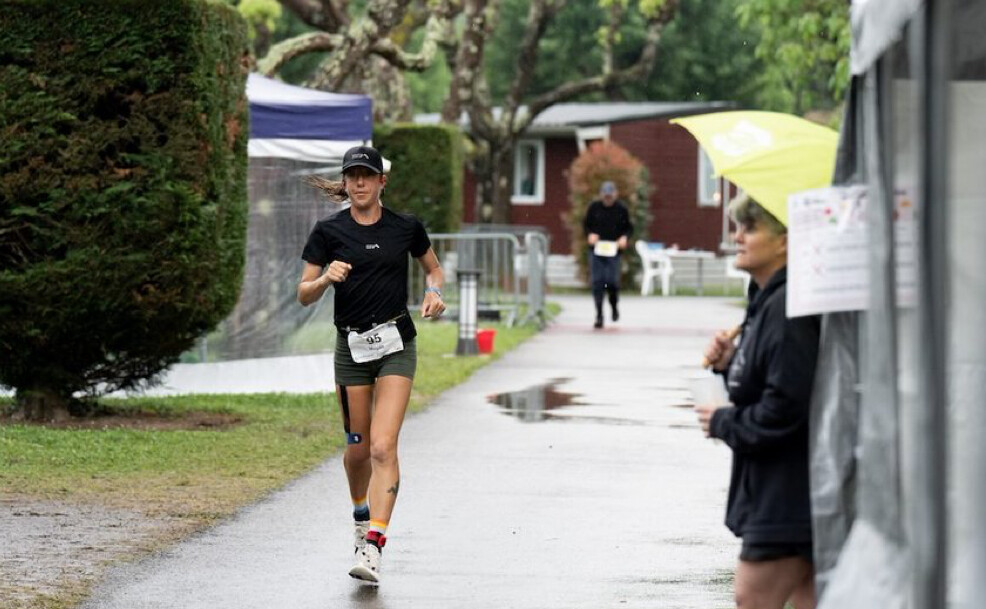
The six-day race is one of the ultimate endurance tests in ultrarunning, requiring not just physical toughness but strategic discipline. Athletes eat, rest, and sleep in short bursts, logging as many miles as possible around a looped course. Eckert averaged over 100 miles per day, an incredible feat. Many runners only average this in an entire month.
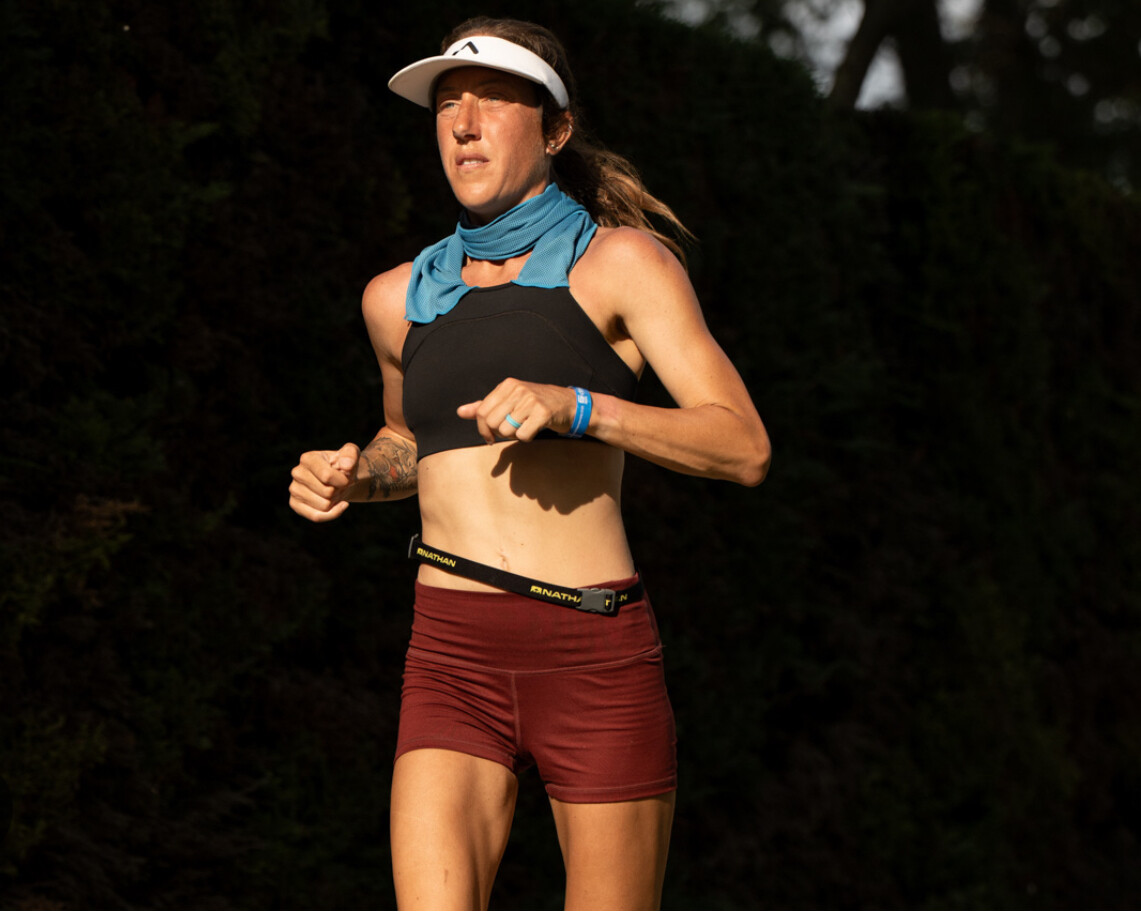
Eckert, 42, from the United States, has long been respected in the ultra community, but this performance launches her into an elite tier of historical significance. Her run wasn’t just about physical achievement—it was a showcase of mental strength and deep experience with multi-day racing.
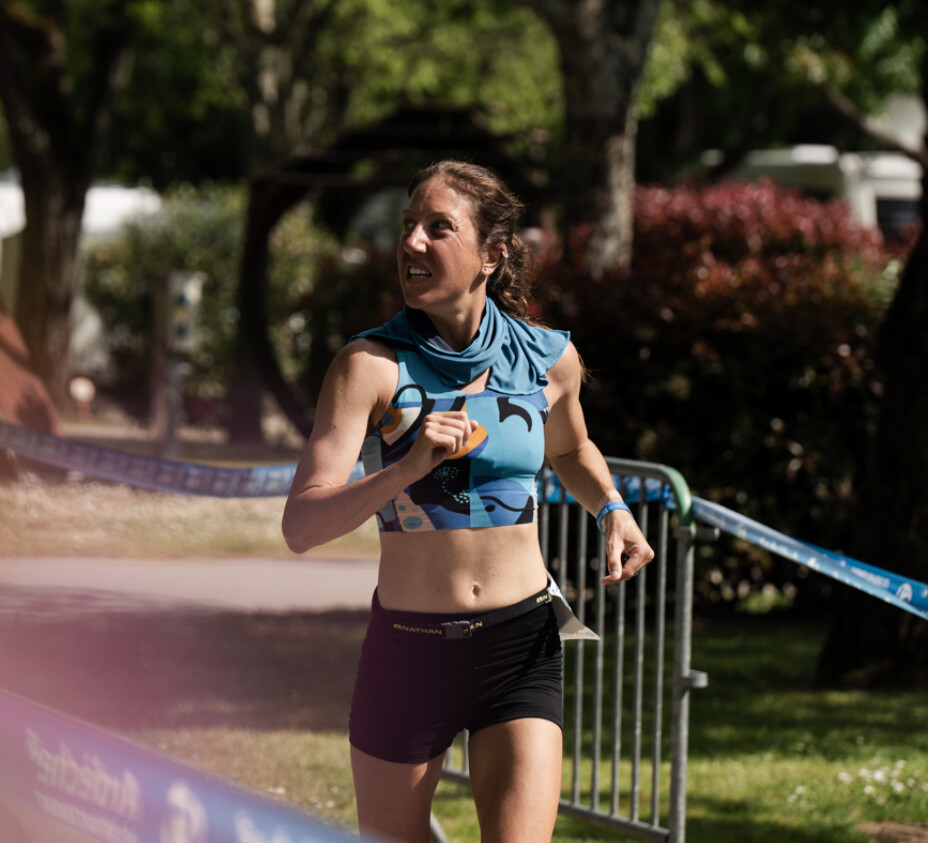
“It was about being in the moment, one lap at a time,” Eckert said afterward. “I knew what I was capable of, but to actually do it… that took everything.”
As more runners continue to push the boundaries of what the human body and mind can handle, performances like Eckert’s redefine the limits of endurance running. Her new world record is expected to stand as a monumental benchmark for years to come.
by Boris Baron
Login to leave a comment
The GOAT Returns: Courtney Dauwalter Takes on the Cocodona 250 Mile Ultra
Courtney Dauwalter, widely regarded as one of the greatest ultrarunners of all time, is set to take on the formidable Cocodona 250—a 250-mile ultramarathon stretching from Phoenix to Flagstaff, Arizona. This grueling race, commencing at 5 a.m. PT on Monday, May 5, 2025, marks her first race over 200 miles since 2020 .
Born on February 13, 1985, in Hopkins, Minnesota, Dauwalter’s athletic journey began with cross-country skiing, where she became a four-time state champion during high school. She continued her athletic pursuits at the University of Denver on a cross-country skiing scholarship and later earned a master’s degree in teaching from the University of Mississippi in 2010 . Before turning professional in 2017, she taught middle and high school science in Denver.
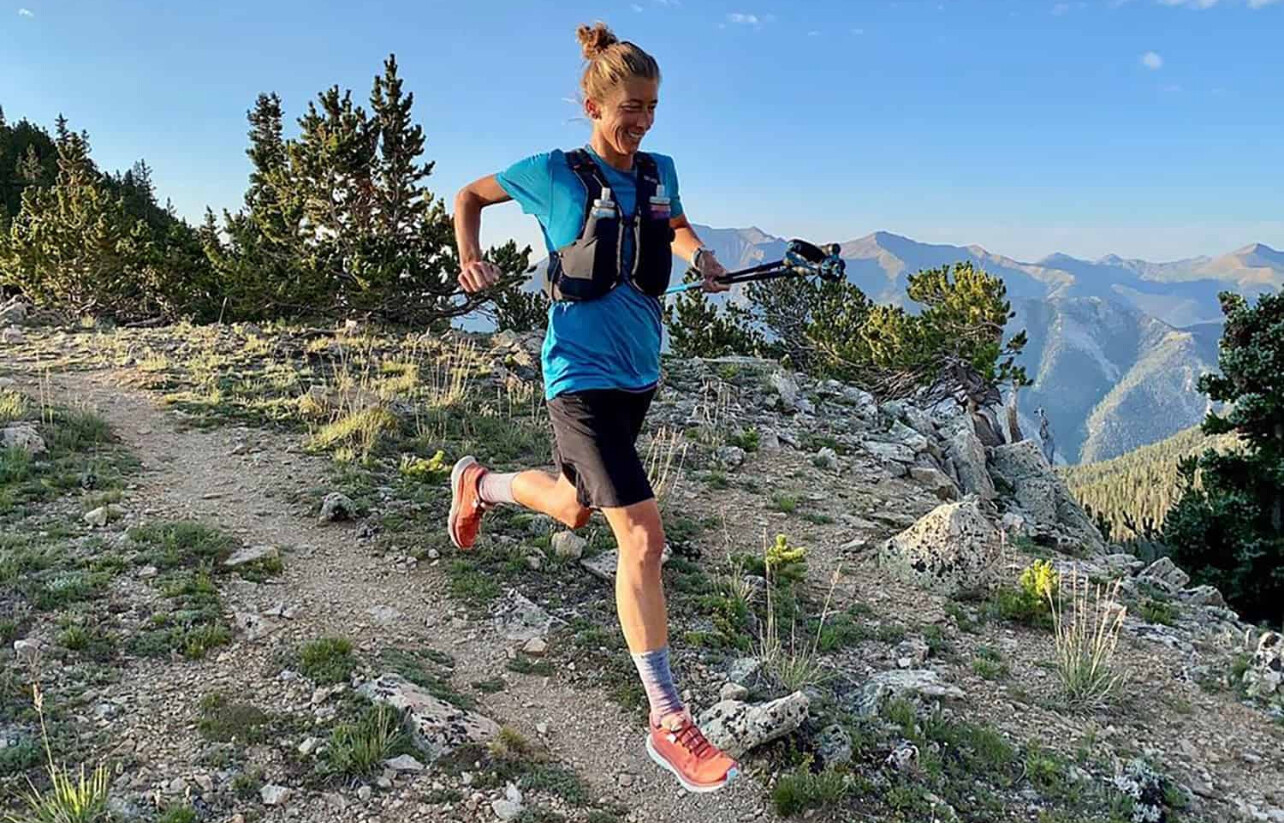
Dauwalter’s ultrarunning career is marked by remarkable achievements. In 2023, she became the first person to win the Western States 100, Hardrock 100, and the Ultra-Trail du Mont-Blanc (UTMB) in the same year . Her victories often come with record-breaking performances, showcasing her exceptional endurance and mental fortitude.
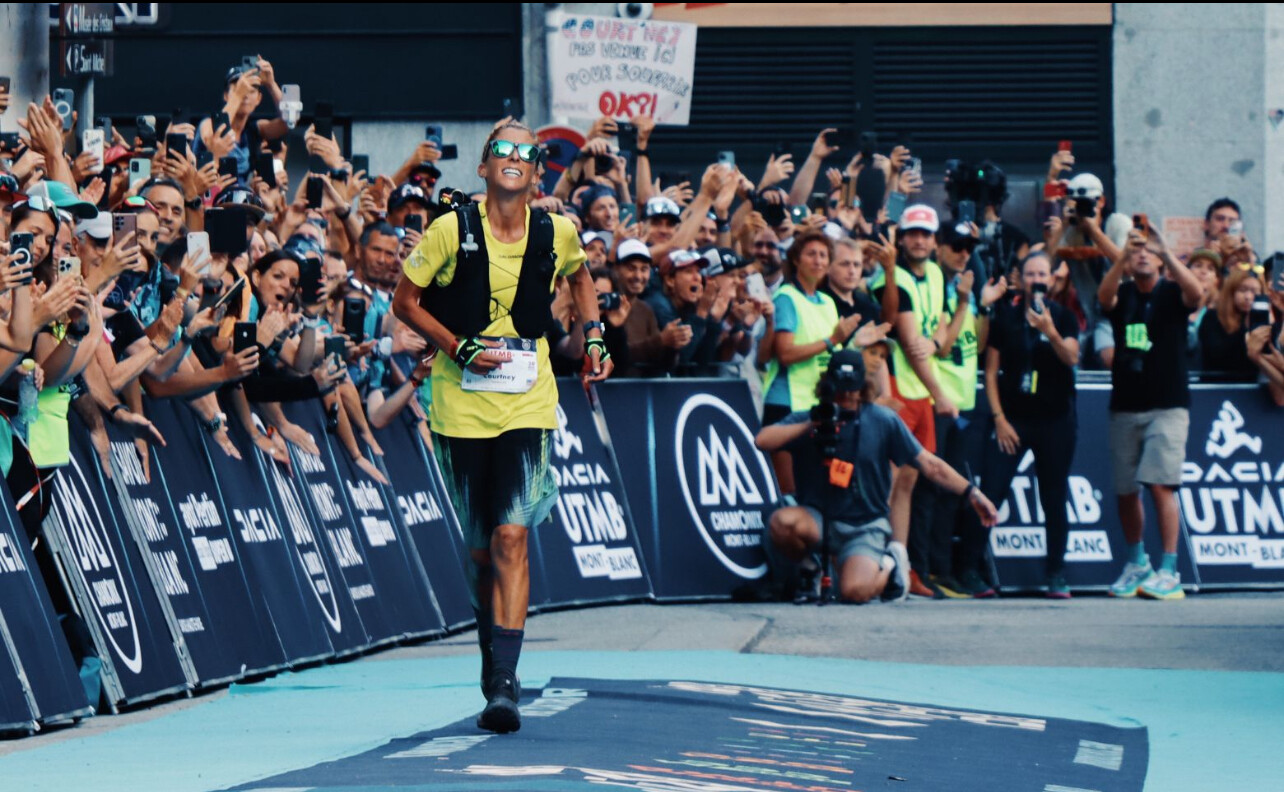
The Cocodona 250 is a point-to-point race that challenges runners with diverse terrains, including desert landscapes, mountainous trails, and significant elevation changes. For Dauwalter, this race presents an opportunity to explore new limits. “I haven’t run a race over 200 miles since 2020,” she noted, highlighting the significance of this endeavor .
Her preparation for Cocodona has been promising. She began her 2025 season with a victory at the Crown King Scramble 50K, indicating strong form leading into this ultramarathon .
A distinctive aspect of Dauwalter’s approach is her embrace of the “Pain Cave,” a term she uses to describe the mental space where she confronts and overcomes extreme physical challenges. She visualizes it as a place to “chip away” at her limits, finding growth through adversity.
Unlike many elite athletes, Dauwalter eschews strict training regimens and coaching, opting instead for an intuitive approach that prioritizes joy and curiosity. Her philosophy centers on listening to her body and finding happiness in the process, which she believes enhances performance.
Courtney Dauwalter’s journey from a science teacher to an ultrarunning icon serves as an inspiration to athletes and non-athletes alike. Her achievements demonstrate the power of resilience, mental strength, and a passion-driven approach to pursuing one’s goals.
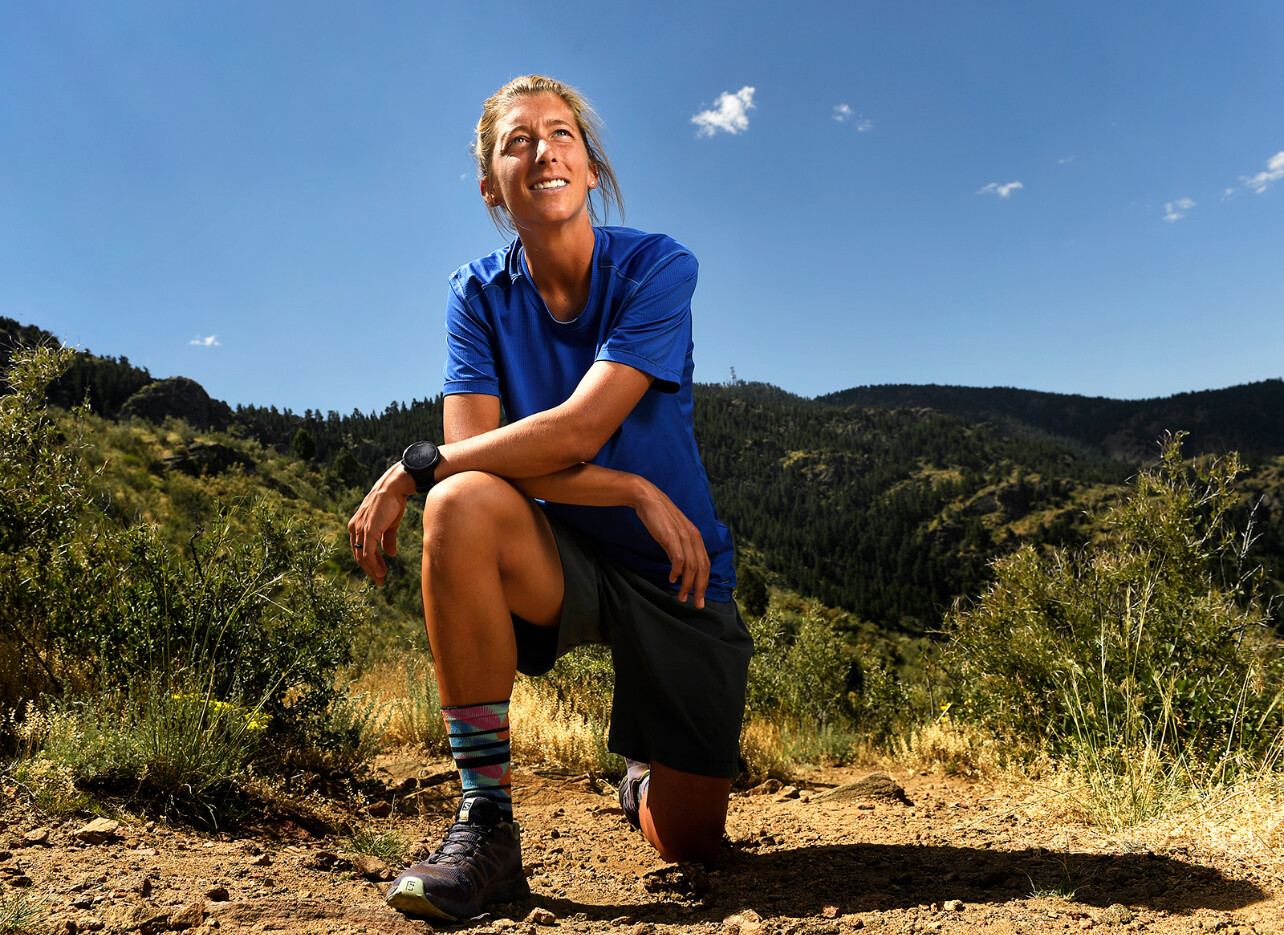
As she embarks on the Cocodona 250, the ultrarunning community watches with anticipation, eager to witness another chapter in the extraordinary career of this remarkable athlete.
by Boris Baron
Login to leave a comment
One Mile or One Hundred The Battle for the Soul of the Mile in 2025
In 2025, the word “mile” carries very different meanings depending on who’s lacing up their shoes. For some, it’s about blistering speed—the chase for a personal best in an all-out sprint lasting just a few intense minutes. For others, it’s about endurance, grit, and surviving a 100-mile ultramarathon—not once, but four times in one season. While one version of the mile is measured in minutes, the other is measured in days, elevation, and blisters.
Both forms of running are surging in popularity, drawing passionate athletes and growing crowds. But which “mile” speaks to you?
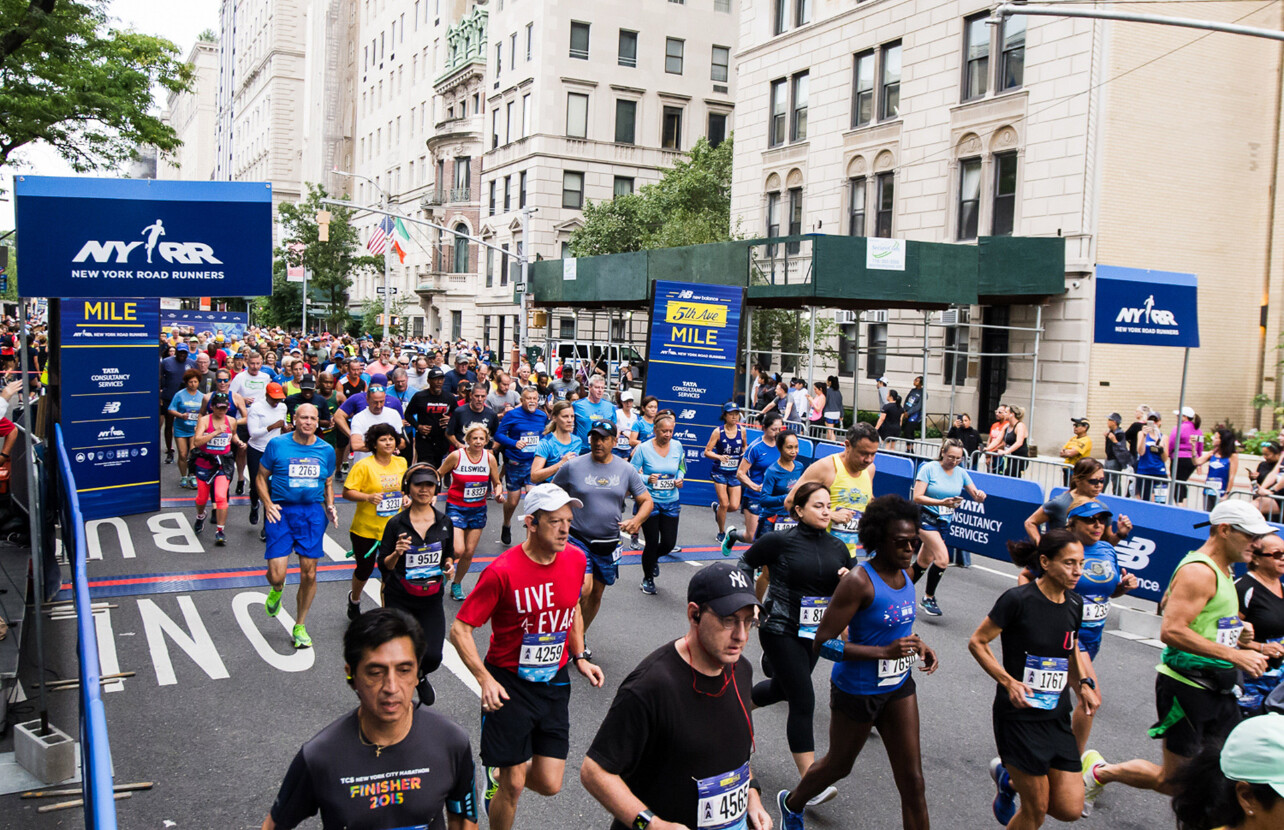
The Rise of the Road Mile
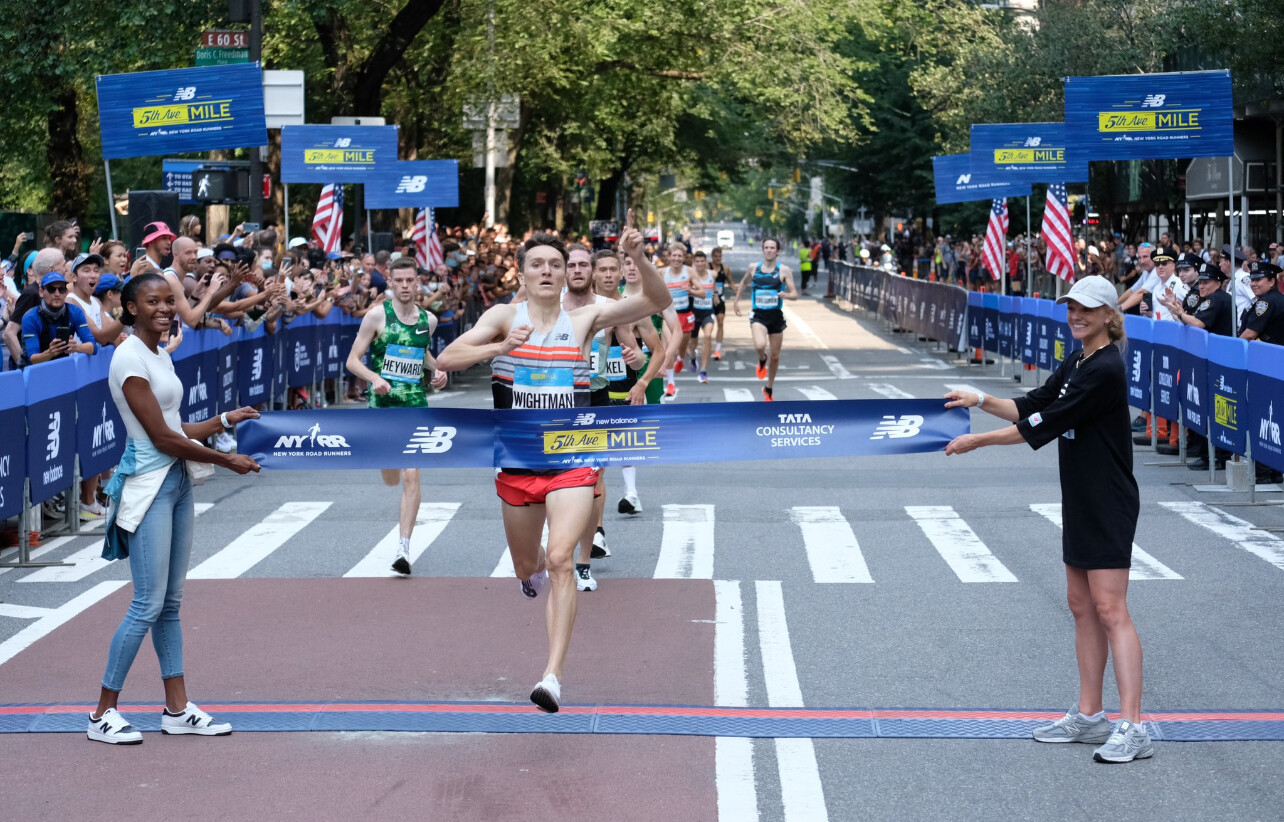
The road mile is back in the spotlight. Once overshadowed by the 5K and 10K, this short, intense race has re-emerged as a fan favorite. In cities across the U.S. and around the world, runners are lining up for high-stakes, high-speed showdowns that test both speed and tactical racing smarts.
One of the most iconic examples is the New Balance 5th Avenue Mile in New York City. Scheduled for Sunday, September 7, 2025, this legendary event draws elite professionals, masters athletes, and youth competitors for a one-mile drag race down Manhattan’s Fifth Avenue. With the skyline as a backdrop and cheering crowds lining the route, it offers one of the purest expressions of speed in road racing.
“It’s raw, it’s electric, and it’s over before you know it,” said one competitor who’s raced both marathons and the mile. “The road mile demands absolute precision—whether you’re aiming to break five minutes or six, you don’t get time to recover from a tactical mistake.”
Events like the Guardian Mile in Cleveland and the Grand Blue Mile in Iowa have followed suit, offering prize money, flat courses, and the kind of short-format excitement that appeals to both spectators and athletes. The mile, once seen as a track-specific discipline, has truly found a home on the road.
The Grand Slam of Ultrarunning
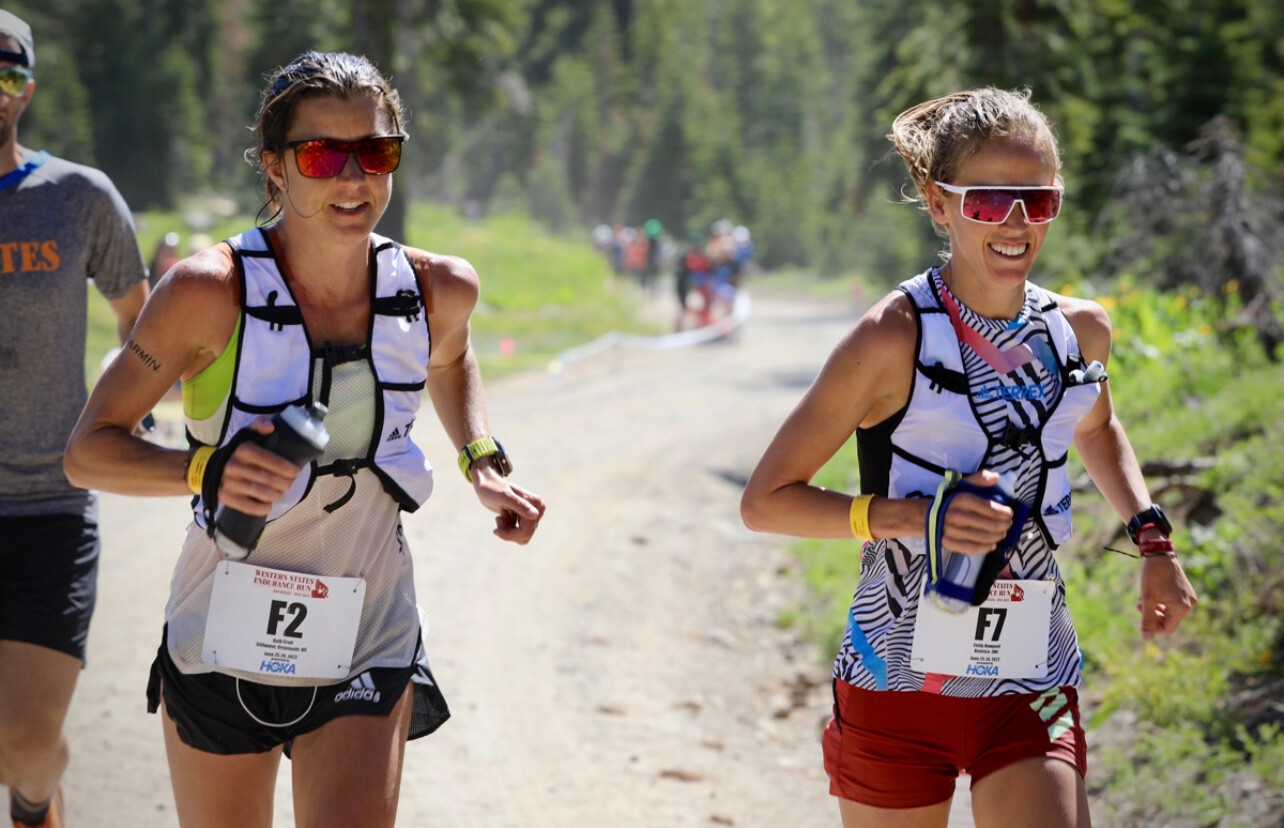
At the other extreme lies the Grand Slam of Ultrarunning—one of the sport’s most grueling and prestigious challenges. Often confused online with terms like “mile grand slam” due to the cumulative 400 miles of racing, the official name is simply The Grand Slam.
To earn this distinction, runners must complete four of the oldest and most iconic 100-mile trail races in the United States during a single summer. The core races typically include:
• Western States 100 (California)
• Vermont 100 Mile Endurance Run
• Leadville Trail 100 (Colorado)
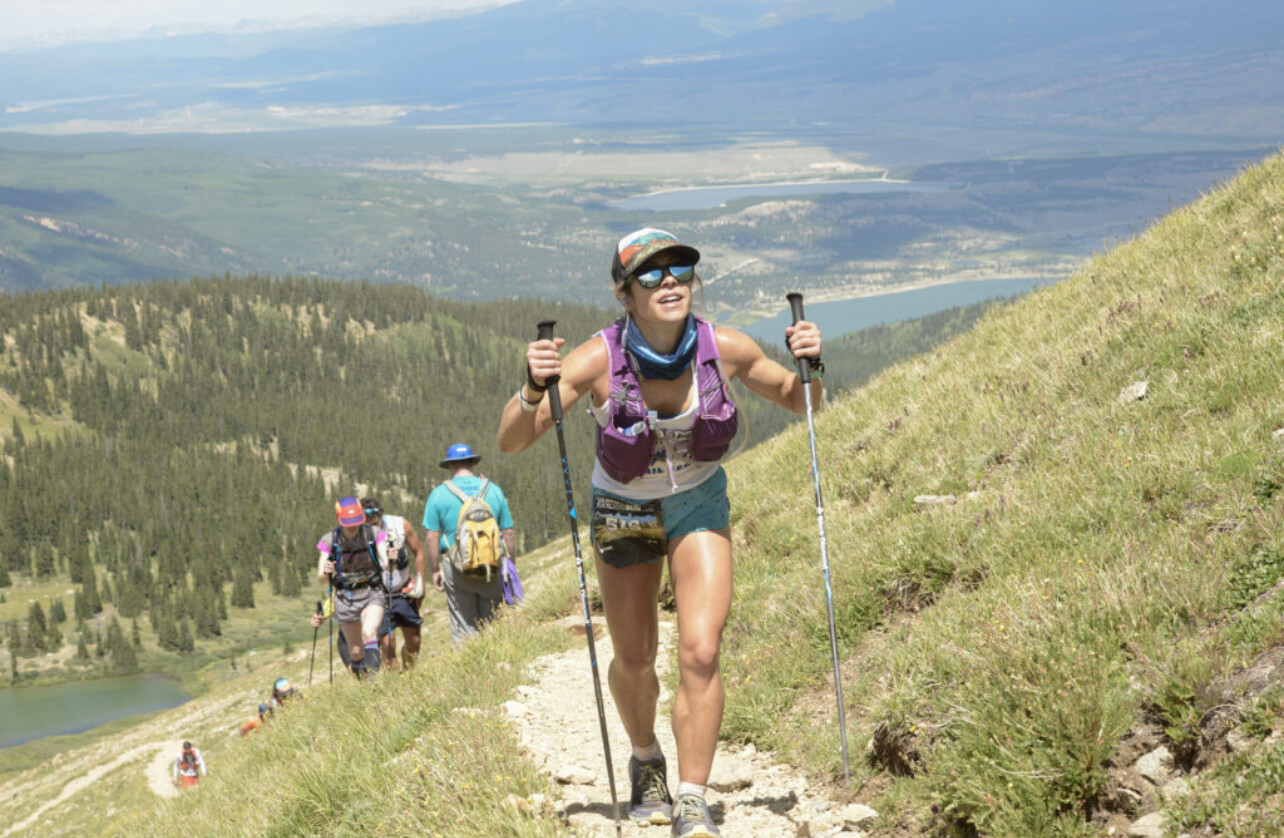
• Wasatch Front 100 (Utah)
Some years permit substitutions like the Old Dominion 100, depending on scheduling. Regardless of the lineup, the difficulty is staggering: thousands of feet of elevation gain, brutal cutoffs, altitude, heat, and sleep deprivation.
“To finish one 100-miler is an accomplishment,” said a veteran ultrarunner who’s completed the Slam. “To finish four in under 16 weeks—there’s nothing like it. It’s not about speed. It’s about survival, strategy, and heart.”
Since its formal inception in the 1980s, fewer than 400 runners have completed the Grand Slam—a testament to its difficulty and prestige.
Two Extremes, One Shared Spirit
At first glance, these two uses of the word “mile” couldn’t be more different. One is sleek and fast; the other is rugged and long. One ends before your legs even start to ache; the other pushes your limits for an entire day—and night.
But at their core, both disciplines require the same fuel: dedication, discipline, and the courage to test yourself. Whether it’s the final lean in a road mile or the final climb at mile 96 of a trail race, runners in both arenas are chasing something personal—and powerful.
Final Thought
So what does the mile mean in 2025? For some, it’s a tactical burn over 1,760 yards. For others, it’s the slow, steady march of 100 trail miles—repeated four times. Either way, the mile remains one of the sport’s most meaningful measures of challenge.
by Boris Baron
Login to leave a comment
Only one women has ever finished the Barkley Marathons since it started in 1986 - Jasmin Paris
Jasmin Paris cemented her place in ultrarunning history by becoming the first woman to finish the Barkley Marathons in 2024. Known for her endurance and mental toughness, Paris completed the brutal 100-mile course in 59 hours, 58 minutes, and 21 seconds, finishing with just 99 seconds to spare.
A seasoned ultrarunner and former winner of the Spine Race, she battled extreme terrain, sleep deprivation, and navigation challenges to achieve this groundbreaking feat. Her success not only shattered barriers but also proved that women can conquer one of the toughest endurance events ever devised, inspiring runners worldwide.
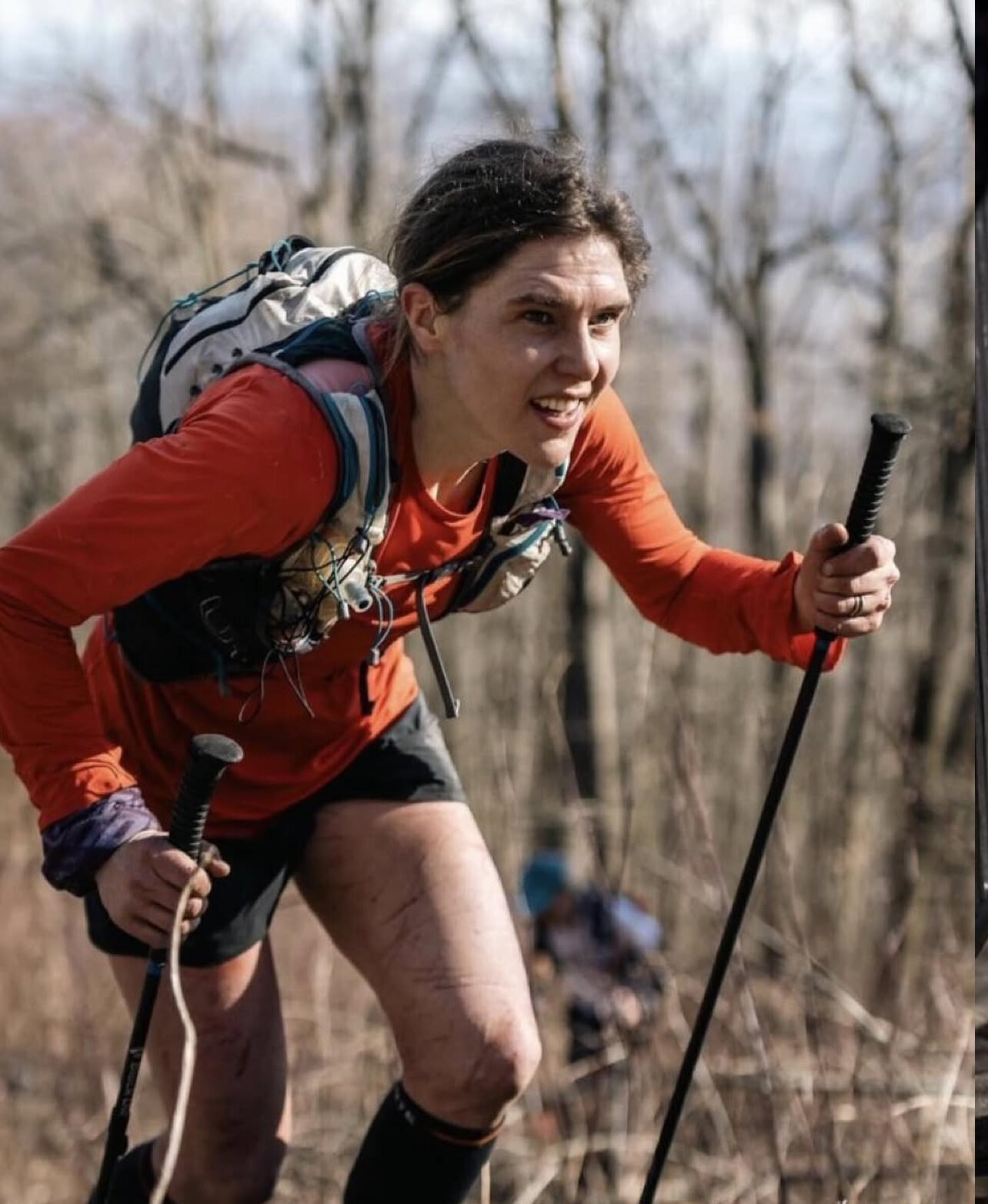
The Barkley Marathons often called the hardest foot race on the planet has long been a symbol of ultimate endurance in the ultrarunning community Established in 1986 this grueling event challenges participants to complete five approximately 20 mile loops totaling around 100 miles within a 60 hour limit Historically the race has seen a minuscule completion rate with only 15 different individuals finishing between 1986 and 2022
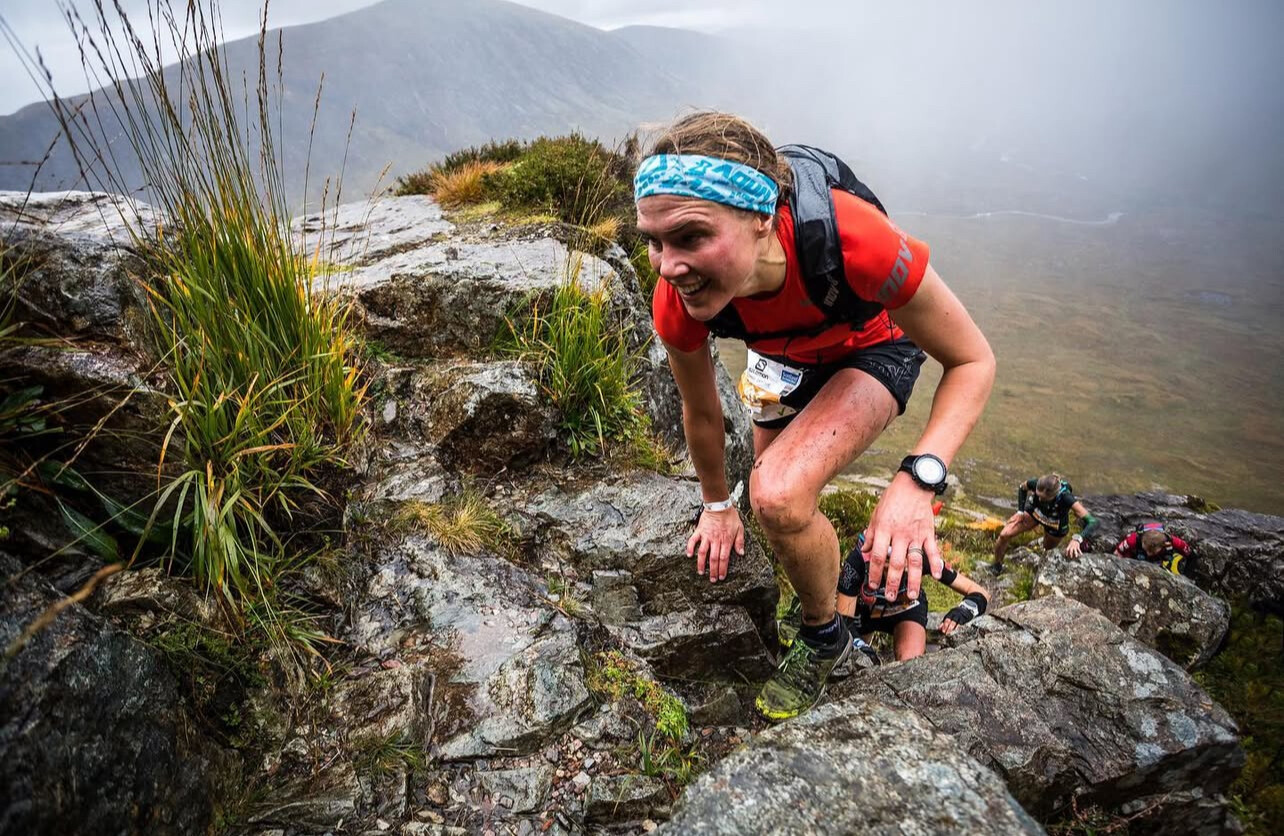
A Surge in Finishers
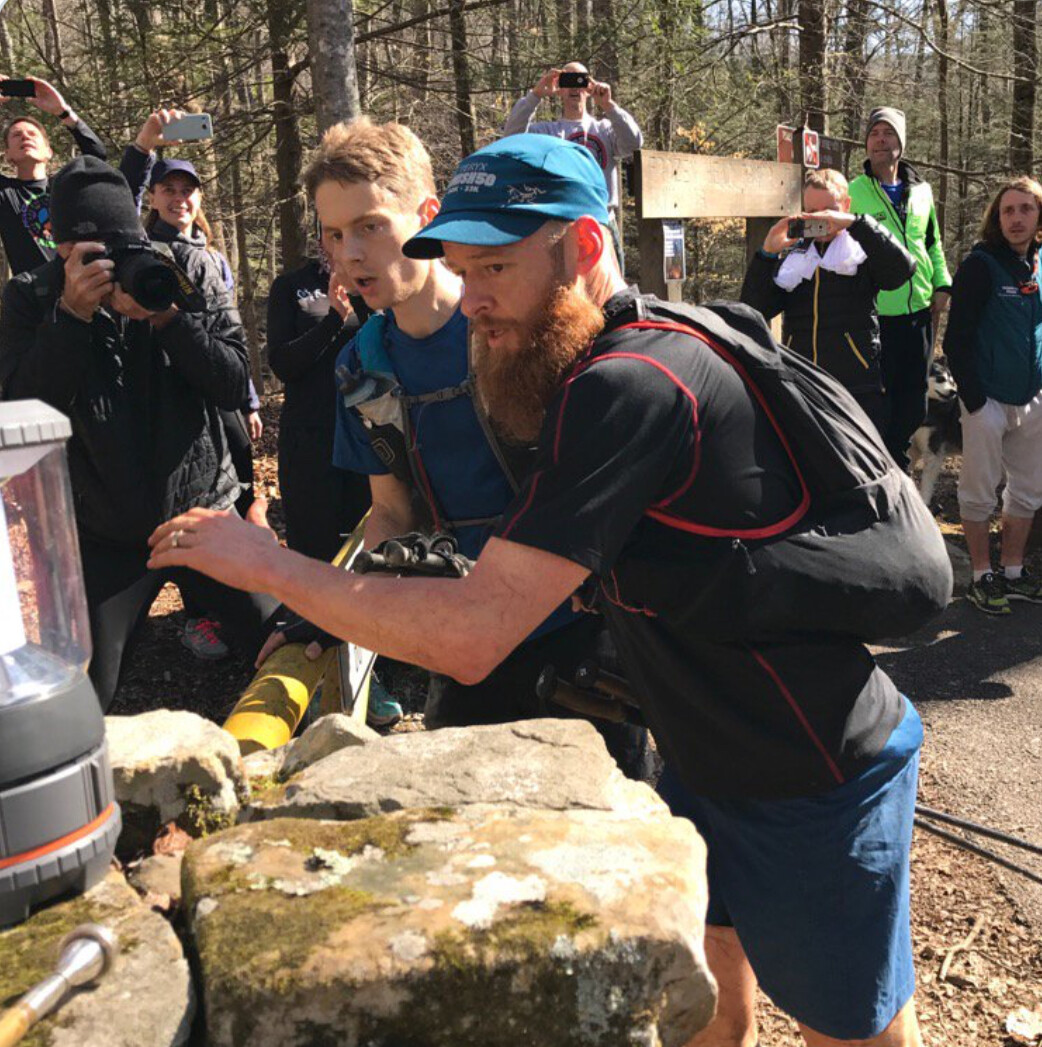
The 2023 edition marked a significant shift Three runners Aurelien Sanchez John Kelly and Karel Sabbe successfully completed the course Kelly who had previously finished in 2017 was joined by Sanchez a debutant and Sabbe who had come close in prior attempts This uptick in completions prompted discussions about the race’s evolving difficulty
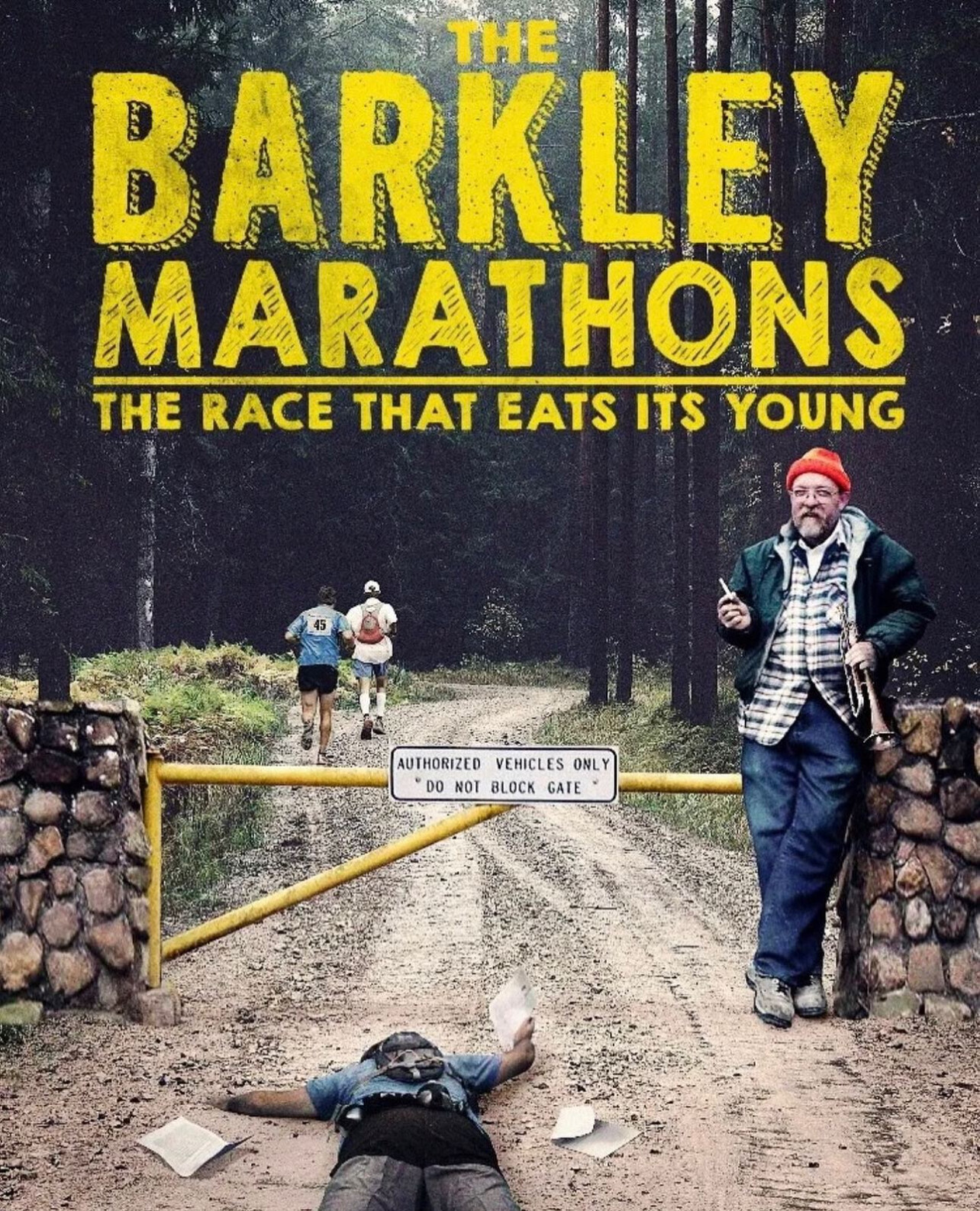
The trend continued in 2024 with an unprecedented five finishers
• John Kelly Secured his third completion reinforcing his status among elite ultrarunners
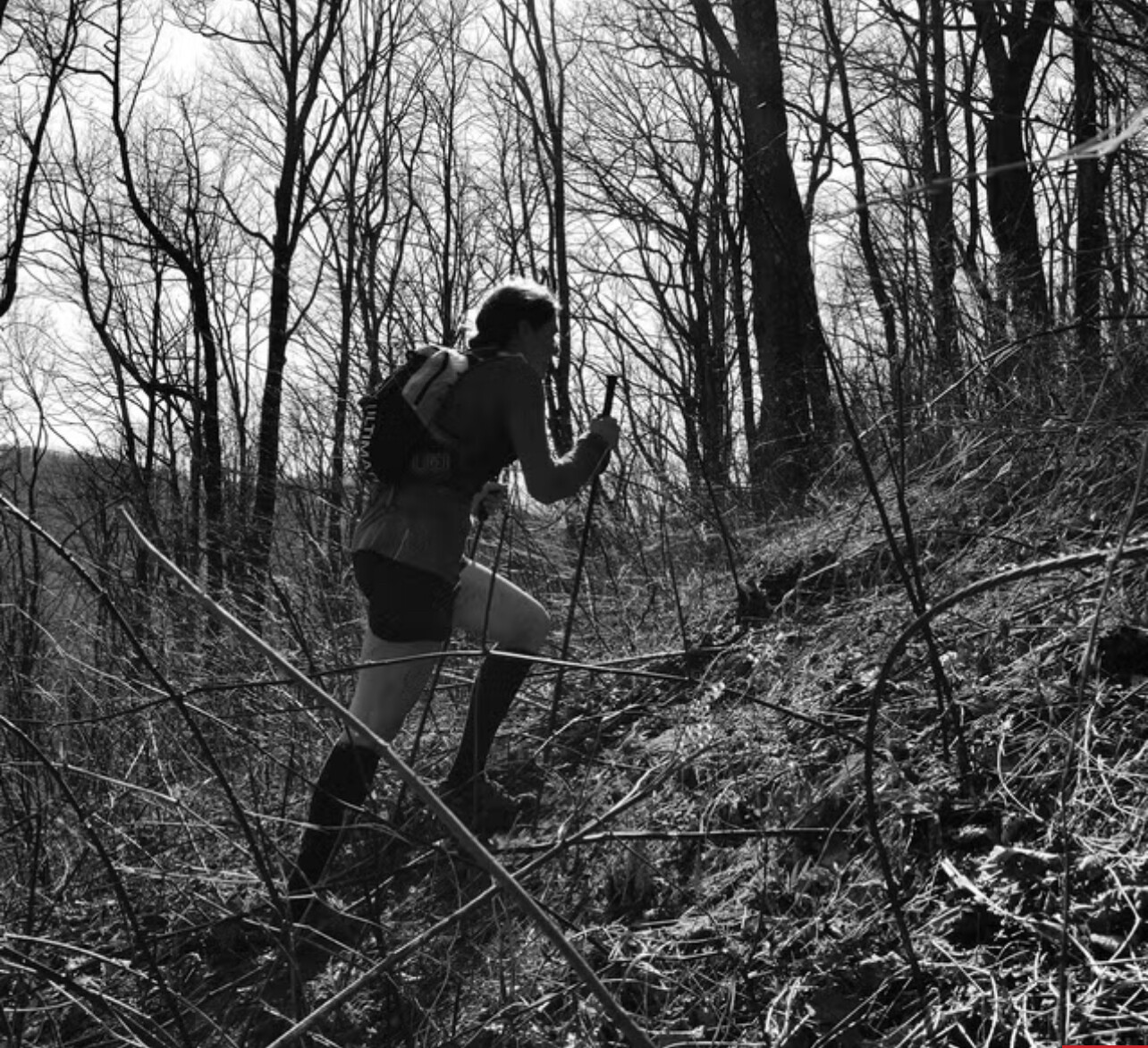
• Jared Campbell Achieved a remarkable fourth finish showcasing enduring resilience
• Ihor Verys A newcomer who defied expectations with a successful debut
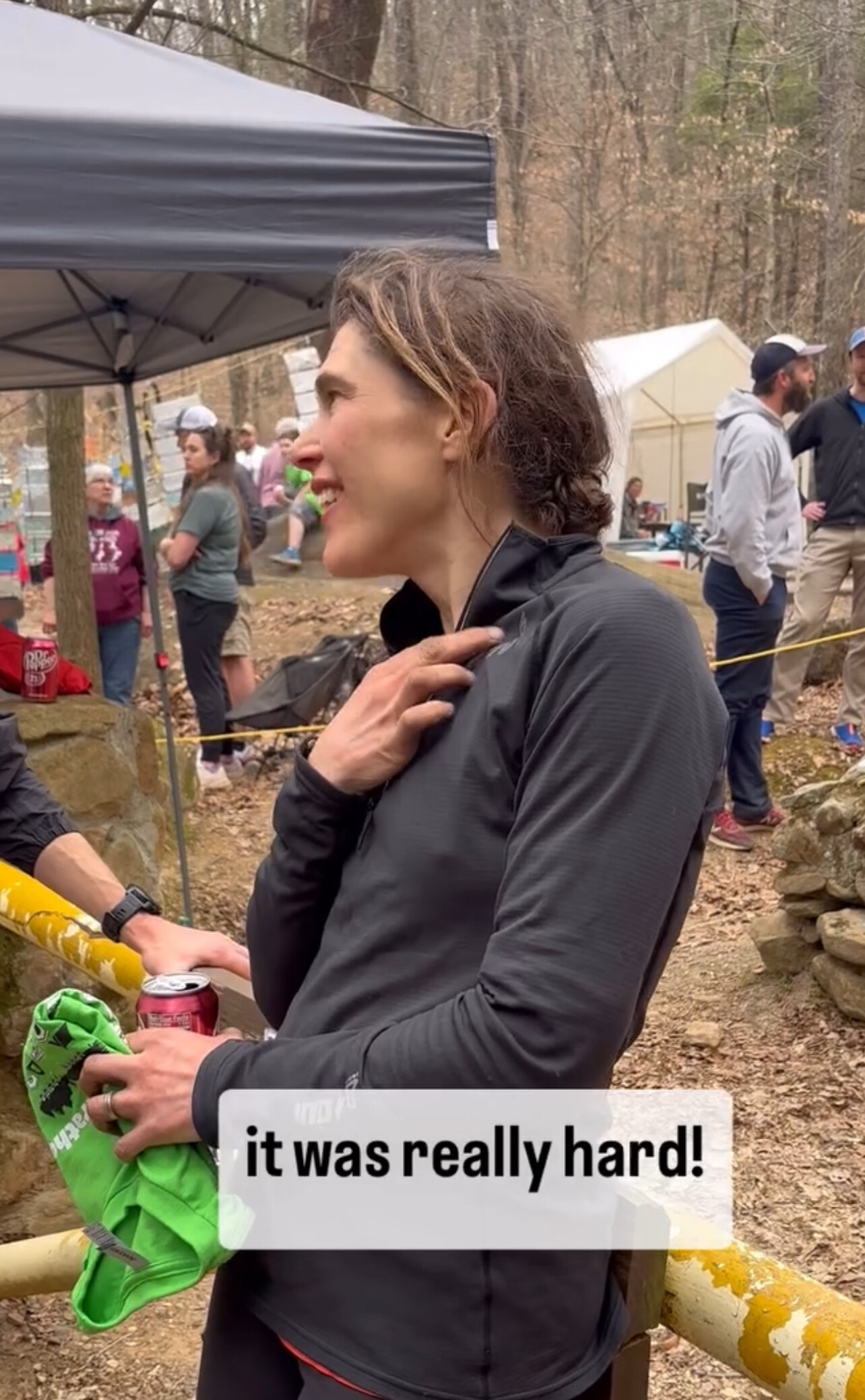
• Greig Hamilton Demonstrated exceptional endurance to join the finishers ranks
• Jasmin Paris Made history as the first woman to complete the Barkley Marathons finishing with just 99 seconds to spare
Paris’s groundbreaking achievement garnered international attention highlighting both her personal triumph and a potential shift in the race’s perceived difficulty
Anticipating the 2025 Edition
The exact date for the 2025 Barkley Marathons remains undisclosed adhering to the event’s tradition of secrecy Historically the race occurs between mid March and early April often aligning with April Fools Day Participants typically receive a 12 hour notice before the start signaled by the blowing of a conch shell by race director Gary Lazarus Lake Cantrell
In light of the recent increase in finishers Cantrell has hinted at making the 2025 course more challenging While specific changes have not been confirmed the goal is to restore the race’s notorious difficulty potentially reducing the number of successful completions

The Barkleys Enduring Challenge
Despite the recent surge in finishers the Barkley Marathons remains an extreme test of endurance navigation and mental fortitude Each year approximately 40 runners are selected to face the unpredictable course with the vast majority unable to complete it As the 2025 edition approaches the ultrarunning community eagerly awaits to see how the race will evolve and who if anyone will overcome its relentless challenges
by Boris Baron
Login to leave a comment
It is amazing that anyone can tackle such a course but they have including the first woman in 2024! - Bob Anderson 3/17 10:21 pm This event is insane and they are going to make the course even harder? - Bob Anderson 3/18 8:40 am |
Estefanía Unzu Sets New Spanish 100km Record in Canberra
Just under three weeks after completing the World Marathon Challenge—running seven marathons on seven continents in seven days—Spain’s Estefanía Unzu has shattered the national women’s 100km record at the Australian 100km Championship in Canberra.
On February 22, Unzu, a 39-year-old mother of eight, finished the race in 7 hours, 47 minutes, and 46 seconds. She was the first female finisher and placed second overall, just behind men’s champion Dominic Bosher, who completed the course in 7 hours, 45 minutes, and 30 seconds.
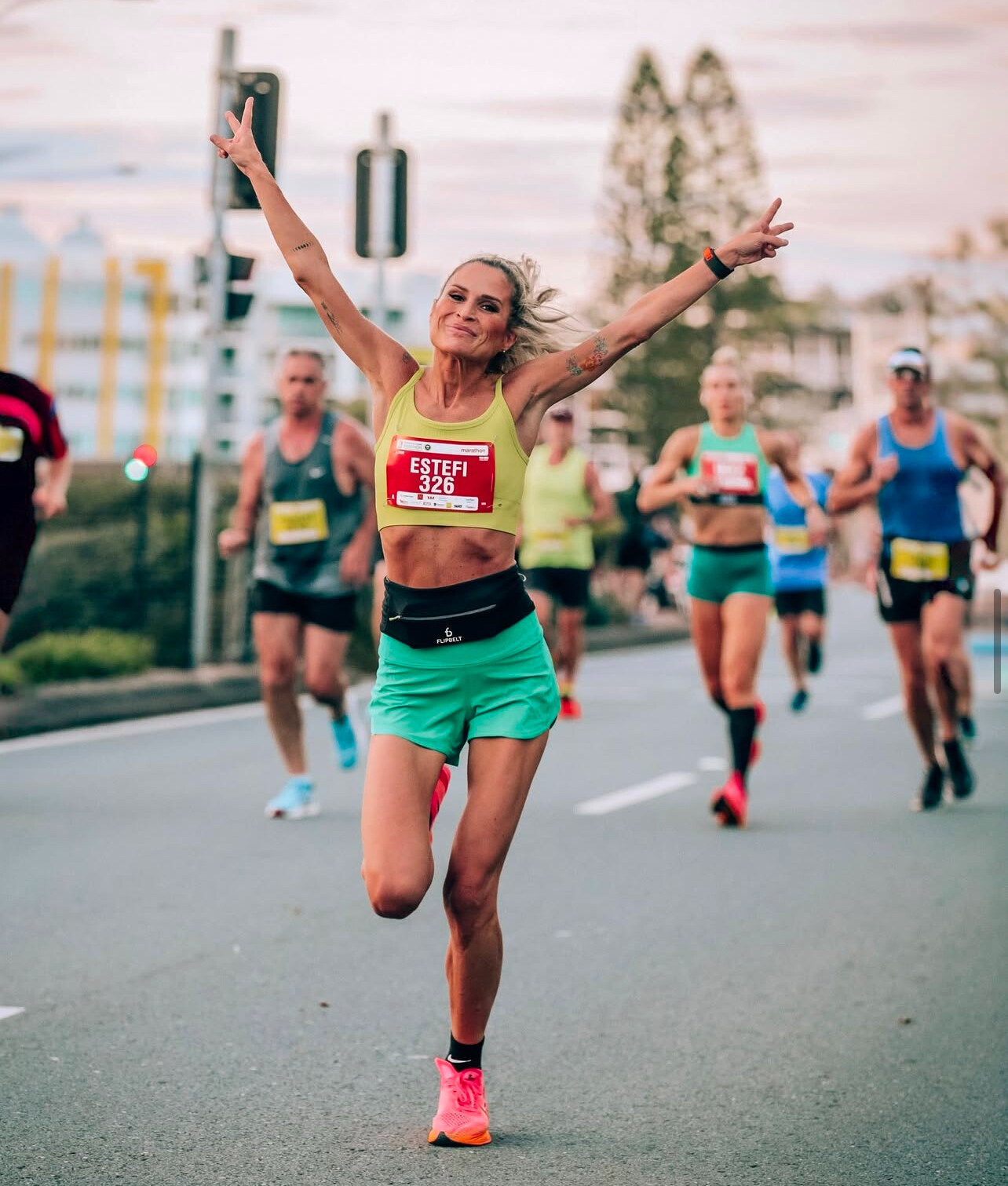
This performance broke the previous Spanish women’s 100km record of 7 hours, 52 minutes, and 21 seconds, set by Mireia Sosa in 2023. Overwhelmed with emotion, Unzu shared on social media, “I want to cry. My name will forever be a part of Spanish athletics history.”

Unzu’s achievement is particularly remarkable given her recent participation in the World Marathon Challenge, where she ran seven marathons across seven continents in one week. While many athletes require extended recovery periods after such endeavors, Unzu demonstrated exceptional resilience by promptly setting her sights on the 100km ultramarathon.
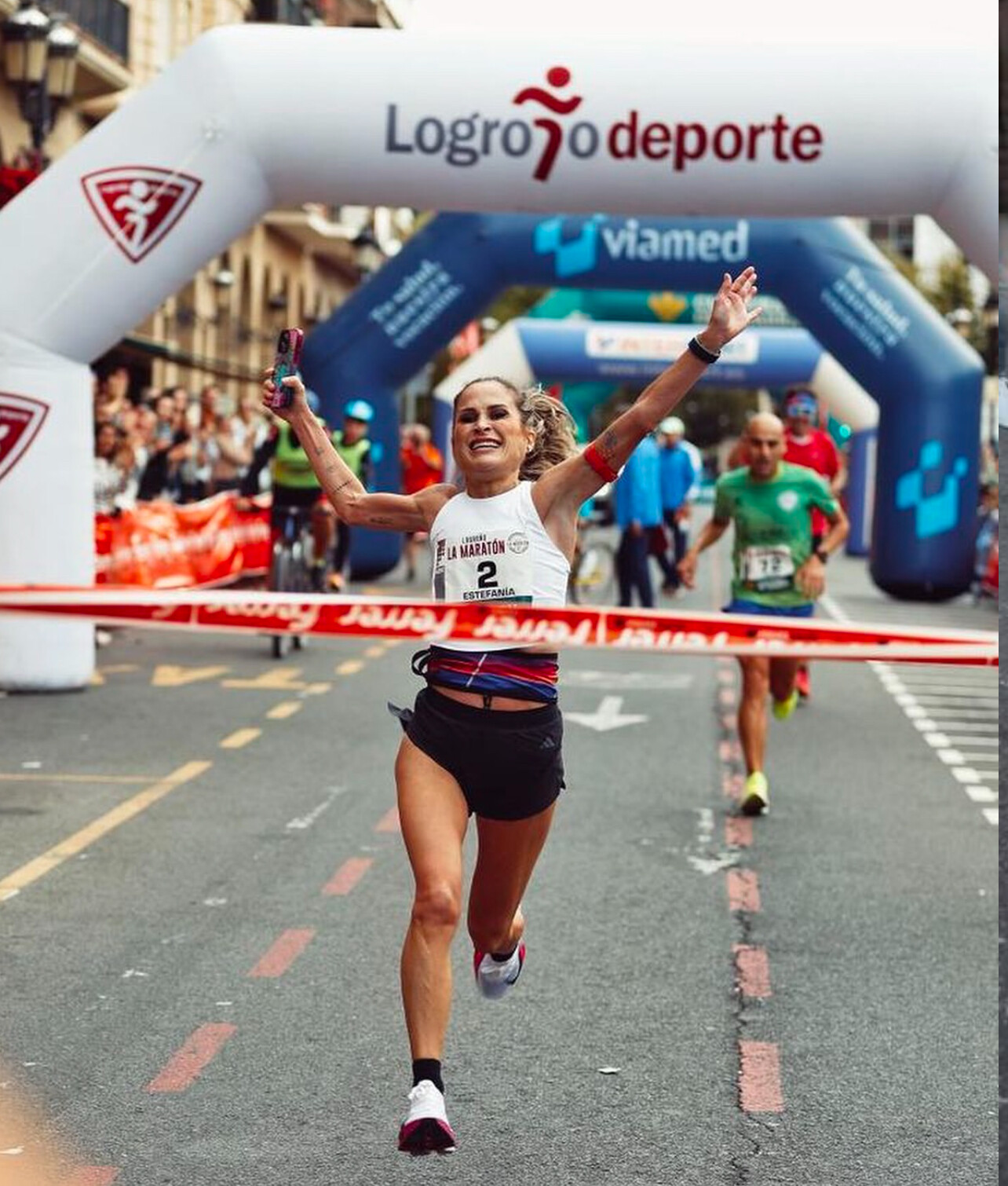
Known as “Verdeliss” on social media, Unzu has a substantial following, with nearly 1.5 million Instagram followers and over 2 million YouTube subscribers. Beyond her athletic pursuits, she is the founder and CEO of the cosmetics brand Green Cornerss and gained public attention after appearing on the sixth season of the Bulgarian reality show VIP Brother in 2014.
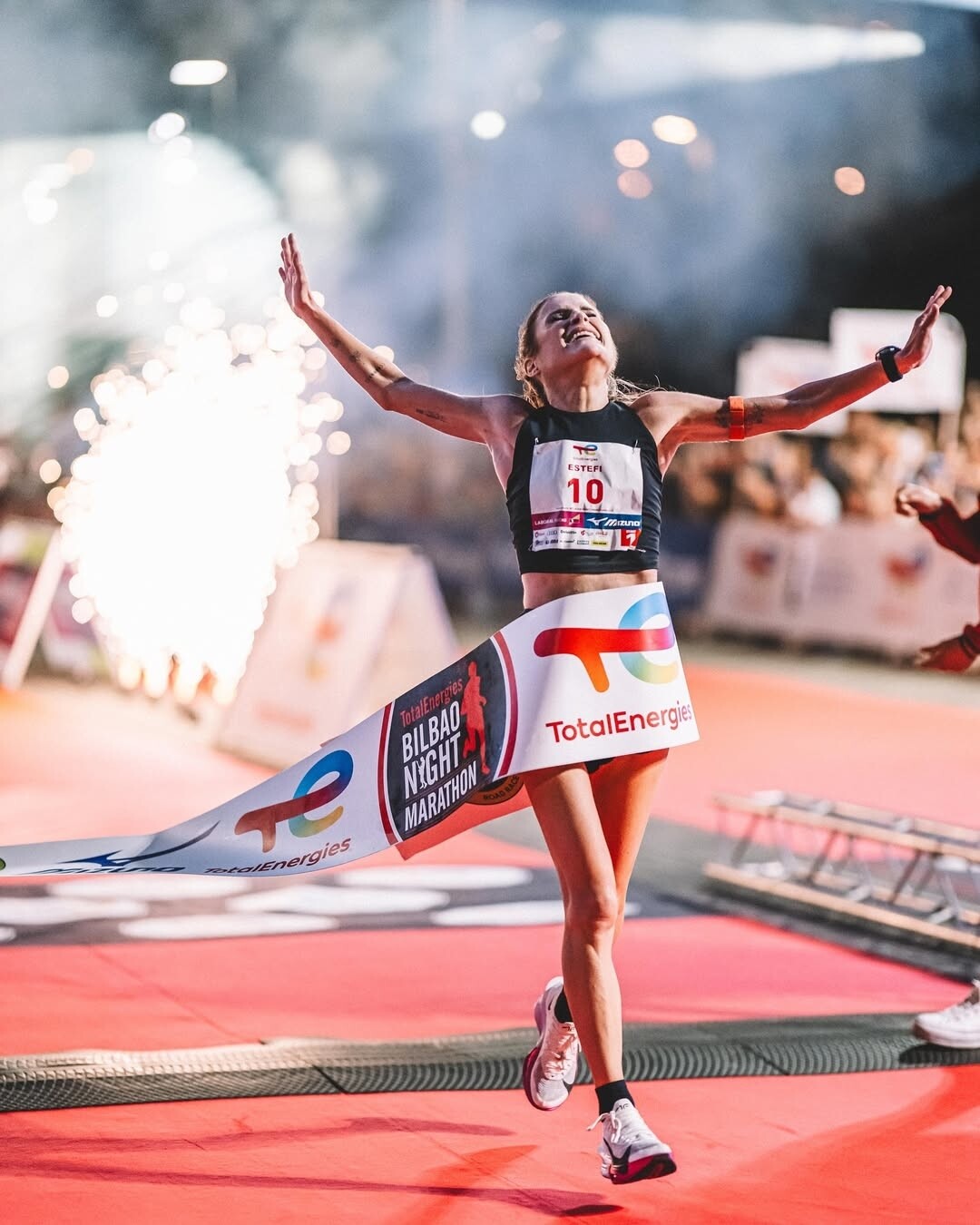
In May 2024, Unzu won the 100km distance at the Spanish National Ultra Marathon Championship with a time of 7 hours, 59 minutes, and 30 seconds. Her recent accomplishments have solidified her status as one of Spain’s premier endurance athletes, inspiring many with her ability to balance elite athletic performance and family life.
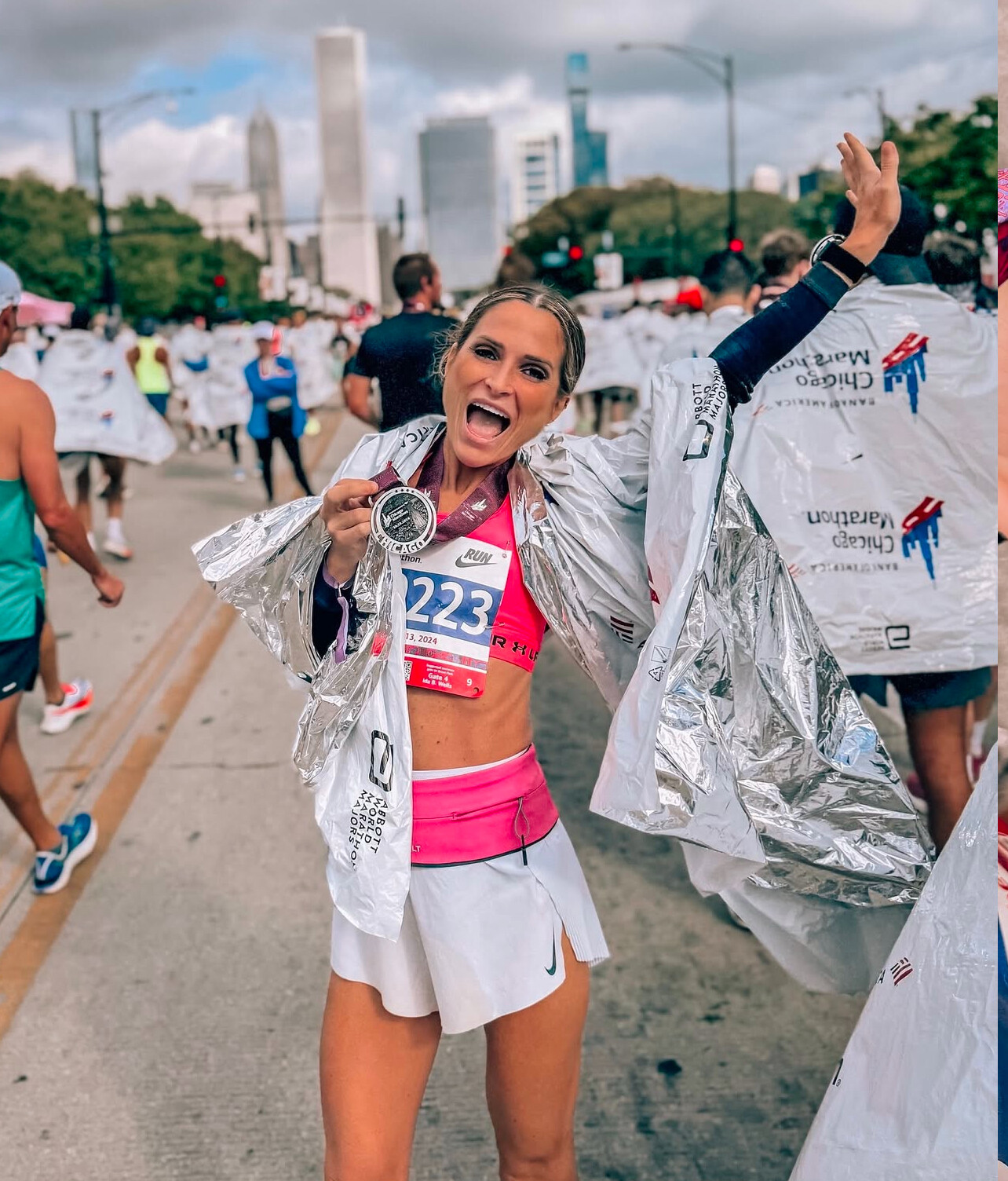
As Spain celebrates its new national record holder, the ultrarunning community eagerly anticipates Unzu’s future endeavors, confident that her determination and drive will lead to more groundbreaking achievements.
Login to leave a comment
Camille Herron and the Wikipedia Controversy: Integrity in Ultrarunning Under Scrutiny
Update: after reading our article Camille sent this to MBR "Individuals are violating World Athletic rules and publicly claiming they broke my records. It’s undermining the integrity of the sport and devaluing those who adhere to the rules and the ratified record holders, including me.
I hope Yiannis’s statement provides added clarity who’s behind the push to disregard the rules and retaliated against me."
Camille Herron recently addressed the Wikipedia controversy on her Facebook page, expressing her commitment to fairness and accountability in ultrarunning. She acknowledged the challenges of speaking up about rules and technicalities, noting that it can lead to retaliation.

Herron emphasized that the International Association of Ultrarunners (IAU) has validated her concerns twice, confirming that she continues to hold the IAU World Records and World Bests for 48 Hours and 6 Days. She concluded by thanking her supporters and reaffirming her dedication to integrity in the sport.
In September 2024, the ultrarunning community was shaken by a controversy involving American ultrarunner Camille Herron and her husband and coach, Conor Holt. The couple was accused of editing Wikipedia pages to enhance Herron's achievements while diminishing those of her competitors.
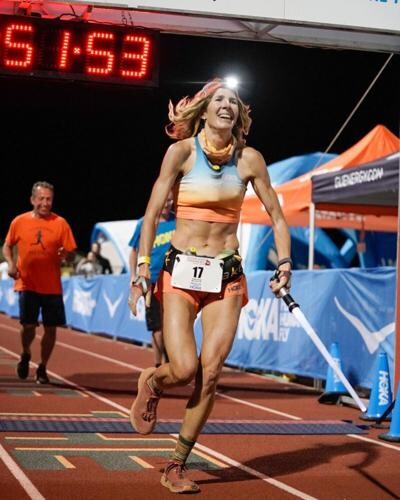
An investigation by Canadian Running revealed that two Wikipedia accounts, "Temporun73" and "Rundbowie," were linked to Herron's email and Holt's IP address. These accounts made numerous edits to Herron's page, amplifying her accomplishments, and altered the pages of fellow ultrarunners, including Courtney Dauwalter and Kilian Jornet, to downplay their achievements. For instance, statements like "widely regarded as one of the best trail runners ever" were removed from competitors' pages, while Herron was described as "widely regarded as one of the greatest ultramarathon runners of all time."
Following the exposure of these activities, Herron's primary sponsor, Lululemon, terminated their partnership with her. In a statement, the company emphasized its commitment to equitable competition and stated, "After careful consideration and conversation, we have decided to end our ambassador partnership with Camille."
In response to the allegations, Holt took full responsibility, stating, "Camille had nothing to do with this. I'm 100 percent responsible and apologize [to] any athletes affected by this and the wrong I did." He explained that his actions were an attempt to protect Herron from online harassment and bullying that had adversely affected her mental health.
The incident has sparked widespread discussion within the ultrarunning community, with many expressing disappointment over the unsportsmanlike behavior. Herron, known for her numerous world records and contributions to the sport, now faces challenges in rebuilding trust and credibility within the community.
As the situation unfolds, it serves as a reminder of the importance of integrity and sportsmanship in athletics. The ultrarunning community continues to reflect on the implications of this controversy and the lessons to be learned moving forward.
by Boris Baron
Login to leave a comment
Pushing the Limits: Sophie Power Sets a New Women’s 48-Hour Treadmill World Record
The treadmill, often seen as a monotonous exercise machine, became a stage for human endurance and determination when ultrarunner and campaigner Sophie Power set a remarkable new world record. At this year's National Running Show, Sophie achieved the seemingly impossible, running 370.9 kilometers (230.5 miles) on a treadmill in 48 hours non-stop. This astonishing feat earned her the women's 48-hour treadmill world record, inspiring countless others to challenge their limits.
Sophie, a mother and well-known advocate for women in sports, approached the challenge with her characteristic determination and grit. She demonstrated not just physical endurance but also mental resilience, as running continuously on a treadmill for two days tests the mind as much as the body. "The treadmill is a space where you can push your boundaries, where it's just you and your willpower," Sophie shared after her record-breaking performance.
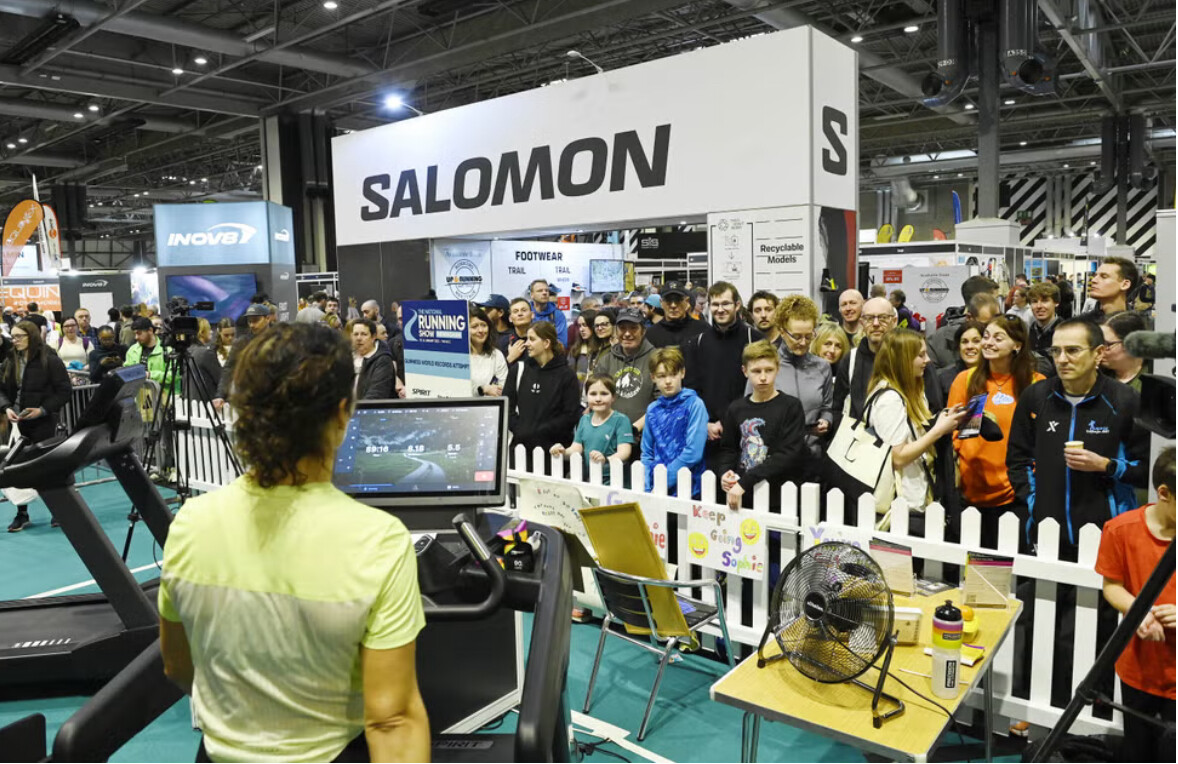
Her journey to this achievement wasn't without its difficulties. Sophie balanced a strict training regimen with her personal and professional commitments. As an ultrarunner, she is no stranger to grueling physical challenges, having previously competed in some of the toughest endurance races worldwide. But the treadmill, an environment devoid of changing scenery and external stimuli, posed a unique and formidable challenge.
The National Running Show provided the perfect backdrop for Sophie's attempt, with spectators and supporters cheering her on through every step of her journey. The energy from the crowd fueled her determination, proving the power of community and encouragement in achieving seemingly insurmountable goals.
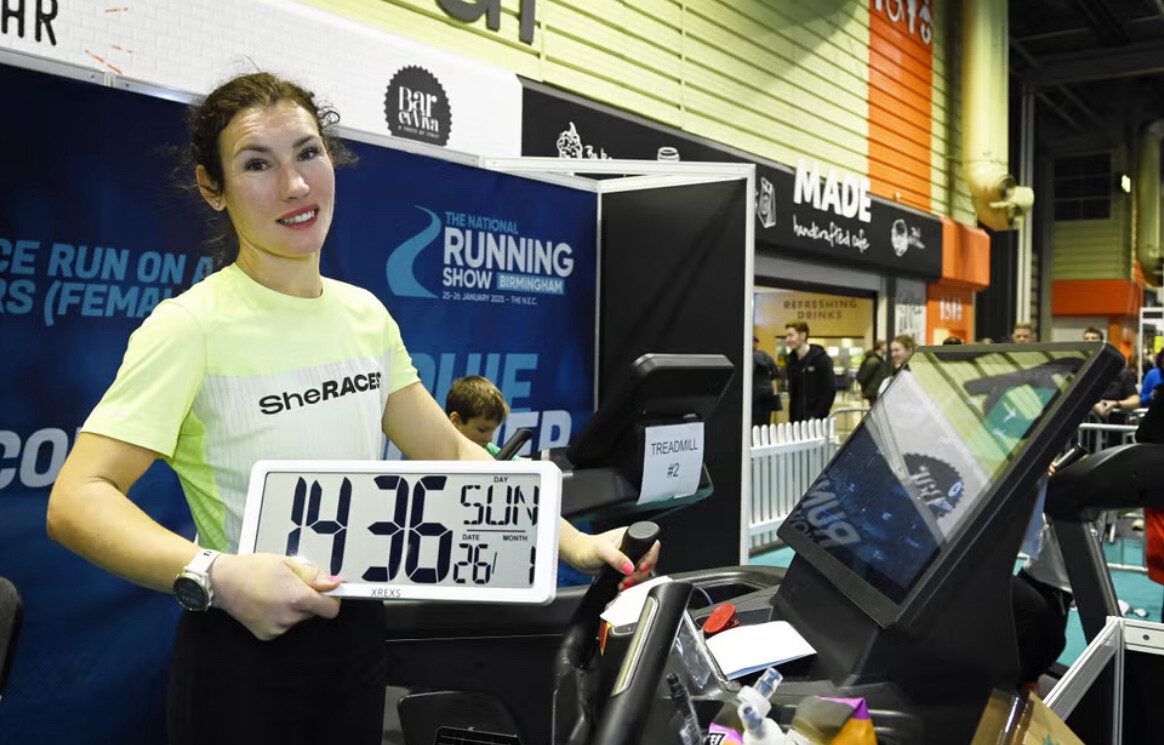
Sophie's record stands as a testament to human capability and the idea that limits exist only in the mind. By running over 370 kilometers in two days, she not only set a new benchmark in the world of ultrarunning but also inspired countless others to embrace challenges, however daunting they may seem.
Her accomplishment reminds us all that with determination, preparation, and resilience, we can achieve extraordinary things even on a treadmill.
by Boris Baron
Login to leave a comment
230 miles in 48 hours! Maybe I have run that many miles over three weeks when I was much younger. An amazing number of miles. - Bob Anderson 1/31 7:03 am |
5 Reasons to run outside all winter—and get stronger, tougher, faster, healthier and happier
In the winter of 1939, when the military posted Swedish miler Gundar Hagg to the far north of that nordic country, he devised a unique training program of running on trails through knee- or hip-deep snow. Most days he would do 2500 meters in snow for strength, followed by 2500 meters on a cleared road for turn-over. But during those times when he couldn’t find cleared roads—sometimes for weeks—he’d run up to the full 5-kilometers in snow. The next summer he set huge PRs, coming within one second of the mile world record.
Hagg continued his routine in subsequent winters, devising a hilly 5K loop in a different locale that trudged through snowy forest for 3000 meters then ended with a 2000 meter stretch of road where he could run at full speed. He kept improving, and the summer of 1942 he set 10 world records between the 1500 and 5,000 meters.
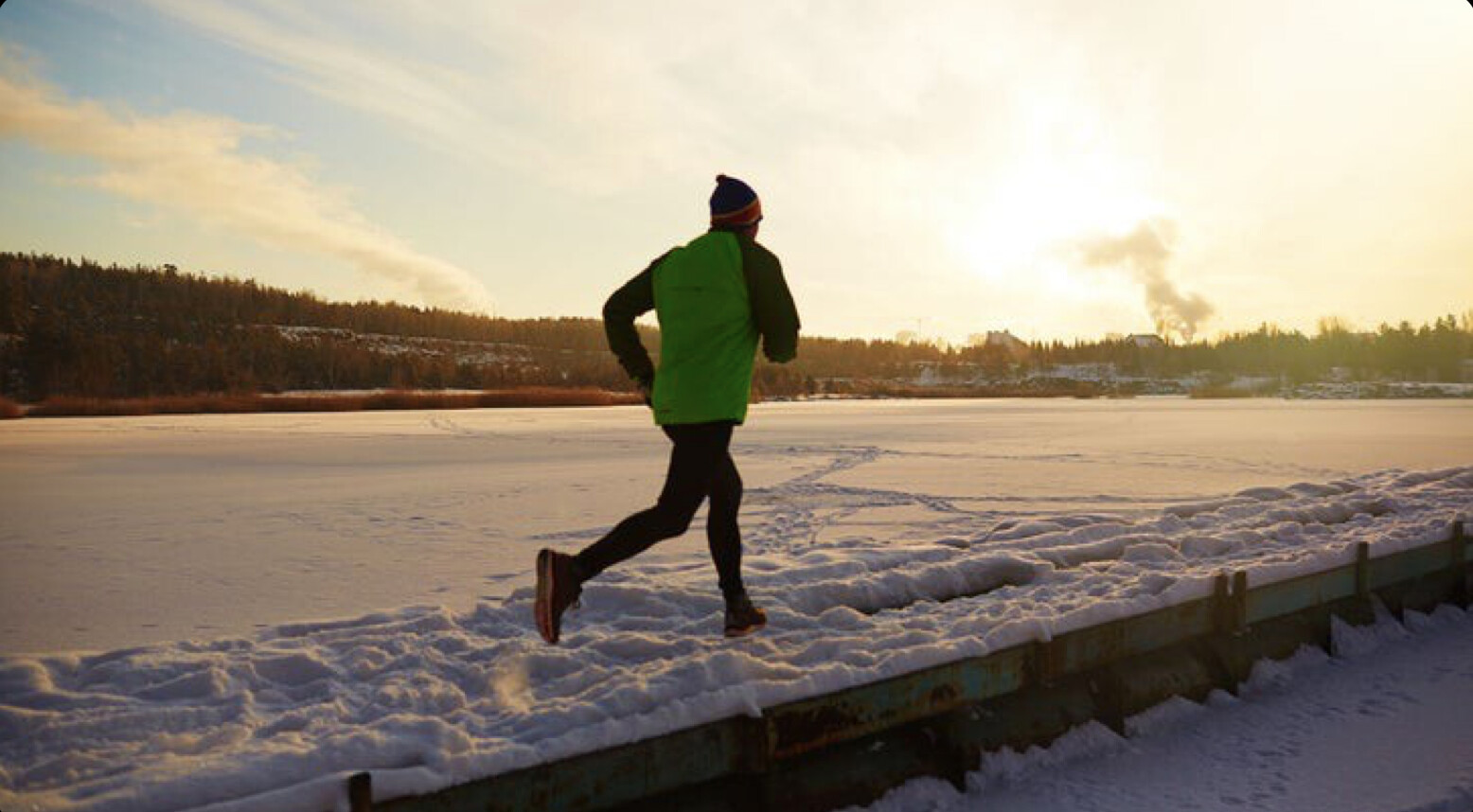
While Hagg’s routine was created out of necessity, he obviously valued the snowy training. When he moved to a city with a milder climate, he wrote in a training journal, “It will be harder running than any previous year. Probably there won’t be much snow.” And every winter he scheduled trips north to train on the familiar, tough, snowy trails.
Hagg isn’t the only runner who has found winter training valuable. Roger Robinson, who raced internationally for England and New Zealand in the 1960s before setting masters road records in the ‘80s, recalls his training for the deep-winter English cross country championships of the 1950’s and 60s. “We ran, often at race pace, over snow, mud, puddles, deep leaves, ploughed fields, scratchy stubble, stumpy grass, sticky clay, sheep-poo, whatever, uphill and down,” Robinson says. “And thus, without going near a gym or a machine, we developed strength, spring, flexibility, and stride versatility that also paid off later on the road or track; I made one of my biggest track breakthroughs after a winter spent running long intervals on a terrain of steep hills and soft shifting sand.”
Robinson, now 85, with two artificial knees, still runs in the cold and slop. “Running is still in great part about feeling the surfaces and shape of the earth under my feet,” he says.
Hagg and Robinson are of a different generation than those of us with web-connected treadmills that can let us run any course on earth from the comfort of our basement, but they’re on to something we might still benefit from: winter can be an effective training tool. Here are five reasons you’ll want to bundle up and head out regardless of the conditions, indeed, why you can delight when it is particularly nasty out.
1) Winter Running Makes You Strong
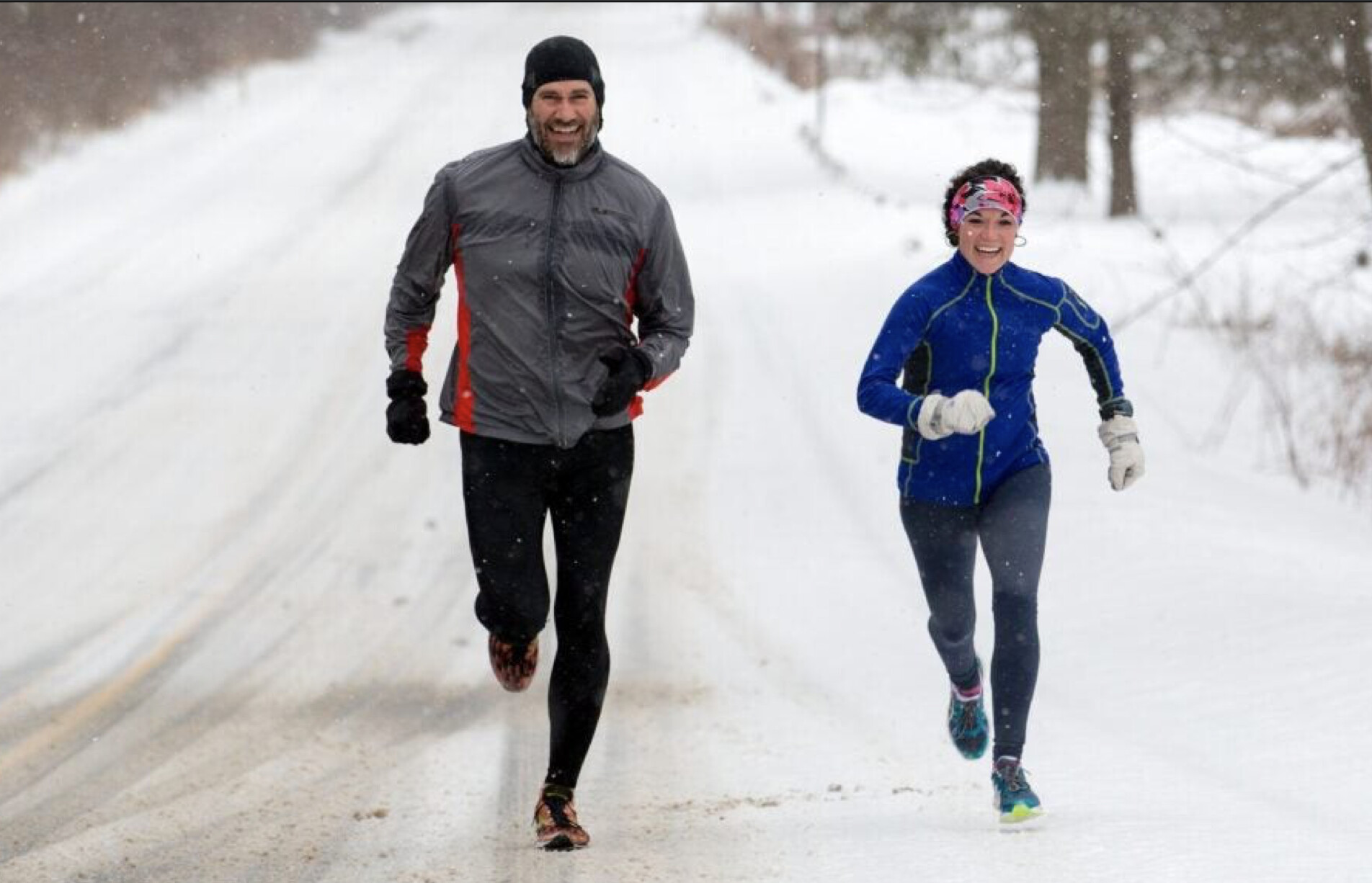
As Hagg demonstrated and Robinson points out, winter conditions work muscles and tendons you’d never recruit on the smooth, dry path. A deep-winter run often ends up being as diverse as a set of form and flexibility drills: high knees, bounds, skips, side-lunges, one-leg balancing.
Bill Aris, coach of the perennially-successful Fayetteville-Manlius high school programs, believes that tough winter conditions are ideal for off-season training that has the goal of building aerobic and muscular strength. He sends the kids out every day during the upstate New York winter, and says they come back, “sweating, exhausted and smiling, feeling like they have completely worked every system in their bodies.”
2) Winter Running Makes You Tough
No matter how much you know it is good for you and that you’ll be glad when you’re done, it takes gumption to bundle up, get out the door and face the wintry blast day after day. But besides getting physically stronger, you’re also building mental steel. When you’ve battled snow and slop, darkness and biting winds all winter, the challenges of distance, hills and speed will seem tame come spring.
3) Winter Running Improves Your Stride
Running on the same smooth, flat ground every day can lead to running ruts. Our neuromuscular patterns become calcified and the same muscles get used repeatedly. This makes running feel easier, but it also predisposes us to injury and prevents us from improving our stride as we get fitter or improve our strength and mobility. Introducing a variety of surfaces and uncertain footplants shakes up our stride, recruits different muscles in different movement patterns, and makes our stride more effective and robust as new patterns are discovered.
You can create this stride shake-up by hitting a technical trail. But as Megan Roche, physician, ultrarunning champion, clinical researcher at Stanford and Strava running coach, points out, “A lot of runners don’t have access to trails. Many runners are running on flat ground, roads—having snow and ice is actually helpful, makes it like a trail.”
In addition to creating variety, slippery winter conditions also encourage elements of an efficient, low-impact stride. “One thing running on snow or ice reinforces is a high turn over rate and a bit more mindfulness of where your feet are hitting the ground,” Roche says. “And those two things combine to a reduced injury risk.” After a winter of taking quicker, more balanced strides, those patterns will persist, and you’ll be a smoother, more durable runner when you start speeding up and going longer on clearer roads.
4) Winter Running Makes You Healthier
“Exercising in general, particularly during periods of higher cold or flu season has a protective effect in terms of the immune system,” says Roche. You get this benefit by getting your heart rate up and getting moving even indoors, but Roche says, “Getting outside is generally preferable—fresh air has its own positive effect.”
Cathy Fieseler, ultrarunner, sports physician, and chairman of the board of directors of the International Institute of Race Medicine (IIRM), says there’s not much scientific literature to prove it, but agrees that in her experience getting outside has health benefits. “In cold weather the furnace heat in the house dries up your throat and thickens the mucous in the sinuses,” Fieseler says. “The cold air clears this out; it really clears your head.”
Fieseler warns, however, that cold can trigger bronchospasms in those with asthma, and Roche suggests that when it gets really cold you wear a balaclava or scarf over your mouth to hold some heat in and keep your lungs warmer. “Anything below zero, you need to be dressed really well and mindful of your lungs, making sure that you’re not exposing your lungs to too cold for too long,” Roche says.
5) Winter Running Makes You Feel Better
For all its training and health benefits, the thing that will most likely get most of us out the door on white and windy days is that it makes us feel great. “A number of runners that I coach and that I see in clinics suffer from feeling more depressed or a little bit lower in winter,” says Roche. “Running is a great way to combat that. There’s something really freeing about getting out doors, feeling the fresh air and having that outdoor stress release.”
Research shows that getting outside is qualitatively different than exercising indoors. A 2011 systematic review of related studies concluded, “Compared with exercising indoors, exercising in natural environments was associated with greater feelings of revitalization and positive engagement, decreases in tension, confusion, anger, and depression, and increased energy.” They also found that “participants reported greater enjoyment and satisfaction with outdoor activity and declared a greater intent to repeat the activity at a later date.”
That “intent to repeat” is important. Running becomes easier and more enjoyable, the more you do it. “Consist running is really the most fun running,” Roche says. “It takes four weeks of consistency to really feel good. Your body just locks into it.”
Most people associate consistency with discipline, and setting goals and being accountable is an effective way to build a consistent habit. Strava data shows that people who set goals are much more consistent and persistent in their activities throughout the year. The desire to achieve a goal can help overcome that moment of inertia when we’re weighing current comfort with potential enjoyment.
But the best way to create long-term consistency is learning to love the run itself. Runners who make it a regular part of their life talk little about discipline and more about how much they appreciate the chance to escape and to experience the world on their run each day—even, perhaps especially, on the blustery, cold, sloppy ones.
Login to leave a comment
How Did Courtney Dauwalter Get So Damn Good?
If Courtney Dauwalter could travel back in time, this is what she would do: She’d join a wagon train crossing the American continent, Oregon Trail-style, for a week, maybe more, just to see if she could swing it. It would be hard, and also pretty smelly, but Dauwalter wonders what type of person she’d be if she deliberately decided to take that journey. Would she stop in the plains and build a farm? Could she make it to the Rocky Mountains? How much suffering could she take, and how daunted might she be by the terrain ahead of her?
“If you get to Denver and this huge mountain range is coming out of the earth, are you the type of person who stops and thinks, ‘This is good’?” she wonders. “Or are you the person who’s like, ‘What’s on the other side?’ ”
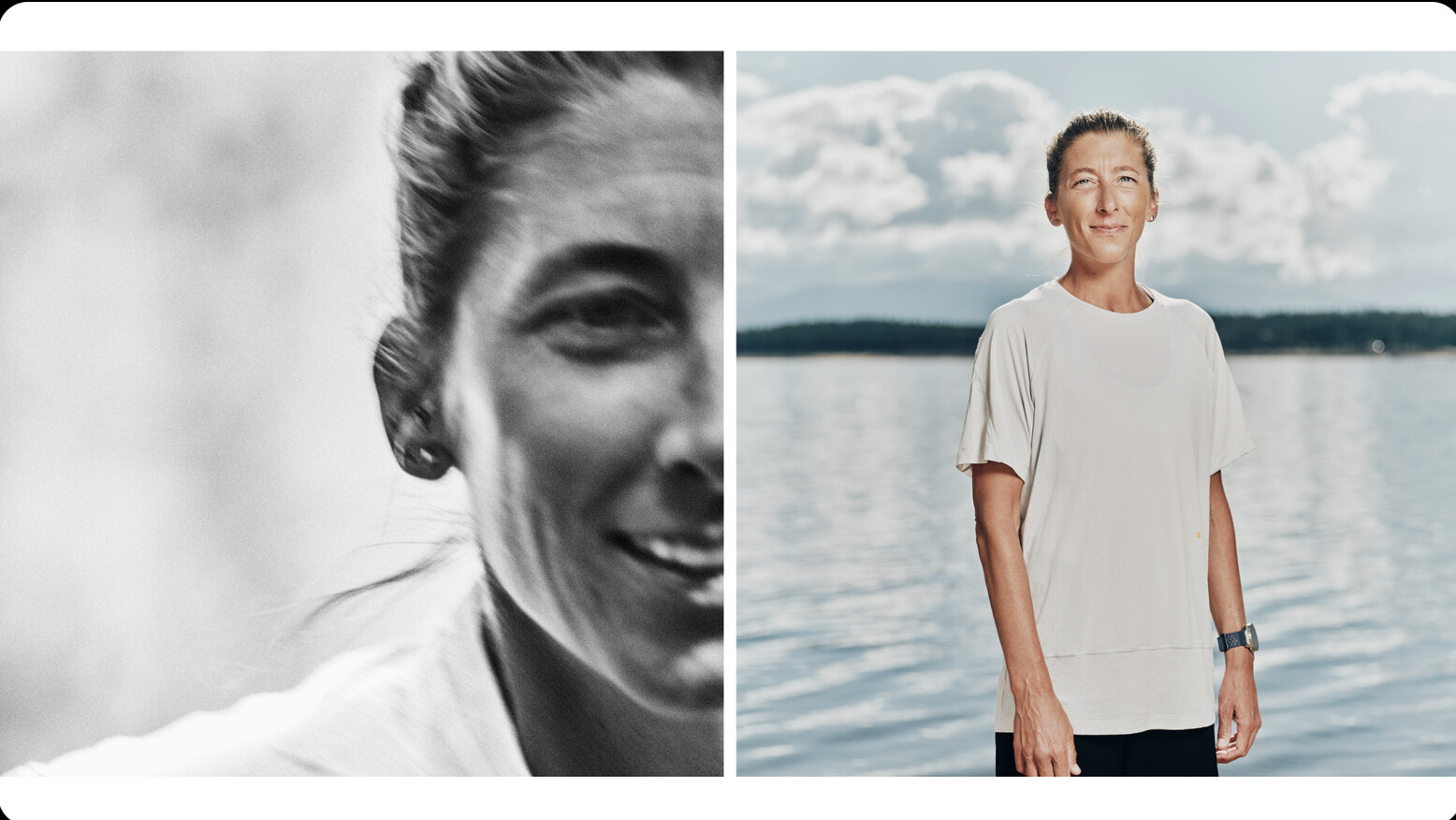
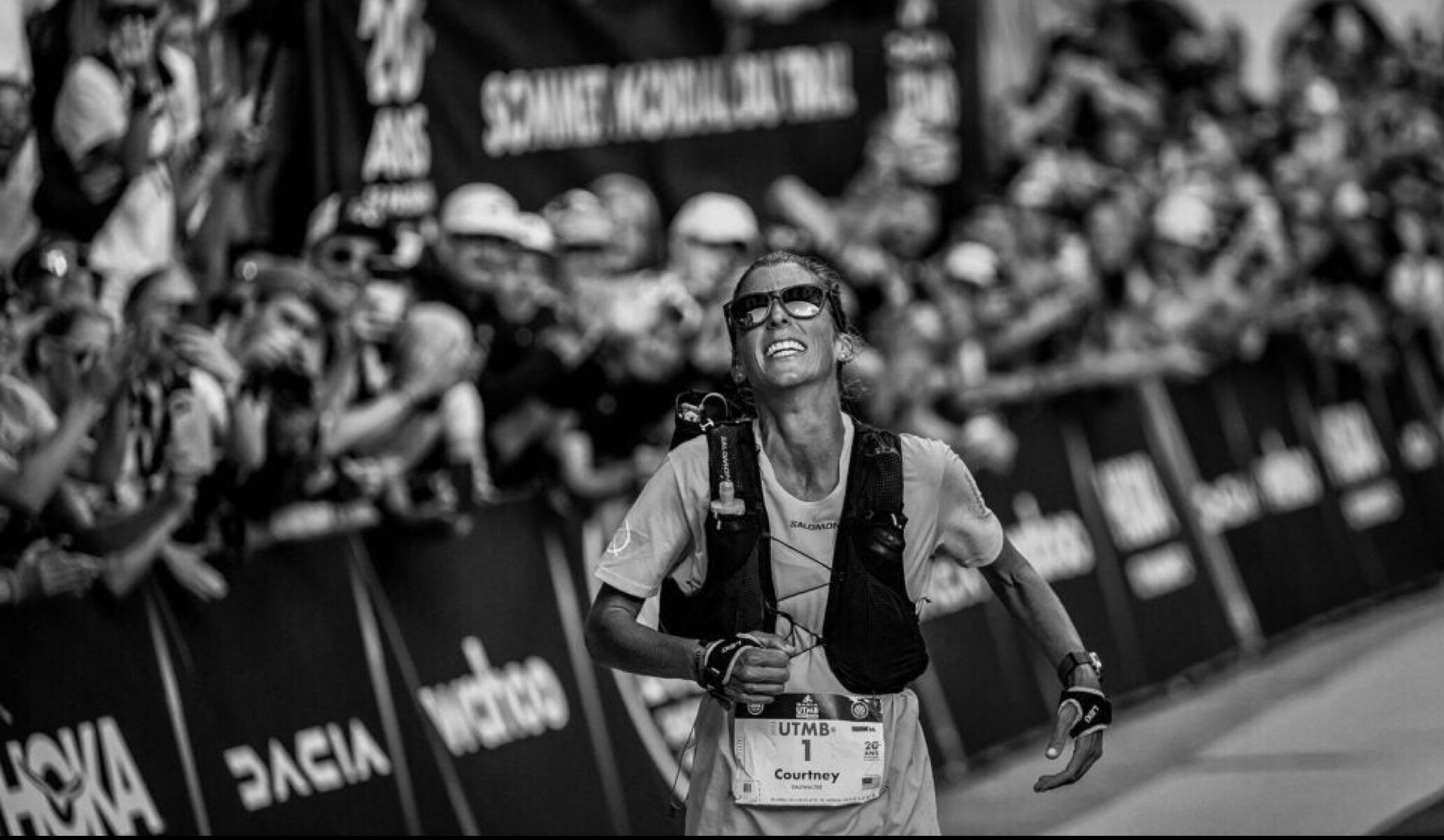
Dauwalter is probably (definitely) the best female trail runner in the world—a once-in-a-generation athlete. She’s hard to miss at the sport’s most famous races, and not just because of the nineties-style basketball shorts she prefers. (Her explanation: she just likes them.) It’s because she’s often running among the leading men in the sport, smiling beneath her mirrored sunglasses. The 39-year-old is five foot seven and lean, with smile lines and hair streaked with highlights from abundant time spent in high-altitude sun.
Dauwalter shared her historical daydream with me while sipping a pink sparkling water at her house in Leadville, Colorado, after a four-hour morning training run. Her cross-country wagon musings get at why she’s the best female ultrarunner ever to live: Dauwalter is curious. She’s curious about pain, about limits, about possibility. This quality is fundamental to what makes her so good.
Over the past eight years, Dauwalter has won almost everything she’s entered. In 2016, she set a course record at the Javelina Jundred—an exposed, looped route through the Sonoran Desert of Arizona. That same year she won the Run Rabbit Run 100-miler in Steamboat Springs, Colorado, by a margin of 75 minutes, despite experiencing temporary blindness for the last 12 miles (she could only see a foggy sliver of her own feet). Because of ultrarunning’s huge distances, it’s not unheard of to beat the competition by so much, but it doesn’t happen with the frequency that Dauwalter manages.
In 2018, she won the extremely competitive Western States 100 in California; it was her first time on the course. A year later, she set a new course record while winning the prestigious Ultra-Trail du Mont-Blanc (UTMB), besting the second-place finisher by just under an hour. In 2022, she set the fastest known time on the 166.9-mile Collegiate Loop Trail in her backyard in Colorado, and she won (and set a new course record at) the Hardrock 100, a grueling high-altitude loop through the state’s San Juan Mountains.
Dauwalter is also one of the few runners of her caliber to seriously dabble in the really long distance races. In 2017, she won the Moab 240—yes, that’s 240 miles—in two days, nine hours, and fifty-five minutes, ten hours ahead of the second-place finisher. She ran even farther at Big’s Backyard Ultra in 2020, a quirky test of wills where athletes complete a 4.167-mile course every hour on the hour until only one runner is left. Dauwalter set a women’s course record of just over 283 miles.
Given everything she’s accomplished, it’s hard to believe that the past two summers have been her most successful yet. In 2023, she returned to Western States, where she smashed the women’s course record by more than an hour and finished sixth overall. When she passed Jeff Colt, who finished ninth, he remembers how calm and collected she looked, running all alone. “My pacer looked back at me and said, ‘Jeff, I can’t even keep up with her right now,’ ” he says. Less than three weeks later, she won Hardrock again, taking fourth place overall and setting a new women’s course record. The race changes direction on the looped course each year, and she now holds both the clockwise and counterclockwise records.
In the interest of testing herself one more time, in late August she traveled to France to run UTMB again. She won that race too, becoming the first person in history to win all three races in a single summer. “She’s one of those humans who defy even the concept of an outlier,” says Clare Gallagher, a former Western States winner who has raced against Dauwalter. “I look at her summer and I have no words. It’s truly hard to conceptualize.”
Dauwalter led UTMB from the start, and she finished more than an hour ahead of the woman in second place. As she descended the final stretch of trail, she was followed by a barrage of cameras and a handful of people who looked like they just wanted a bit of her magic to rub off on them. As crowds roared on either side of the finish line in Chamonix, she looked back at the spectators and clapped in their direction, never raising her hands above her head or pumping her fists in the air. After hugging her parents and her husband, 39-year-old Kevin Schmidt, she jogged back in the direction she’d just come to high-five hundreds of fans.
Dauwalter grew up in the suburbs of Minneapolis, in a tight-knit family that was always active. The kids all played soccer, and when they weren’t at practice they were busy building tree forts or making up games at the local park. In seventh grade, she started running cross-country, and in eighth grade she joined the nordic ski team. She claims to have spent the first years just trying to stay upright, but in high school she went on to be a four-time state nordic ski champion and attended the University of Denver on a cross-country-skiing scholarship. She says that her parents, who now frequently crew and support her at races, led by example. “You work hard, you give everything you’ve got, you don’t forget to have fun,” she says.
Minnesota winters are notoriously cold, and she credits her ability to dig deep within herself to the unforgiving conditions. “Growing up there, you just learn to do stuff, regardless of the weather,” she says. She also points to a cross-country coach who taught her to think differently about pain. “He laid the groundwork for understanding that our bodies are capable of so much,” she says. “We can push past those initial signals saying that’s all I have and turn the knob, and there’s always one more gear.”
After college, Dauwalter taught middle and high school science in Denver, which is where she met Schmidt. “A woman I worked with and a guy he worked with were married, and they just kept putting us in the same places,” she says. “I didn’t know they were meddling!” Schmidt, who works as a software engineer, is also a competitive runner. He and Dauwalter train together—sometimes he’ll join in for her second run of the day—and they trade off supporting each other during races. When I met up with them in Leadville, Dauwalter had just finished crewing for Schmidt at a 100-miler in Switzerland. During her races, he maps her splits, takes care of her aid-station needs, and serves as crew captain. He’s the “spreadsheet brain” to her “tie-dye brain,” as he puts it, and he provides emotional support too.
“Its clear to me when she has taken up residence in the pain cave, so I try my best to fill it with snacks and encouragement,” says Schmidt. One time, while driving to an aid station during a race, Schmidt got a flat tire while carrying everything Dauwalter needed for the night. He wound up sprinting the final three miles to catch her in time.
When Dauwalter started racing more competitively and winning, she and Schmidt had a series of discussions about what they wanted their lives to look like. Ultimately, they decided that she should try to give professional running a shot. In 2017, without a sponsor and with a lot of unknowns still ahead, she left teaching to run full-time. “What we wanted was to look back when we were 90 years old and not wonder what if? about anything,” she says.
Mike Ambrose, the former team manager at Salomon, offered Dauwalter her first sponsorship as a trail runner that same year. She was still new on the scene, but Ambrose could see that she was driven, and the talent was there. “She’s super curious about pushing herself,” he says. “She had this huge engine coming from nordic skiing, and her 24-hour time was really crazy. I thought, well, if she just figures it out and gets more trail experience, she obviously has the mental and physical capacity.”
Despite her nearly superhuman athleticism and mental fortitude, Dauwalter is also very normal. She likes nachos, candy, and beer. She watches sports (the Vikings are her NFL team, even though she’s been in Broncos territory for years), and she wants to spend time with the people she loves, including her parents, and the friends who often crew for her.
Ultrarunning frequently sees short-lived stars, runners who dominate for a couple of years before burning out or slowing down, either from overtraining or simply from the passage of time and the wear on their bodies. Dauwalter, however, seems to have a rare capacity to push against her own limits without tipping over the edge. She’s been running long distances at an elite level for seven years now. Gallagher wonders how she’s managed to avoid injury, given Dauwalter’s volume of physically demanding races.
Login to leave a comment
Hayden Hawks Named 2024 UltraRunner of the Year
Hayden Hawks has been named the 2024 UltraRunner of the Year, cementing his status as one of the most accomplished athletes in ultrarunning. The recognition comes after a stellar season highlighted by victories in some of the world’s most prestigious ultra-distance races.
The Cedar City, Utah native delivered standout performances, including a victory at the Courmayeur-Champex-Chamonix (CCC) 101K on Mont Blanc. Known as one of the toughest races in the Ultra-Trail World Tour, the CCC is a proving ground for elite ultrarunners, and Hawks’ 10:20:11 finish solidified his dominance on the global stage.
He also claimed victory at the highly competitive Black Canyon 100K in Arizona, where he not only won but set a new course record with a time of 7:30:18. His season was rounded out with podium finishes at races like the Western States 100, where he placed third in 14:24:31, and the Julian Alps Ultra-Trail in Switzerland, where he finished second.
Hawks lives in Cedar City with his wife, Ashley, and their two children. Balancing a demanding training schedule with family life, he credits his support system for his success, calling his family his “greatest motivation.”
Hawks’ achievements in 2024 highlight his versatility across different terrains and conditions. Whether racing on the mountainous trails of Europe or the arid landscapes of the American West, Hawks has consistently demonstrated his ability to adapt and excel. His Black Canyon course record and CCC triumph underscore his speed, endurance, and tactical prowess.
As the 2024 UltraRunner of the Year, Hayden Hawks has not only etched his name into the sport’s history but also inspired countless runners worldwide to push their limits. With a career that continues to rise, the running community eagerly awaits what 2025 will bring for this ultrarunning star.
Login to leave a comment
The Distance Running Scene in 2024: A Year of Remarkable Achievements
The global distance running scene in 2024 was marked by incredible performances, new records, and innovative approaches to training and competition. From marathons in bustling city streets to ultramarathons through rugged terrains, the year showcased the resilience, determination, and evolution of athletes from all corners of the globe.
The World Marathon Majors—Tokyo, Boston, London, Berlin, Chicago, and New York—continued to be the centerpiece of elite distance running, each event contributing to a year of unprecedented performances and milestones.
Tokyo Marathon witnessed a remarkable performance by Kenya's Ruth Chepngetich, who set a new women's marathon world record with a time of 2:11:24. This achievement sparked discussions about the rapid advancements in women's long-distance running and the influence of technology in the sport.
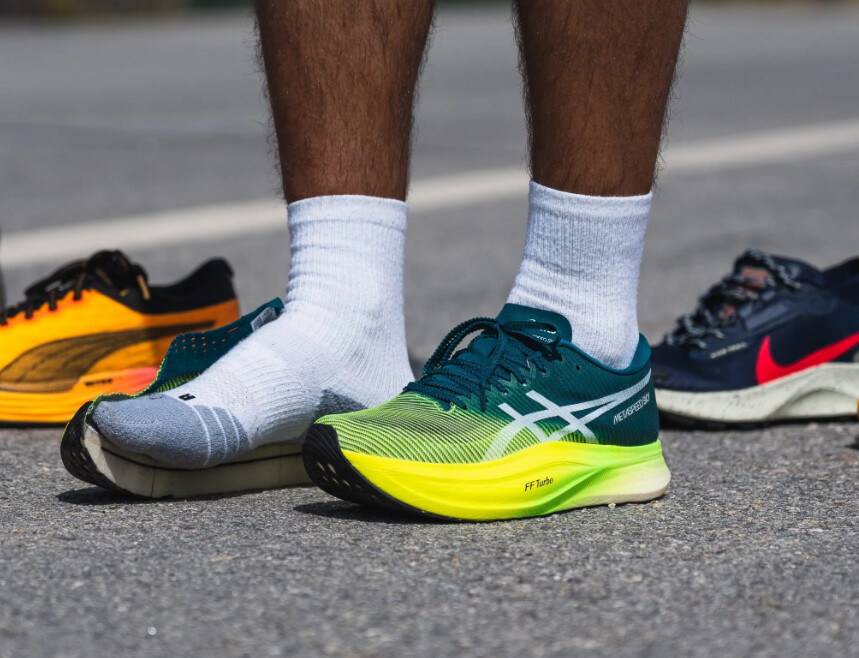
In the Boston Marathon, Ethiopia's Amane Beriso delivered a dominant performance, winning in 2:18:01. On the men's side, Kenya's Evans Chebet defended his title, highlighting Boston's reputation for tactical racing over sheer speed.
London Marathon saw Ethiopia's Tamirat Tola take the men's crown, besting the field with a strong tactical race. Eliud Kipchoge, despite high expectations, did not claim victory, signaling the growing competitiveness at the top of men’s marathoning. On the women's side, Kenya's Peres Jepchirchir triumphed, adding another major victory to her impressive resume.
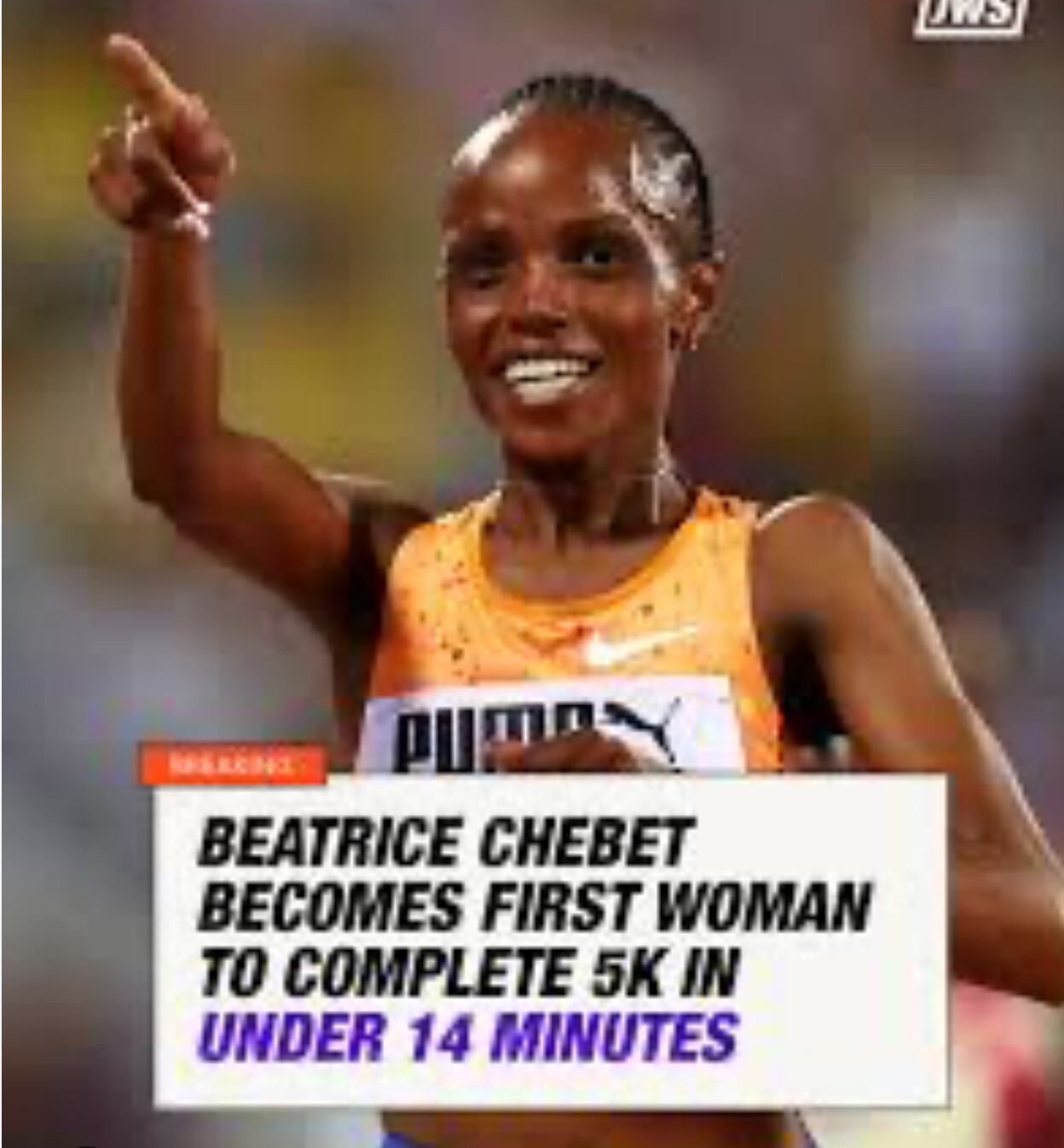
The Berlin Marathon in 2024 showcased yet another extraordinary performance on its fast course, though it was Kelvin Kiptum’s world record from the 2023 Chicago Marathon (2:00:35) that remained untouched. In 2024, Berlin hosted strong fields but no records, leaving Kiptum’s achievement as the defining benchmark for men’s marathoning.
The Chicago Marathon was the highlight of the year, where Kenya's Ruth Chepngetich made history by becoming the first woman to run a marathon in under 2:10. She shattered the previous world record by nearly two minutes, finishing in 2:09:56. This groundbreaking achievement redefined the possibilities in women's distance running and underscored the remarkable progress in 2024.
The New York City Marathon showcased the depth of talent in American distance running, with emerging athletes achieving podium finishes and signaling a resurgence on the global stage.
Each marathon in 2024 was marked by extraordinary performances, with athletes pushing the boundaries of human endurance and setting new benchmarks in the sport.
Olympic Preparations: Paris 2024 Looms Large
With the 2024 Summer Olympics in Paris just around the corner, many athletes used the year to fine-tune their preparations. Qualifying events across the globe witnessed fierce competition as runners vied for spots on their national teams.
Countries like Kenya, Ethiopia, Japan, and the United States showcased their depth, with surprising performances by athletes who emerged as dark horses. Japan’s marathon team, bolstered by its rigorous national selection process, entered the Olympic year as a force to be reckoned with, particularly in the men's race.
Ultramarathons: The Rise of the 100-Mile Phenomenon
The ultramarathon scene continued to grow in popularity, with races like the Western States 100, UTMB (Ultra-Trail du Mont-Blanc), and Leadville 100 drawing record participation and attention.
Courtney Dauwalter, already a legend in the sport, extended her dominance with wins at both UTMB and the Western States 100, solidifying her reputation as the GOAT (Greatest of All Time) in ultrarunning.
On the men’s side, Spain’s Kilian Jornet returned to form after an injury-plagued 2023, capturing his fifth UTMB title. His performance was a masterclass in pacing and strategy, showcasing why he remains a fan favorite.
Notably, ultramarathons saw increased participation from younger runners and athletes transitioning from shorter distances. This shift signaled a growing interest in endurance challenges beyond the marathon.
Track and Road Records: Pushing the Limits
The year 2024 witnessed groundbreaking performances on both track and road, with athletes shattering previous records and setting new benchmarks in distance running.
Beatrice Chebet's Dominance: Kenya's Beatrice Chebet had an exceptional year, marked by multiple world records and championship titles.
10,000m World Record: In May, at the Prefontaine Classic, Chebet broke the women's 10,000m world record, becoming the first woman to run the distance in under 29 minutes, finishing in 28:54.14.
Olympic Triumphs: At the Paris Olympics, Chebet secured gold in both the 5,000m and 10,000m events, showcasing her versatility and dominance across distances.
5km World Record: Capping off her stellar year, on December 31, 2024, Chebet set a new women's 5km world record at the Cursa dels Nassos race in Barcelona, finishing in 13:54. This achievement made her the first woman to complete the 5km distance in under 14 minutes, breaking her previous record by 19 seconds.
Faith Kipyegon's Excellence: Kenya's Faith Kipyegon continued her dominance in middle-distance running by breaking the world records in the 1500m and mile events, further cementing her legacy as one of the greatest athletes in history.
Joshua Cheptegei's 10,000m World Record: Uganda's Joshua Cheptegei reclaimed the men's 10,000m world record with a blistering time of 26:09.32, a testament to his relentless pursuit of excellence.
Half Marathon Records: The half marathon saw an explosion of fast times, with Ethiopia’s Yomif Kejelchabreaking the men's world record, running 57:29 in Valencia. The women's record also fell, with Kenya’s Letesenbet Gidey clocking 1:02:35 in Copenhagen.
These achievements highlight the relentless pursuit of excellence by distance runners worldwide, continually pushing the boundaries of human performance.
The Role of Technology and Science
The impact of technology and sports science on distance running cannot be overstated in 2024. Advances in carbon-plated shoes, fueling strategies, and recovery protocols have continued to push the boundaries of human performance.
The debate over the fairness of super shoes reached new heights, with critics arguing that they provide an unfair advantage. However, proponents emphasized that such innovations are part of the natural evolution of sports equipment.
Data analytics and personalized training plans became the norm for elite runners. Wearable technology, including advanced GPS watches and heart rate monitors, allowed athletes and coaches to fine-tune training like never before.
Grassroots Running and Mass Participation
While elite performances stole the headlines, 2024 was also a banner year for grassroots running and mass participation events. After years of pandemic disruptions, global races saw record numbers of recreational runners.
Events like the Great North Run in the UK and the Marine Corps Marathon in the U.S. celebrated inclusivity, with participants from diverse backgrounds and abilities.
The popularity of running as a mental health outlet and community-building activity grew. Initiatives like parkrunand local running clubs played a pivotal role in introducing more people to the sport.
Diversity and Representation
Diversity and representation became central themes in distance running in 2024. Efforts to make the sport more inclusive saw tangible results:
More women and runners from underrepresented communities participated in major events. Notably, the Abbott World Marathon Majors launched a program to support female marathoners from emerging nations.
Trail and ultrarunning communities embraced initiatives to make races more accessible to runners from diverse cultural and economic backgrounds.
Challenges and Controversies
Despite the many successes, 2024 was not without its challenges:
Doping Scandals: A few high-profile doping cases marred the sport, reigniting calls for stricter testing protocols and greater transparency.
Climate Change: Extreme weather conditions impacted several races, including the Boston Marathon, which experienced unusually warm temperatures. Organizers are increasingly focusing on sustainability and adapting to climate-related challenges.
Looking Ahead to 2025
As the year closes, the focus shifts to 2025, which promises to build on the momentum of 2024. Key storylines include:
The quest for a sub-2-hour marathon in a record-eligible race, with Kelvin Kiptum and Eliud Kipchoge at the forefront.
The continued growth of ultrarunning, with new records likely to fall as more athletes take up the challenge.
The evolution of distance running as a global sport, with greater inclusivity and innovation shaping its future.
Conclusion
The distance running scene in 2024 was a celebration of human potential, resilience, and the unyielding pursuit of greatness. From record-breaking marathons to grueling ultramarathons, the year reminded us of the universal appeal of running. As the sport evolves, it continues to inspire millions worldwide, proving that the spirit of running transcends borders, ages, and abilities.
by Boris
Login to leave a comment
Courtney Olsen Sets 50-Mile World Record of 5:31:56 at 2024 Tunnel Hill 50 Mile
American Courtney Olsen continues to make her mark on ultrarunning history, this time provisionally setting a women’s 50-mile world record of 5:31:56 at the Tunnel Hill 50 Mile in Vienna, Illinois, on November 9, 2024.
The previous record of 5:40:18 was set in 1991 by the iconic American ultrarunner Ann Trason. Olsen’s effort resets the world record by 8 minutes and 22 seconds.
Her performance represents an average pace of 6:39 per mile (4:08 per kilometer) over 50 miles (80.47 kilometers). Wow!
The Tunnel Hill 50 Mile is run as a double out-and-back on the Tunnel Hill State Trail, a rails-to-trails trail composed mostly of dirt. The event and trail are named after the tunnel through which the trail passes and was the location of a new men’s 50-mile world record in 2023. It is a USA Track & Field-certified course, and the event has an International Association of Ultrarunners (IAU) Gold Label. The IAU governs the 50-mile distance for world records, and will be responsible for ratifying the record.
The 37-year-old hails from Bellingham, Washington, and appears to be amidst a big year in racing. Earlier in 2024, she took third at the Comrades Marathon. She’s also on Team USA, set to compete at the IAU 100-Kilometer World Championships in December, 2024. In 2022, the last time the 100k world champs took place, Olsen finished fourth and ran 7 hours and 15 minutes. Her marathon PR appears to be 2:36:21.
Login to leave a comment
we need to stop using this phrase in ultrarunning
The phrase “it’s 100 per cent mental” is tossed around like a mantra in ultrarunning, suggesting that mental grit alone is what gets runners through challenging endurance races. While mental resilience is undeniably important, claiming that finishing is all in the mind oversimplifies the intense physical toll that these long-distance races demand. This mindset is not only misleading—it’s potentially dangerous. Here’s why.Most of us have lined up for a race, of any distance, knowing our training was less than ideal and willing to risk a less-than-perfect performance. But believing that mental toughness alone can make up for a lack of preparation is risky, particularly in long races (often on isolated courses) placing unrealistic expectations on our mental capacity and ignoring the very real need for physical readiness.
Mental strength has limits
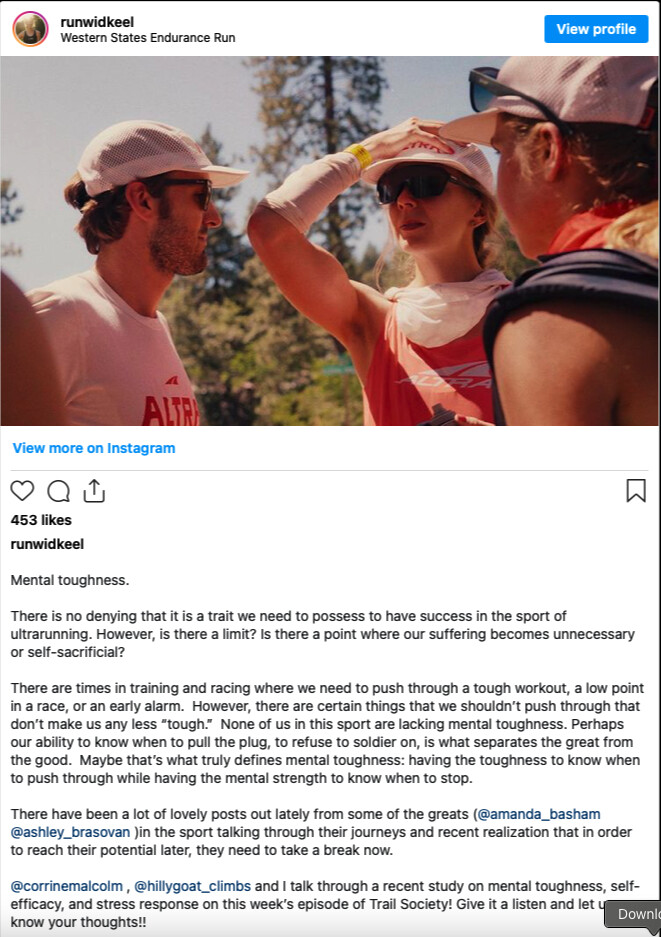
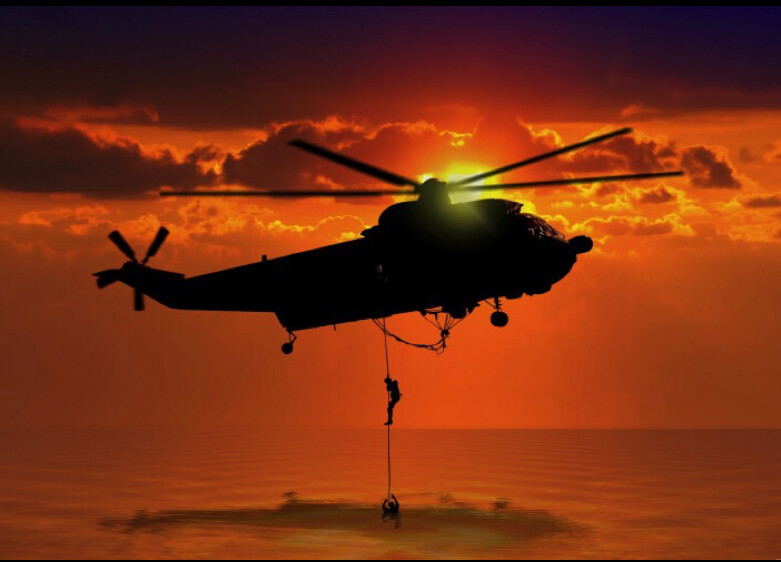
First, let’s be clear: no amount of mental grit can make up for a lack of training in ultrarunning. With distances ranging from 50K to over 200 miles, on mountainous, often technical terrain, the body needs conditioning to handle the intense demands. Without proper training, runners risk serious injury and even long-term damage.“Ultra-trail runners at risk for kidney damage, study finds” — Canadian Running Magazine
View on the original site.
After my first ultra, I learned a lot about my body’s capacity—and my own mental resilience. Realizing that I could go the distance gave me the confidence to tackle future races, knowing I had reserves of strength I hadn’t tapped into before. But that mental boost only went so far; my body still had to be physically prepared for each race. Mental resilience helps you push through tough moments, but there’s no substitute for the endurance, strength and injury prevention that come from dedicated training. Both body and mind are essential to finishing safely and successfully.
Physical preparation isn’t just about finishing—it’s about finishing safely. For some athletes, the financial investment alone in signing up for some races can lead unprepared runners to attempt an endurance race they are woefully unprepared for. Approaching an ultra thinking it’s “all mental” can lead runners to neglect training, setting themselves up for heartbreak or, worse, risking their health and the safety of others.The risks of overemphasizing mentality
The “100 per cent mental” mindset can lead some runners to dangerous overexertion. By treating pain or fatigue as mere mental hurdles, they risk ignoring their body’s signals, which can lead to dehydration, heatstroke or serious injury. Pushing through rather than listening can have consequences beyond one race, with runners risking long-term injuries or even life-threatening situations.
Downplaying the physical demands of ultrarunning can also set unrealistic expectations, especially for newcomers. When runners believe they lack “mental toughness” due to physical struggles, they may feel discouraged—when the real issue may simply be a need for more conditioning. Race directors often have medics and rescue teams on standby for emergencies, as even experienced runners sometimes require aid or removal from the course. When inexperienced athletes put themselves at risk by over-relying on mental toughness, they may need these resources, impacting everyone involved.Balancing mental and physical strengths
A successful ultra is about harmonizing both mental and physical strengths. Yes, runners need to train their minds to cope with doubt, discomfort and long hours on the trail. But they also need a strong, prepared body to carry them over technical terrain, up mountains and across long, seemingly endless stretches of trail. Effective training integrates physical endurance, muscle strength and strategic recovery—all components that mental strength alone cannot achieve.
Training for an ultra needs to emphasize a well-rounded approach, acknowledging the importance of both mental and physical endurance. This mindset not only helps runners perform better but also keeps them safe, as they’re more likely to listen to their bodies and make smart decisions in races.
by Running Magazine
Login to leave a comment
Six American runners to watch in the 2024 Chicago Marathon
Excitement is building for this year’s Chicago Marathon that takes place on Sunday 13 October. Once again, a stellar field has been assembled including some of the best American runners operating today. Read on to find out which US athletes will compete in the 2024 Chicago Marathon.
It’s been seven years since the last American was victorious in the Chicago Marathon, with Galen Rupp crowned winner of the men’s race in 2017. In the women’s race, you need to go back almost 20 years to find the last US winner, when Deena Kastor became the first female American to claim victory on the streets of Chicago in almost a decade.
But with this year’s Chicago Marathon just days away, a strong group of elite American runners will take on the challenge of the 42.195km race, bringing with them experience, pedigree and the hopes of a nation as they battle for glory on home soil.
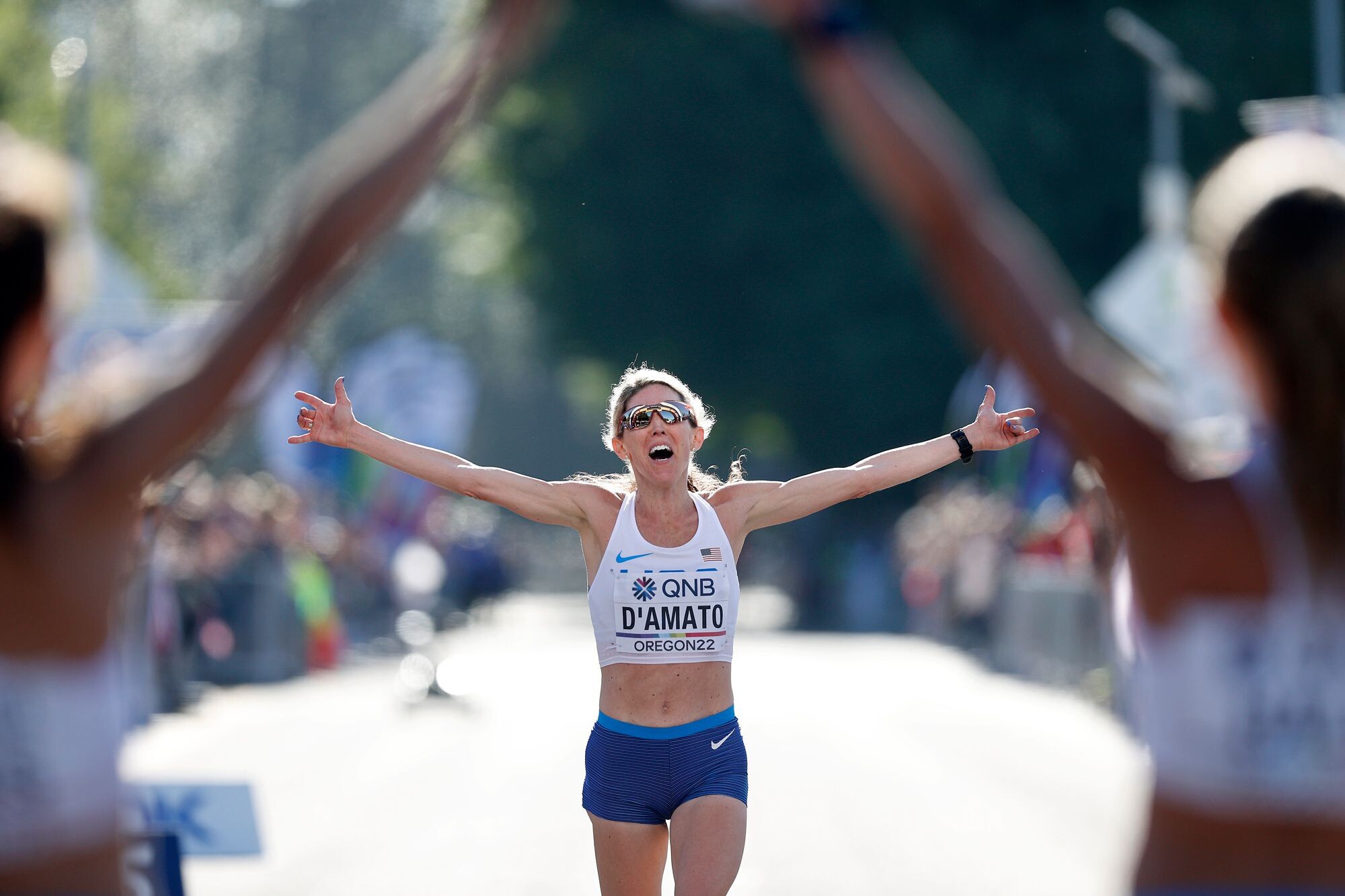
Read on to discover the top American athletes competing in the 2024 Chicago Marathon.
Top Americans in the 2024 Chicago Marathon women’s race
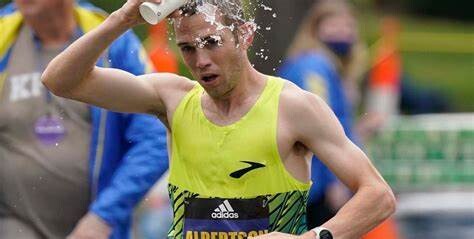
Keira D’Amato
Keira D'Amato, the former fastest female American runner of all time, has an exceptional track record in long-distance events. The 39-year-old still holds the fastest US women’s time in the half marathon at 1:06:39, set in the Gold Coast, Australia in 2023, while her best in the 42.195km race is an impressive 2:19:12, which she achieved in Houston in 2022.
This year, D’Amato will have speedy support by her side, as she revealed her pacer for the Chicago Marathon will be none other than Rio 2016 Olympic 1500m gold medallist Matthew Centrowitz. Can the addition to her race-day crew catapult D’Amato to glory in the Windy City? All will be revealed on Sunday.
Born in Kenya, Betsy Saina has since received her US citizenship and will be one of the favourites to hold the title of fastest American in this year’s Chicago Marathon women’s race. Saina became a mother in 2021 but has gone from strength to strength since then, becoming the fastest female American marathoner in 2023. While her dreams of making the Olympic team for Paris 2024 were not realised, she comes into this year’s Chicago Marathon showpiece with one of the fastest times among all US runners with a personal best of 2:19:17 set at the 2024 Tokyo Marathon.
A fan favourite and former American marathon record holder, Sara Hall has vast experience in elite marathon running, which includes a third-place finish in the 2021 Chicago Marathon.
Perhaps her most memorable performance was in the 2021 London Marathon where she produced a stunning all-out sprint finish to claim second-place in Britain’s capital.
At 41 years old, Hall will be among the older members of the elite field but she is showing few signs of slowing down. She finished fifth in the 2024 Olympic marathon trials and in April this year ended the Boston Marathon as the second-fastest American finisher in a time of 2:27:58.
Top Americans in the 2024 Chicago Marathon men’s race
Zach Panning
During the US marathon trials for the last Olympics, Zach Panning sent the crowd into a frenzy with a courageous run where he led from the front for almost three-quarters of the race. Panning eventually fell off the pace to finish the trials in sixth place, with only the top three nominated for the team.
However, the fearlessness of the 29-year-old, who holds a personal best of 2:09:28, makes him one of the most exciting runners in the field.
Following his 10th-place finish in the 2024 London Marathon, Brian Shrader is back on home soil hoping to impress on the streets of Chicago, where he finished 11th last year in a personal best time of 2:09:46.
While a DNF in the Olympic trials shattered Shrader’s dreams of going to Paris 2024 he enters this race with real aspirations of finishing as the top American and perhaps challenging the front-runners in the elite men’s race.
Perhaps best known for his exploits over distances that trickle into the category of ultrarunning, CJ Albertson’s pace over the legendary 42.195km distance makes him one of the top three American men in the Chicago Marathon field.
The former world record holder over 50km enters Sunday’s race with a best marathon time of 2:09:53 set at the 2024 Boston Marathon, where he finished seventh.
Albertson finished fifth in the 2024 Olympic trials but his recent form shows just why he is one of the most talked-about US athletes operating in the marathon today.
by Athletics
Login to leave a comment
Bank of America Chicago
Running the Bank of America Chicago Marathon is the pinnacle of achievement for elite athletes and everyday runners alike. On race day, runners from all 50 states and more than 100 countries will set out to accomplish a personal dream by reaching the finish line in Grant Park. The Bank of America Chicago Marathon is known for its flat and...
more...The Strange Saga of Ultrarunner Camille Herron and Wikipedia
The husband of runner Camille Herron admitted to having altered the Wikipedia biographies of prominent ultrarunners. The revelation came after a Canadian journalist launched an investigation.
On September 24, Conor Holt, the husband and coach of American ultrarunner Camille Herron, admitted to altering the biographies of Herron, Courtney Dauwalter, Kilian Jornet, and other prominent runners on the website Wikipedia. Holt’s edits boosted his wife’s accolades but also downgraded those of the other prominent ultrarunners.
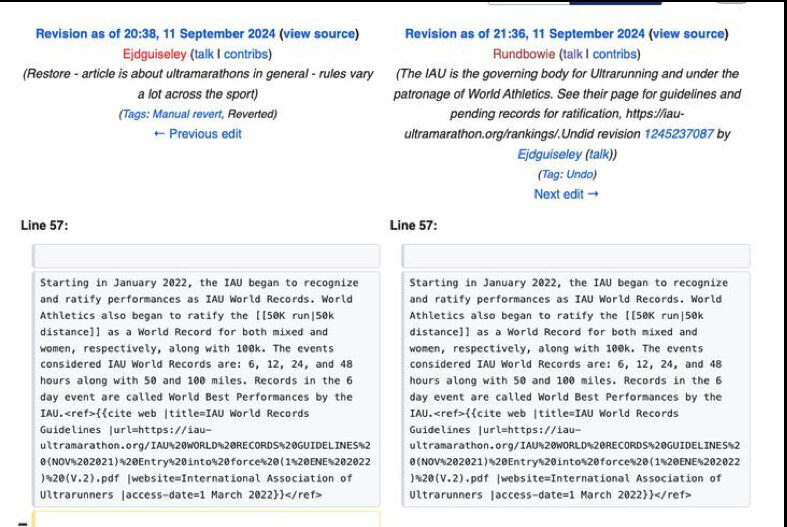
“Camille had nothing to do with this,” Holt wrote in an email sent to Outside and several running media websites. “I’m 100 percent responsible and apologize [to] any athletes affected by this and the wrong I did.”

The confession brought some clarity to an Internet mystery that embroiled the running community for several days and sparked a flurry of chatter on social media and running forums. Herron, 42, is one of the most visible ultrarunners in the sport, and over the years she has won South Africa’s Comrades Marathon and also held world records in several different events, including the 48-hour and six-day durations. But the Wikipedia controversy led to swift consequences for Herron—her major sponsor, Lululemon, parted ways with her on Thursday morning.
The entire ordeal sprung from an investigation led by a Canadian journalist who spent more than a week following digital breadcrumbs on dark corners of
Marley Dickinson, a reporter for the website Canadian Running, began looking into the Wikipedia controversy in mid-September after receiving a tip from someone in the running community. The tipster told Dickinson, 29, that someone was attempting to delete important data from the Wikipedia entry for “Ultramarathon.”
The person had erased the accomplishments of a Danish runner named Stine Rex, who in 2024 broke two long-distance running records—the six-day and 48-hour marks—which were previously held by Herron. At the time, the sport’s governing body, the International Association of Ultrarunners, was deciding whether or not to honor Rex’s six-day record of 567 miles.
“The person making the edits said the IAU had made a decision on the record, even though they hadn’t yet,” Dickinson told me. “Whoever was doing it really wanted to get Rex’s run off of Wikipedia.”
Wikipedia allows anonymous users to edit entries, but it logs these changes in a public forum and shows which user accounts made them. After an edit is made, a team of volunteer moderators, known as Wikipedians, examines the changes and then decides whether or not to publish them. The site requires content to be verifiable through published and reliable sources, and it asks that information be presented in a neutral manner, without opinion or bias. The site can warn or even suspend a user for making edits that do not adhere to these standards.
Dickinson, who worked in database marketing at Thomson Reuters before joining Canadian Running, was intrigued by the bizarre edits. “I’ve always been into looking at the backend of websites,” he told me. “There’s usually a way you can tie an account back to a person.”
The editor in question used the name “Rundbowie,” and Dickinson saw that the account had also made numerous changes to Herron’s biography. Most of these edits were to insert glowing comments into the text. “I thought whoever this person is, they are a big fan of Camille Herron,” Dickinson said.
Rundbowie was prolific on Wikipedia, and made frequent tweaks and updates to other biographies. The account had removed language from the pages of Jornet and Dauwalter—specifically deleting the text “widely regarded as one of the greatest ultramarathon runners of all time.” Rundbowie had then attempted to add this exact language to Herron’s page. Both attempts were eventually denied by Wikipedians.
After examining the edits, Dickinson began to suspect that Rundbowie was operated by either Herron or Holt. Further digital sleuthing bolstered this opinion. He saw that the Rundbowie account, which made almost daily edits between February and April, abruptly went silent between March 6-12. Those dates corresponded with Herron’s world-record run in a six-day race put on by Lululemon in California.
But Dickinson wasn’t done with his detective work. He saw that in March, Wikipedia had warned Rundbowie on its public Incident Report page. The reason
A final Internet deep dive convinced Dickinson that he was on the right track. The IP address—a string of characters associated with a given computer—placed Temporun73 in Oklahoma, which is where Herron and Holt live. Then, on a forum page for Oregon State University, which is where Herron attended graduate school, Dickinson found an old Yahoo email address used by Herron. The email name: Temporun73.
“To me, this was a clear sign that it was either Conor or Camille” Dickinson said.
Dickinson published his story to Canadian Running on Monday, September 23. The piece included screenshots of Wikipedia edits as well as Dickinson’s trail to Herron and Holt. It started off a flurry of online reactions.
A thread on the running forum LetsRun generated 360 comments, and several hundred more appeared on the Reddit communities for trail running and ultrarunning. Film My Run, a British YouTube site, uploaded an immediate reaction video the following day. Within 12 hours, more than a hundred people shared their thoughts in the comments section.
It’s understandable why. Lauded for her accolades in ultra-distance races, Herron is also one of the most visible ultrarunners on the planet. She gives frequent interviews, and has been an outspoken advocate for the anti-doping movement, for smart and responsible training habits, and for the advancement of women runners.
“I think we’re going to continue to see barriers being broken and bars raised. I want to see how close I can get to the men’s world records, or even exceed a men’s world record,” she told Outside Run in 2023.
Herron has also spoken and written about her own mental health. Earlier this year, she began writing and giving interviews about her recent diagnosis with Autism and ADHD.
“Although I knew little about autism before seeking out a diagnosis, my husband, who observed my daily quirks and often reminded me to eat, drink, and go to bed, would jokingly speculate that I might be autistic,” she told writer Sandra Rose Salathe on the website FloSpace in July.
Dickinson told me he had a very positive image of Herron from his short time at Canadian Running. He joined the website in 2021.
“She’s always been super nice and welcoming,” Dickinson said.
Dickinson says he reached out to Herron and Holt via email and social media, but did not receive a reply. On Monday afternoon, a user on the social media platform X asked Herron about the story. “It’s made up,” Herron’s account replied. “Someone has an ax to grind and is bullying and harassing me.”
Herron’s social media accounts were deactivated shortly afterward—Holt later said he took them down.
Some online commenters questioned if the story was legitimate—something I did too, initially. Following Dickinson’s arcane trail through Wikipedia’s backend required a careful read, and a strong knowledge of the encyclopedia’s rules and regulations.
After speaking to Dickinson, I sent my notes to a Wikipedia expert named Rhiannon Ruff, who operates a digital consulting firm called Lumino that helps clients navigate the online encyclopedia. Ruff examined the story as well as the Wikipedia histories of Rundbowie and Temporun 73, and said that the evidence strongly suggested that both accounts were operated by the same person. But, since Wikipedia allows for anonymity, you cannot make the connection with 100 percent certainty.
Ruff pointed out that Wikipedia’s internal editors strongly believed the two accounts had a biased with Herron, because the accounts had attempted to write in the same sentence. “Both tried to add details about her crediting the influence of her father and grandfather, and how she runs with a smile,” Ruff said.
Ruff also pointed me to the prolific editing history of Temporun73. Started in 2016, the account had made approximately 250 edits to
“I never got a chance to say anything to the Canadian Running website before they published it,” Holt wrote.
Holt admitted that he was the operator of the Temporun73 and Rundbowie accounts. But he said his Wikipedia editing was aimed at combating online bullies who had removed biographical details from Herron’s Wikipedia page in the past.
“I kept adding back in the details, and then they blocked my account in early February of this year,” Holt wrote. “Nothing was out of line with what other athletes have on their pages. Wikipedia allows the creation of another account, so I created a new account Rundbowie. I was going off what other athletes had on their pages using the username Rundbowie and copying/pasting this info.”
“I was only trying to protect Camille from the constant bullying, harassment and accusations she has endured in her running career, which has severely impacted her mental health,” he added. “So much to the point that she has sought professional mental health help.”
Outside asked Holt via email to provide further details, but we did not receive a response. In an email to Canadian Running, Holt said he was focused on Herron’s upcoming race, and would not be conducting interviews.
But the fallout from the admission came quickly. On Thursday morning Dickinson broke more news: apparel brand Lululemon, which has backed Herron since 2023, had ended its partnership. In a statement provided to several outlets, the brand said it was dedicated “to equitable competition in sport for all,” and that it sought
by Outside Online
Login to leave a comment
Is FKT Fever Coming to the Himalayas?
American runner Tyler Andrews just set the speed record on Manaslu, running from base camp to the summit while using an ultralight setup. Will more runners flock to the world’s highest peaks to prove themselves?
On September 19, 34-year-old American mountain runner Tyler Andrews ascended Nepal’s 26,781-foot Manaslu in a mind-bending 9 hours and 52 minutes. The time shaved more than two hours off the previous speed record on the peak, set in 2023 by Nepalese climber Pembe Gelji Sherpa. Before that, Francois Cazzanelli, an alpinist and guide from Italy, summited in 13 hours, in 2019.
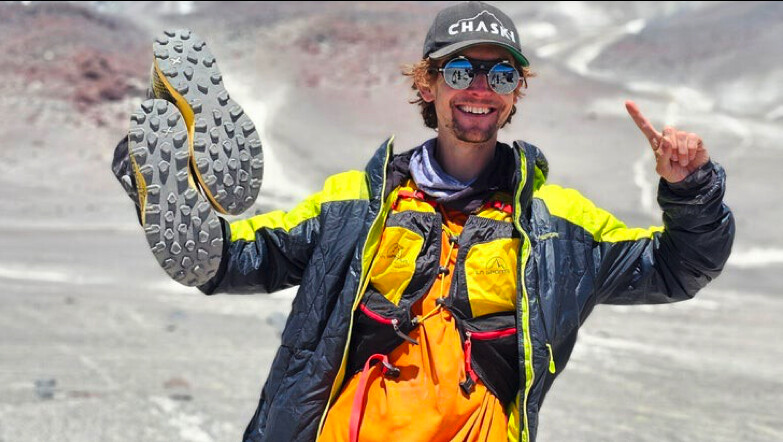
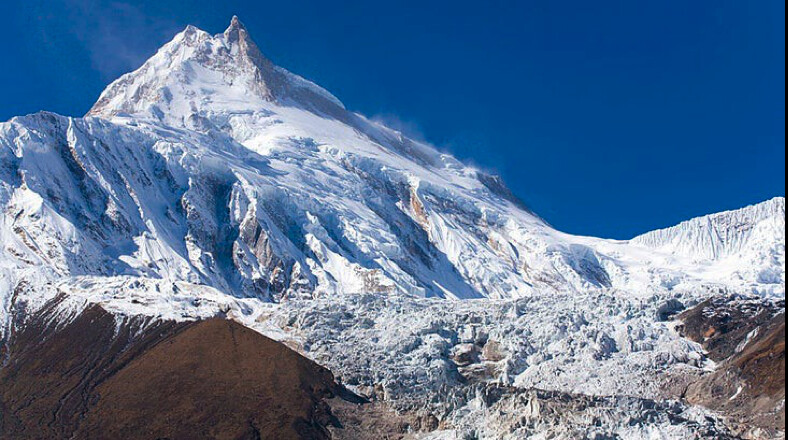
Manaslu is one of the world’s 14 peaks above 8,000 meters. These mountains have traditionally been the realm of mountaineers and professional high-alpine guides, not trail runners.
But Andrews believes that’s about to change. “I think we’re going to start seeing more mountain runners going this way,” Andrews told Outside from Manaslu base camp.
His belief stems in part from his own experience on the peak, and from changing dynamics he’s seeing in the world of ultrarunning and the pursuit of fastest known times. Andrews is part of a new generation of mountain runners seeking out increasingly bigger, more challenging, and more daunting speed records. “If you start with the Colorado fourteeners, then go to the Alps, then the Andes, the natural progression is to the Himalayas and the 8000ers,” he told Outside.
Instead, ascents on Nepal’s highest mountains, including those resulting in speed records, have historically been tracked by the Himalayan Database. But that’s changing, and Andrews is one reason behind the shift. He actually works part-time for Fastest Know Time as Regional Editor for Latin America and the Himalayas. Part of his job is to create routes and then help FKT track records on them.
“I think in the past, the team didn’t want to be trying to verify routes that required rock climbing because you can’t just use a GPS watch to track something that’s vertical,” Andrews says. “But Manaslu is not like that, so tracking it is really no different than other mountains on there, like Cotopaxi or Denali.”
When Andrews returns from Manaslu base camp—he’s currently supporting a friend attempting a ski descent—he will submit his GPX data to Fastest Known Time for approval. He also plans to submit his data to the Himalayan Database.
Manaslu and 26,864-foot Cho Oyu in Tibet are considered the easiest of the 14 8,000-meter peaks. On Manaslu, the nine-mile route from base camp to the summit requires less technical climbing than harder peaks, like K2 or Nanga Parbat. Still, Manaslu isn’t easy. The trail gains nearly 11,000 feet of elevation, requires the use of fixed ropes in many sections, and travels over steep sections of snow and ice. Climbers must also survive in what mountaineers call the “Death Zone”—elevations above 26,000—because there’s not enough oxygen for human beings to survive more than a day or two.
Andrews ran up Manaslu without using supplemental oxygen, and he did so with an extremely lightweight setup. He wore a pair of waterproof trail running shoes designed to shed snow, a puffy jacket, lightweight pants, and a windbreaker. He carried a 30-liter backpack containing bare essentials: harness, helmet, goggles, ice axe, water, snacks, and energy gels.
In 2013 he ran straight up 15,780-foot Mont Blanc, typically a two-day mountaineering ascent, in less than 5 hours while wearing shorts and a t-shirt. In 2017 he ascended Mount Everest twice in the same week.
Jornet’s ascents prompted some trail runners to take on similar challenges, setting off a flurry of mountain-top FKTs, and inspiring a new generation of endurance athletes.
Similarly, Andrews thinks the time is right for athletes to “push back on some of the conventional wisdom” for ascending 8,000-meter peaks. Instead of ascending Manaslu overnight, as is typical (“so you don’t get roasted by the sun”), Andrews did it mostly during daylight, which allowed him to use more conventional footwear, due to the warm temperatures.
Andrews also brought a stationary bike to base camp, which he said was “absurd.” But the device enabled him to get his heart rate higher than he would have while running.
But Andrews cautions that Himalayan ascents aren’t for untested trail runners. “I didn’t just step off the track and onto an 8,000-meter mountain,” he says. Andrews has been mountaineering for 15 years, and much more seriously in the last five. In recent years he’s ascended 22,841-foot Aconcagua in Argentina, 19,347-foot Cotopaxi in Ecuador, and 22,349-foot Ama Dablam in Nepal, among other peaks.
He lives and trains at high altitude, splitting time between Flagstaff, Arizona and Quito, Ecuador. And Andrews has extensive experience running at higher altitudes in the Andes.
Prior to Manaslu, Andrews ran dozens of trails above 16,000 feet in the Himalayas. His FKT on Manaslu was his second attempt on the mountain in two years. He didn’t summit the first time. “I got my ass kicked,” Andrews says. “But I learned a lot.” Both times, he hired expert local outfitter Dawa Steven Sherpa of Asian Trekking to manage logistics.
For 2025 and beyond, Andrews hopes to add more Nepali trails to the Fastest Known Times database. “There’s an absolute smorgasbord of mountain trail running here,” he says. “Really epic beautiful routes that most people do in a few days to a few weeks that
by Outside Online
Login to leave a comment
How Recreational Runners Get Through UTMB: 'It's All About Digging Deep into Yourself'
Wearing purple shorts, a blue and white tie-dyed T-shirt, a bright pink hat, a light blue Salomon hydration pack, fluorescent yellow-rimmed Oakley sunglasses, and a pair of Hoka Speedgoat 5 shoes, Chaiwen Chou was a vibe as she crossed the finish line of Ultra-Trail du Mont-Blanc (UTMB) on Sunday afternoon in Chamonix, France.
Chou, who had also freshened up the pink and purple tint of her hair before the race, stood out among the numerous other dusty and weary runners clad in more traditionally colored trail garb as they took their final strides in the epic 106-mile race around the Mont Blanc massif.

But what was most remarkable about the 41-year-old software developer from New York City was the huge smile on her face and expression of pure joy that emanated from her. When she arrived at the finish line after 45 hours and 15 minutes of running-about 75 minutes before the cutoff-she was beaming ear to ear and greeted with big hugs from her mom, brother, partner, and a good friend who helped crew her on her journey.
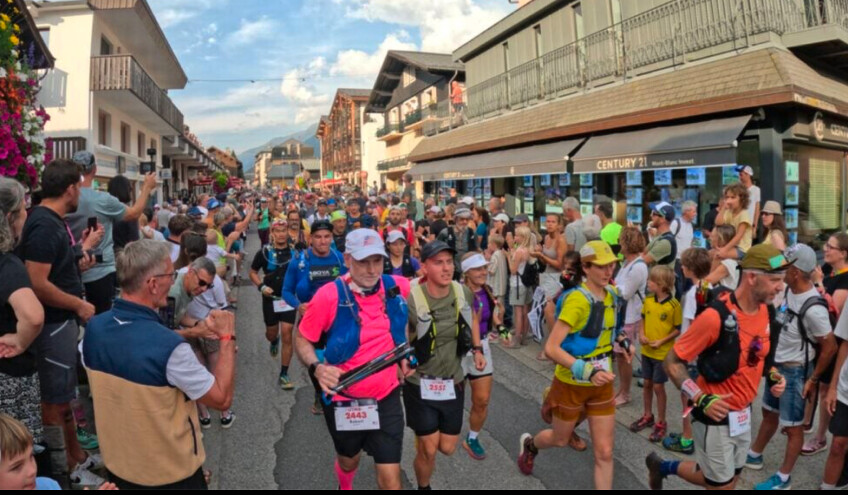
While her interest in running started on a bit of a whim a decade ago, her continued passion and progression have led her to run more than 30 trail running races, including the biggest and most celebrated one in the world. On Sunday, she was one of 95 American runners to complete the grueling UTMB course.
"So when I turned 30, I had this typical New Year's resolution, like, I want to get fit, I want to learn how to run," said Chou, who grew up in Massachusetts. "And then I met a friend who ran, and I started running with him and doing group runs. And then we started running trails, and we specifically entered The North Face Endurance Challenge, and that's where I ran my first marathon, and fell in love with trail running and then learned about ultrarunning and this whole world that I never even knew existed."For many recreational ultrarunners from around the world like Chou, UTMB sits at the top of their lifelong bucket list. It means starting at the same time as the elite professional runners on Friday evening in Chamonix, and maneuvering through the same rugged and aesthetic 106-mile loop with a daunting 32,000-feet plus of climbing and descending. It's historic, and the crowds and the energy around it are unparalleled.
It's also a monumental challenge to complete.
Trail Running's Infectious Buzz
Ultra-trail running is having a moment right now-especially since the end of the Covid pandemic-but it probably started a decade ago as the urge to run beyond the marathon gained mainstream traction and destination races around the world started to become desirable goal races for recreational runners.The North Face Endurance Challenge began as a singular 50-mile championship-style trail race near San Francisco in 2006 with a $30,000 prize purse, but it evolved into a multi-distance race weekend (from 10K to 50 miles) aimed at encouraging runners of all abilities to immerse themselves in the sport. After a few successful years of the event in Mill Valley, California, it expanded to several locations across the U.S.-upstate New York, Madison, Wisconsin, and Washington D.C., among others-and around the world.
Although The North Face pulled the plug on the series in late 2019 with a suggestion that it was going to reimagine the event format, nothing ever materialized after the Covid-19 pandemic temporarily disrupted the world-and specifically running events-in 2020. But those events played a big role in introducing runners and non-runners alike to the unique aspects of trail running, and many of those who caught the bug-like Chou-have continued to chase their passion in global events like the UTMB World Series.
Chou and her friends returned to The North Face Endurance Challenge four years in a row and she upped the ante each time, going from the marathon to the 50K and finally to consecutive finishes in the 50-miler. She competed in the 50-mile race in San Francisco in 2017 and 2019 and then started traveling to other races around the U.S. and eventually around the world. By 2020, she had completed the Madeira Island 115K race in Portugal and the Tarawera Ultramarathon 100-miler in New Zealand.
Once Covid subsided, Chou set her sights on trying to get into UTMB, which she did by collecting running stones and finishing seventh at the Grindstone 100 amid torrential rain storms last September in northwest Virginia. Her training for UTMB was interrupted in February when, just a week after she found out she secured an entry into UTMB through the lottery, she broke her ankle. Then once she got to Chamonix a week before the race, she smashed her left knee on a shakeout run and it swelled up pretty badly.
As such, her UTMB experience was rougher than she had hoped-the 80-degree heat and the 32,000 feet of vertical gain and descent pushed her to her limits-as she had challenges fueling consistently and also got sick several times. But she persevered and reached her primary goal of finishing.
Officially, she was the 1,542nd finisher out of 1,760 runners who completed the full loop. (A total of 1,001 runners started but did not finish.) She did whatever it took and she crossed the finish line.
"So this is the first time I've been in the Alps, and I'm just blown away by how beautiful it is," she said. "Even though I was in pain pretty much the whole race because the climbing and the elevation gain here are insane compared to the East Coast! But it was just so beautiful everywhere. It's pretty crazy. But you get to be out there all day though, so that's fun."Every Runner Has a Story
Becky Convery only started running four years ago in the middle of the Covid lockdown. What started as short, occasional runs turned into a passion for trail running that was fueled, in part, by doing group runs with the Virginia Happy Trails Running Club.
Like Chou, Convery also qualified for UTMB through the Grindstone 100. The 58-year-old Washington D.C. attorney almost quit that race, but she dug deep to finish. During UTMB, Convery dealt with GI issues from early on in the race and couldn't keep any food down. It was so bad, she almost dropped out at the 51.5-mile aid station in Courmayeur, Italy. But then she thought of Wayne Chang, a running buddy from Virginia, who did just that last year and immediately regretted it. With her friend's experience top of mind as she struggled, Convery persevered and finished in 45:27 with an hour to spare."I wanted to quit at Grindtone last fall. I was miserable and just wanted to go to bed, but he wouldn't let me quit," Convery said. "He's like, 'Look, I quit UTMB and I woke up a couple hours later, and I was like, 'Oh my God, what have I done?' So when it got hard out there (during UTMB), I thought of Wayne, and even though I couldn't keep food down, I said to myself, 'What would Wayne do?' He'll kill me if I quit, so I knew I couldn't quit. So I just kept going."
As much as UTMB gets considerable international notoriety for the livestream and media coverage around the elites-and understandably so, it draws many of the world's best runners-at the heart, UTMB is a personal journey of courage, commitment, and hope for most of the 2,800 runners who toe the starting line.
And really, that's what the entire sport of ultra-trail running is all about and what differentiates it from road racing. For many, it's not about racing at all-competing against other runners or even the clock-it's about challenging yourself and the natural terrain in pursuit of a dream that might seem like it's on the realistic edge of your abilities.
"It's all about digging deep into yourself," Convery said. "With this race, it's so international and there are so many nations represented, it's just an amazing time up there. Even though most people don't speak each other's language, everybody gets it. Everyone is pulling for each other. It's a great environment out there. I'm glad I made it."
Going the Distance
That's always been the case for 67-year-old Mike Smith, a retired resident of Santa Fe, New Mexico, who reached the finish line 15 minutes after Convery. It was Smith's second year in a row finishing UTMB, and because he won his age group at the Canyons 100K in April, he'll likely be back next year.
"The best part about it is always the people," Smith says. "But, oh gosh, chasing the time cutoff at that last aid station, that hike up to the La Flegere ski area, that's always a challenge."Smith relishes in those kinds of ultra-trail challenges. By reaching the finish line in Chamonix, he recorded the 224th 100-mile trail race finish of his career dating back to the mid-1990s. According to an ultrarunning history site, he ranks No. 2 in the world in all-time 100-mile finishes and first among 100-mile trail races. (Last year's UTMB was his 205th finish, which means he completed 18 100-mile ultra-trail races in the interim.
"This is always a spectacular finish," said his wife, Sandra, who wrote a book about what it's like to crew her husband at races. "This is one of the most exciting finish lines there is. The finish lines at smaller races are exciting because there's such a close community of people, but here, there are so many people from around the world, and that's just wonderful."
In all, 2,761 runners started this year's UTMB and 1,760 finished, including 95 U.S. runners who reached the finish line (out of 152 American starters) under the cutoff. Frenchman Vincent Bouillard was the overall winner in 19:54:23 on Saturday afternoon, but 20 hours later there were still about 1,000 runners moving toward the finish line and trying to beat the 46.5-hour cutoff on Sunday afternoon. Among the 95 U.S. finishers, 41 completed the course after the 40-hour mark.
Lamont King, 51, a runner from Roseville, California, has watched and been inspired by runners finishing in the golden hour of the Western States 100 as a fan and as a board member of the race for years. So finishing UTMB on his first try in 45:59-about 30 minutes before the cutoff-was a special moment for him.
"The race was very, very tough. We just don't have that kind of vertical in California where I'm from," said King, who has been trail running for 20 years. "But it's just amazing to be in this scenery in the mountains. It's just fantastic, and it makes up for a little bit of pain. I did have to push a little bit more than I probably would've liked, but I got it done. Coming in with all those people cheering for you in that final finish is almost overwhelming. It's just beautiful."
by Trail Runner Magazine
Login to leave a comment
Why older runners are rocking the trails
Recent performances by Jeff Browning and Ludo Pommeret suggest that trail runners age like fine wine.
A fascinating trend has emerged in trail and ultrarunning: athletes in their 40s and 50s are not just competing—they’re thriving. Recent performances by American ultrarunner Jeff Browning (53) and France’s Ludovic Pommeret (49) are putting to rest the common belief that athletic performance declines with age. Instead, these trail runners are proving that experience, mental resilience and a well-honed training regimen can defy the clock. Why are trail runners getting better with age, and how are they doing it?
The power of experience
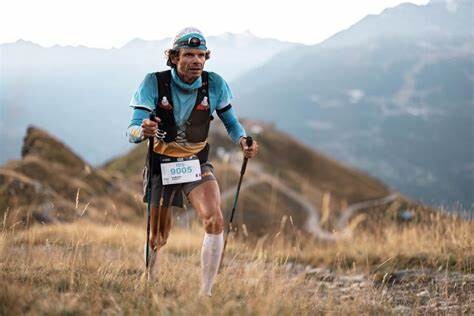
One of the key reasons trail runners are excelling later in life is the accumulation of experience and mental resilience built over time. Running on technical trails requires quick decision-making and the ability to stay calm under pressure, qualities that often improve with age. Pommeret won the UTMB 176K race at age 41 and placed fourth at this year’s edition, at the age of 49, after winning Hardrock 100 only six weeks earlier. Some of his success can be attributed to years of experience, which has taught him to manage his energy efficiently, pace himself wisely and navigate challenging terrain with confidence.
Research supports this idea, suggesting that older athletes possess greater mental resilience, allowing them to maintain focus and composure during long, grueling races. This psychological edge often compensates for any slight physical declines, enabling veteran runners to stay competitive.
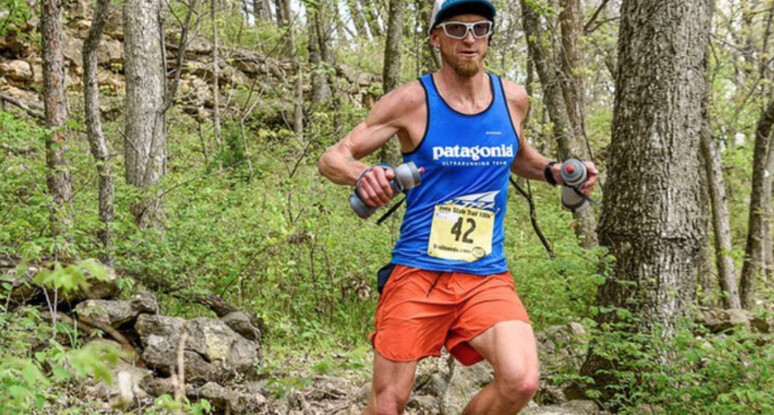
Adapted training and smarter recovery
Older trail runners are also better able to adapt their training to suit their aging bodies. Browning has consistently performed at the top level through his 40s and early 50s, most recently setting a supported FKT on the Colorado Trail at age 52 and placing second at this year’s Cocodona 250 (402 km) in Arizona. Browning emphasizes the importance of strength training, flexibility and strategic recovery. Instead of pushing through pain or ignoring signs of overtraining, experienced runners like Browning adjust their routines to prevent injury and enhance their longevity in the sport.
Research shows that strength training becomes increasingly important as we age, helping to maintain muscle mass, bone density and joint stability. Older athletes are also often more attuned to the need for adequate recovery, which is vital for avoiding burnout and ensuring sustainable performance.
Wisdom of pacing and nutrition
As trail runners age, they also tend to develop a keen sense of pacing and nutrition, partially due to familiarity with their own body. Unlike younger runners, who might go out too fast and burn out, more experienced runners understand the importance of conserving energy for the later stages of a race. They also become more meticulous about nutrition, recognizing that fueling their bodies properly can make the difference between finishing strong and hitting the wall.
Pommeret’s victory at the 2016 UTMB is a perfect example. After falling behind early in the race, Pommeret strategically paced himself, gradually working his way up the field to take the lead in the final miles. This kind of tactical acumen is often honed over years of racing experience.
Trail running is increasingly proving that age is just a number. with athletes like Pommeret and Browning demonstrating that with the right mix of experience, training adaptations, mental resilience and smart pacing, older runners can continue to compete—and win—at the highest levels.
by Keeley Milne
Login to leave a comment
UTMB Is Having a Golden Moment. But It’s Delicate.
After a year that included a maelstrom of controversy, the world’s most prominent ultra-trail running event has righted its path
“It felt like a golden era of trail running.”
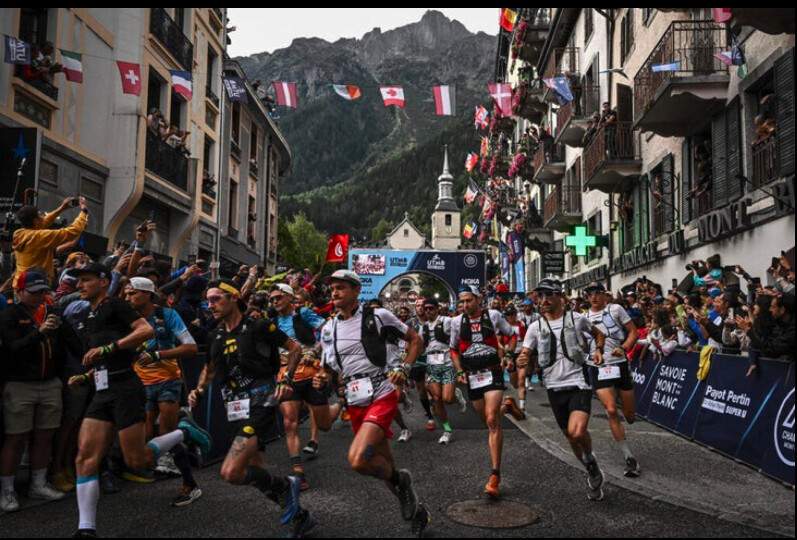
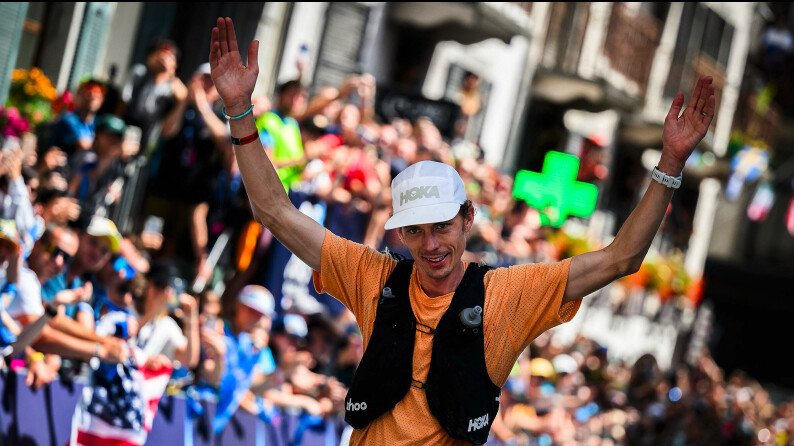
That quote came from Keith Byrne, a senior manager at The North Face and a UTMB live stream commentator for nearly a decade, who was talking about last summer’s UTMB World Series Finals in Chamonix, France.
The UTMB races during the last week of August last summer were, I thought, the most alluring in the event’s 20-year history.
After years of being frustrated by the course, American Jim Walmsley finally put it all together for a victorious lap around Mont Blanc. In doing so he became the first U.S. man to win the race, setting a course record of 19:37:43. He and his wife, Jess, had moved from Arizona to live full-time in France to make it happen. And then there was Colorado’s Courtney Dauwalter, who won the race handily in 23:29:14 to notch her third victory and continue the strong legacy of American women on the course. The win felt extra historic because it made her the first person to win Western States, Hardrock, and UTMB in the same year—arguably the three most legendary and competitive 100-mile events in the world, and she dominated each one.
The events came off without a hitch and included record crowds in Chamonix, plus a record 52 million more tuning into the livestream.
Throughout the fall and winter, harmony and happiness seemed to give way to chaos and discontent. But a year later, as the UTMB Mont Blanc weeklong festival of trail running kicks off on August 26, everything seems back to normal in Chamonix. What happened along the way is a tale of drama, perhaps both necessary and unnecessary, all of it culminating in course corrections by the multinational race series.
In short, what a year it has been for UTMB.
And now, hordes of nervous and excited runners from all corners of the globe are descending on Chamonix for this year’s UTMB Mont-Blanc races. Registration for UTMB World Series events is reportedly up about 35 percent year over year with even greater growth in interest for OCC, CCC and UTMB race lottery applications. There is more media coverage, more pre-race hype, and more excitement than ever before. More running brands are using the UTMB Mont Blanc week to showcase their new running gear with media events, brand activations, and fun runs. Even The Speed Project—although entirely unrelated to UTMB—chose Chamonix as the starting point of its latest so-called underground point-to-point relay race to try to catch some of the considerable buzz UTMB is generating.
So what happened? Did the UTMB organization do its due diligence and make amends with several significant changes in the spring? Was the angst and stirring of emotions just not as widely felt as the fervent bouts of Instagram activism claimed it to be? Have the participants and fans of the ultra-trail running world suffered amnesia or become ambivalent? Or is it all a sign of the race—and the entire sport of trail running—going through growing pains as it adjusts to the massive global participation surge, increased professionalism, and heightened sponsorship opportunities?
On the eve of another 106-mile lap around the Mont Blanc massif, I wanted to take a look at what happened and the current state of UTMB’s global race series that culminates here in Chamonix this week.
We caught a glimpse of what was to come shortly before UTMB last year, when the race organization announced the European car company Dacia as its new title sponsor. A fossil-fuel powered conglomerate didn’t sit well with some fans of the event, coming amid an era of widespread climate doom (even though the brand would be highlighting its new Spring EV at the UTMB race expo.) The Green Runners, an environmental running community co-founded by British trail running stars Damian Hall and Jasmin Paris, called it an act of “sportswashing” and released a petition calling on UTMB to denounce the partnership. (Hall even traveled all the way to Chamonix to deliver the petition in person.)
These grumblings of discontent and others that followed exploded into a social media firestorm shortly after UTMB. In October, it became public that UTMB had moved to launch a race in British Columbia, Canada, just as a similar event in the same location was struggling with permitting. A he-said, she-said back-and–forth left onlookers with whiplash. Then on December 1, UTMB livestream commentator Corrine Malcolm announced on Instagram that she had been fired and in late January, a leaked email from elite runners Kilian Jornet and Zach Miller to fellow athletes called for a boycott of the race series. All of it, jet fuel for social media algorithms.
“We’re at a turning point in trail running, but we can keep the core values if the community stands up,” the Pro Trail Runners Association secretary, Albert Jorquera, told me at the time.
In the midst of these dramas, I interviewed race founders Catherine and Michel Poletti over lunch at a Chamonix cafe. For nearly a decade now, I have met with the couple for candid conversations that helped frame online articles and magazine stories, and most recently for the book, The Race that Changed Running: The Inside Story of UTMB.
I plunged headlong into two articles with hopes of explaining it all. There was so much heat swirling around the UTMB stories, and so little light.
“The very thing that made ultrarunning so bonding was being torn apart by the community itself through social media,” said Topher Gaylord. A former elite runner who tied for second in the inaugural UTMB in 2003, Gaylord engineered UTMB’s first title sponsorship with The North Face and has been a close supporter of the Polletis for 20 years. “Some players are using social media to divide the community. That’s super disappointing.”
To me, it felt like the aggressive online activists were winning the day. Trail running suddenly seemed polarized, infected with the intertwined social media viruses of false indignation and close-mindedness. Twice, I deep-sixed my article drafts. Friends and editors convinced me they wouldn’t be read dispassionately. Who wants to be handed a fire extinguisher, when your goal is to torch the house?
Well, what a difference eight months can make. We now have some perspective and, with it, some answers.
Since its earliest days, UTMB’s volunteer founding committee believed in the values of the sport. The very first brochure produced for the race—a mere sheet of paper—featured a paragraph on values. In later years that statement became much more comprehensive, expanding to cover a wide range of topics and the race’s mission to support and protect them.
But maintaining those values in an organization that has gone from a singular race with a literal garden-shed office to a 43 global event series with a staff of more than 70 full-time employees is tricky at best. In an interview once, Michel Poletti paused, asking if I had seen a photo of a mutual friend that was making the rounds. He was climbing one of Chamonix’s famed needle-sharp aiguilles, one foot on each side of a razor sharp ridge—a perilous balancing act, big air on each side. It was his metaphor for trying to move ever up, while balancing business growth and heartfelt values.
Over the course of dozens of hours of interviews with the Polettis, I came to learn one thing: UTMB always moves forward up the ridge. In the process, UTMB corrects its course. It starts with a careful analysis after each edition, evaluating pain points in areas such as logistics, security, media, traffic, and others, discussing how they can be addressed. Historically, those course corrections haven’t been at the pace others might want—especially since the social unrest that developed during the Covid pandemic—but the organization has a reliable pattern of steadily addressing concerns.
And so, not too many weeks after that lunch meeting, UTMB set to work. First came a heartfelt effort they kept under the radar—traveling around the U.S. to listen and learn. They spent two weeks in the U.S. in February, visiting with American athletes, race directors, journalists, consultants, and their Ironman partners. “We need to learn from our mistakes and from this crisis,” Michel said.
Methodically over the ensuing months, UTMB rolled out a series of changes. Some were aimed at directly addressing the controversies, others were overdue for what is, by any metric, the world’s premier ultra-trail running event.
“My hope is that the trail running community understands that we are human,” Catherine had told me over the winter.
Four months ago, at the end of April, the race organization announced that Hoka would become the new title sponsor of UTMB Mont-Blanc and the entire UTMB World Series through 2028. It was a huge move because Hoka, one of the biggest running brands in the world, essentially doubled-down on its support of UTMB and trail running in general. The five-year deal brought benefits other than cash, too. Hoka has a strong history of inclusivity and growing representation among marginalized communities, an area UTMB has announced it intends to focus more on beginning this year. The deal also moved Dacia out of the title sponsor limelight, instead bringing a brand with a strong reputation in trail running to the fore.
Dacia was shifted to the role of a premier partner in Europe, and now plays an integral part in a new eco-focused mobility plan UTMB updated in July. Fifty of their cars can be signed out for use by over 70 staff and 2,500 volunteers, encouraging them to arrive in Chamonix using public transportation instead. The move is estimated to eliminate 200 vehicles driving into the valley. (The organization’s new mobility plan will transport an estimated 15,000 runners and supporters, eliminating the need for approximately 6,000 cars during the UTMB Mont-Blanc week. On average, a bus will run every 15 minutes between Chamonix and Courmayeur, Italy, and Chamonix and Orsières, Switzerland.)
In May, UTMB announced a new anti-doping policy it had developed with input from PTRA. The organization committed to spending at least $110,000 per year, money that will be allocated to test all podium finishers and a randomized selection of the 687 elite athletes in attendance. The new policies will be implemented by the International Testing Association, an independent nonprofit that has also conducted two free informational webinars for the 1,400 UTMB Mont Blanc elite runners.
Not long after the announcement, Catherine Poletti suggested this was just a start. Speaking at TrailCon, a new conference held in Olympic Valley, California, on June 26, she said, “It’s a first big step for us. And we’ll continue to develop this policy.” (The most important anti-doping protocol may still be beyond UTMB, however. “The elephant in the room is that we need a coordinated approach to establish out-of-competition testing,” Tim Tollefson, an elite U.S. runner and director of the Mammoth TrailFest in California, who spearheaded independent testing at his event in 2023. “Individually, we’re just lighting our money on fire.”)
In mid-June, UTMB addressed a longtime issue with top runners—prize money. A chunk of the funding from the ratcheted-up Hoka sponsorship was directed to supporting the bigger prizes for the OCC, CCC and UTMB races in Chamonix—about $300,000 this year, nearly double of 2023—as well as more prize money for the three UTMB World Series Majors. (The sequence was intentional. The organization wanted a new doping policy in place before increasing prize purses, since large cash awards are often thought to lead to a growth in doping.)
It’s a move that was long overdue—the most celebrated marquee event in any sport should reward its top athletes more than any other event—but not possible without Hoka’s increased involvement. The proposal was shared with PTRA in advance of the announcement, and the group provided feedback that was incorporated into the final divvying up of the purse. The total amount spent on prize money across all UTMB races is now more than $370,000.
“We increased the prizes quite dramatically,” said UTMB Group CEO Frédéric Lenart. “It’s very important for us to support athletes in their living.”
Finally, just last week, UTMB announced a new department within the company called “Sport and Sustainability.” The group is headed by longtime UTMB staffer Fabrice Perrin. He was a driving force behind the creation of UTMB’s live coverage back in 2012. Heading up relations with the pro athletes will be longtime elite trail runner Julien Chorier. Nicolas LeGrange, UTMB’s Director of Operations, will be in charge of sustainability and DEI, Diversity, Equity Inclusion.
On the DEI front, UTMB is calling its strategy “leave no one behind,” and they promise new initiatives coming this fall so that, according to Perrin, “every athlete feels a sense of belonging within our community,” he says. “I am committed to ensuring that we perfect symbiosis with the entire community of trail running.”
UTMB has already begun to embrace adaptive athletes, something it was criticized for lacking as recently as last year. This year’s UTMB Mont Blanc races will feature a team of 12 adaptive athletes who will be participating in the MCC, OCC and UTMB races. Under the direction of adaptive athlete and team manager Boris Ghirardi, who lost his left foot and part of his left leg after a motorcycle accident in 2019, the race organization recruited the athletes from around the world to showcase how adaptability and resilience are key elements of the UTMB values.
“I proposed this program to make a concrete action around adaptive athletes and the inclusion policy, and to prove that it was possible,” he said this weekend. “If you really get everyone working on this, you can change the game.”
And with that, UTMB Mont-Blanc 2024 is underway, resuming the golden era status that Byrne raved about last August. Starting this past weekend, banners have been unfurled over Place du Triangle de l’Amitié in the heart of Chamonix, kicking off the carefully choreographed trail running Super Bowl that is UTMB. The excitement begins on August 26 and culminates as the race for UTMB individual crowns reach a tipping point on August 31. (The golden hour of the final finishers on September 1 will be something to behold, too.)
“It’s like wrapping the Tour de France, Burning Man, and the biggest industry trade show into one giant, week-long festival,” Gaylord says. “It’s an amazing week for our sport, one of the biggest showcases we have.”
The aura of Chamonix and the opportunity to run a race there is drawing as much or more interest than ever before. It is perhaps the essence of what will keep the UTMB World Series afloat into the distant future. Runners will continue to chase Running Stones at qualifying events around the world, knowing the carrot of running one of the races around the Mont Blanc massif is second to none.
Trail running is booming on a global scale, and it’s not just UTMB shouldering the burden or reaping the benefits. The Golden Trail World Series, Spartan Trail Running, Xterra Trail Running—and even the World Trail Majors, Western States 100, and dozens of other more prominent trail races—are all trying to get a bigger piece of the pie, either by way of money or relevance.
UTMB Mont Blanc, as trail running’s most important race, is at the very beating heart of it all. And trail running is a soul sport, so when change and growth happen, it can feel threatening to all of us whose lives have been changed for the better by time spent with dirt underfoot and blue sky above. UTMB is big enough now that it’s urgently important that it make changes judiciously and preemptively.
As the world’s most significant trail race, the consequences of UTMB’s choices will ripple throughout the ecosystem. UTMB understands this. “Do we owe something to trail running? Yes, of course we do,” Michel Poletti once told me. That’s truer than ever now.
At TrailCon in June, Catherine Poletti summed up UTMB’s challenge. “Trail running is changing around the world. We’ve seen that evolution over 20 years. We need to adapt, to find a good balance, to accept different models and ways of organizing.”
Back in August 2021, I wrote an article here called, “UTMB, Don’t Break Our Hearts.” It came the summer after the organization announced its investment from the Ironman Group. Change– big change– was everywhere. Could the race around Mont Blanc maintain its soul and passion amid talk of multinational sports marketing, we all wondered? Michel Poletti closed the interview by saying, “Nous prenons un rendez-vous dans trois ans.” Simply translated: “We’ll schedule an interview in three years.”
Three years is now, and both UTMB and trail running’s landscape have changed dramatically, if not literally then certainly figuratively. We’ve seen UTMB adjust its rudder this past year, responding to concerns. Perhaps not at the pace any individual or specific group would like, and not to the extent some would wish. But it’s happening, and for that we should all breathe a cautious sigh of relief. Because if you love trail running, you have to care about what happens at the world’s biggest trail race.
As I write this in Chamonix very early on the morning of August 26, overcast skies are parting and blue skies are in the offing. The forecast for the week ahead is for bright sun with a few clouds. It’s a workable enough metaphor for trail running’s future. But one thing has to happen for it to come true. The race that changed running needs to continue to listen to its stakeholders around the world, and engage with them as it grows and develops in the days ahead. If that happens, Byrne’s vision of the golden age of our sport just might linger on. I can hope.
by Outside Online
Login to leave a comment
Leadville 100 sees long-standing course record fall
This year's edition of "the race across the sky" saw history-making performances on both the men's and women's sides
Leadville 100, known as the “race across the sky” for its stunning vistas as it traverses the Colorado Rockies, has been a staple in the ultrarunning community since its inception in 1983. This year’s event saw blistering performances in both the men’s and women’s races, with popular coach and author David Roche taking 16 minutes off the long-standing course record, and women’s race winner Mary Denholm recording the second-fastest time ever at the event.
The 100-mile race has runners climbing nearly 4,800 metres of elevation gain over rugged mountain trails, and runners begin and end in Leadville, Colo.
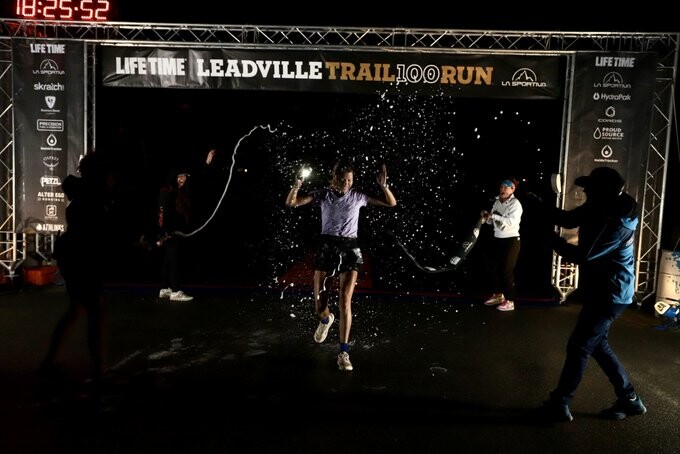
Women’s race
Denholm took off hot and dominated the competition from start to finish. By the halfway point, she had built an insurmountable 50-minute lead. She crossed the finish line in 18:23:51, securing the second-fastest time ever recorded for the women’s race, just short of legendary Ann Trason’s mark of 18:06:24, set in 1994. Denholm was followed by fellow American runners Zoe Rom in 21:27:41, and Julie Wright in 21:48:57.
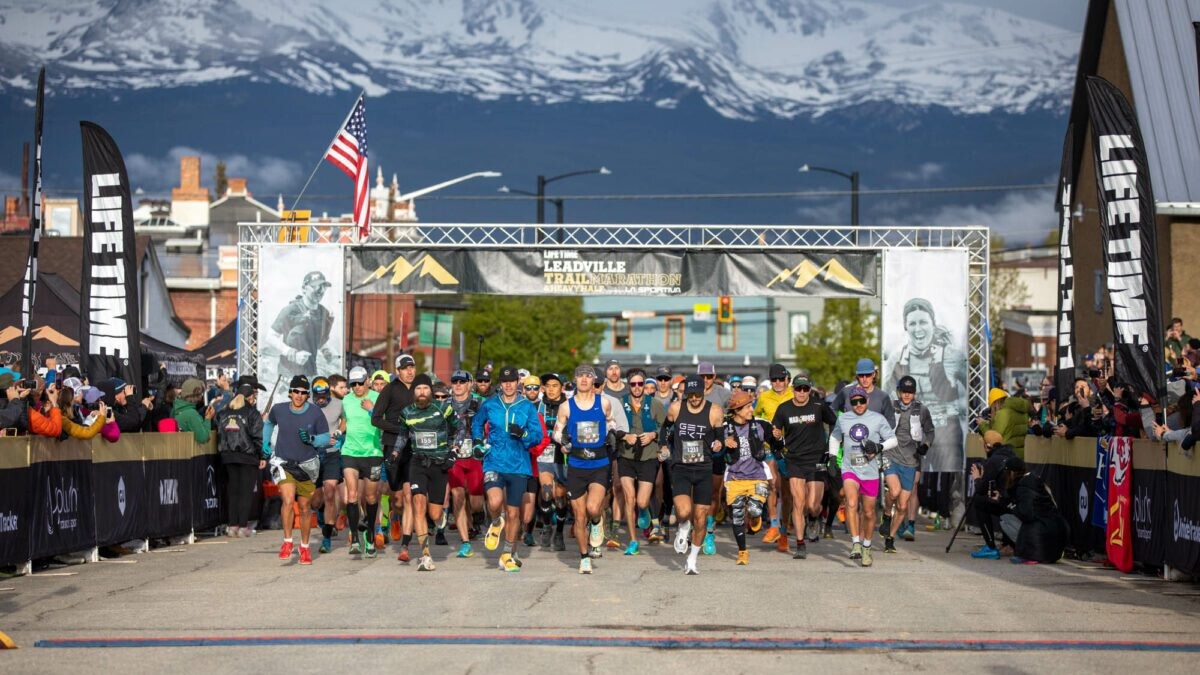
Alberta’s Ailsa MacDonald and Molly Hurford of Ontario were initially in contention for podium positions, but both faced challenges that saw them taking DNFs. Hurford left the race after suffering a badly sprained ankle, and MacDonald after dealing with unrelenting gut issues.
Men’s race
Like Denholm, Roche set a fast pace from the start and built on his lead throughout the race. His time of 15:26:34 took more than 16 minutes off the previous course record, set by Matt Carpenter in 2005. He was followed in by U.S. ultrarunners Adrian Macdonald in 15:56:34, and Ryan Montgomery in 16:09:40.
Pete Kostelnick, a well-known ultrarunner famous for completing the fastest transcon run of the U.S. in 2016 (42 days, six hours and 30 minutes), made a remarkable return to running earlier this year after recovering from a severe car accident that resulted in multiple pelvic fractures. In May, Kostelnick finished the Cocodona 250, followed by Badwater 135 only a few weeks ago; he finished Leadville 100 in 24:30:18.
Calgary’s Reiner Pauwwe took the 28th overall position (24th man) in 22:16:59.
by Keeley Milne
Login to leave a comment
Leadville Trail 100 Run
The legendary “Race Across The Sky” 100-mile run is where it all started back in 1983. This is it. The race where legends are created and limits are tested. One hundred miles of extreme Colorado Rockies terrain — from elevations of 9,200 to 12,600 feet. You will give the mountain respect, and earn respect from all. ...
more...Why Ultrarunning GOAT Courtney Dauwalter Says Loops—Not Out-and-Backs—Are the Superior Route
We polled Dauwalter on some of running’s most polarizing questions. Take the quiz to see how you stack up.
In 2023, Courtney Dauwalter had one of the most legendary years in trail-running history, becoming the first person to win the Triple Crown of the 100-mile races—Western States, Hardrock, and UTMB—in a single season. This year, she’s showed no signs of slowing down, repeating as Hardrock champion and improving on her course record by over two minutes.
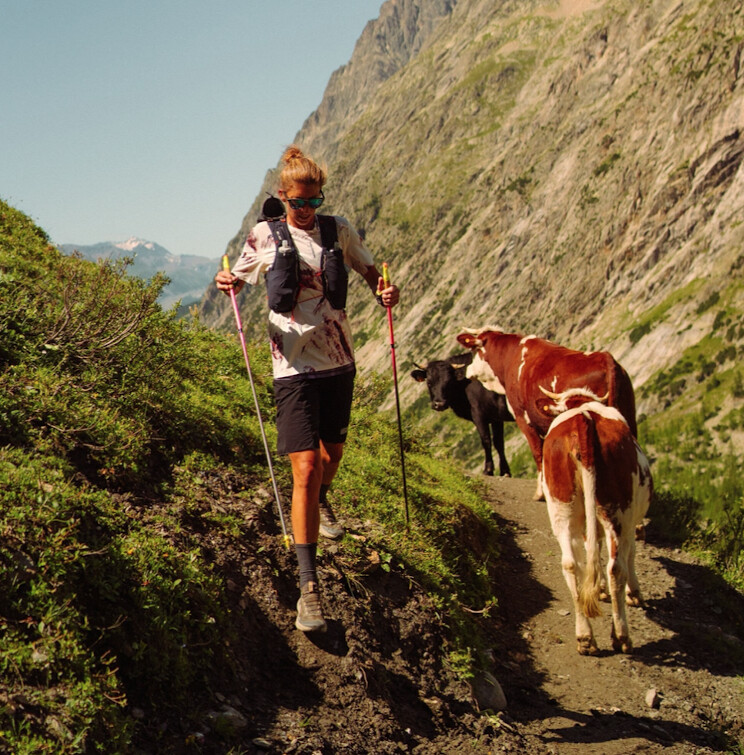
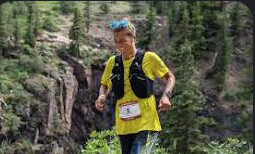
Courtney has a lot to say: “Comfort is key! I prefer [shorts with] long inseams because I am most comfortable in them. We should all wear the clothes that make us feel our best when we're out trying hard things.”
On the type of course: "I love any type of route, really, but loops definitely feel like big adventures. Not knowing what’s around each corner or what view you might be rewarded with is exciting.”
Race plan; “Early mornings feel so simple and peaceful. I love to drink my coffee and watch the sun rise while I plan out my day.
Courtney Explains: “Staying in the moment, focusing on taking the next step, and repeating a positive mantra are things I try to do during the toughest moments of any run.”
by Runner’World
Login to leave a comment
This Ultramarathoner Runs 100s of Miles to Build Inner Strength and Confidence
“Through ultrarunning, I’ve learned how tenacious and resilient I am.”
Name: Rachel Bambrick Age: 31 Hometown: Philadelphia Occupation: Occupational therapist, ultrarunning coach, founder of Women in Ultrarunning Time Running: 9 years Reason for Running: Running, and ultrarunning in particular, teaches me something new about myself every time I’m out on the trail.
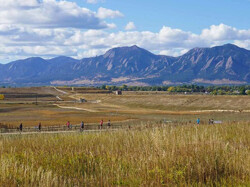
When I moved to Philadelphia in 2016, I wanted to find an active community to meet new people and continue to challenge myself. I laced up my shoes, and started running with run clubs in the city.
In 2018, I watched a friend take part in the Run Across Haiti, a 200-mile run in eight days, organized as a fundraiser for WORK, a nonprofit which financially empowers families through employment.
I knew it would be difficult to push myself through the distance. I had never run an ultramarathon before, but I was determined to see how far I could go. I decided to take the leap and give ultrarunning a try through a worthwhile cause in Haiti.
Inspired by my friend, I completed Run Across Haiti in 2019, raising money for WORK. The adventure made me reflect on what drew me to ultra distances. While fighting sore muscles, scorching heat, and self doubt, I surprised myself that I still continued and succeeded. This journey of self-discovery empowered me to explore my limits.
I kept running ultramarathons following Run Across Haiti, and eventually set my sights on something longer: the epic Cocodona 250-mile race, which leads from Black Canyon City to Flagstaff, Arizona through the rugged and exposed trails of the backcountry.
In May 2023, I set off from Black Canyon City. For more than 119 hours, I wondered if I was strong enough to finish, and if I would make the cut-off time. When I could actually sleep, it was just for an hour or two at aid stations, or curled up in the dirt on the side of the trail.
But I kept moving, and telling myself “I am exactly where I need to be” and “It will get better.” I cried and smiled when I saw the finish line in Flagstaff. I was proud of how far I had come and of my inner strength in those many challenging moments.
I’ve been lucky to reach many starting lines these past few years and meet amazing people. But I felt like something was missing. I wanted to create a space for women to share experiences, knowledge, and support in ultrarunning.
So, I founded Women in Ultrarunning in January 2024 as a four-part program providing women in the Philadelphia area with a space to learn about ultrarunning. The group is a mix of seasoned ultramarathon runners and newer ultra runners who are looking to sign up to their first ultra race.
The first events began at local trailheads with an introduction to ultra running, mental strategy, nutrition, and how to navigate technical trails.
After discussions, we set off through the trails for a 90-minute run, maintaining an average 13-minute-per-mile pace to stay together. Our goal is to foster community and connection, not break speed records. We’re out there to enjoy the company, stay together, and learn from one another. A time-based group run allows us to be pace inclusive and welcome those who may be out on their first trail run.
Women in Ultrarunning is now a community across the United States, and an online community on Heylo to celebrate each other’s successes, help find training partners for runners, and chat about all things ultrarunning, like gear, nutrition, and strength and conditioning. It has been surreal to see an idea that lived in my head grow into fruition and take shape.
Through ultrarunning, I’ve learned how tenacious and resilient I am. I’ve also found a supportive community that I’m proud to be a part of. Because of the Women in Ultrarunning community, I’ve experienced a connection to ultrarunning in a way I never thought was possible.
I hope to be here for years to come with glitter on my cheeks and a smile on my face to continue to cheer on women as they achieve their toughest goals.
These three tips have made my running journey a success:
1. Be consistent and patient with nutrition on the run
Just like training your legs for races, you need to train your stomach for races. Don’t be disheartened if you have a string of discouraging runs. The process can be very rocky, and you may need to try a few brands before you find what works for you! It took me years to be comfortable with fueling on long runs.
2. Remember that trail pace is different than road pace
Getting used to running on rocky terrain, sand, or dirt takes time and practice. While it’s easy to get swept up in paces on the roads, try to run on trails based on effort. Some miles will be slow going! What matters is you are still moving forward.
3. Give yourself grace
Remember in running you’ll have low moments, but what is important is how you pull yourself out of the negativity. Feel the struggle and remind yourself it’s okay to feel down, then put yourself back into a mindset that allows you to continue positively. If you fall or fail, give yourself grace to get back up and continue on.
Rachel’s Must Have Gear:
→ WildSense Run Glitter: My approach to running and ultras is all about adding softness and sparkle wherever I can. Wild Sense’s glitter is all natural and biodegradable so I can feel good about the sparkly little trail I may leave behind.
→ HOKA Challengers: Living in the city of Philadelphia, being a trail/ultrarunner can be tough sometimes! Often my runs have one objective: How can I get to the trails? The Challengers are perfect because they’re designed as all-terrain shoes so I can easily take them from city streets to the trails of the Wissahickon.
→ Zensah Seamless Run Bra: As an ultrarunner, chafing can be a huge issue. Especially with sports bras. This bra from Zensah has been my go-to for all my long efforts and races for years. I used these bras for the entirety of the Cocodona 250 in 2023 and walked away without any bra hotspots.
by Runner’s World
Login to leave a comment
Western States 100: Walmsley Wins a Fourth Time While Schide Rocks the Women’s Field
For hours, Katie Schide (pre-race and post-race interviews) chased ghosts. For hours, Jim Walmsley (pre-race and post-race interviews) and Rod Farvard (post-race interview) chased each other. And in the end, after 100 courageous, gutsy miles at one of the world’s most iconic ultramarathons, it was Schide and Walmsley who won a fast, dramatic 2024 Western States 100.
Schide, an American who lives in France, was on pace to break the course record until late in the race, while Americans Walmsley and Farvard battled throughout most of the second half of the race, alternating the lead as late as mile 85.
Schide’s winning time was 15:46:57, just over 17 minutes behind Courtney Dauwalter’s 2023 course record, almost an hour faster than her own time last year, and the second fastest women’s time ever. Walmsley, meanwhile, won his fourth Western States in 14:13:45, the second fastest time ever — only behind his own record of 14:09:28 that he set in 2019.
Second and third in the men’s race came down to an epic sprint finish on the track between Farvard and Hayden Hawks (pre-race and post-race interviews), who finished in 14:24:15 and 14:24:31, respectively.
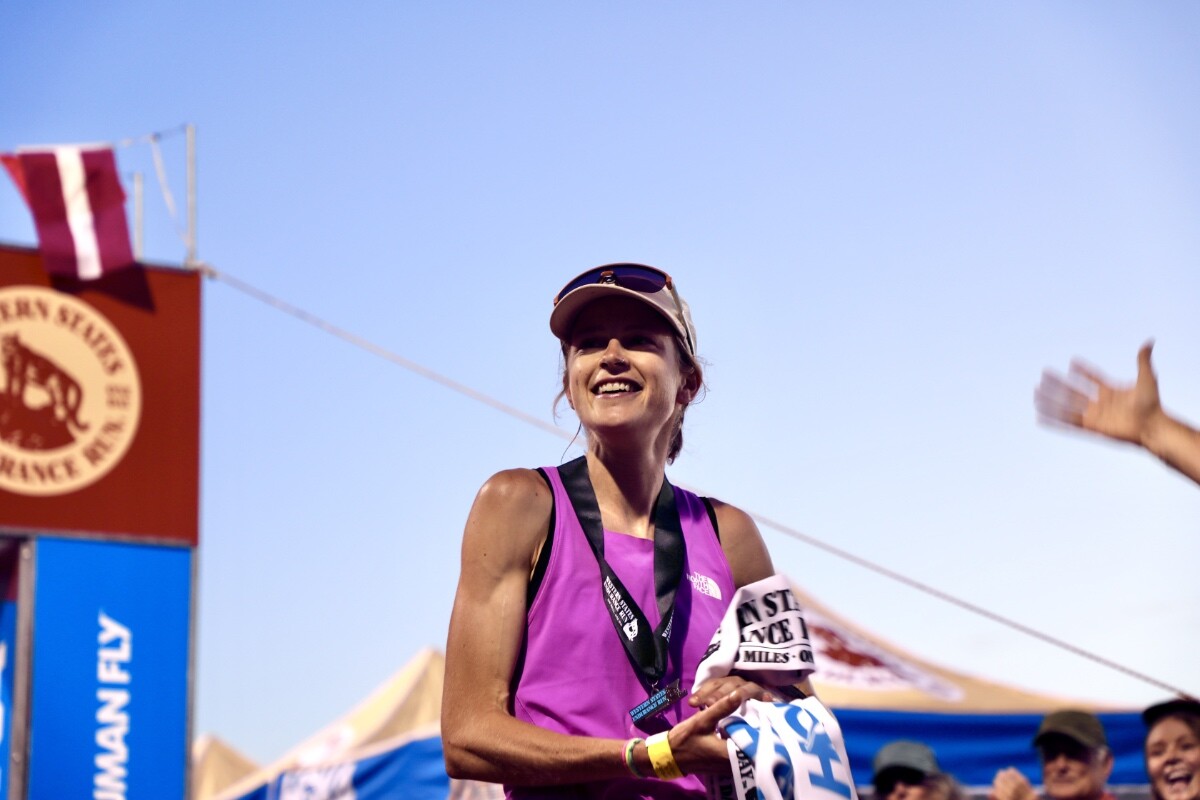
In the women’s race for the podium, Fu-Zhao Xiang (pre-race and post-race interviews) finished second in 16:20:03, and Eszter Csillag (pre-race and post-race interviews) took third for the second time in a row, in 16:42:17.
Both races featured one of the deepest and most competitive fields in race history, with the men’s top five all coming in faster than last year’s winning time, and the women’s top 10 finishing just under 40 minutes faster than last year’s incredibly competitive top 10.
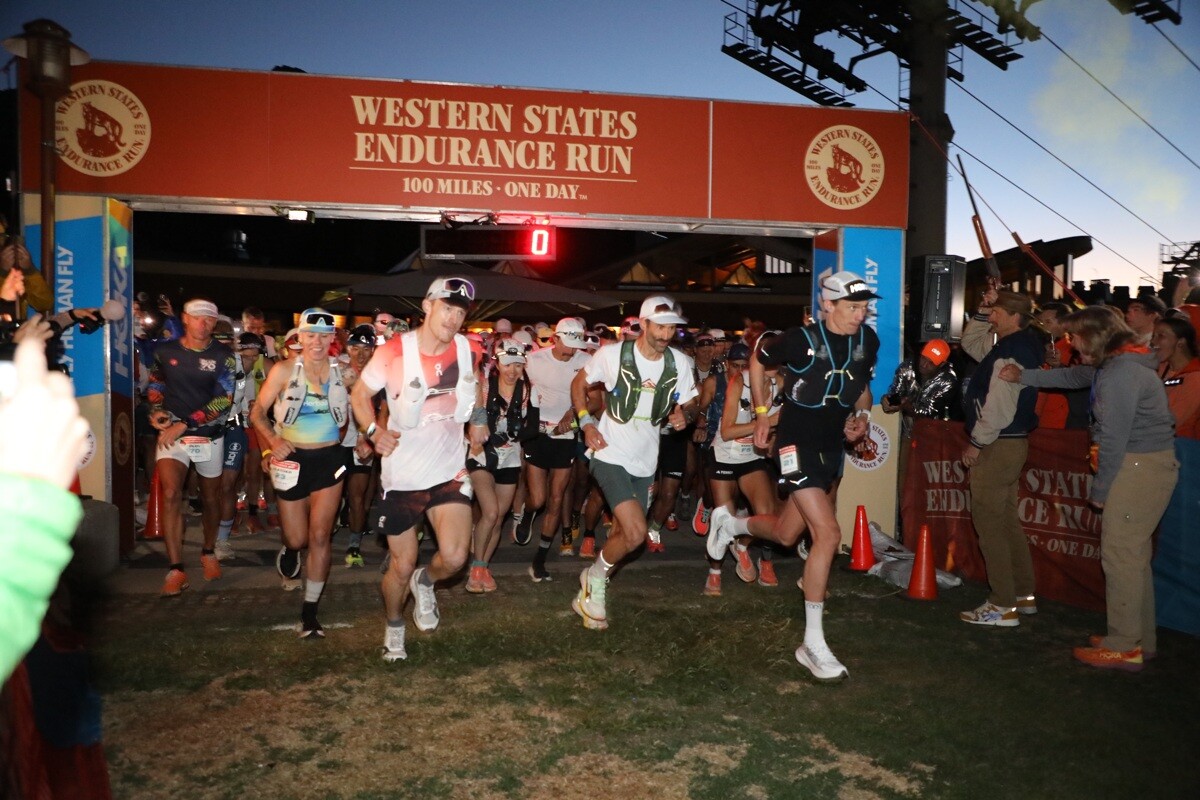
At 5 a.m. on Saturday, June 29, they were all among the 375 runners who began the historic route from Olympic Valley to Auburn, California, traversing 100.2 miles of trail with 18,000 feet of elevation gain and 22,000 feet of loss. After last year’s cool temperatures, the weather at this year’s race was a bit warmer, albeit with a notable lack of snow in the high country. The high temperature in Auburn was in the low 90s Fahrenheit.
A special thanks to HOKA for making our coverage of the Western States 100 possible!
2024 Western States 100 Men’s Race
In his return to the race that propelled him to the heights of global trail running and his first ultra on American soil in three years, Jim Walmsley (pre-race interview) demonstrated why he is, once again, the king of Western States. Before the race, Walmsley exuded a calmness that perhaps eluded him during his first attempts, when he attacked it with an obsessive intensity that led him to famously take a wrong turn and then dropping out in back-to-back years.
“We’ll just roll with what plays out and just kind of see what happens in the race,” he said in his pre-race interview. There’s a marked difference when compared to his remarks from his interview before the 2016 race.
What happened in the race was this: In his fourth Western States, Rod Farvard (post-race interview) had the race of his life to push Walmsley like he’d never been pushed before in his long history with the event.
Farvard — a 28-year-old from Mammoth Lakes, California, who has improved his finish each year at the race, from a DNF in 2021 to 41st place in 2022 to 11th place last year — put himself in a strong position from the start, leading a large pack of runners that included Walmsley at the top of the Escarpment, the 2,500-foot climb in the first four miles of the race. For the next 45-plus miles, Farvard remained in the top 10, part of a chase pack of American Hayden Hawks (pre-race and post-race interviews), Kiwi Dan Jones (pre-race interview), and Chinese runner Guo-Min Deng, among others.
At the Robinson Flat aid station at mile 30 — the symbolic end of the runners’ time in the high country, which features an average elevation of around 7,000 feet — Walmsley, who started the race conspicuously wearing all black, came through in 4:24 looking fast and smooth, now wearing an ice-soaked white shirt. Jones, the 2024 Tarawera 102k champion and fifth-place finisher in his Western States debut last year, and Hawks, who set the course record at February’s Black Canyons 100k after dropping out of last year’s Western States, followed about 90 seconds later. The two runners, frequent training partners, ran together frequently throughout the day, with Hawks often foregoing ice at aid stations.
After the trio of Walmsley, Hawks, and Jones went through Last Chance at mile 43 together, Walmsley put nearly two minutes on them up the climb to Devil’s Thumb. “I was with everybody at the bottom,” he said, according to the race’s official livestream.
About halfway through, at mile 49.5, the order remained the same: Walmsley in the lead with an elapsed time of 6:58, followed by Jones one minute back, Hawks two minutes back, and Farvard just over two and a half minutes back. The rest of the top 10 were last year’s 17th-place finisher Dakota Jones; 2024 Transvulcania Ultramarathon champion Jon Albon (pre-race interview), who is from the U.K. but lives in Norway; 2023 fourth-place finisher Jia-Sheng Shen (China) (pre-race interview); 2023 Canyons 100k champion Cole Watson; Western States specialist Tyler Green (pre-race interview); and Jupiter Carera (Mexico).
Then began a thrilling, chaotic second half of the race — featuring a gripping back-and-forth between Walmsley and Farvard, a wildfire near the course, a two-man river crossing, and a sprint finish on the track.
It all started when Walmsley entered Michigan Bluff at mile 55, again looking calm and in control, changing shirts and getting doused with ice. Farvard came in just behind him and left the aid station first, leading the race for the first time since the first climb up the Escarpment. The same routine took place seven miles later at Foresthill: Walmsley entering first, Farvard leaving first.
For the next 18 miles, the two runners alternated in the lead. By mile 78, they were so close that they were crossing the American River at the same time. Their battle underscored the overall depth of the field at this year’s race: At mile 80, the top five men were within 16 minutes of one another.
Around then, the 15-acre Creek Fire, which started not long before, was visible from the final quarter of the course and crews were temporarily not permitted to travel to the Green Gate aid station at mile 80 because the route to it passed close to the fire. Eventually, a reroute was established for crews to get to Green Gate and, later, after the wildfire was controlled, the regular route was reopened.
At Green Gate, Farvard came through in the lead, with Walmsley four minutes back and looking like he was hurting. It was then, perhaps, that the thought entered people’s minds: Could Farvard really take down the champ?
But Jim Walmsley is Jim Walmsley for a reason, and he again proved why he is among the world’s best. Against the ropes, facing one of his first real challenges in the race that shaped him, he delivered, entering the next aid station, Auburn Lake Trails at mile 85, more than a minute earlier than Farvard. He had made up five minutes in five miles.
Walmsley never trailed again, increasing his lead to 11 minutes by the Pointed Rocks aid station at mile 94 and then picking up his crew, including his wife, Jess Brazeau, at Robie Point to run the final mile with him. He entered the track at Placer High School to loud cheers, his loping stride still looking smooth, stopping a few steps short of the tape to wave to the crowd and raise his arms in triumph. He had done it again.
Behind him, Farvard was fading but determined to cap an extraordinary race with a second-place finish. Hawks, who had made up five minutes on Farvard in the couple miles between Pointed Rocks and Robie Point, was on the hunt, and by the time he stepped on the track, Farvard was within sight.
It was then that fans were treated to one of the most unique sights in all of ultrarunning: After 100 miles of racing, two men were sprinting against each other on a track. In the end, Farvard’s lead held, and he finished 16 seconds ahead of Hawks. He collapsed at the finish line — a fitting end to an epic performance.
Dan Jones ended a strong race with a fourth-place finish in 14:32:29, with Caleb Olson capping an impressive second half of the race — from 11th at mile 53 to fifth in 14:40:12 at the finish. All five men ran a time that would have won the race last year.
Behind Olson came Jon Albon, running 14:57:01 in his 100-mile running-race debut, followed by the surgical Tyler Green, who finished in seventh for his fourth straight top 10 finish at the race. Green’s time of 15:05:39 also marked a new men’s masters course record, breaking the 2013 Mike Morton record of 15:45:21.
Rounding out the top 10 were Jia-Sheng Shen in eighth with a time of 15:09:49, Jonathan Rea in ninth who methodically moved his way up during the last 60 miles to finish in 15:13:10; and Chris Myers in 10th in 15:18:25.
2024 Western States 100 Women’s Race
Through the high country, into and out of the canyons, and along the river of the world’s oldest 100-mile trail race, Katie Schide (pre-race and post-race interviews) raced only the ghosts of the clock and history. Smiling throughout, she seemed unaffected by the solitude and the enormity of the possibility that lay before her: to attempt to break the course record of one of the world’s most iconic trail races.
Schide, an American who lives in France, came into the race as the clear favorite, and for good reason: She finished second last year, breaking Ellie Greenwood’s previously untouchable 2012 course record by more than three minutes and losing to only Courtney Dauwalter, who broke Greenwood’s record by an astounding 78 minutes on her way to a historic Western States-Hardrock 100-UTMB triple win. Schide, winner of the 2022 UTMB and 2023 Diagonale des Fous 100 Mile, spent the last two-and-a-half months in Flagstaff, Arizona, training for Western States, winning this year’s Canyons 100k in an impressive tune-up and putting in a monster training block.
In her pre-race interview, Schide said that she had thought about ways to improve her race from last year, which perhaps should have been the first warning to her competition. The second, then, was her immediate separation from the women’s chase pack: She summited the Escarpment, a 2,500-foot climb during the first four miles, in first place and never looked back. By the first aid station — Lyon Ridge at 10 miles — she was already 12 minutes under course record pace, and by Robinson Flat at mile 30, she was 21 minutes ahead of second-place Emily Hawgood (pre-race interview), from Zimbabwe but living in the U.S.
The lead only ballooned from there. By Dusty Corners at mile 38, Schide was an incredible 26 minutes under course record pace, and though she lost a few minutes from that pace by the time she climbed up to Michigan Bluff at mile 55, her smile had not waned even slightly. She smoothly entered the iconic aid station, doused herself with ice, changed shirts, and was soon on her way. She never sat down.
Twenty-seven minutes behind her was Hawgood, looking to build on back-to-back fifth-place finishes. Eszter Csillag (pre-race and post-race interviews), a Hungarian who lives in Hong Kong, followed soon after, in the same third spot she finished in last year.
After them ran a dense pack of women: Only 16 minutes separated Hawgood in second from Lotti Brinks in 11th.
At the halfway point, the top 10 were Schide, 33 minutes up in an elapsed time of 7:26; Csillag; Hawgood; Chinese runner Fu-Zhao Xiang (pre-race and post-race interviews), the fourth-place finisher at last year’s UTMB; Lin Chen (China); American Heather Jackson, a versatile former triathlete who recently finished fifth at a competitive 200-mile gravel bike race; ultrarunning veteran Ida Nilsson (pre-race interview), a Swede living in Norway; Becca Windell, second in this year’s Black Canyon 100k; 2023 CCC winner Yngvild Kaspersen (Norway); and Rachel Drake, running her 100-mile debut.
Schide, easily identifiable in her pink shirt, maintained her large lead throughout the second half of the race, remaining calm, controlled, and upbeat throughout the tough canyon miles. By Foresthill at mile 62, she was 19 minutes ahead of course record pace and 48 minutes ahead of the second-place Xiang. Schide’s stride still looked smooth as she waved to fans and even high-fived a cameraman.
Schide’s aggressive pace eventually slowed — by Green Gate at mile 80, her lead on the course record had dissipated — but her spirits did not. After a quick sponge bath at Auburn Lake Trails aid station at mile 85, she fell behind course-record pace for the first time all day, only 15 miles remained until the finish.
Schide entered the track a couple of hours later, running with her crew and no headlamp. She would finish before dark. She stopped for a hug on the final straightaway and lifted the tape with, of course, a smile.
Xiang had methodically pulled away from Hawgood and Csillag during an incredibly strong second half to win the battle for second. Fu-Zhao Xiang finished in 16:20:03 for the third fastest time in race history. Chen, who dropped out at mile 78, was one of the few elite runners who had a DNF on this day, which was categorized by a lack of attrition in both the women’s and men’s elite races.
Eszter Csillag came in about 22 minutes behind Xiang in 16:42:17 for her second consecutive third-place finish, a 30-minute improvement from last year — a statistic that perhaps exemplifies the speed of this year’s race better than any other.
The battle for fourth and fifth was nearly as close as Farvard and Hawks’s race for second in the men’s race a couple of hours earlier.
At Pointed Rocks at mile 94, Hawgood led by barely two minutes, running hard and straight through the aid station. Kaspersen, meanwhile, was drinking Coke and made up almost a minute by Robie Point.
Emily Hawgood’s lead ultimately held, and she finished fourth in 16:48:43 to improve her finish from prior years by one spot. Yngvild Kaspersen was less than two minutes back in 16:50:39. Ida Nilsson capped a strong day to finish sixth in 16:56:52 and break Ragna Debats’s masters course record by almost 45 minutes. That means the top six women all finished in under 17 hours in a race that had only ever had three women finish under that mark — and two of them, Dauwalter and Schide, were last year.
The rest of the top 10 were Heather Jackson in seventh in 17:16:43, and, in close succession, Rachel Drake in 17:28:35, Priscilla Forgie (Canada) in 17:30:24, and Leah Yingling in 17:33:54.
The top 10 women were all faster than the 12th-fastest time in race history going into the day.
by Robbie Harms
Login to leave a comment
Hardrock 100
100-mile run with 33,050 feet of climb and 33,050 feet of descent for a total elevation change of 66,100 feet with an average elevation of 11,186 feet - low point 7,680 feet (Ouray) and high point 14,048 feet (Handies Peak). The run starts and ends in Silverton, Colorado and travels through the towns of Telluride, Ouray, and the ghost town...
more...The Western States 100 and Hardrock 100: A Metaphorical Comparison
With the Western States 100 taking place last weekend and Hardrock 100 taking place next weekend, this is the time of year when all ultrarunners look to California and Colorado.
I’ve been privileged to run both of these iconic events, and in recent years, I have traveled to Auburn, California, and Silverton, Colorado, each year to spectate and volunteer. I’ve had the opportunity to observe and experience what makes these events so different from each other and yet, on some level, very much the same.
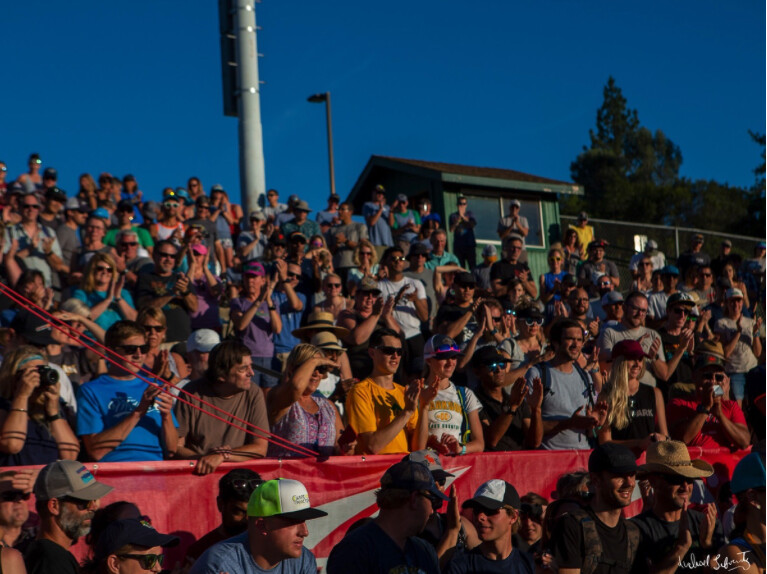
Vibes
I like to compare the vibes of Hardrock and Western States to rock concerts.
Hardrock is that concert that takes place in a modest venue with a few thousand seats, think the Beacon Theatre in New York City. Think of the last concert you attended that brought you close to the artist and allowed you to interact socially with other concertgoers. That’s Hardrock.
Western States, on the other hand, is the massive stadium show, think Kenny Chesney at Gillette Stadium in Massachusetts. These concerts take on a festival atmosphere and bring thousands of people out long before the concert is scheduled to start. Loud, chaotic, and celebratory, Western States shares the vibe with these large stadium shows.
Track Versus Cross Country
In my previous professional life as a high school principal I attended more than my fair share of track and cross-country meets. Over the years I made some observations that remind me of the difference between Western States and Hardrock.
Track meets are slick and fancy. Track athletes wear crisp kits and sleek shoes. Western States is track.
Cross-country meets are loose and in the woods. Cross-country runners are a ragtag group with unkempt hair and oversized kits. They know how to run they just do it a little differently. Hardrock is cross country.
Pace
Hardrock weekend moves at a pace akin to a small town. Sure, the runners up front need to move fast, and those at the back may feel the pressure of meeting the cutoffs, but by and large, the race moves at a laid-back pace. Runners spend time regrouping at aid stations, volunteers linger to chat and share stories, and race officials and veterans of the event make everyone feel welcome and embraced by the community.
The pace at Western States is more like New York City during rush hour. Intensely competitive at the front of the pack and challenging with tight cutoffs at the back, there is little time for dilly-dallying for anyone. It’s an intense, fast-moving pace, the rewards of which are a shiny belt buckle and big city memories to last a lifetime.
Community
Both events celebrate and embrace community. In fact, they both endeavor to nurture a sense of community in the many activities surrounding their events. Additionally, the phrases “Western States family” and “Hardrock family” are part of the language around each race.
As you might expect, Hardrock is a close-knit family — the kind where many still live in the same area, get together often, and share many common characteristics. The Western States family is a massive extended family that is spread around the world, getting together only occasionally and with disparate goals, attitudes, and temperaments. Both families share common connections but do so in very different ways.
Regardless of their differences in vibes, type of race, pace, and community, both Western States and Hardrock have earned their places on the top step of North American ultrarunning culture. In spite of, or perhaps because of, their unique characteristics, these two events have been able to stand the test of time, doing so in their own unique ways and on their own independent terms. As a result, they continue to be the two of the most sought-after events in American trail running and ultrarunning.
by I Run Far
Login to leave a comment
Canadian ultra-star Priscilla Forgie is ready to crush Western States 100
Edmonton’s Priscilla Forgie is blazing a trail in Canadian ultrarunning, and she’s primed for one of the biggest races of the year—Western States 100-miler, set for June 29th. Having finished as the top Canadian in last year’s race (eighth place overall), Forgie is back, even more prepared and ready to tackle the course in Auburn, California. Her secret? Three specific strategies that can benefit any runner aiming to elevate their performance.
Forgie has dominated numerous races in recent years, with victories at the Squamish 50-mile and 50/50, a second-place finish at the Canyons Endurance Run, and an overall win (with a course record) at the Near Death Marathon. Here’s how she’s preparing for Western States 100 and how you can apply her methods to your own training.
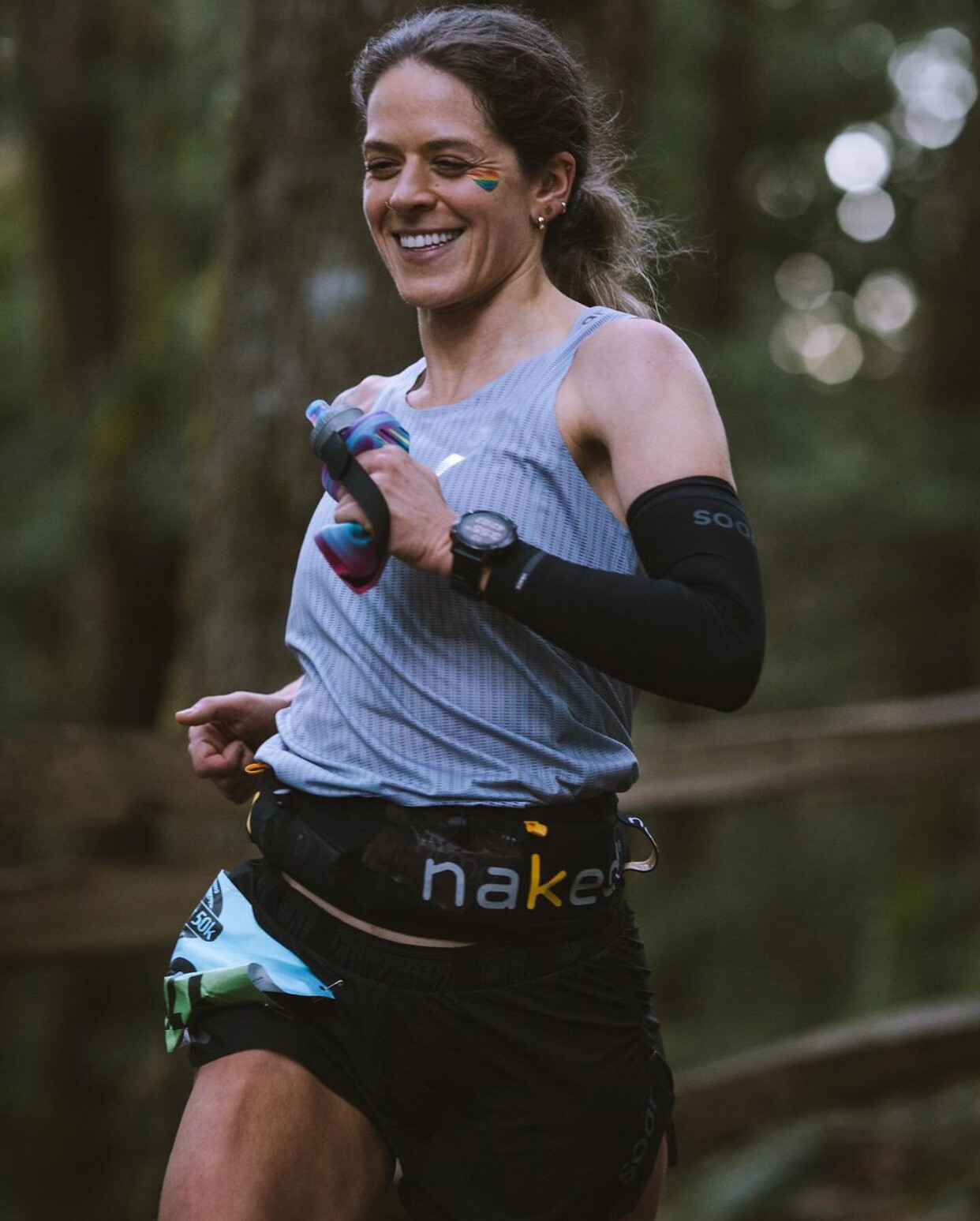
“Last year, I was told I looked better at the 100K mark than at 50K! The elevation in the high country kicked my butt, so I arrived a bit earlier this time around to adjust,” Forgie shares.
Altitude can be a game-changer in endurance races. If your race is at a higher elevation than you’re used to, plan to arrive several days or even weeks early if at all possible, to give your body time to acclimate. If you’re unable to spend extra days at altitude, make sure to incorporate lots of elevation gain into your training runs and consider practising breathing techniques to help reduce respiratory fatigue.
by Running Magazine
Login to leave a comment
How Many Carbs Are in Spring Energy, Really?
This fruit-based energy gel, once touted for its high-carb intake and low volume, contains about a third of calories than advertised, multiple independent nutritional analyses suggest
For the past 10 years, Spring Energy has provided endurance athletes with energy gels, and more recently drink mixes, made from “real” foods. Athletes looking for wholesome alternatives to more traditional sugar-based gels made in a lab have flocked to Spring’s smoothie-like gels made with fruit and basmati rice.
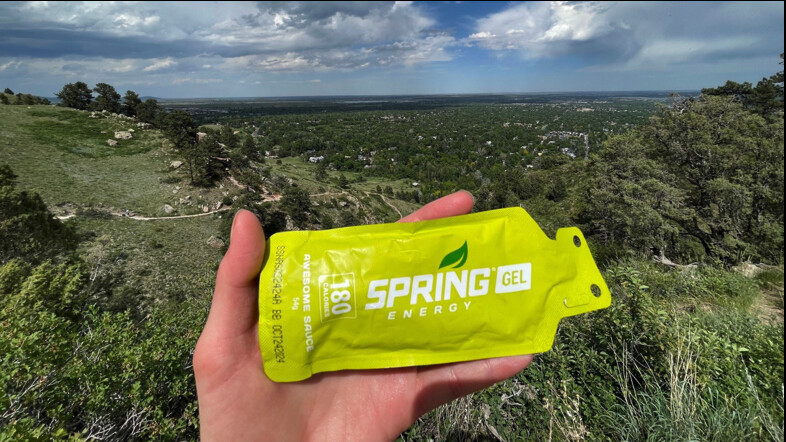
While Spring products are more expensive than many gels, many athletes have found the tradeoff for high-quality, real food fuel that goes down easily on the run to be worth it. Until now.
After skepticism about the actual contents of Spring’s gels began brewing late last year, it turned into a full-blown controversy this week.
In January 2021, Spring Energy released a game-changing gel, Awesome Sauce. In collaboration with coaches and runners Megan and David Roche (who taste-tested and named the flavor), the applesauce, basmati rice, and sweet potato-based gel was designed to provide endurance athletes with a whopping 180 calories per 54 gram packet.
This high-carb alternative became especially enticing when a study was published in April 2022 reporting that ultrarunners should consume 240 to 360 calories (60-90 grams of carbohydrates) per hour. It’s no surprise that Awesome Sauce (sold at $5 a gel), with its small but surprisingly mighty nutritional content, initially flew off the shelves. It seemed too good to be true.
After several third-party lab tests, that appears to be the case.
In late 2023, runners took to Reddit to discuss their doubts in Awesome Sauce’s nutritional facts, which were printed on the packaging and stated on Spring Energy’s website. Though it’s unclear who first performed a concrete test on the gel, two months ago, Liza Ershova, a Reddit user who uses the username “sriirachamayo”, posted in a thread called “False nutritional info on Spring Energy gels.” Ershova allegedly performed a test “in an environmental chemistry lab” and found that the dry weight of Awesome Sauce is 16g instead of the stated 45. She hypothesized that, “If all of those grams are carbs, that corresponds to about 60 calories, not 180.”
On May 17, German endurance sport speciality shop Sports Hunger released a video stating that they, too, had Awesome Sauce gels tested by a third party, and allegedly found that each packet contains 16g of carbs instead of the 45g that Spring Energy claimed.
“The maker of Spring Energy assures us that they will rework their manufacturing process to ensure that they will again reliably achieve their high numbers that they declare to have,” a Sports Hunger representative says in the video. “We hope that this is really going to happen because we believe that natural food for many of our customers is a great alternative to the regular gels.”
On May 28, ultrarunning coach Jason Koop, who coaches elite athletes sponsored by Spring Energy, posted an Instagram Reel saying that he’d paid for Spring Energy Awesome Sauce to be tested by a third party, RL Food Laboratory Testing in Ferndale, Washington. The results showed that the gels tested contained 76 calories and 18g of carbs. The lab results can be found on Koop’s website. Koop declined to be interviewed for this article.
Other runners have also come forward after attempting to replicate the gels with varying degrees of Awesome Sauce’s ingredients: organic basmati rice, organic apple sauce, apple juice, yams, maple syrup, lemon juice, vanilla, sea salt, and cinnamon—and could not achieve the gel’s original volume of 54g. Their experiments suggest that it’s impossible to fit all of those ingredients into the small Awesome Sauce package while achieving the stated nutritional content.
On May 22, the Ershova shared Spring Energy’s response to their experiment on Reddit: “Our analysis supports the accuracy of our product labeling. However, we will reevaluate to make sure our data is accurate. Although we hoped your experience with our products would have been wholly satisfactory, we recognize that individual needs can vary. Given the wide variety of options available across different brands, we are confident you will find the right product that suits your specific requirements.”
Four days later, on the Sunday of Memorial Day weekend, Spring Energy sent out an email to newsletter subscribers stating:
“In early May we submitted Awesome Sauce for third-party caloric and biomolecular analysis. Although the results indicated that on average our products deliver the designed nutrition value, we have recognized weaknesses in our processes and ingredients which can introduce unwanted variations in some batches.To mitigate those variations in our small batch production, we decided to modify some of the formulations, revise and innovate processes, and re-evaluate ingredient sources. These changes will bring higher quality and more consistency to our products. Enhancements of our products aimed to stabilize their nutrition values are on the horizon, and within the next few weeks, you’ll see the results of our efforts. A new and improved version of Awesome Sauce will soon be available.”
The internet outrage ballooned swiftly.
“‘On average’ – if someone has a beat on where I can grab packets of Awesome Sauce at 75g of carb per pack to allow for the average of their product to be 45g overall, hit my inbox,” @aidstationfireball posted on X. “Excited to taste the new, re-formulated, $7 gels they’ll replace these with.”
David and Megan Roche, the Boulder, Colorado-based running coach couple who collaborated with Spring Energy on Awesome Sauce, discussed the backlash on their podcast. They weren’t involved in the chemical composition and makeup of the gel, they claimed. Rather, they simply proposed the concept of a high-carb gel to their friend Rafal Nazarewicz, the founder and CEO of Spring Energy. They stated they understand the public’s outrage, and Megan added that they “didn’t really use it” during their runs because she didn’t feel that her body was responding to the energy it was supposed to provide.
In addition, the Roches stated on their podcast that they have quietly harbored concerns about Awesome Sauce for years, and while they did not explicitly tell their athletes not to use it, they made a point of promoting other gels instead. (The Roches currently have a financial partnership with The Feed, the online warehouse that sells a wide variety of sports fuel, including Spring Energy.)
David elaborated in a lengthy Instagram post on May 29: “It’s sad and infuriating that the nutrition was wrong, and we are thankful to the really smart people who figured it out on Reddit (including an athlete we coach who started the initial thread). When we described concerns to Spring, we were assured that the nutrition was correct and they followed all FDA regulations. We left the Spring sponsorship years ago, and we never received compensation for proposing the name/doing taste testing (outside of the $200 per month that we both received during the sponsorship). Since then, we have publicly directed athletes to other options for high-carb fueling, while hoping to be a source of love and support in the community. Our podcast covered our concerns as soon as the German lab testing indicated that we wouldn’t be risking making defamatory statements about a business without substantial evidence.”
While concerns around Awesome Sauce instigated this investigation, it’s not the only flavor under scrutiny. Koop sent additional Spring Energy gels, Canaberry (named after professional ultrarunner Sage Canaday) and Hill Aid, to the lab for testing. The results indicated that both of these flavors also contain fewer calories than stated on their nutrition labels.
The lab results showed that the batch of Canaberry that was tested contains 10g of carbs (versus the stated 17g), and the Hill Aid sample contains 10g of carbs (versus the stated 20g).
Koop also paid for Gu Chocolate Outrage to be tested. The results were consistent with the nutrition facts. All three of these reports can also be found on Koop’s website.
These vast discrepancies between Spring Energy’s reported nutrition facts and the lab results raise the question: which gels can be trusted?
According to the U.S. Food and Drug Association (FDA), most running gels fall under the category of “dietary supplements”, which don’t have to be approved before being sold. However, the FDA requires that all dietary supplements have nutrition information clearly marked on a product’s packaging (including serving size, number of servings, and ingredients) and periodically inspects manufacturing facilities to confirm that products meet the labeling requirements. The FDA also reviews product labels for accuracy.
“Dietary supplements are regulated by the FDA, but much of our role begins after products enter the marketplace. In fact, in many cases, companies can produce and sell dietary supplements without even notifying the FDA,” the FDA states on their website.
The FDA allows nutrition labels to have an inaccuracy margin of up to 20 percent—for reference, based on multiple lab results, Awesome Sauce’s caloric content is about 57 percent less than what the label says.
Sports psychologist and ultrarunning coach Krista Austin works with some of the top endurance athletes in the world, and is best known for training Meb Keflezighi to his 2009 New York City Marathon win. She recommends several products out on the market to her ultrarunner athletes, as well as suggestions that might work with a person’s individual plan. Typically, she suggests that athletes rotate gel flavors to avoid flavor fatigue, which can impact an athlete mentally and derail performance. So if a certain brand is proven to work well for an athlete, she says, use a variety of flavors.
“I usually use high molecular weight carbohydrates, but the thing is, they’re not as sweet as other sports nutrition products out there,” says Austin, who owns a consulting business providing sport performance services to Olympic and professional athletes as well as military and industry personnel. “So what we’ll do is we might throw in another gel like the Awesome Sauce to help give them that sweet component. It’s just in their arsenal.”
She says, in general, her athletes who have consumed Awesome Sauce have had positive experiences, but that because these gels were just one part of the fuel plan, that muddies the waters a bit. In addition, the potential lower calorie count of this gel may make it easier to digest. However, Austin recalls that one of her clients was taking in one Spring Energy gel (multiple flavors) every hour in her ultra, but found herself so hungry that she needed to eat a lot of the food provided at aid stations on the course, too.
“She was a smaller ultrarunner, and I thought it was interesting that she was taking in all these calories,” Austin says. “She was using Spring Energy gels, and I now I’m thinking, ‘Maybe this is why she needed all the additional food on the course, too, because she wasn’t getting what we thought she was.’”
Ultramarathon dietician Julie Shobe is surprised and disappointed in the news about Awesome Sauce. “My clients and myself bank on the efficiency of the gel being easy and light to carry,” she says. “Underfueling within a long run can create acute symptoms like low energy, nausea, or brain fog. Ultrarunners find themselves in dangerous situations on long runs and races, and are often in remote areas, so unintentionally underfueling could have negative consequences.”
Austin says runners can still rely on information they’re receiving about endurance fuel, but that it’s always possible there are, as Spring Energy suggests, bad batches. She’s leaning toward this being the reason for the nutritional inaccuracies (keeping an open mind that more information can come out) because she’s had experiences with bad batches of gels in the past, where the product tasted off and she brought it to the attention of the brand, who confirmed it was an error on their part.
By May 30, Spring Energy had removed Awesome Sauce from its website, although it can still be purchased in the All Inclusive and Vegan Spring sampler packs. There, Awesome Sauce is described as, “our best-seller, has been created for all carb lovers who want to fuel in a healthy way, with wholesome products free of added sugars!”
Nashville Running Company owner Lee Wilson has made the decision to take Awesome Sauce, Canaberry, and Hill Aid off store shelves. “It came down to the integrity of it,” Wilson says. “After the other flavors came out with the test results, we decided we can’t sell it.”
Nashville Running Company crew member Eric May added that this whole ordeal is disappointing, especially because the gel was so popular in the community.
“We used to have people come in when we got shipments and walk out with boxes of them,” May says. “It’s a bummer.”
He adds that a few customers have remarked that they still really enjoy Awesome Sauce and will keep using it.
“How a company reacts to the issue tells you a lot about them, and the fact that they’ve taken down their product, it means they’re probably doing their homework to see what’s going on,” Austin says. “I would say, give them a chance to rectify the situation.”
Sabrina Stanley, a pro ultrarunner from Silverton, Colorado, has used Awesome Sauce frequently in the past, but says she stopped eating it when she felt she was taking in three times what she should be consuming to keep hunger at bay. She adds that though it’s a huge disappointment that athletes thought they were buying a gel under the impression it was a different product, the company is the only party at fault.
“Professional athletes aren’t responsible for making sure the nutrition label is correct,” Stanley says. “They are often sub-contracted to give opinions and help promote a product in hopes of making a few extra dollar to continue doing what they love. They aren’t in the lab developing the product and writing the nutrition label, like the consumers, they are trusting the hired them to do their due diligence.”
On May 29, Spring Energy released an official statement on its Instagram, with Nazarewicz saying they’ve identified weaknesses in the manufacturing process, and that only some batches were accidentally made with varying nutritional values. Nazarewicz apologized and stated Spring Energy is introducing changes to its process and hopes to continue its mission toward making real food performance products.
“Spring Energy has admitted to inconsistencies in their product and also said in a recent IG post this was not intentional or malicious,” Shobe says. “However, to be this far off from your stated nutrition label deserves some major inspection. The whole thing made me question not only the integrity of their products but the nutritional labels of other products. Why, as a dietician, didn’t I become more suspicious of Awesome Sauce in the first place?”
by Outside Online
Login to leave a comment
He’s Running 900 Miles to Every Premier League Soccer Stadium for Suicide Prevention
When Matthew Smith was a child, he lost his brother to suicide. Now he’s running throughout England to raise money for mental health services in a region that has the highest rates of suicide in the entire country.
Matthew Smith was only 10 years old when he lost his brother, Daniel O’Hare, to suicide. Daniel was 19 and had no history of mental health problems, nor had he shown any outward signs of his intention to end his life. His family was devastated by the sudden and unexpected loss, and they are still struggling to understand his choice.

Now 29, Smith is an advocate for mental health, and he’s on a mission to run 900 miles to every Premier League stadium in England to raise money for the region’s services. The northeast region, where Smith lives, has the highest rate of suicides in the country, and he and his supporters are determined to change that. He plans to take on this ultrarunning challenge in his brother’s honor in August, and he has the goal of raising £135,000 ($171,882) and spreading awareness of suicide prevention. He told Chronicle Live that along the way, he’ll be delivering the message that “it’s okay to not be okay,” and that there is “always a way.”
After losing Daniel in 2005, Smith and his younger brother and cousin started a nonprofit in his memory called If U Care Share, because they wanted to do something positive and prevent other families from going through the same kind of loss. They sold wristbands at soccer clubs that said “if u care share,” and raised over £50,000 ($63,655) for mental health charities.
In 2011, the charity was officially registered with three main objectives: prevention, intervention, and support for survivors of suicide loss. For more than a decade, If U Care Share has offered support to people who have lost loved ones to suicide and provided advice and assistance to people who are at risk of killing themselves.
Two years ago, Smith ran 250 miles from the charity’s headquarters in northern England to Downing Street in London to hand deliver a letter asking the U.K. government to include suicide prevention in the Levelling Up White Paper, a moral, social, and economic program.
This latest initiative came about because of Smith and his If U Care Share colleagues’ love of soccer and longstanding partnerships with the Premier League, the League Football Education, and the Women’s Super League.
“It’s no secret that suicide prevention and mental health services have struggled recently due to significant funding restrictions, so I can’t thank everyone enough for believing in the charity, our mission, and myself,” Smith told Chronicle Live. “The money raised at the launch event will not only enable the challenge to go ahead, it will also save lives, support communities, and prevent suicide in a region that needs our help more than ever.”
by Runner’s World
Login to leave a comment
The Keys to Courtney Dauwalter’s Continued Dominance
During a recent press conference, Dauwalter dished oUltrarunner extraordinaire Courtney Dauwalter has picked up in 2024 right where she left off last year. After famously winning three of ultrarunning’s most epic races during the span of about nine weeks last summer—Western States 100, Hardrock 100, and Ultra-Trail du Mont-Blanc—the 39-year-old athlete from Leadville, Colorado, defended her Transgrancanaria 126K title in a decisive wire-to-wire win in late February and won the Mount Fuji 100-miler for the second time on April 27, placing third overall.
She’s now gearing up to go for a third straight win at the Hardrock 100 on July 12-13 in Silverton, Colorado. After Hardrock, she’ll be crewing and pacing her husband, Kevin Schmidt, at the Leadville 100 on August 17-18, and then tackling a yet-unannounced trail running project in September.We caught up with Dauwalter to talk about her fueling and training in a virtual press conference, where she announced the May 20 release of her signature flavor of Tailwind Nutrition Endurance Fuel—Dauwaltermelon with Lime—as a permanent part of the brand’s lineup. Since she’s emerged as one of the world’s top trail ultrarunners, she’s been known for having a sound approach to nutrition and fueling, never shying away from eating whatever she wants, admitting her soft spot for candy and pastries, or having a beer every now and then if she feels like it.
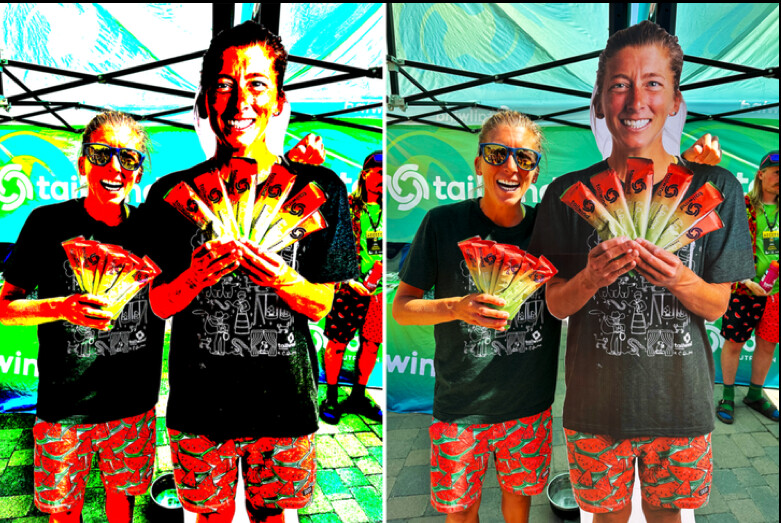

COURTNEY DAUWALTER: I am still eating all of my favorite things whenever they sound good in quantities that sound good, and I am not intending to change that part of my life, because it just gives me a lot of joy to live that way. I guess it’s got to be partly my upbringing, and also with Kevin and I, our idea of how we want to live our lives is to enjoy it to its fullest while it’s here. We just want to enjoy food, enjoy meals out, enjoy the cravings that we have, and not worry about it. But I would say in the past couple of years I do more consistently do a recovery drink after a long run or after putting in big efforts, and that’s something that I was a little more lax with originally, so I feel like that’s a step in the right direction.
When I first got into ultrarunning, I had no nutrition plan. I didn’t know what I was doing. My first race was a 50K, and I remember not knowing that these aid stations would be buffets. My mind was blown when I got to them—all the options were overwhelming. I just started filling my pockets with jelly beans. In those first years, I did a lot of mimicking of what the people around me were doing. So if I came to an aid station and someone was grabbing pickles and drinking Mountain Dew, then that’s what I would do. If they were grabbing pretzels and cheese cubes, that’s what I would go for. It was just kind of roulette for me on what I would end up eating—if it would work, or if it wouldn’t work.
Initially, I never had a fueling plan at all. But then in 2017, I went to the Run Rabbit Run 100 in Steamboat Springs, Colorado, and Tailwind was available on course at all of the aid stations. I had a buddy who had started using it that year, and I remember just loving it and suddenly not having all the stomach issues and energy dips that I often had. I was like, ‘Oh, maybe this is what it’s like to have something reliable.
'At this point we’ve gotten pretty dialed on the race nutrition plan for those 10-to 24-hour efforts or the events of 100 miles or below. I’m not a person who has my watch beeping at me ever to remind me to eat. I don’t get those kinds of reminders, and I don’t want to eat every 15 minutes or 30 minutes during a race. I’m going to just slow drip the calories I have as often as possible—basically it’s an eating contest on the move. Now I know my body functions pretty well with about 200 calories per hour during those efforts. So, depending on the distance between aid stations, I can rely solely on a bottle of Tailwind and then supplement with some chews or waffles or gels, because usually I get actually hungry feeling and having something solid helps with that. But mostly, I’m relying on Tailwind as my backbone to the whole plan and generally aiming for that 200-calorie-per-hour benchmark.The past couple years (working with a nutritionist friend), we’ve been better at creating A, B, C and D plans—because sometimes the perfect nutrition plan that you have relied on isn’t going to work. Our approach is that’s fine, and here are some things you can start subbing in during a race that can cover your needs. I view race nutrition like a puzzle piece, and sometimes it fits into the puzzle right where we want it to, and sometimes we have to kind shift things around a little bit. I think one of the reasons a lot of us love ultrarunning is because, when things just aren’t going to plan, we have to problem-solve it.
That’s one thing I’m hoping to focus on a little bit more on in this buildup and this prep for Hardrock, because in the past couple times I’ve run it, I’ve struggled a little bit with taking stuff in. I would love to just try to intentionally train my stomach to be better at taking in those calories while pushing hard at 12,500 feet or 13,000 feet just to see if we can make some strides forward. So stay tuned on if that works or not.
Not specific things. I think I want to just keep finding the challenges that intrigue me and fire me up to keep putting in the work, the training, the time, the effort to go after them. And so whatever that is, there’s not a list of things I want to check off necessarily, but, I’m continuing to pour myself into this sport and see what’s possible while every one of my systems [muscular, digestive, endocrine, cognitive, emotional, etc.] is allowing that to happen. The Leadville 100 is on my short list of races I would love to do as soon as I can, but as far as a bucket list in general or what intrigues me, I’m still very interested in exploring the longer stuff and how our brains and our bodies can work together to take us over 100 miles. What does that look like to move efficiently for 200 miles or 500 miles? So that’s where I am putting a lot of my attention into—just finding ways to test myself on stuff that’s really long.I am interested in trying a road marathon again at some point because that was what led me to ultrarunning.. I didn’t think I could make that distance, but I finished without dying and then wondered, ‘What else is out there that sounds too hard that I could try?’ And then I stumbled into the ultrarunning world. In those first marathons, I was a casual runner.
I ran every day before work because it made me feel better to start the day, but I wasn’t doing huge miles or running quickly. So circling back to run a road marathon would be kind of fun.I definitely didn’t invent it, and I don’t know who did originally, but I know that for me that phrase just became this imagery that I really grabbed onto—as opposed to the struggle bus or the hurt locker or the many other terms. That one for me was visually something I could see, and it was something that I could work with to be productive. Back in high school, I had a cross country skiing coach who was big on the mental side of the sport and would always remind us and believe in our capacity to push past that moment when it feels like you have nothing left. He was huge on just the idea that there’s always one more gear. So I just crank the knob and believe that it can be cranked a little bit more. Having someone who believed in me so wholeheartedly that I could trust to keep pushing was important because it’s hard to do that when you’re any age, but for sure it’s hard to do when you’re a teenager.
The idea that you feel like you’re about to die and yet you’re telling me there’s more to push past that? That’s hard to learn. So I feel really lucky that I had that coach and to learn about that mental side of sports and digging deeper than you think.
That was so special, a highlight of my life for sure. We ran together through the desert in Arizona, side by side the whole time through all the highs and lows, and made it to that finish line. I’ll remember that forever, and that gift that she gave me of doing this thing with me and the sport I love and spending so much time preparing for it. She was training hard back home in Minnesota, trying to learn how to run trails, trying to power hike hills, and learning how to use all of the gear because she had never really run trails before. I think the domino effect is that you can start anything at any age. She was 66 when we ran this race together and 64 when she started this journey into trail running. I had told her my dream was to run an ultra with my mom, and now that she has completed a 100K, she has found a lot of joy in the trails. Even though we don’t have a race on the calendar together yet, she is still just finding that peace that the trails bring her, and it’s something she incorporates into her weekly life. I think that’s really cool, and it’s why I hope more people can find out about trail running—not necessarily even ultrarunning—but just getting out on the trails and exploring a little bit because that feeling of moving with your feet surrounded by nature and feeling so small in a big landscape is really, really cool.
My hope is that people hearing about the stuff that I’m doing or that the ultrarunning community is doing helps them believe they could go after something that sounds too hard or something that sounds crazy. Whether that’s running 100 miles or 200 miles or not. We can all find that thing in our lives that we can go after with a little more gusto and raise the bar for ourselves on what we’re actually aiming for. I also hope I can be a small example that you can work really, really, really hard at something and have a lot of fun doing it. Those things can happen at the same time and there’s no reason to separate them. I never predicted this chapter in my life, but I feel grateful every day for it. I’m just trying to squeeze as much living out of this period of life as I can.
n her approach to nutrition and fueling, early-career bonks, and more.
by Outside Online
Login to leave a comment
The Keys to Courtney Dauwalter’s Continued Dominance
Ultrarunner extraordinaire Courtney Dauwalter has picked up in 2024 right where she left off last year. After famously winning three of ultrarunning’s most epic races during the span of about nine weeks last summer—Western States 100, Hardrock 100, and Ultra-Trail du Mont-Blanc—the 39-year-old athlete from Leadville, Colorado, defended her Transgrancanaria 126K title in a decisive wire-to-wire win in late February and won the Mount Fuji 100-miler for the second time on April 27, placing third overall. She’s now gearing up to go for a third straight win at the Hardrock 100 on July 12-13 in Silverton, Colorado. After Hardrock, she’ll be crewing and pacing her husband, Kevin Schmidt, at the Leadville 100 on August 17-18, and then tackling a yet-unannounced trail running project in September.
We caught up with Dauwalter to talk about her fueling and training in a virtual press conference, where she announced the May 20 release of her signature flavor of Tailwind Nutrition Endurance Fuel—Dauwaltermelon with Lime—as a permanent part of the brand’s lineup. Since she’s emerged as one of the world’s top trail ultrarunners, she’s been known for having a sound approach to nutrition and fueling, never shying away from eating whatever she wants, admitting her soft spot for candy and pastries, or having a beer every now and then if she feels like it.
RUN: How did you develop such a sensible approach to nutrition and fueling, and what, if anything, have you changed?
Courtney Dauwalter: “I am still eating all of my favorite things whenever they sound good in quantities that sound good, and I am not intending to change that part of my life, because it just gives me a lot of joy to live that way. I guess it’s got to be partly my upbringing, and also with Kevin and I, our idea of how we want to live our lives is to enjoy it to its fullest while it’s here. We just want to enjoy food, enjoy meals out, enjoy the cravings that we have, and not worry about it. But I would say in the past couple of years I do more consistently do a recovery drink after a long run or after putting in big efforts, and that’s something that I was a little more lax with originally, so I feel like that’s a step in the right direction.”
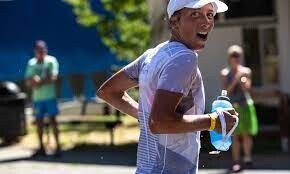
RUN: What was your fueling strategy when you first got into ultrarunning in 2011?
CD: “When I first got into ultrarunning, I had no nutrition plan. I didn’t know what I was doing. My first race was a 50K, and I remember not knowing that these aid stations would be buffets. My mind was blown when I got to them—all the options were overwhelming. I just started filling my pockets with jelly beans. In those first years, I did a lot of mimicking of what the people around me were doing. So if I came to an aid station and someone was grabbing pickles and drinking Mountain Dew, then that’s what I would do. If they were grabbing pretzels and cheese cubes, that’s what I would go for. It was just kind of roulette for me on what I would end up eating—if it would work, or if it wouldn’t work.”
RUN: You have told stories about a few famous bonks early in your career. When did you start to dial-in your fueling strategy?
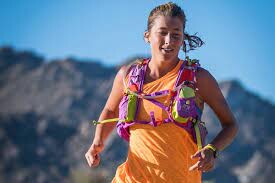
CD: “Initially, I never had a fueling plan at all. But then in 2017, I went to the Run Rabbit Run 100 in Steamboat Springs, Colorado, and Tailwind was available on course at all of the aid stations. I had a buddy who had started using it that year, and I remember just loving it and suddenly not having all the stomach issues and energy dips that I often had. I was like, ‘Oh, maybe this is what it’s like to have something reliable.'”
RUN: What is your current approach to race-day nutrition?
CD: “At this point we’ve gotten pretty dialed on the race nutrition plan for those 10-to 24-hour efforts or the events of 100 miles or below. I’m not a person who has my watch beeping at me ever to remind me to eat. I don’t get those kinds of reminders, and I don’t want to eat every 15 minutes or 30 minutes during a race. I’m going to just slow drip the calories I have as often as possible—basically it’s an eating contest on the move. Now I know my body functions pretty well with about 200 calories per hour during those efforts. So, depending on the distance between aid stations, I can rely solely on a bottle of Tailwind and then supplement with some chews or waffles or gels, because usually I get actually hungry feeling and having something solid helps with that. But mostly, I’m relying on Tailwind as my backbone to the whole plan and generally aiming for that 200-calorie-per-hour benchmark”
RUN: You had to overcome some stomach challenges in UTMB in 2022 and then at last year’s UTMB you seemed as physically challenged as you have ever been. How have you adjusted your fueling in those situations?
CD: “The past couple years (working with a nutritionist friend), we’ve been better at creating A, B, C and D plans—because sometimes the perfect nutrition plan that you have relied on isn’t going to work. Our approach is that’s fine, and here are some things you can start subbing in during a race that can cover your needs. I view race nutrition like a puzzle piece, and sometimes it fits into the puzzle right where we want it to, and sometimes we have to kind shift things around a little bit. I think one of the reasons a lot of us love ultrarunning is because, when things just aren’t going to plan, we have to problem-solve it.”
RUN: You’ll be doing a lot of your pre-Hardrock training in and around Leadville between 11,000 and 14,000 feet above sea level once the spring snow subsides. How are you able to fuel at such high altitudes?
CD: “That’s one thing I’m hoping to focus on a little bit more on in this buildup and this prep for Hardrock, because in the past couple times I’ve run it, I’ve struggled a little bit with taking stuff in. I would love to just try to intentionally train my stomach to be better at taking in those calories while pushing hard at 12,500 feet or 13,000 feet just to see if we can make some strides forward. So stay tuned on if that works or not.”
RUN: Do you have any bucket list events you want to tackle in the coming years?
CD: “Not specific things. I think I want to just keep finding the challenges that intrigue me and fire me up to keep putting in the work, the training, the time, the effort to go after them. And so whatever that is, there’s not a list of things I want to check off necessarily, but, I’m continuing to pour myself into this sport and see what’s possible while every one of my systems [muscular, digestive, endocrine, cognitive, emotional, etc.] is allowing that to happen. The Leadville 100 is on my short list of races I would love to do as soon as I can, but as far as a bucket list in general or what intrigues me, I’m still very interested in exploring the longer stuff and how our brains and our bodies can work together to take us over 100 miles. What does that look like to move efficiently for 200 miles or 500 miles? So that’s where I am putting a lot of my attention into—just finding ways to test myself on stuff that’s really long.”
by Brian Metzler
Login to leave a comment
Hardrock 100
100-mile run with 33,050 feet of climb and 33,050 feet of descent for a total elevation change of 66,100 feet with an average elevation of 11,186 feet - low point 7,680 feet (Ouray) and high point 14,048 feet (Handies Peak). The run starts and ends in Silverton, Colorado and travels through the towns of Telluride, Ouray, and the ghost town...
more...How to Prepare for Western States 100 Trail Race
The Western States 100, the world’s oldest 100-mile footrace, stands as a monumental test of human endurance. Traversing California’s Sierra Nevada Mountains, this race demands competitors climb over 5,000 meters, challenging even the most seasoned athletes. It has become synonymous with the legends of ultrarunning, including Jim Walmsley, Scott Jurek, and Ann Trason.
The Western States 100 began as a horse riding event in 1955. It wasn’t until 1972 that a group of infantry soldiers attempted the trail on foot, with seven successfully completing the 100-mile distance in under 48 hours. Inspired by this feat, Gordy Ainsleigh ran the course alongside horses in 1974, finishing in 24 hours and 42 minutes. This marked the birth of the official footrace in 1977.
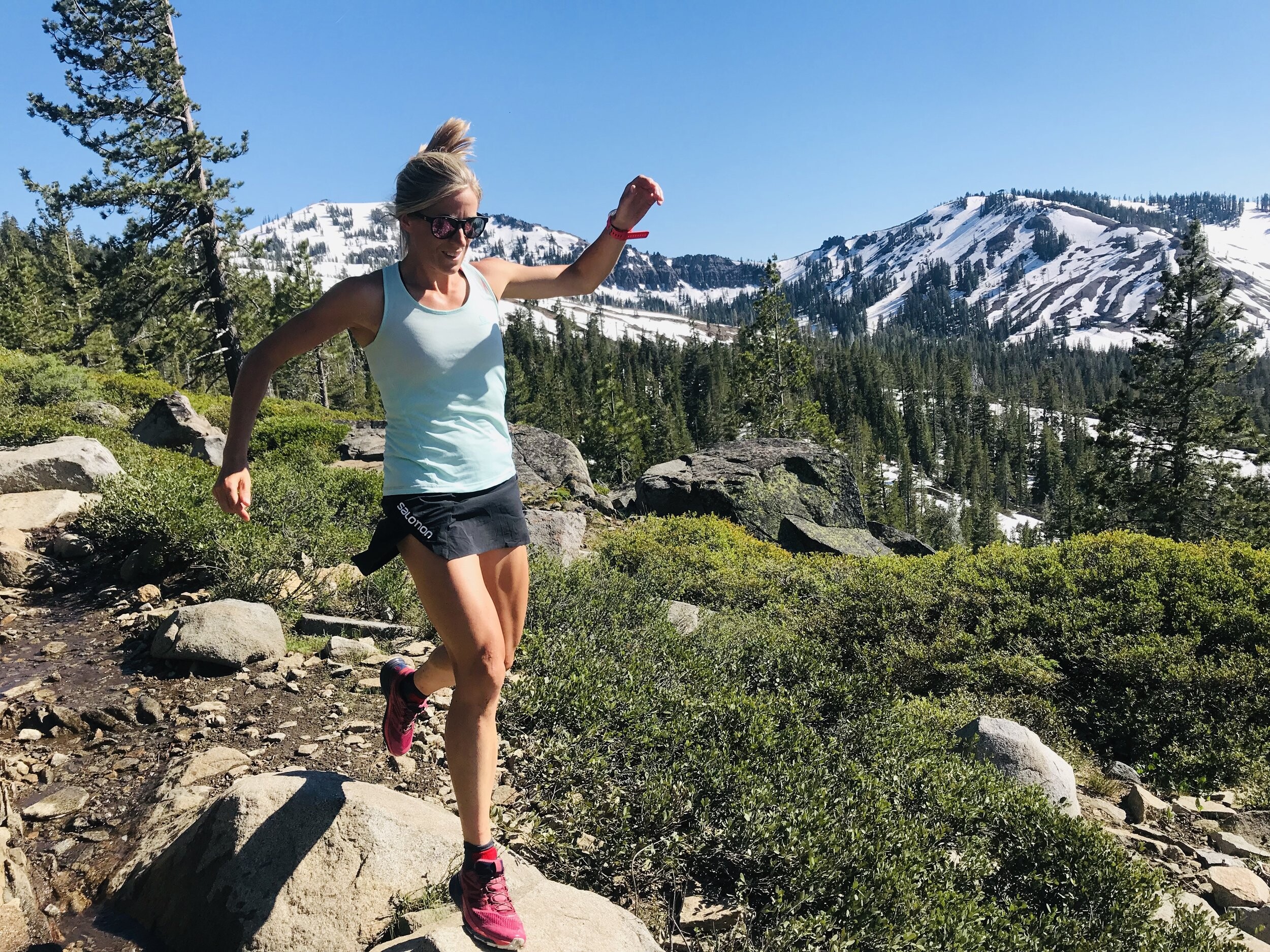
Ann Trason holds the record for the most victories at Western States, securing 14 wins from 1989 to 2003. Scott Jurek dominated the men’s competition with seven consecutive victories from 1999 to 2005. In 2021, Beth Pascall of the UK won the women’s race, recording the second-fastest time in the history of women’s 100-mile races with a finish of 17:10:42.
The Course: A Test of Will and Stamina
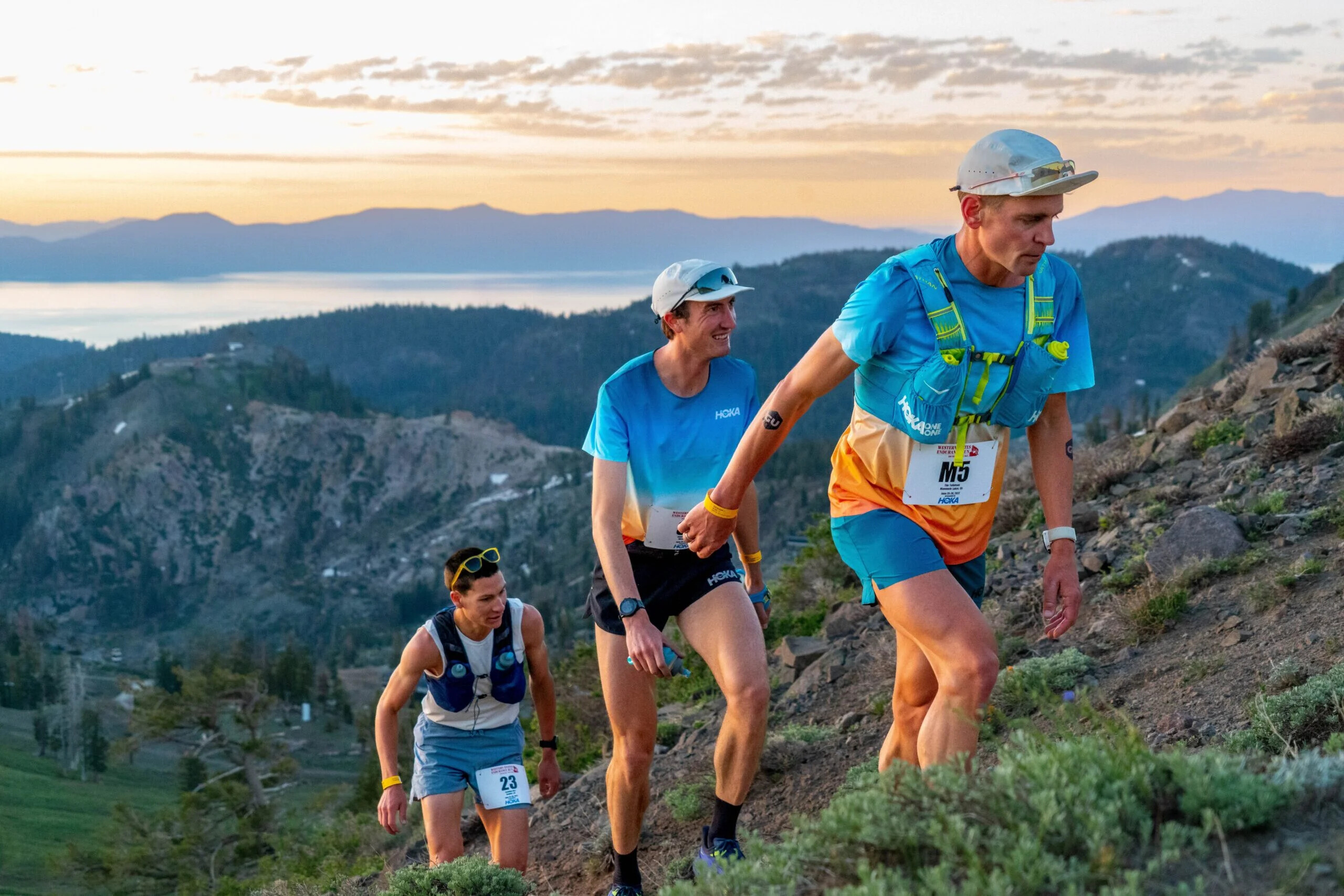
The Western States Trail stretches from Olympic Valley to Auburn, California. Runners start at 5 a.m. on Saturday and must reach the finish line by 10:59:59 a.m. on Sunday to be eligible for an award. The race begins with a steep 777-meter ascent to Emigrant Pass in the first 4.5 miles, then follows historic gold and silver mining trails, climbing an additional 4,700 meters and descending 7,000 meters to Auburn.
The trail cuts through rugged, remote terrain, accessible only by foot, horse, or helicopter. With temperatures reaching up to 35°C, the race tests runners’ resilience in extreme conditions. Despite the challenges, support is robust, with a volunteer-to-runner ratio of 4:1 and 20 aid stations, including 10 medical checkpoints.
The Coveted Buckle
Finishers of the Western States 100 are awarded a buckle, a nod to the race’s roots in endurance horse racing. A silver buckle is given to those who finish under 24 hours, and a bronze buckle to those finishing within 30 hours.
Securing a spot in the Western States 100 is highly competitive, with only 369 entries available each year. Runners must qualify through designated races and enter a ballot. Automatic entries are granted to the top 10 finishers from the previous year and top performers in Golden Ticket Races such as the Black Canyon 100K. Additionally, the race offers a pregnancy deferral policy, allowing expectant participants to defer their entry without a time limit.
Preparing for the Race
Runners typically arrive in Olympic Valley early in the week, with pre-race activities including a shakeout run on Thursday and a mandatory briefing on Friday. The nearest airports are in Reno, Sacramento, and San Francisco. Accommodations are available in Olympic Valley, home to the Palisades Tahoe ski resort, and in nearby Truckee and Tahoe City. Although the start and finish locations differ, transportation options are plentiful, with rideshares and shuttles available.
The Western States 100 is more than just a race; it is a journey of perseverance and grit. Finishing the 100-mile course within the 30-hour limit is a badge of honor, joining the ranks of those who have conquered one of the toughest ultramarathons in the world.
by Runner´s Tribe
Login to leave a comment
Western States 100
The Western States ® 100-Mile Endurance Run is the world’s oldest and most prestigious 100-mile trail race. Starting in Squaw Valley, California near the site of the 1960 Winter Olympics and ending 100.2 miles later in Auburn, California, Western States, in the decades since its inception in 1974, has come to represent one of the ultimate endurance tests in the...
more...Meet the ultimate ultrarunning power couple
The running accomplishments of Rachel Drake and Tyler Green are astonishing on their own—but there’s far more to this pair of high-achievers than paces and race results. Drake recently earned her entry to the 2024 edition of the legendary Western States 100 with a strong win at Black Canyon Ultras 100K in Arizona, and Green finished second at the 2023 edition of Western States (and capped off his season with a sixth-place finish in the men’s race at UTMB 171K); the couple juggles demanding careers, school (Drake), coaching (Green) and family time with their one-and-a-half-year-old son, Lewis. We connected with the couple to find out how they make it work.
Drake, now 32, grew up in White Bear Lake, Minn., and the family currently lives in Green’s hometown of Portland, Ore. They will soon be moving to Salt Lake City, Utah, so Drake can begin her anesthesiology residency in the summer. The dynamic trail-running duo met at the McKenzie River 50K, and now combine their strengths in raising a family while balancing high-level running performance. Green, 40, works as a trail running coach and a high school cross country and track coach.
From Western States to World Trail Majors
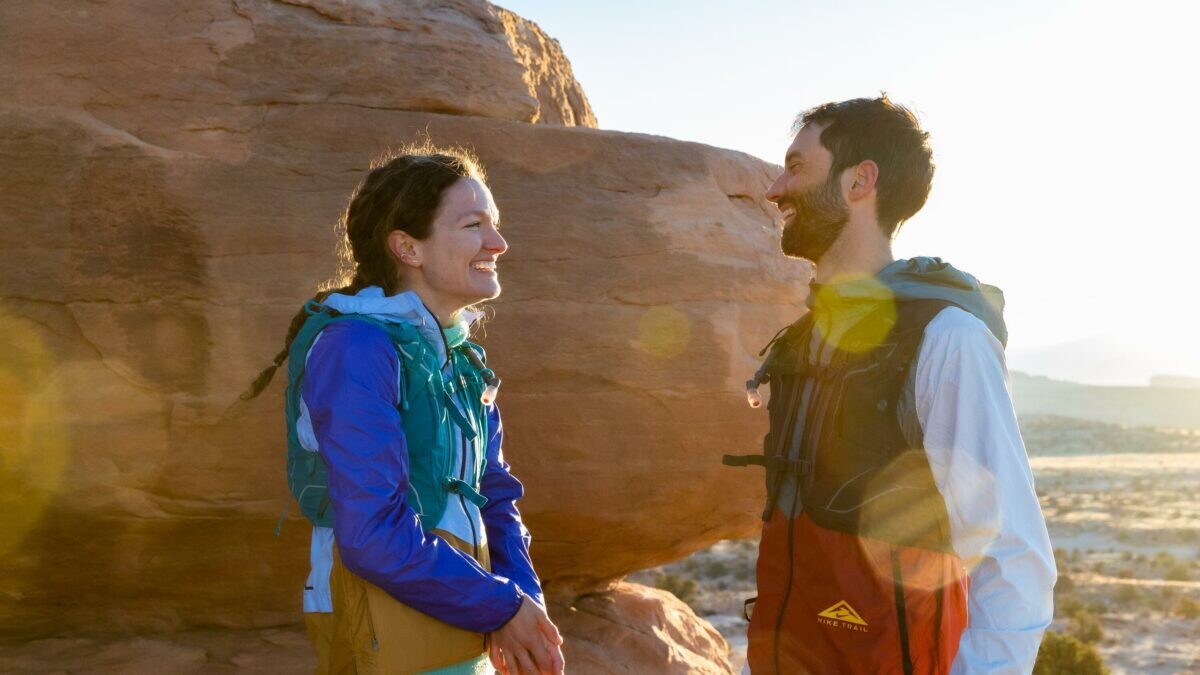
The couple has similar goals for the 2024 season—they are both racing Western States on June 29, and both hope to capture another top performance at one of the World Trail Majors races, with the current plan being to run Ultra Trail Cape Town in November. The couple exemplifies flexibility in running and life—when a recent trip to run Ultra Trail Madeira was entirely derailed due to travel difficulties, they rallied, enjoying time at home instead. And when Black Canyon Ultra 100K in February was delayed several hours due to bad weather, Drake rose to the occasion.
“I’m really proud of how I handled the multiple changes in plans, I never felt stressed or perturbed,” Drake posted on Instagram after Black Canyon 100K was delayed several hours. “And I guess my ability to fall back asleep showed that my catecholamines were indeed not yet surging through my bloodstream. I think having been through medical school, graduate school and the birth of a child has really put things in perspective.”
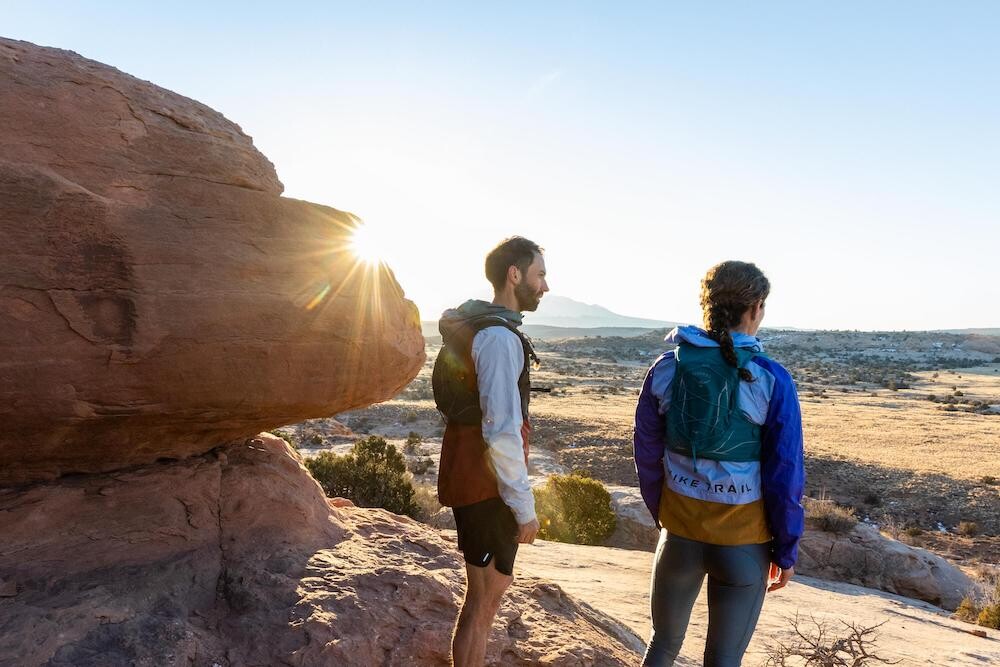
An element of surprise
Both Green and Drake love being a part of the trail running community, and while being parents adds an element of challenge, they are finding joy in bringing Lewis to events. “Just a few weeks ago we were at the Gorge Waterfalls trail races, and it’s so fun to bring Lewis into the fold,” Drake told Canadian Running. “He was making friends and wandering around at the finish line, and it was just the best.”
While Drake is quick to express gratitude for their lives, she also acknowledges that they have their hands full. “It’s challenging to balance everything. Lewis is a super easygoing kid, but having a toddler definitely adds an element of surprise to every well-laid plan,” she says. “When we travel, the logistics are a lot more complicated, but it’s always worth it.”
Combining strengths
Drake says that, as athletes, her strengths and Green’s are quite different. “Tyler is much more of a 100-mile specialist, and I am more of a 50K specialist,but moving up in distance this year,” she says. “I think I am also more of a speed-oriented runner and Tyler is probably more of a strength runner.”
As well as being partners through life, Drake and Green share a specific dynamic in the running world—that of coach and runner. “Tyler actually coaches me, so he gives me a lot of advice,” Drake explains. “I’ll weigh in on race strategy and planning our competitive calendars, but I don’t get involved with his training, since he has a great coach.”
Drake and Green share a mutual sponsor in the backpack brand Osprey. “Rachel has partnered with Osprey for five years now, and I followed suit three years ago as I saw how positive the partnership was,” Green explains. “Our connection with Osprey runs deep; they have supported us as people first, whether that’s celebrating a great race result, jumping for joy when we shared we were expecting a baby, or caring for us through injury. We feel like our stories are interwoven.”
The brand’s commitment to sustainability and longevity in its products pairs well with the couple’s values. “I have an Osprey backpack I’ve had for 20 years, it’s still my favorite pack, and I think that tells a lot about how our values align with the company,” says Green. “The gear Osprey makes truly performs and lasts. We’re ultrarunners who work incredibly hard to keep going and going and going, and an Osprey pack on our backs reflects that process.”
Running as a new mom
Drake and Green are now parenting a toddler, and while Drake’s top-notch performance may seem remarkable so quickly after having a child, she says she wouldn’t call it a fast return. “I had a sacral stress fracture at four months postpartum and had to take time to recover from that and then build back fitness,” she says, emphasizing that the culture that celebrates “bouncing back” from postpartum rarely includes any discussion about the challenges of returning to running after giving birth.
“I nursed Lewis for a year after he was born,” she adds. “I loved nursing and it felt important to me to prioritize that. While I was nursing, I felt much more limited with my training, so I had to accept that, even though I was preparing for races that I really cared about.”
Drake’s social media captures enviable images of family, travel, running and mountains, almost always with Lewis in tow. The key to the couple’s success: “Lots of communication with each other, planning our days out and capitalizing on getting stuff done during Lewis’s nap time,” Drake says. One could safely predict fans will follow Drake’s and Green’s performances on trails and off, long after the results of this year’s Western States.
by Keeley Milne
Login to leave a comment
Western States 100
The Western States ® 100-Mile Endurance Run is the world’s oldest and most prestigious 100-mile trail race. Starting in Squaw Valley, California near the site of the 1960 Winter Olympics and ending 100.2 miles later in Auburn, California, Western States, in the decades since its inception in 1974, has come to represent one of the ultimate endurance tests in the...
more...Your first trail ultra: three things to consider
So you’ve decided to run an ultramarathon–congratulations. Whether you’re coming from a pure road running background or you’ve dabbled in some shorter trail races, when you take on a distance of 50 kilometers or more by foot, you’re in for an entirely new experience.
Trail runners often describe ultramarathons as “life-changing,” and for good reason: covering such long distances, runners often find themselves running alone, in nature, up against conditions that road running simply doesn’t provide. Regardless of your running background, there are several things that every runner should consider before choosing their first ultramarathon.
1.- Your current training environment
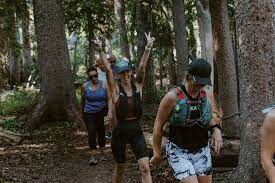
Stepping up in distance is a challenge, so limiting new variables like terrain and altitude can help ensure success in your first ultra. Where you train should factor into the first race you choose. Unless you have access to challenging terrain, choosing a technical course for your first race is risky. Same goes for altitude; if currently live and run at sea-level, you’d be wise to choose a race in the same region for your first attempt. Fortunately, there are a number of popular races across Canada that serve as great options for a road runner making the move to ultrarunning for the first time.
2.- Start small
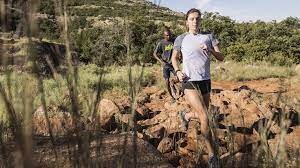
As ultramarathons range from 50K to multi-day events comprising hundreds of kilometers, first-time runners should be realistic about what they can successfully complete in their first race. As your pace will already be slowed on trails, consider how long you may be on your feet for any given distance. For most runners, 50K will be a big enough step up in single-day running, making it a great place to start. Once you have more ultrarunning under your belt, distances like the 100K and 100-miler will be more manageable.
3.- Your support system
Many ultramarathons allow racers support from unregistered runners accompanying them on various parts of the course. For long races, it can be crucial to have a crew to help you to the finish line, as navigating trails in harsh conditions when you’re already tired is much easier when you have someone with you. Consider who from your running network you can lean on to support you in your first race–having someone on course with you could be the key to a successful finish.
Outside of race-day support, first-time ultramarathoners should also consider the support they have in the lead-up to a race. To train for an ultramarathon, you’ll need to be out running for long periods of time, week after week. For the everyday runner with a job and family, this will take planning ahead and making sure your loved ones are on-board to support you when you need it.
by Claire Haines
Login to leave a comment
NHL legend Zdeno Chara crushes 50K ultra-trail race
Three weeks after finishing the Boston Marathon, the former 6'9" foot defencemen took on a 50K ultra-trail race, finishing eighth overall
Former NHL defenceman Zdeno Chara may have found his new hobby: ultrarunning. On May 13, the 46-year-old completed his first ultra-trail race at the Watuppa Trail 50K in Fall River, Mass., and performed admirably.

“I tried a new distance today,” Chara wrote on his Instagram. “I can’t thank my team enough for their incredible help and support for my first ultra trail race.”
Despite lacking ultra experience, the former 6’9 foot defencemen finished the 50K in eighth overall, in 5:07:29, and even took second place in his 40-54 age category.
Since retiring from the NHL in 2022, Chara has found an interest in distance running. He completed the 2023 Boston Marathon in a very respectable time of 3:38:23; he also raised USD $33,333 for The Hoyt Foundation during his campaign.
Chara holds the all-time NHL record for most games played by a defenceman, with 1,680. He played for four teams over his 20+ year career, starting with the New York Islanders, Ottawa Senators, Boston Bruins and Washington Capitals.Chara entered the race with his friend and training partner Becca Pizzi,who won the 50K outright in 3:59:11. Pizzi also helped pace Chara for his first marathon last month.We think it’s only a matter of time until we see the big man take on a 100-miler.
by Running Magazine
Login to leave a comment
Should you use a hydration vest during your marathon?
Hydration vests are becoming increasingly popular for road marathoners. Should you get one?
Do you need a hydration vest for racing a marathon? What about a half-marathon? Traditionally associated with trail running and ultrarunning, hydration vests are becoming more and more popular on the roads. But why do people wear them? And how useful are they for a marathon or half-marathon?
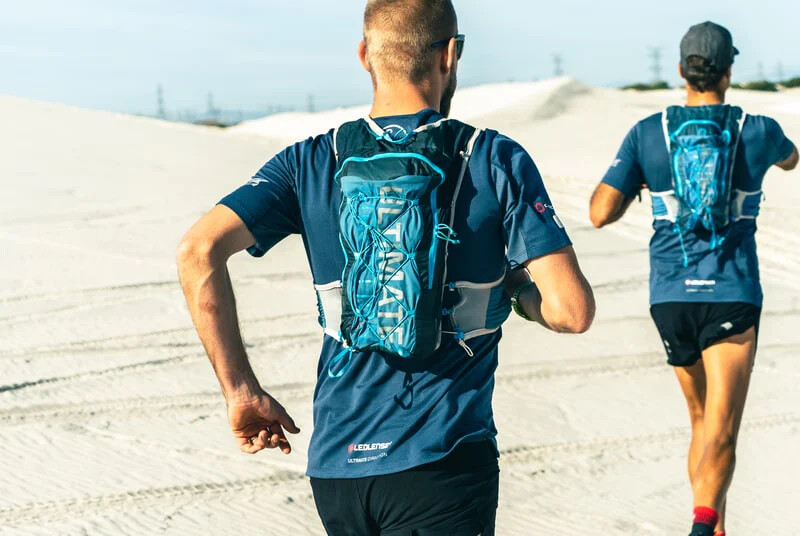
The case for the vest
The main reason people wear hydration vests is to ensure they have easy access to water during their runs. Hydration is important during long runs or races, particularly in hot weather, and carrying water bottles can be cumbersome and inefficient. A hydration vest provides a convenient and hands-free way to carry enough water or sports drinks to stay hydrated for a few hours. (Most come with either two 500 ml soft bottles that fit into pockets on the front of the vest, which you can drink from without removing them, or a larger hydration reservoir or “bladder” that fits in the back of the vest and from which you drink via a hose with a bite valve–or both. Popular brands like Salomon, Osprey, The North Face, and Nathan offer both.)
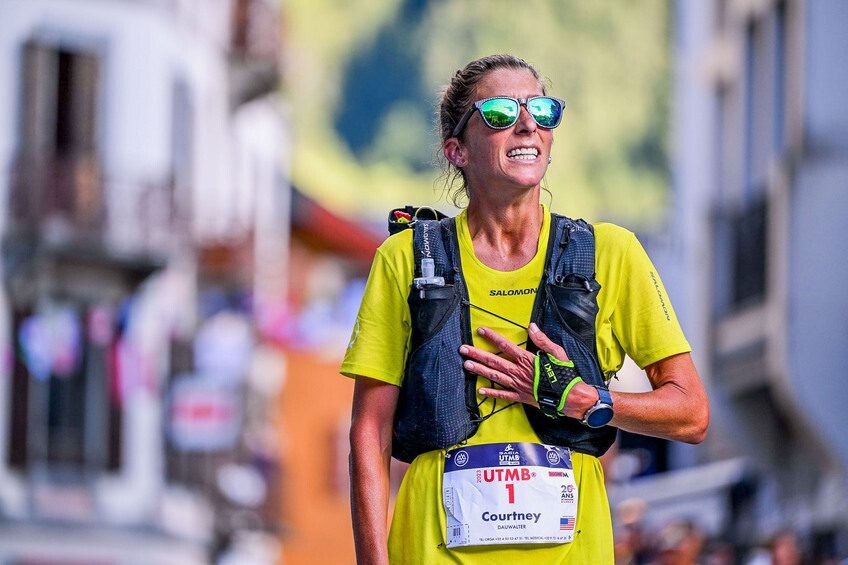
Many runners opt to fill one bottle with water and the other with electrolytes.
While most races provide water stations, they can be crowded, and they may not appear as frequently as you would like, so you may have trouble getting as much hydration as you need.
Generally speaking, unless it is extremely hot and you’re racing on trails, you’re unlikely to need the volume of hydration provided by a vest for a half-marathon.
The case against the vest
Some runners love hydration vests for the convenience and peace of mind they provide, but some find them uncomfortable. They may also make you even hotter on an already hot day, since they basically constitute an extra layer of clothing. The advantage is, they can usually hold significantly more fluids than a water belt (not to mention your other essentials, extra clothing, etc.); however, water is heavy, so you may prefer to opt for some combination of carrying your own water and relying on what’s provided on course.
During long training runs, you can plan your route based on the location of water fountains. Some runners even drive or bike their route ahead of time to stash water bottles along the way. Another option is to plan your route so you start from your doorstep and run the same smaller loop multiple times, allowing you to stop and hydrate at home after each lap.
It’s also important to make sure you’re adequately hydrated before a hot run or race.
As with any other piece of gear, if you do decide to invest in a vest for your marathon, be sure to try it out on your long runs a few times before your big day.
by Brittany Hambleton
Login to leave a comment
Western States unveils new anti-doping policy
The legendary 100-mile race has partnered with the U.S. Anti-Doping Agency as part of an "ongoing commitment to clean sport".
On Tuesday, Western States Endurance Run (WSER) revealed a new partnership with the U.S. Anti-Doping Agency (USADA), unrolling new regulations around anti-doping and reaffirming the race’s “continuing commitment to clean sport,” as their website explains. Here’s what you need to know.
While WSER has for years had drug testing in place, the previous policies were not as stringent (and were not governed by USADA). For some runners eager to toe the line in Auburn, Calif., on June 29, the rules and expectations around testing are now more clearly laid out; others have more questions and are requesting further clarification.
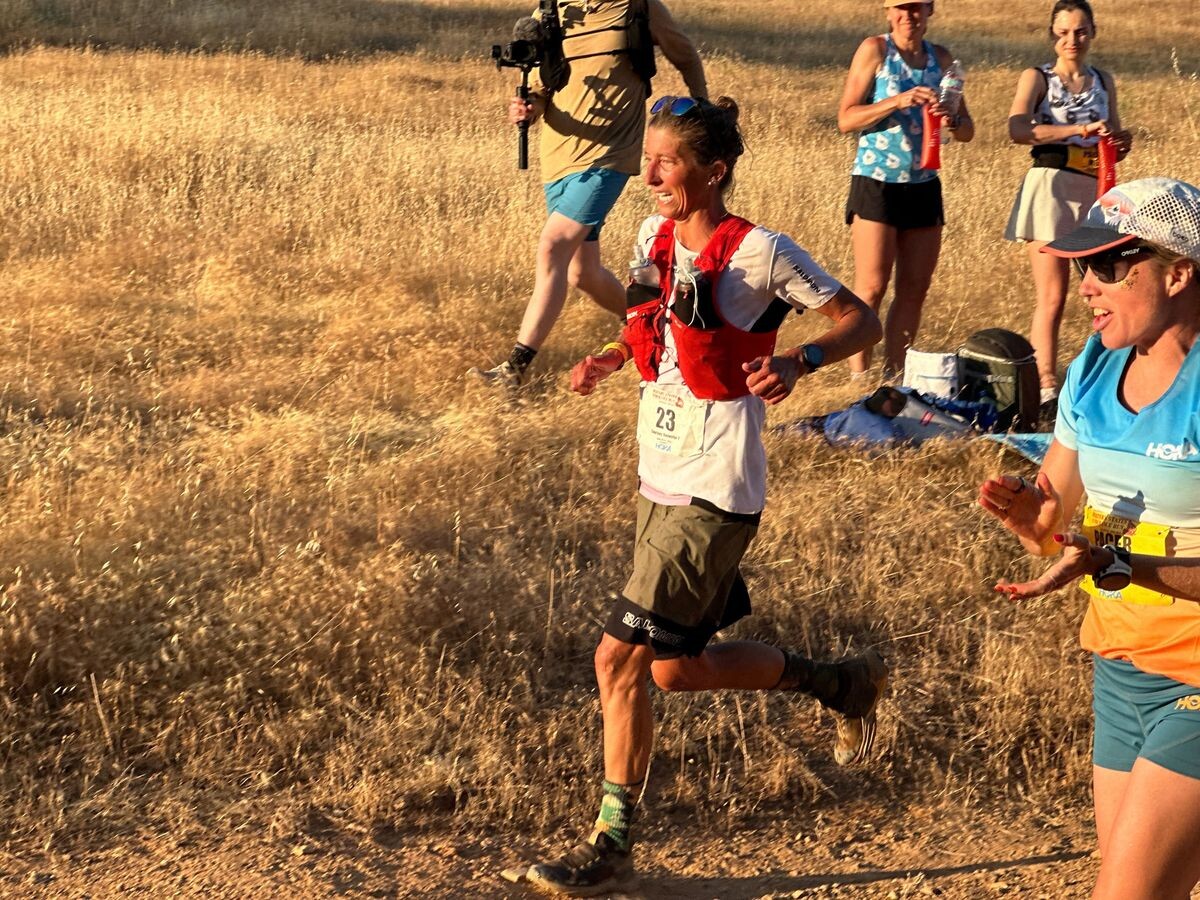
Entry rules
WSER’s entry rules explain that athletes found guilty of doping offenses by governing bodies like WADA or USADA are barred from participating in WSER during their period of ineligibility. Additionally, any athlete subjected to a ban of three months or more is ineligible unless otherwise approved by WSER. Previously, athletes who had any infractions against the WADA code were banned for life from participating in WSER—but, as ultrarunning world champ Camille Herron explains on X, the new policy allows for “more leniency of entry for those who were given a warning/1-2 month ban.”
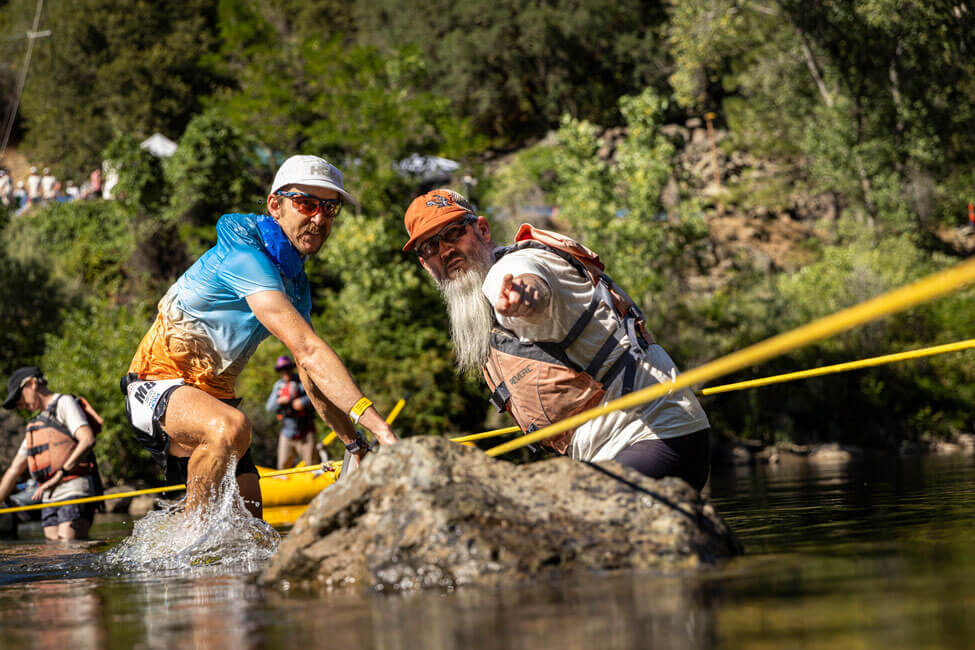
Levelling the playing field
WSER will be taking testing seriously and targeting elite athletes and top age-group competitors for post-race urine and/or blood testing. Sample collection and analysis will be handled by USADA, ensuring a thorough and transparent process. USADA will also be responsible for results management, including communicating with athletes regarding test results, investigating violations and imposing sanctions as necessary. WSER also reserves the right to impose its own sanctions.
Prohibited substances
WSER strictly adheres to the WADA (World Anti Doping Agency) Code, prohibiting the use of substances on the WADA Prohibited List. Athletes are responsible for knowing and complying with these rules. The WSER website provides resources to help athletes check their medications and suggests that runners be extremely cautious when using supplements.
Athlete response
The updated drug policies have garnered some positive responses on social media, while some athletes, such as Canadian pro mountaineer and ultrarunner Adam Campbell, are asking for further explanation.
WSER has a partnership with trail running giant UTMB, and while NSAIDs (nonsteroidal anti-inflammatory drugs, including aspirin and ibuprofen) are, notably, banned at all UTMB races, runners at WSER would not be tested for them under these new guidelines.
“The issue is the terms are not clearly defined,” Campbell posted on X. “Strong stances usually demand greater clarity. If UTMB sanctioned someone for a doping violation how would WSER handle it? Their possible violations do not necessarily sync with WADA—seems like a reasonable question to clarify.” At the time of publication, the race had not yet responded.
The 2024 edition of WSER will take place on June 29-30.
by Keeley Milne
Login to leave a comment
Western States 100
The Western States ® 100-Mile Endurance Run is the world’s oldest and most prestigious 100-mile trail race. Starting in Squaw Valley, California near the site of the 1960 Winter Olympics and ending 100.2 miles later in Auburn, California, Western States, in the decades since its inception in 1974, has come to represent one of the ultimate endurance tests in the...
more...Why Jasmin Paris is about to become a household name
British ultrarunner Jasmin Paris made history on Thursday when she became the first woman runner to finish the Barkley Marathons, charging to the finish with only 99 seconds to spare before the 60-hour cutoff. But this is not the first time Paris, who runs free of sponsorships and is an environmental advocate, has achieved something remarkable in the trail running world. Here’s what we know about the 40-year-old ultra-trail champion.
Paris is a veterinarian and research scientist from Midlothian, Scotland. In 2019, she jumped to world attention on the ultra scene when she smashed the overall (men’s) course record–by 12 hours–at Britain’s 268-mile Montane Spine Race, finishing in 83 hours, 12 minutes, 23 seconds–while also pumping breastmilk for her infant daughter.
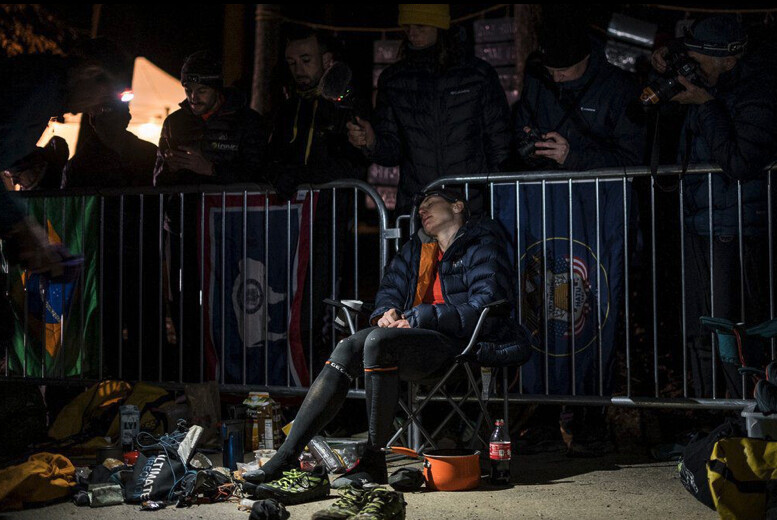
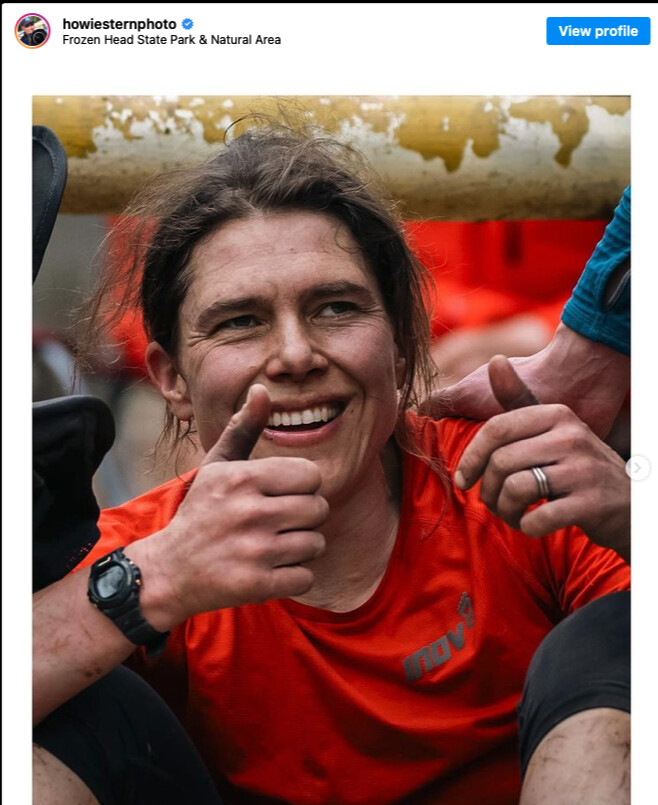
“When it was really difficult I made myself think about my daughter and imagined the different things she does—that kind of kept me distracted and entertained,” she told British Vogue after her Spine Race success.“Some of the time you don’t really think about anything. It’s mindful, you’re just putting one foot in front of the other.”
The Barkley Marathons is five loops of a 20+ mile course in Frozen Head State Park, near Wartburg, Tenn. (distances vary; the race is thought to be well over 100 miles) featuring thousands of metres of elevation gain, with a time limit of 60 hours. It was first run in 1986, and was inspired by the prison escape of James Earl Ray, who was serving time at Brushy Mountain penitentiary for the murder of Martin Luther King, Jr. (He was captured soon after.) Gary Cantrell (a.k.a. Lazarus Lake, or “Laz” to his friends) dreamed up a 100-miler in the vicinity of the prison, which is now abandoned and is a feature of the course. GPS watches are not allowed; each runner is issued a cheap watch set to “Barkley time,” i.e., the 60-hour limit. Runners must collect pages corresponding to their bib number from 13 books hidden on the course (they receive a new bib for each loop); missing pages mean disqualification. There is water available on the course, but no aid stations. Runners may only receive aid from their crew between loops, in camp, where they are on the clock.
Paris was always passionate about the outdoors, but only took up running in university. She began winning local and national fell-running and ultrarunning events, including the Scottish Hill Running Championships, British Fell Running Championships and then the 2016 Extreme Skyrunner World Series. Paris ran a hill race 10 days before giving birth to her daughter.
While Paris says it has been challenging to juggle training as a parent to a young child, she adds that it’s important to maintain a balanced life.”It doesn’t make you a worse parent if you have something else that is just yours; in fact I think that it’s probably inspirational to your child, she told British Vogue.”I hope my daughter will be inspired when she grows up to believe that she can do anything.”
Barkley creator Laz Lake asked Paris to run the race after her victory at the Spine Race—he thought Paris might be the only woman who could possibly finish. In 2o22, she completed three loops (which is dubbed a “fun run”); in 2023, she was eliminated after four loops, falling short of the 48-hour cutoff time to begin the fifth loop. Paris was only the second woman ever to attempt a fourth loop; the first was Sue Johnston of Vermont, in 2001.
Fellow British runner and two-time Barkley Marathons competitor, Damian Hall, made it to loop five for the second year in a row, but was unable to complete the race. He commented on Paris’s remarkable finish to his sponsor, Inov8: “It was still an amazing experience, and incredible to see Jasmin finish and make history. That wiped away most of my personal disappointment. It was the greatest sporting achievement I’ve seen in the flesh.”
“The final minutes were so intense, after all that effort it came down to a sprint uphill, with every fiber of my body screaming at me to stop,” Paris told The New York Times post-race.“I didn’t even know if I’d made it when I touched the gate. I just gave it everything to get there and then collapsed, gasping for air.”
Renowned photographer Howie Stern is a regular at the Barkley Marathons, and captured Jasmin throughout the race.”Thank you Jasmin for putting your heart and soul into the dark world that takes place in a little park in Tennessee, which has captivated and inspired women and men the world over,” he said on Instagram.
by Running Magazine
Login to leave a comment
Plant-based perfection: super snacks for runners
These nutritious and easy-to-make snacks are perfect grab-and-go fuel for busy days.
Whether you already enjoy a plant-based diet, are curious about trying more plant-based nutrition or are simply looking for some fast, healthy snacks for pre or post-run, we’ve got you covered. Runners can successfully fuel with a variety of different styles of eating, but plant-based nutrition is becoming more popular among elite athletes and regular runners—the shift in eating is credited with lowering inflammation levels, improving cardiovascular health and preventing diseases like Type 2 diabetes. Here are a few delicious recipes to fuel your next run.
Sweet Potato and Oat Muffins

Enjoy these delicious sweet potato and oat muffins as a nutritious snack before or after (or during) your run. Store any leftovers in an airtight container at room temperature for up to three days, or store in the freezer.
Ingredients

1 cup mashed sweet potato (about 2 medium sweet potatoes, cooked and mashed)1/4 cup unsweetened applesauce1/4 cup maple syrup or agave nectar1/4 cup almond milk (or any plant-based milk)1 tsp vanilla extract1 cup whole wheat flour1 cup rolled oats1 tsp baking powder1/2 tsp baking soda1 tsp ground cinnamon1/4 tsp ground nutmeg1/4 tsp saltOptional: 1/4 cup chopped nuts or seeds for added texture
Directions
Preheat your oven to 375 F (190 C) and grease a muffin tin or line with paper liners. In a large mixing bowl, combine mashed sweet potato, applesauce, maple syrup, almond milk and vanilla extract. Mix until smooth.
In a separate bowl, whisk together whole wheat flour, rolled oats, baking powder, baking soda, cinnamon, nutmeg and salt.
Gradually add the dry ingredients to the wet ingredients, stirring until just combined. Be careful not to overmix. If using, fold in chopped nuts or seeds. Spoon the batter into the prepared muffin tin, filling each cup about 3/4 full.
Bake for 20-25 minutes or until a toothpick inserted into the centre comes out clean. Allow the muffins to cool in the tin for a few minutes, then transfer to a wire rack to cool completely.
Scott Jurek’s Rice Balls (Onigiri)
These are a favourite of ultrarunning legend Scott Jurek, from his book Eat & Run.
Ingredients
2 cups sushi rice4 cups water2 teaspoons miso3–4 sheets nori seaweed
Directions
Cook the rice in the water on the stovetop or using a rice cooker. Set aside to cool.
Fill a small bowl with water, and wet both hands so the rice does not stick. Using your hands, form ¼ cup rice into a triangle. Spread ¼ teaspoon miso evenly on one side of the triangle. Cover with another ¼ cup rice.
Shape into one triangle, making sure the miso is covered with rice. Fold the nori sheets in half and then tear them apart. Using half of one sheet, wrap the rice triangle in nori, making sure to completely cover the rice.
Repeat using the remaining rice, miso and nori.
Chickpea flour mini quiches
Enjoy these tasty protein-packed mini quiches warm, or wrap them up and eat them on the go.
Ingredients
1 cup chickpea flour1 cup unsweetened almond milk1/2 cup diced vegetables (spinach, bell peppers, onions, mushrooms, etc.)1/4 cup nutritional yeast1 tsp baking powderSalt and pepper to taste
Directions
Preheat your oven to 375 F (190 C) and grease a mini muffin tin. In a bowl, whisk together the chickpea flour, almond milk, nutritional yeast, baking powder, salt and pepper until smooth.
Stir in diced vegetables, and pour the batter into the prepared muffin tin, filling each cup about 3/4 full.
Bake for 15-20 minutes or until the edges are golden brown and the tops are set. Let cool slightly before removing from the tin. Enjoy warm or at room temperature for a protein-packed snack on the go.
by Keeley Milne
Login to leave a comment
This Teen Ultrarunner Wants to Take on the World's Most Prestigious Races
Last November, 17-year-old Sebastian Salsbury received an email reminder. He had 13 days to decide about entering the race lottery for the 2024 Western States 100 Mile Endurance Run, regarded as one of the most prestigious trail events in the world.
Rules stipulate that each lottery applicant must be at least 18 years old on race day. On January 20, Salsbury will finally meet the age requirement, five years after he technically ran a qualifying time to enter the lottery for the first time.
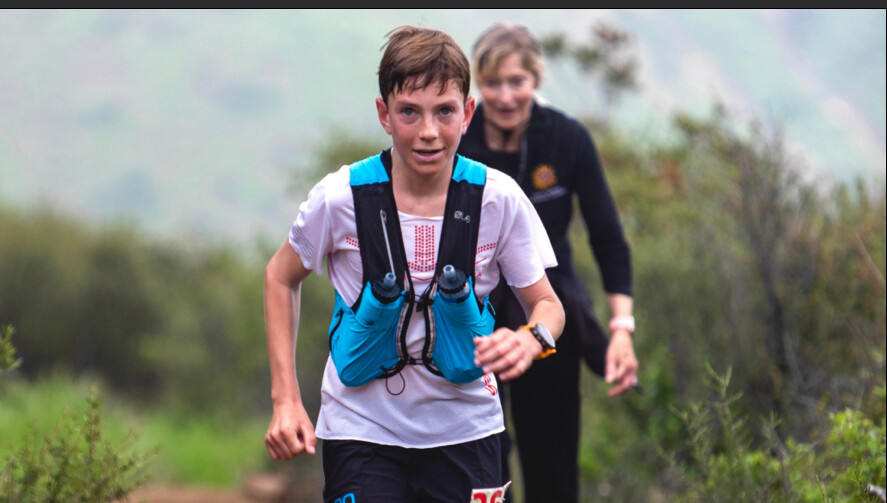

It's been a goal he's been progressing toward for years. In 2020, when Salsbury was 13, he completed the Black Canyon 100K in Arizona in 15 hours 49 minutes and 32 seconds, well within the 17-hour time limit necessary to qualify for the Western States lottery.
"It's hard to put that experience into words," Salsbury says. "It was one of the most beautiful courses I've ever been on. That race made me feel like I was doing the right thing in my life."
Starting Young
Salsbury, who grew up in Santa Barbara, California, was attracted to the trails at a young age. Throughout his childhood, his parents often brought him to nearby trails to hike. The hikes gradually transitioned into jogs, and Salsbury's relationship with the outdoors continued to grow. The mountains, he says, were a playground.
Though Salsbury played basketball, football, and soccer growing up, his love for running took over. He quit the other sports after junior high school to minimize risk for injury, he says, and to dedicate more time to running.
A few years after Salsbury's entry into racing-his first was a local 5K on the road when he was four-he ran the Santa Barbara Red Rock Trail Run. Despite being just nine, he kept up with his father for all 28 miles. The following year, for the Santa Barbara Nine Trails, Salsbury traversed 35 miles with nearly 12,000 feet of vertical gain from the Jesusita trailhead to Romero Canyon trailhead and back, again alongside his father, a road marathoner.
Next, Salsbury entered the Black Canyon 100K in Arizona. He recalled the point-to-point race as one of his most difficult running experiences to date.
"I was basically crying," Salsbury remembers, adding that his hydration vest kept digging into his ribs. "I loved the feeling of working hard and going through really low moments and overcoming them. I crave it."
Supported for the last 20 miles by his coach at the time, Tyler Hansen, Salsbury crossed the finish feeling both defeated and uplifted. The Black Canyon race gave him the confidence to continue challenging himself in ultrarunning.
"My best friends don't understand," Salsbury says about the pursuit of ultras, which he envisions including some of the most technically demanding and prestigious races in the world: the Western States 100 in California, Ultra-Trail du Mont-Blanc through the French Alps, as well as the Hardrock Hundred Mile Endurance Run in Colorado. Salsbury admits that running disrupts his social life, and also that he doesn't mind the solitude the sport necessitates. In fact, he welcomes it.
"I like the feeling of being alone in the mountains," Salsbury says. "It's a great way to free your mind."
Given that he is still a teen-the average age of trail runners is in the mid-30s-Salsbury has not been immune to negative comments over the years. "It's not cool at all to hate, but I can still see where someone would be coming from, seeing a kid doing all that stuff," Salsbury says. "There are going to be people that troll and hate for no reason. That's just life."
A Purposeful Progression
The training required to undertake ultras is out of this world for a typical high school runner. To ensure he's programming himself with sufficient miles without overloading his still-developing body, Salsbury sought the guidance of his longtime role model, pro trail runner Hayden Hawks. The two met when Salsbury was 14, and their camaraderie clicked naturally.
"I had lots of mentors help me at a young age in my running journey, and I felt the responsibility to do the same with Sebastian," says Hawks, 32. "We have taken a patient and gradual approach, developing strength, speed, and a foundation that will help him build into the longer distance races at an older age."
Hawks has coached Salsbury for the past two years, carefully mapping out a plan that tallies 50 miles weekly spread across six days. Salisbury complements the mileage with a combination of hiking, mountain biking, and intervals on an indoor bike as part of his cross training. Three days a week, he does strength exercises at Varient Training Lab in Santa Barbara. To fit it all in so he could have ample opportunity to train and compete, prior to the Covid-19 pandemic, Salsbury enrolled in West River Academy, an online private school program.
"I have zero regrets," Salsbury says. "The opportunity that it's given me to travel with my family and run and be able to guide my days how I want and learn at my own pace, I'm grateful for that."
The online program lasts up to three hours a day, which is "a lot less than standard high school," Salsbury chuckles. In 2022, he researched computer engineering and built a computer from scratch. This year, as part of the online curriculum, he's learning to speak German in addition to researching for a project about coffee and sustainability, which he is especially interested in as a part-time certified barista. Salisbury works at a local coffee shop twice a week.
So far, he's enjoying the unique balance of online learning and ultrarunning. "I like to keep myself busy," he says. "I've always had this next-level energy. Obviously it goes into running, but it's who I am as a person."
His days are hardly routine compared to the average high schooler. On a recent Thursday, Salsbury started the day with a three-minute cold plunge before he spent the remainder of the morning packing running shoes, thermal layers, his COROS watch, and a heart rate monitor ahead of a four-day trip to Boulder, Colorado, to train with a friend at altitude.
Living at sea level in Santa Barbara, Salsbury doesn't often have the opportunity to run at altitude beyond twice a year, mostly "just a vacation with my family where I get to do some running," he says.
As much as he has run over the years, Salsbury says he's been fortunate to never have had any serious injuries. This year, a growth spurt of eight inches led to severe shin splints, and Salsbury, who is now 6-foot-4 and 162 pounds, took four months off from running.
Now, life is back to business as usual. Salsbury is planning ahead. His next race is the La Cuesta Ranch 25K in San Luis Obispo, California, in late January. After he graduates from high school in June 2024, he wants to pursue a running career ideally full-time, though he hasn't stated when he aims to turn professional.
"I've always had the intention to be one of the greatest ultrarunners in the world one day. That will continue to be my goal," Salsbury says. "I want to leave a positive impact on the sport and be an inspiration to other athletes of any age, but obviously the youth because that's how I grew up. People can judge and say whatever they want, but I do want to be the best of all time."
by Trail Runner Magazine
Login to leave a comment
Five tips from top Canadian ultrarunner Jazmine Lowther
Canadian ultrarunning star Jazmine Lowther has worked through some epic highs and challenging lows since she turned pro in 2022. Lowther took the top spot at the 2022 Canyons Endurance Runs by UTMB, followed by a fourth-place finish in the 2022 CCC race at Ultra-Trail du Mont Blanc (UTMB).
While she managed to speed to second at Transgrancanaria 128K in Spain in 2023, she has also struggled with injuries and biomechanics issues. Lowther recently shared five things she wishes she had embraced when she first dove into ultrarunning; newbies and seasoned athletes alike can learn from her wisdom and suggestions.
1.- Befriend your heart rate
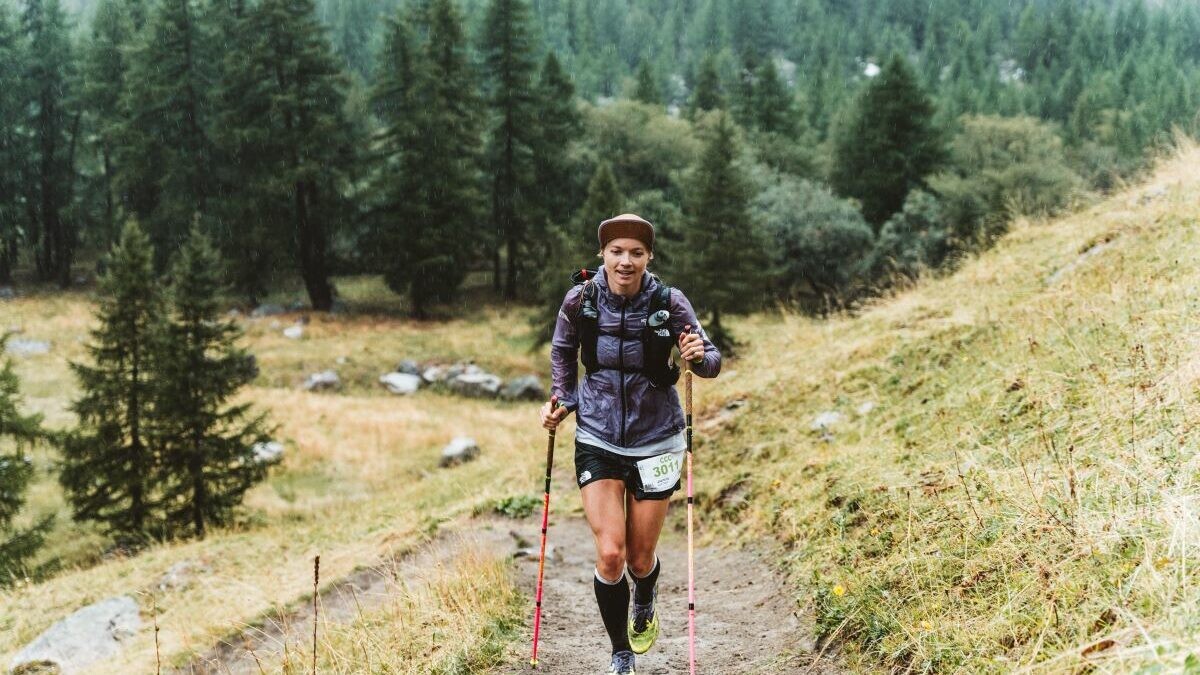
Lowther says she mostly runs by RPE (rate of perceived exertion), but adopting an approach that leans more toward heart-rate-based training has allowed her to “understand my own physiology much deeper, recover properly, and respect pacing.”
Becoming familiar with your heart rate zones can be a valuable skill, and paying attention to your performance metrics, such as pace and endurance, in relation to your zones will help you become a more responsive, tuned-in, healthy athlete. You’ll also be better able to notice if your body needs more rest and recovery time.
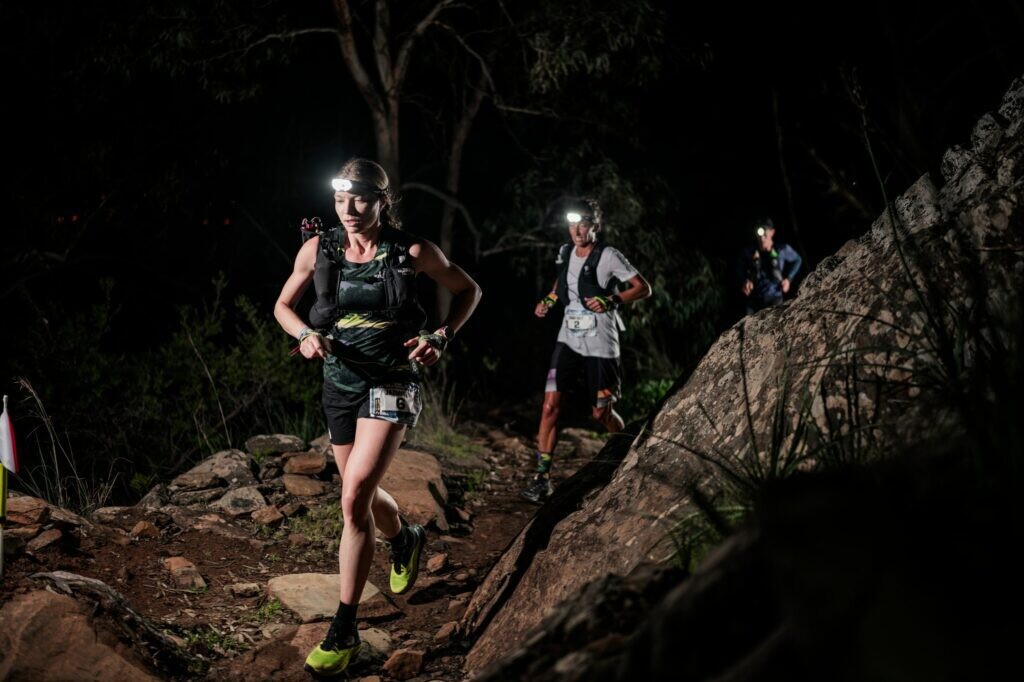
2.- Start a training log
While many runners count on apps like Strava to capture their running data, spending time logging more in-depth information about your training is worthwhile, as it provides unique insights over time. “Strava is great (it has most of my training),” says Lowther, “but it doesn’t include how I felt, what workouts I completed, what I ate before/after, caffeinated, fatigue, etc.”
3.- Wear sunscreen
This one is as simple as it sounds. “Protect thy skin,” says Lowther. “Ultrarunning takes you out there for mega-long hours! Slather up!” While most of us know that prolonged sun exposure during outdoor running can increase the risk of skin damage, including sunburn, premature aging and an elevated risk of skin cancer, it can be easy to forget to reapply after hours on the trails. Wearing sunscreen helps to create a protective barrier, reducing the absorption of UV rays and minimizing the potential harm to the skin, and, as Lowther notes, is an essential precautionary measure (in all kinds of weather) for maintaining skin health.
4.- Find your baseline
Lowther suggests integrating benchmark training runs into your routine to establish an initial baseline. The process involves finishing a predetermined course or distance to use as a reference tool and provides a basis for assessing your performance and comparing it to others in terms of time, pace, or other relevant metrics. “I suppose I’ve done this in an unstructured way (Strava segments anyone?) but seriously, repeating workouts in the same location/distance is great for checking in on things,” she says.
5.- Have patience in the process
Focus on consistency and long-term goals and gains. Consider each run and workout as an investment in your fitness and training bank, even if it didn’t go exactly as planned. “One day at a time, year over year,” says Lowther. “Consistency, is that you?”
by Keeley Milne
Login to leave a comment
This ultrarunning champ’s 5K workout will make you faster
No matter what distance you're training for, you'll boost speed and running economy with this fun, fast session.
Whether you are training for a 10K PB this season or hoping to run your first ultra, you’ll benefit from adding a speedwork session (like this one) to your training toolbox. Utah-based running coach, personal trainer and ultrarunning champ Rhandi Orme has a workout that she likes to prescribe to her athletes, as well as using herself (and she suggests modifications for all levels of runners).
“This is a workout that long-distance athletes can benefit from,” she told Canadian Running. “Having top-end speed on the shorter distances improves runners’ VO2 max and running economy, which helps us run faster and stronger at longer distances, too.
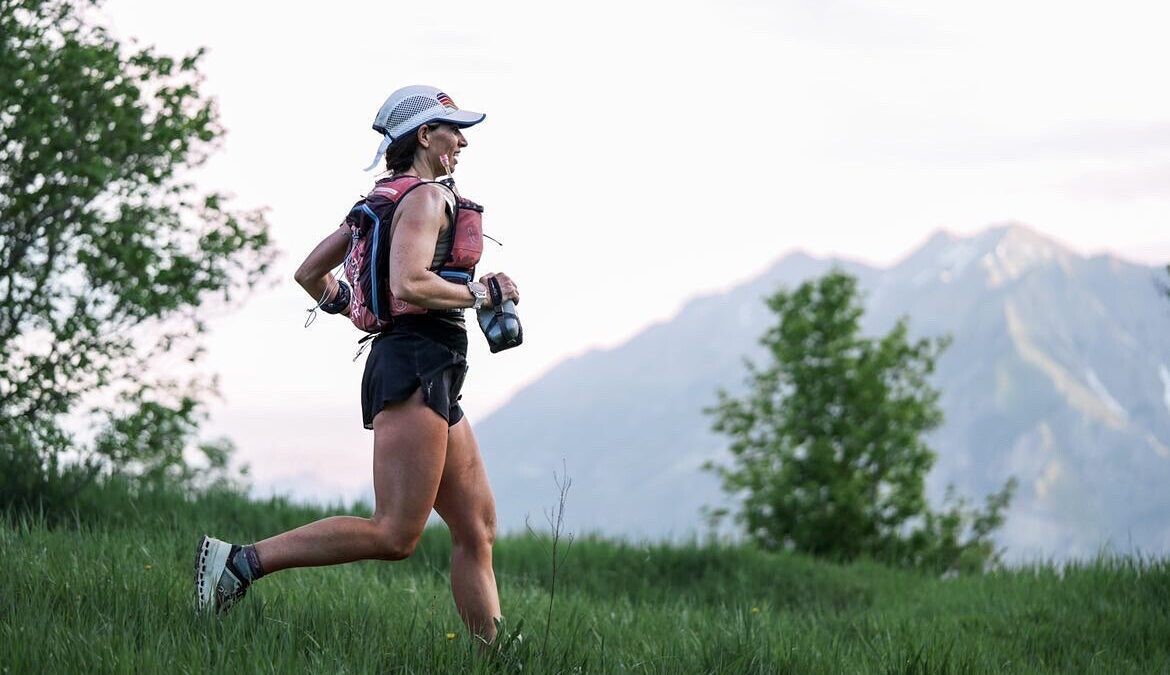
The workout
Warm up with 15-20 minutes of easy running, followed by dynamic drills or stretches.
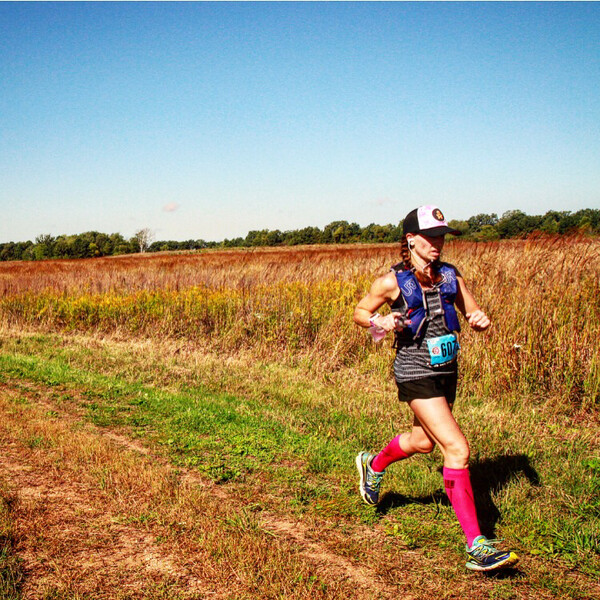
Run 5 x 2 minutes at 5K goal pace, with two minutes of recovery jogging between intervals.
Run 4 x 2 minutes at 5K goal pace with a minute’s recovery jog between intervals.
Finish your speedwork with a fast mile, to see what you can do on tired legs (all effort-based for this final interval). “Don’t look at your watch. Pretend you are running the last mile of your next 5K race,” says Orme.
Cool down with 10-20 minutes of easy running.
*Bonus: any time after this hard effort (but on the same day) is ideal for your leg-strength training session.
Modifications
Shorten or extend intervals based on your current level of fitness. Orme suggests that beginners start with 4 x 30 seconds (at goal pace) and then 2 x 60 seconds. “You can also increase the recovery time between intervals,” says Orme. For newer runners, reducing the “fast-finish” mile to a “fast-finish” half-mile is a great option, and Orme suggests playing with the recovery time and the number of intervals based on your current fitness.
“Once the workout begins to get more comfortable, you can increase the intervals and reduce the recovery, working your way up to the full workout,” says Orme. “I would recommend doing this workout every other week, until you see a noticeable improvement.” For experienced runners hoping to add more volume, she suggests extending the warmup and cooldown.
Remember to follow a harder training day like this one with a rest day or easy-run day.
by Keeley Milne
Login to leave a comment


